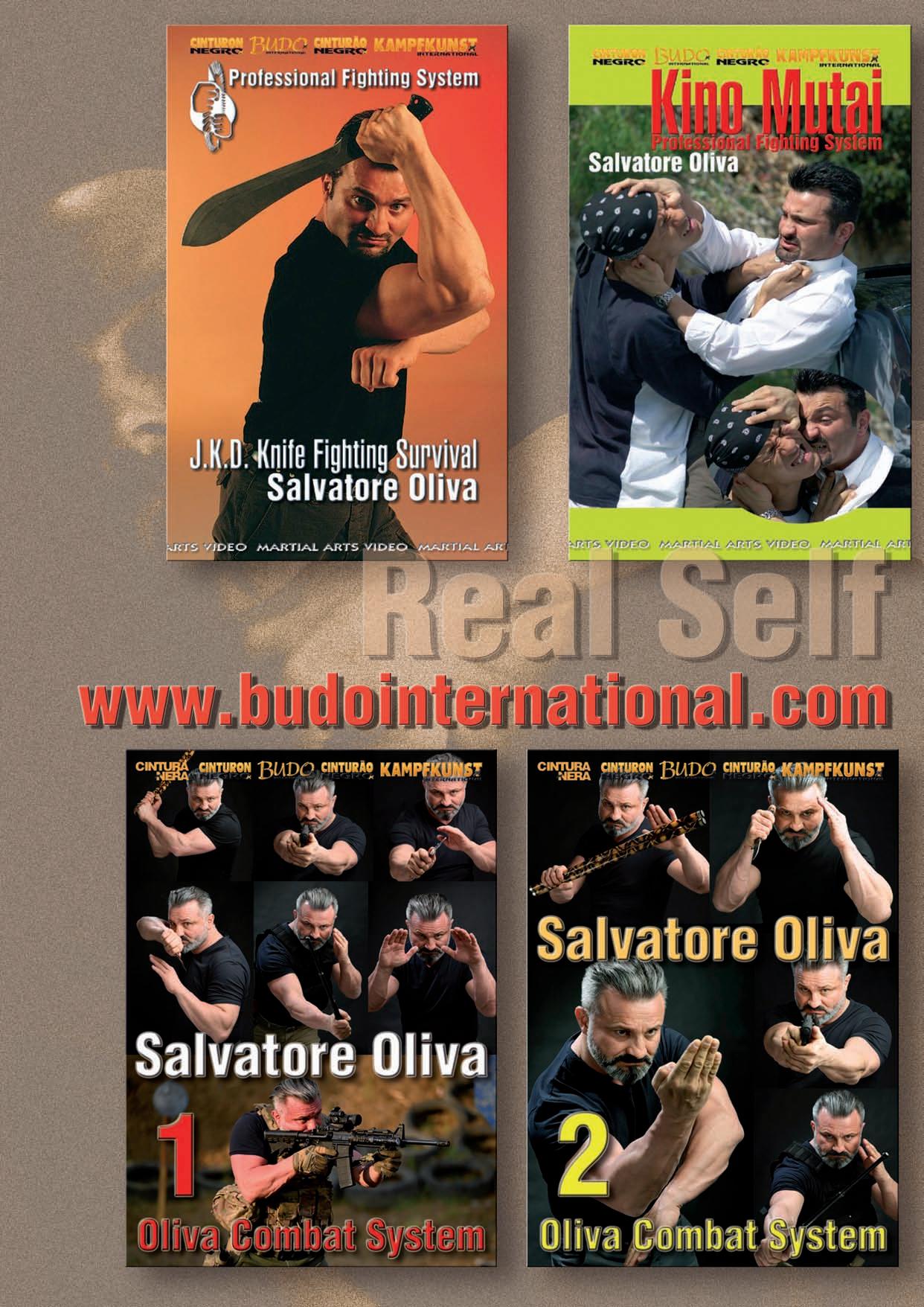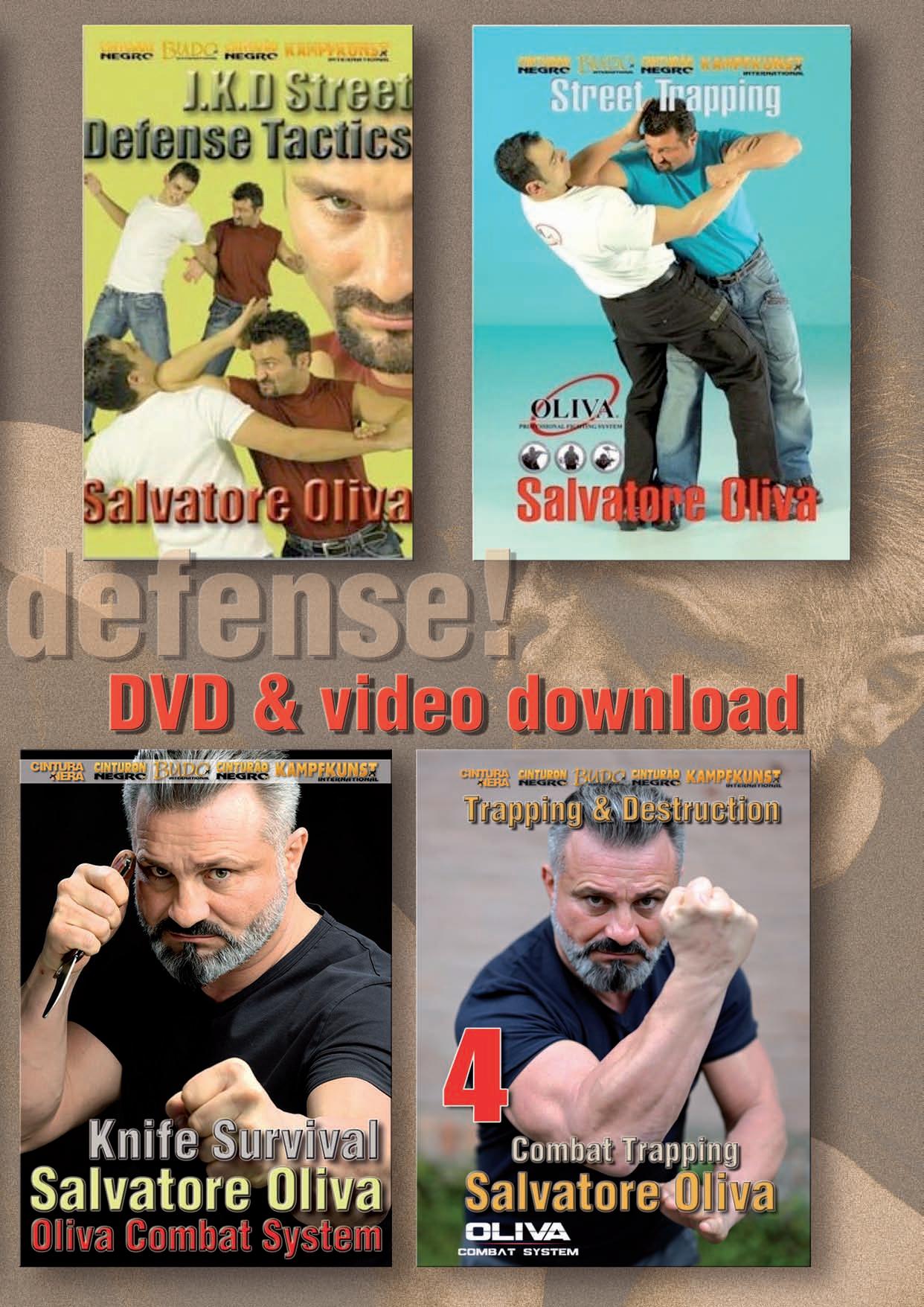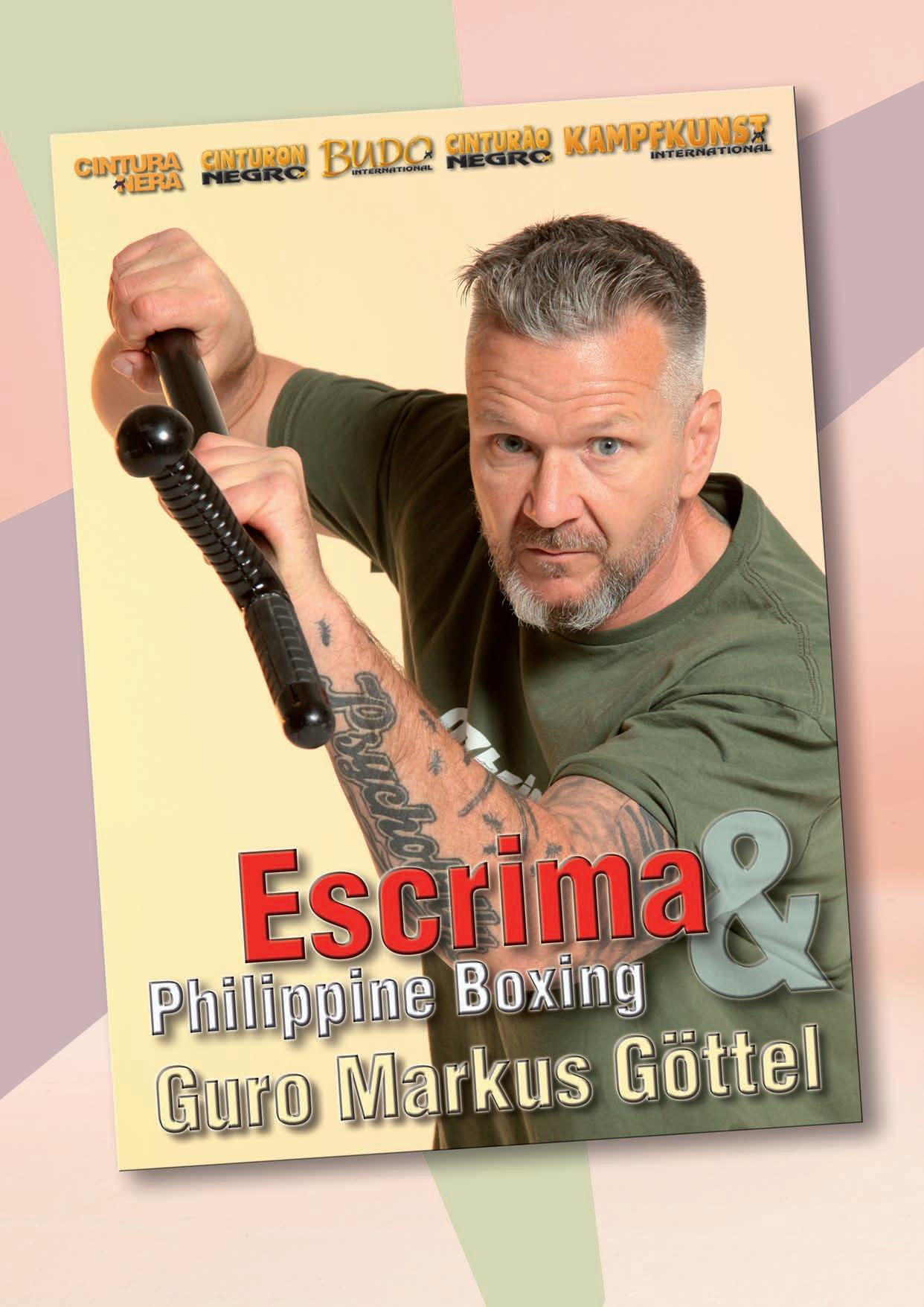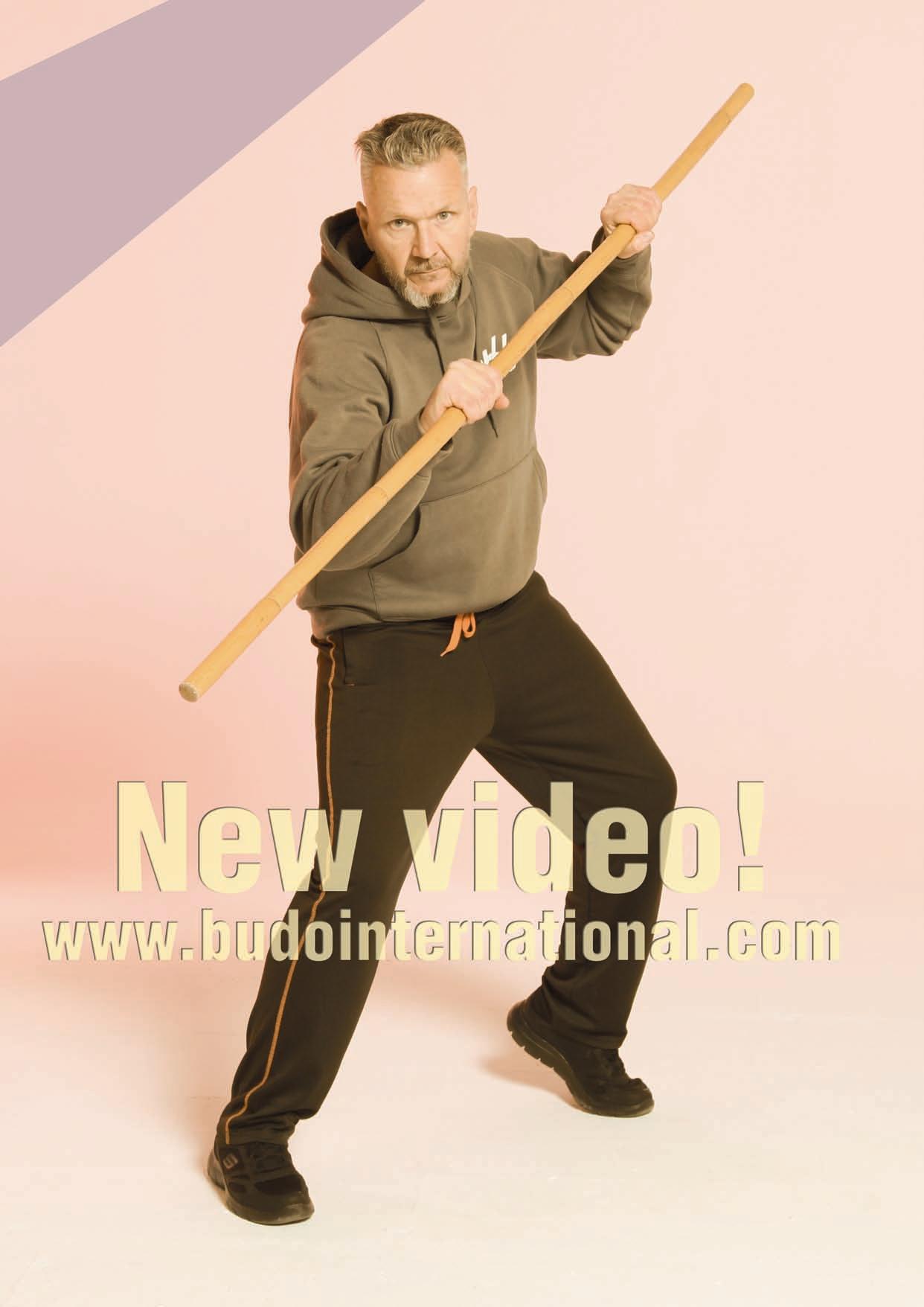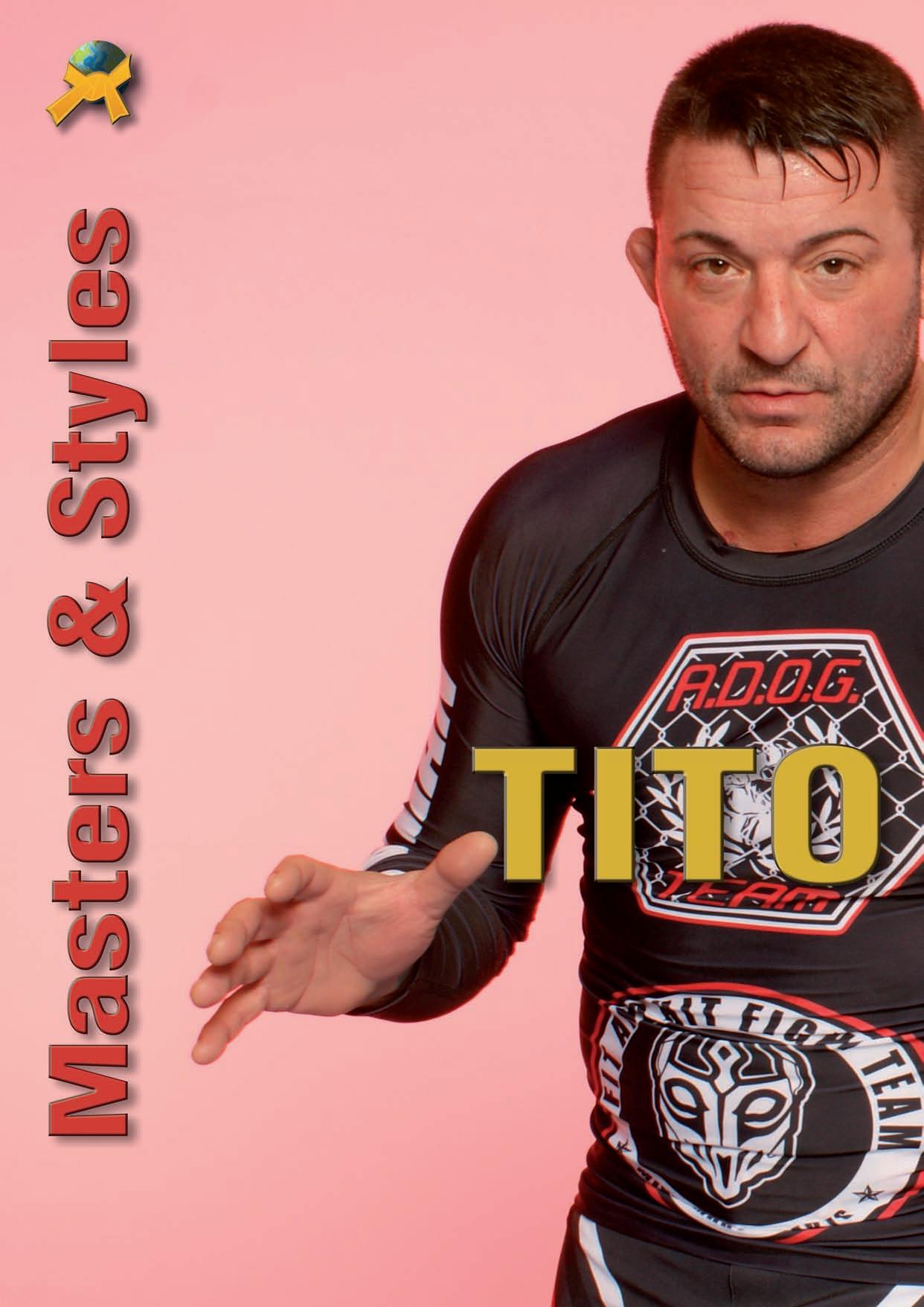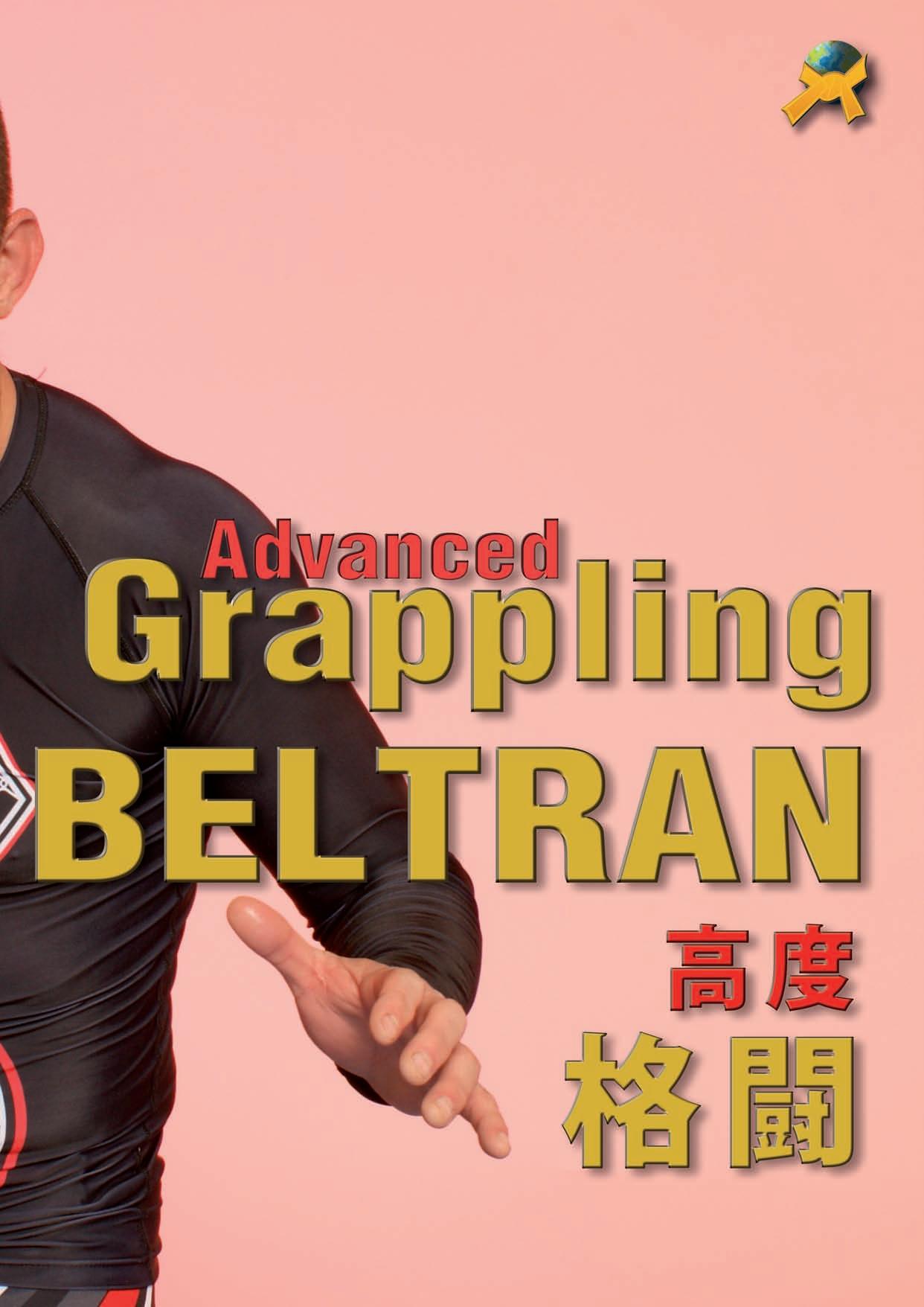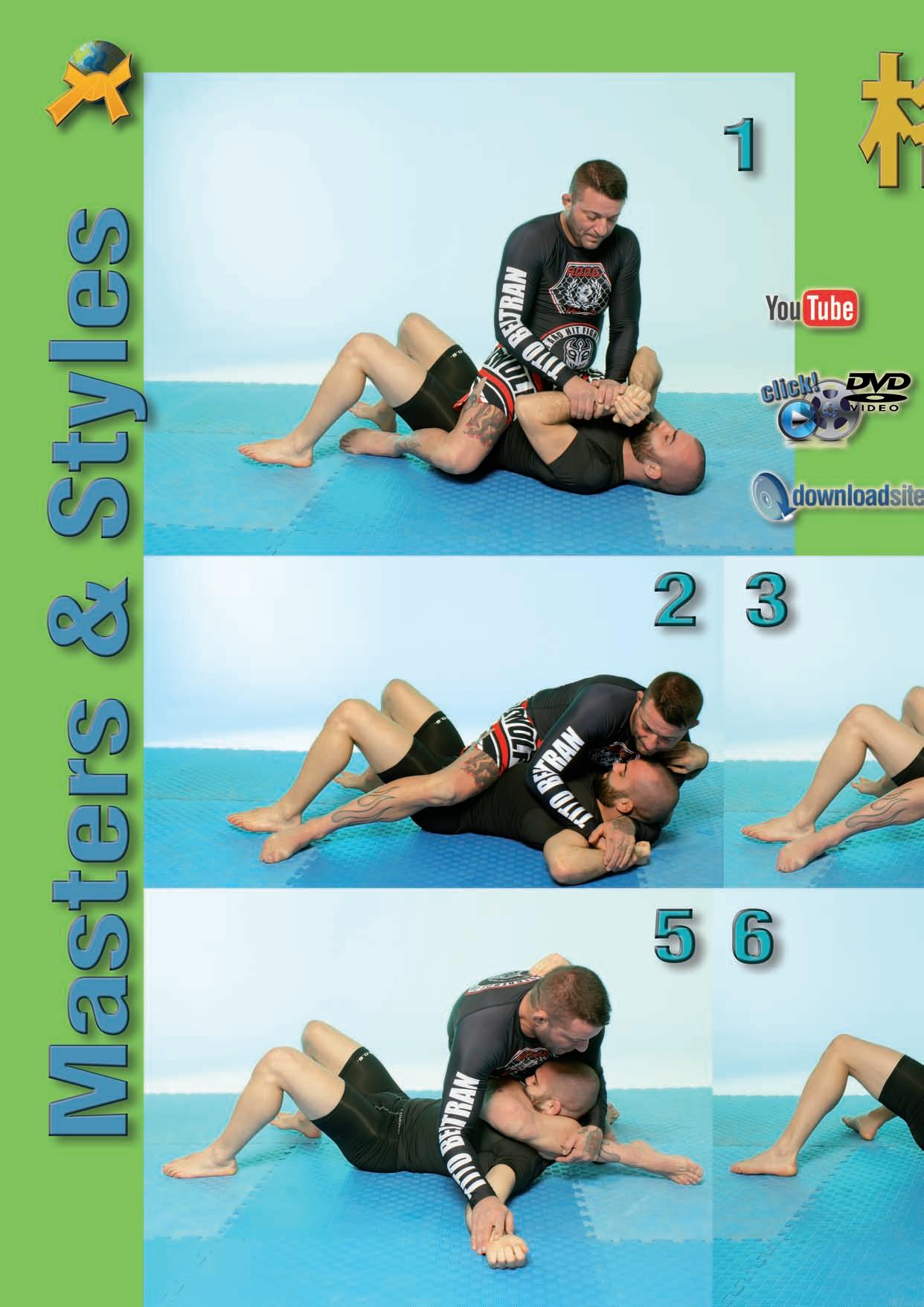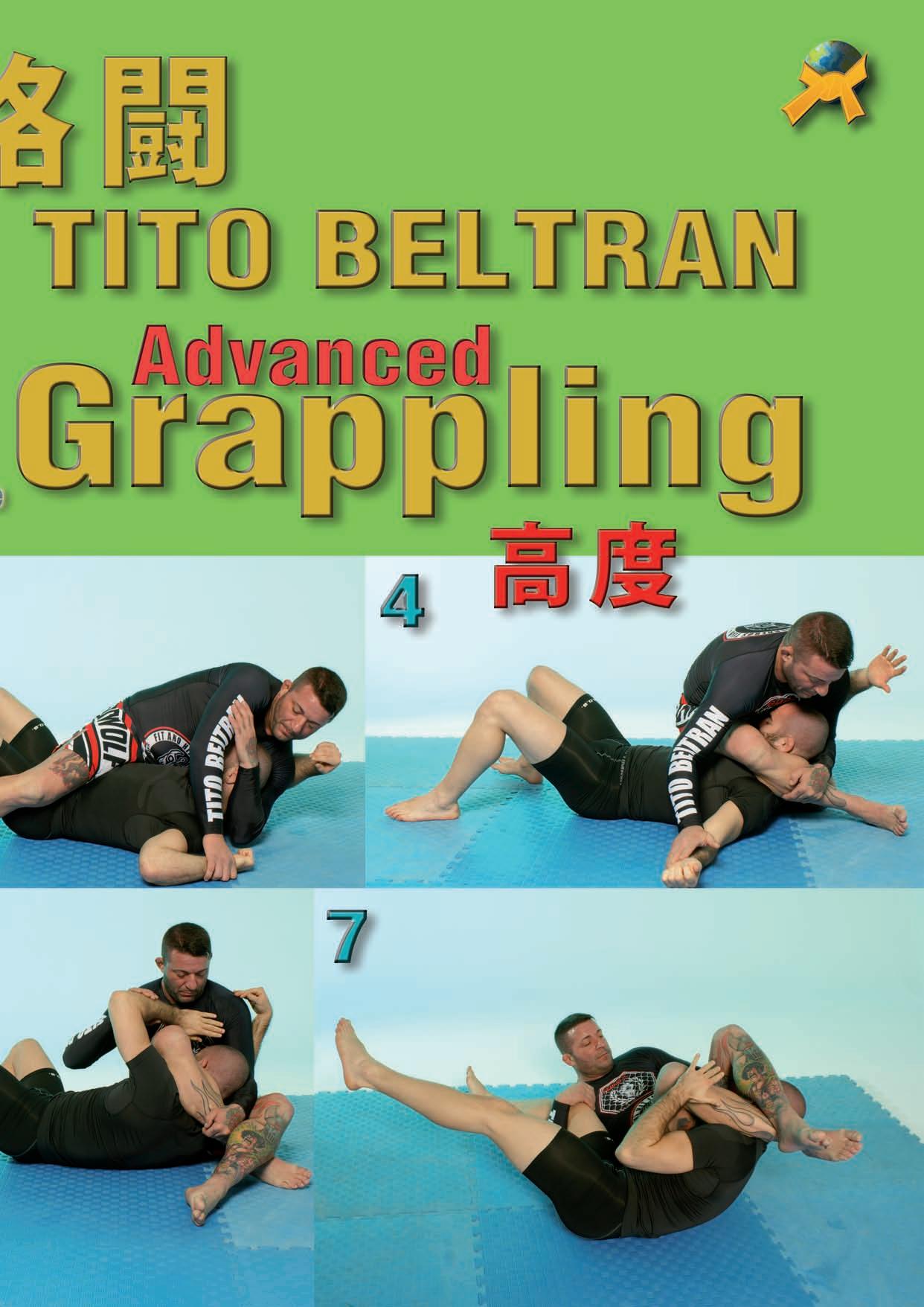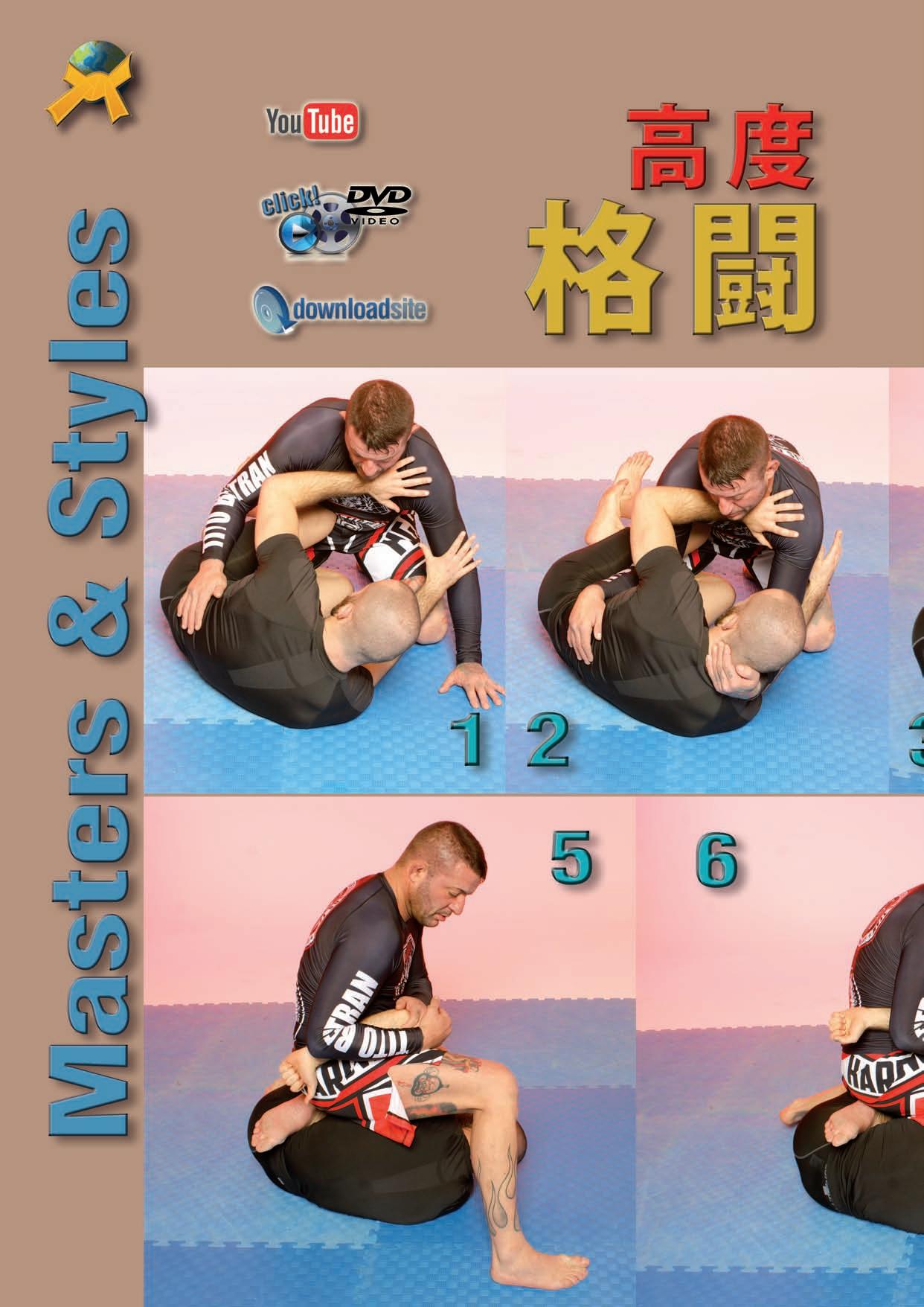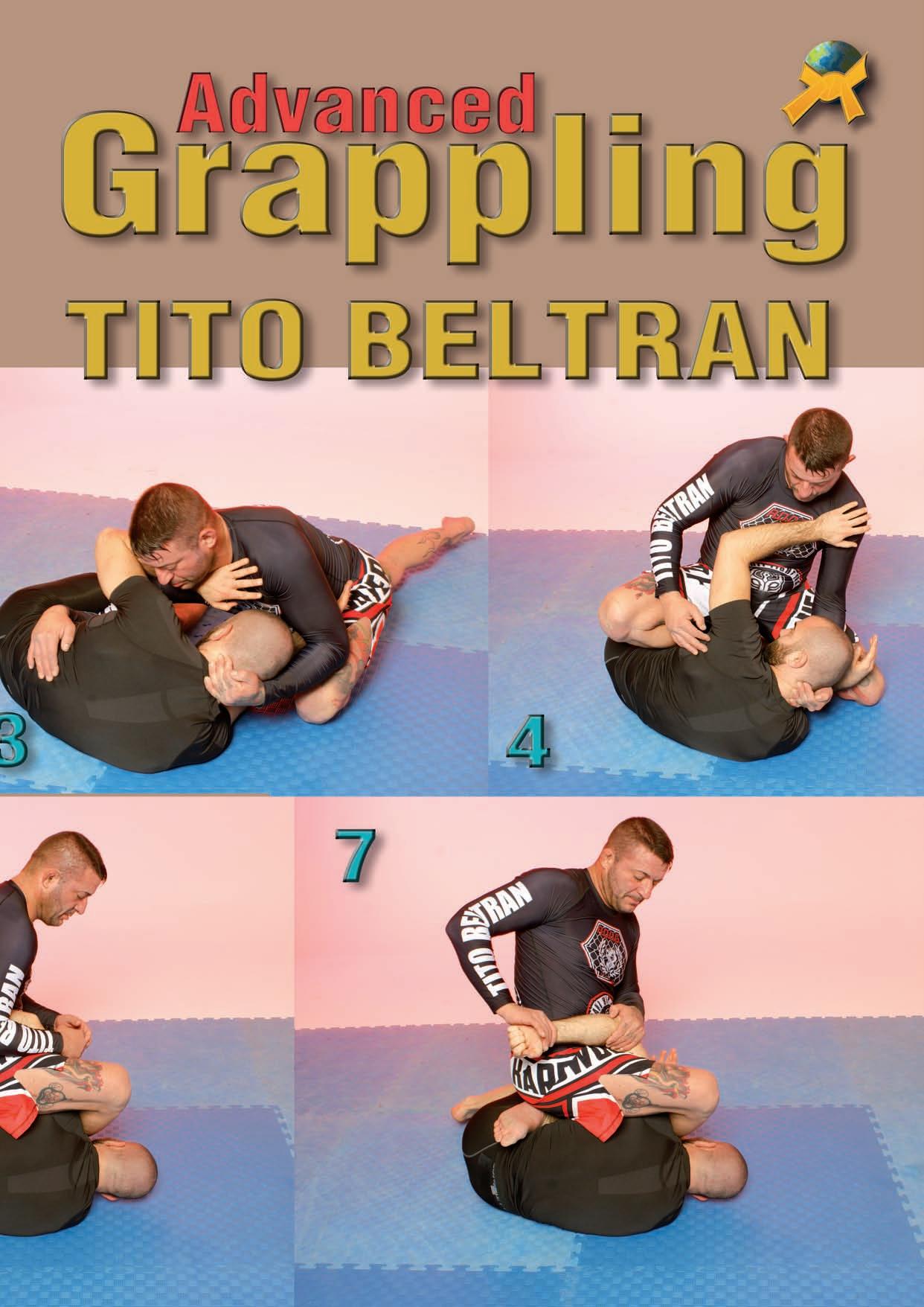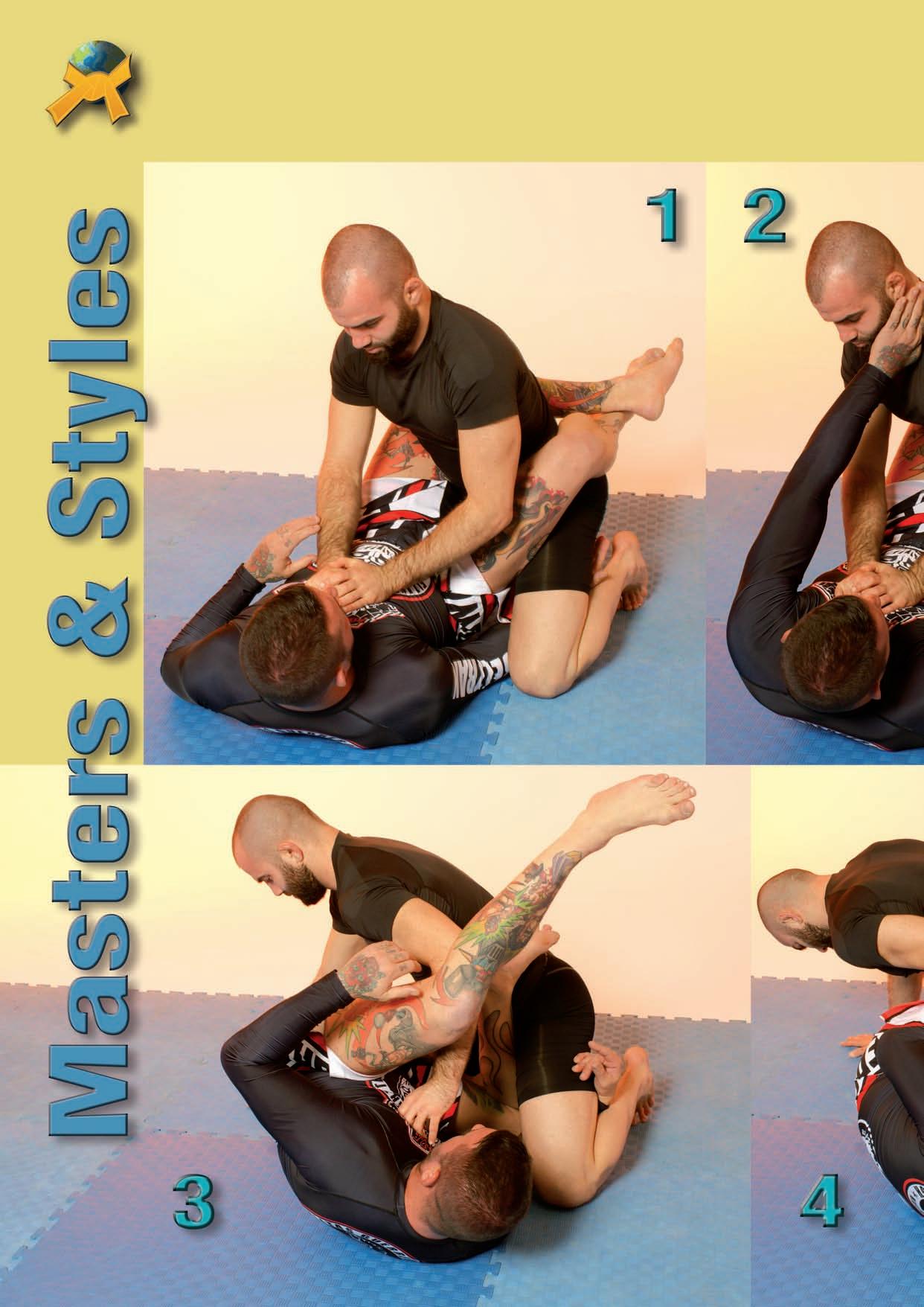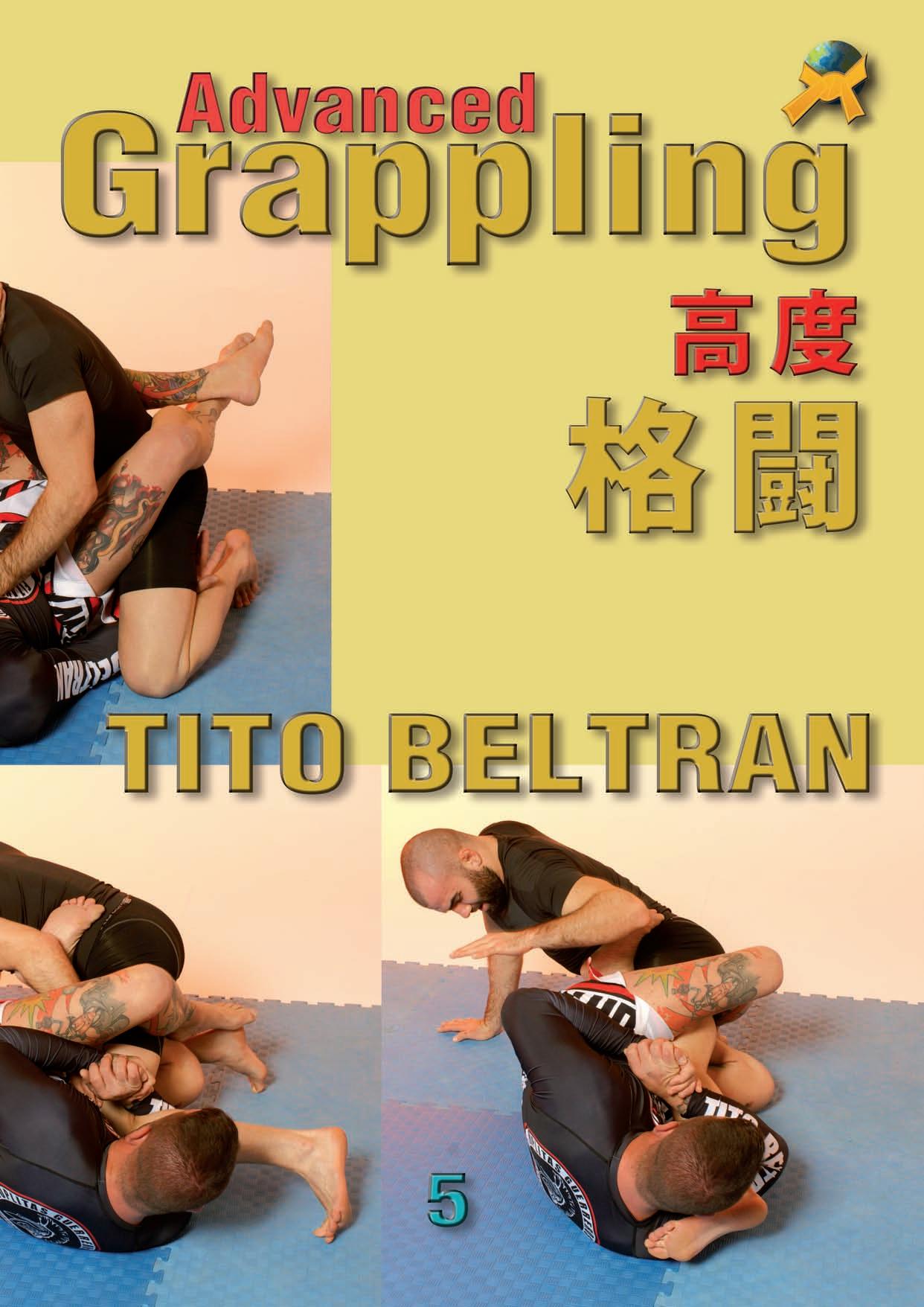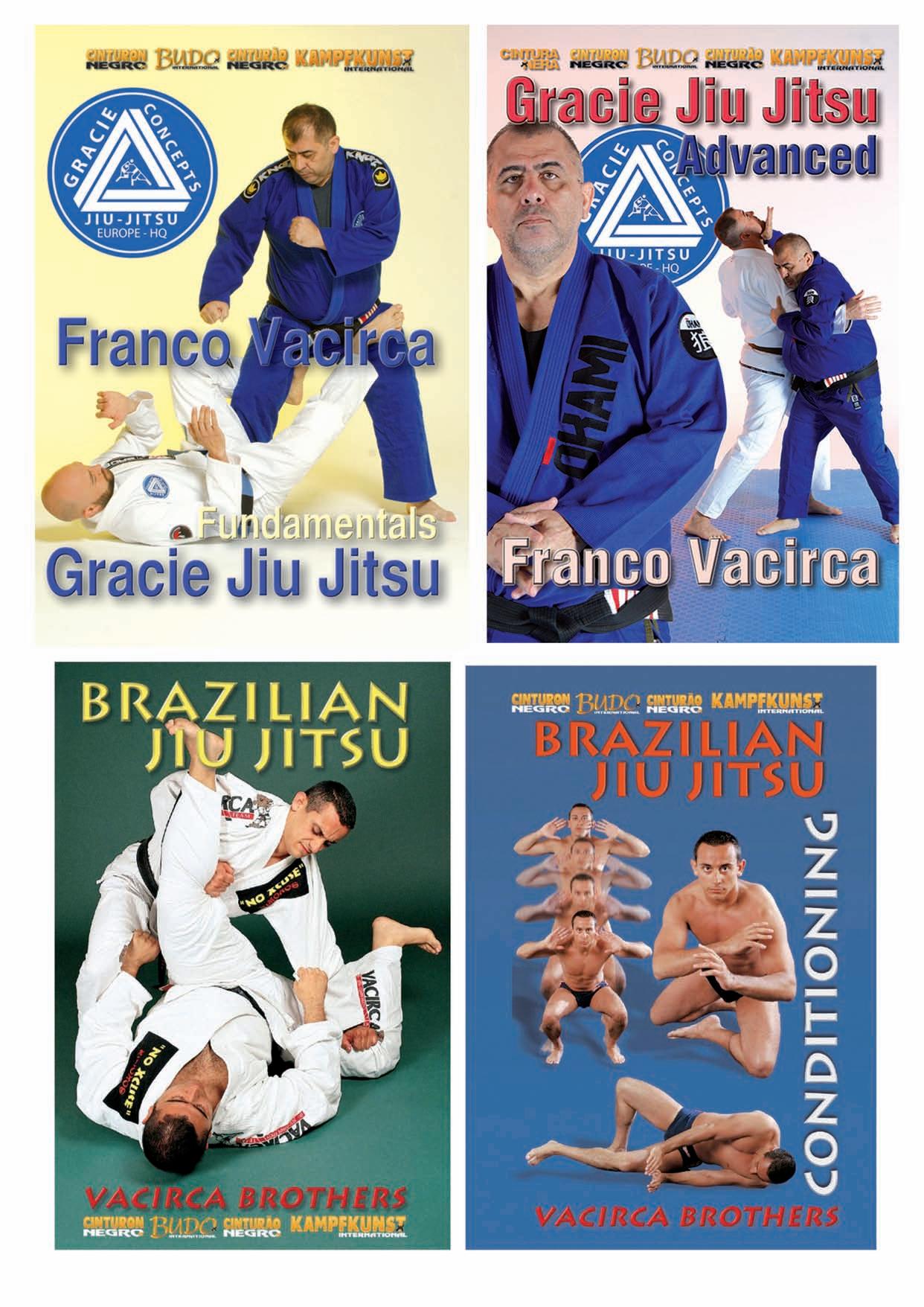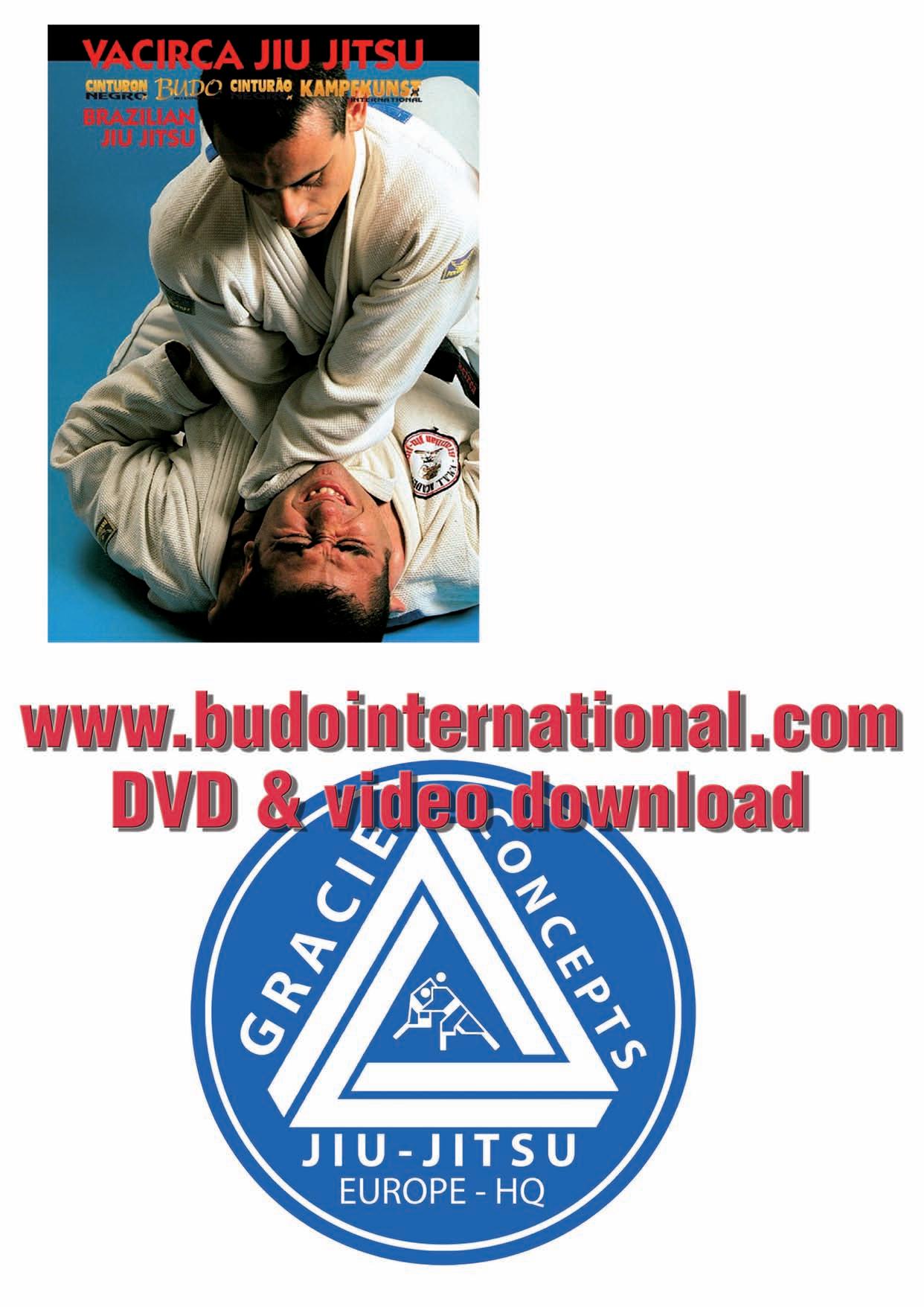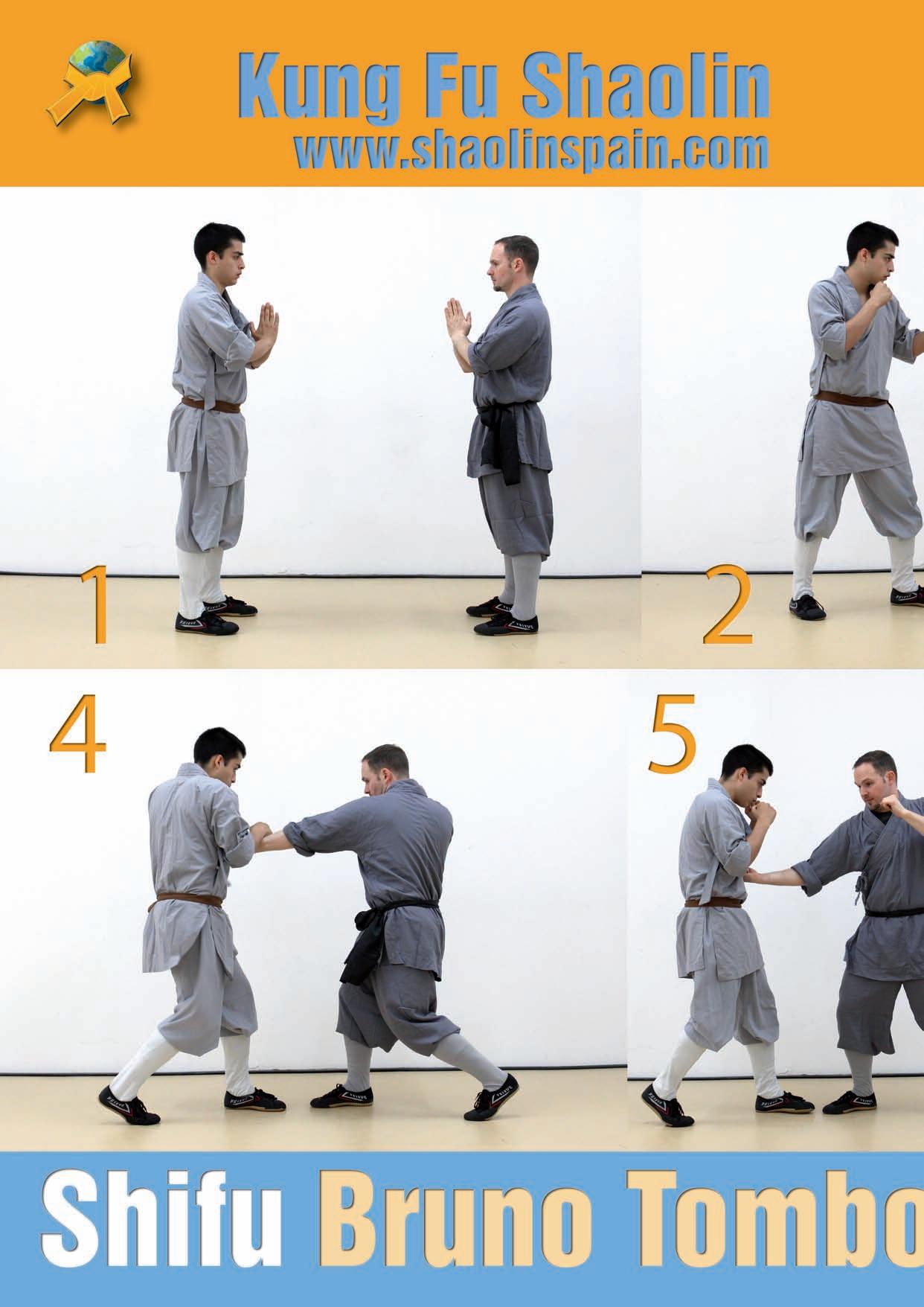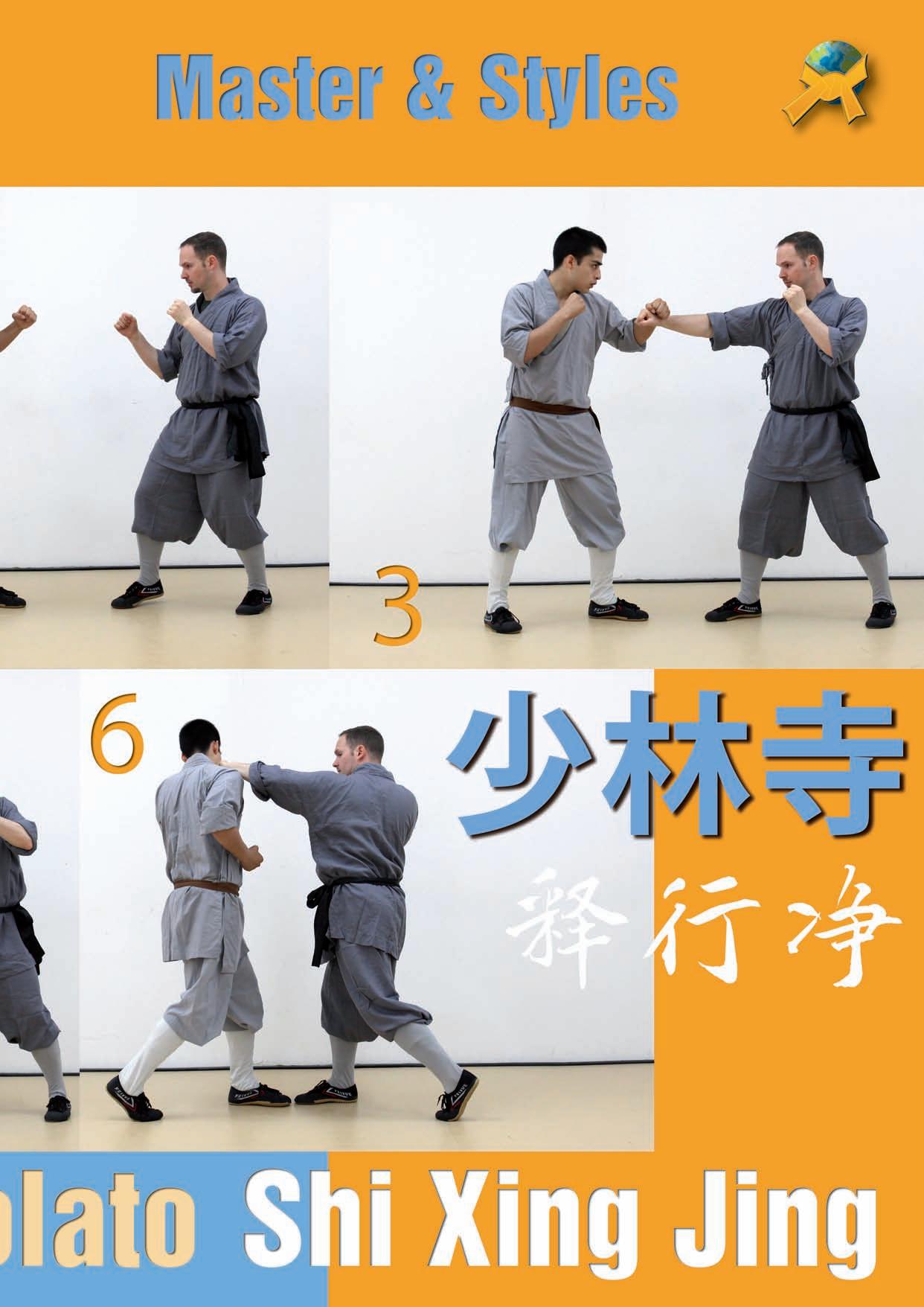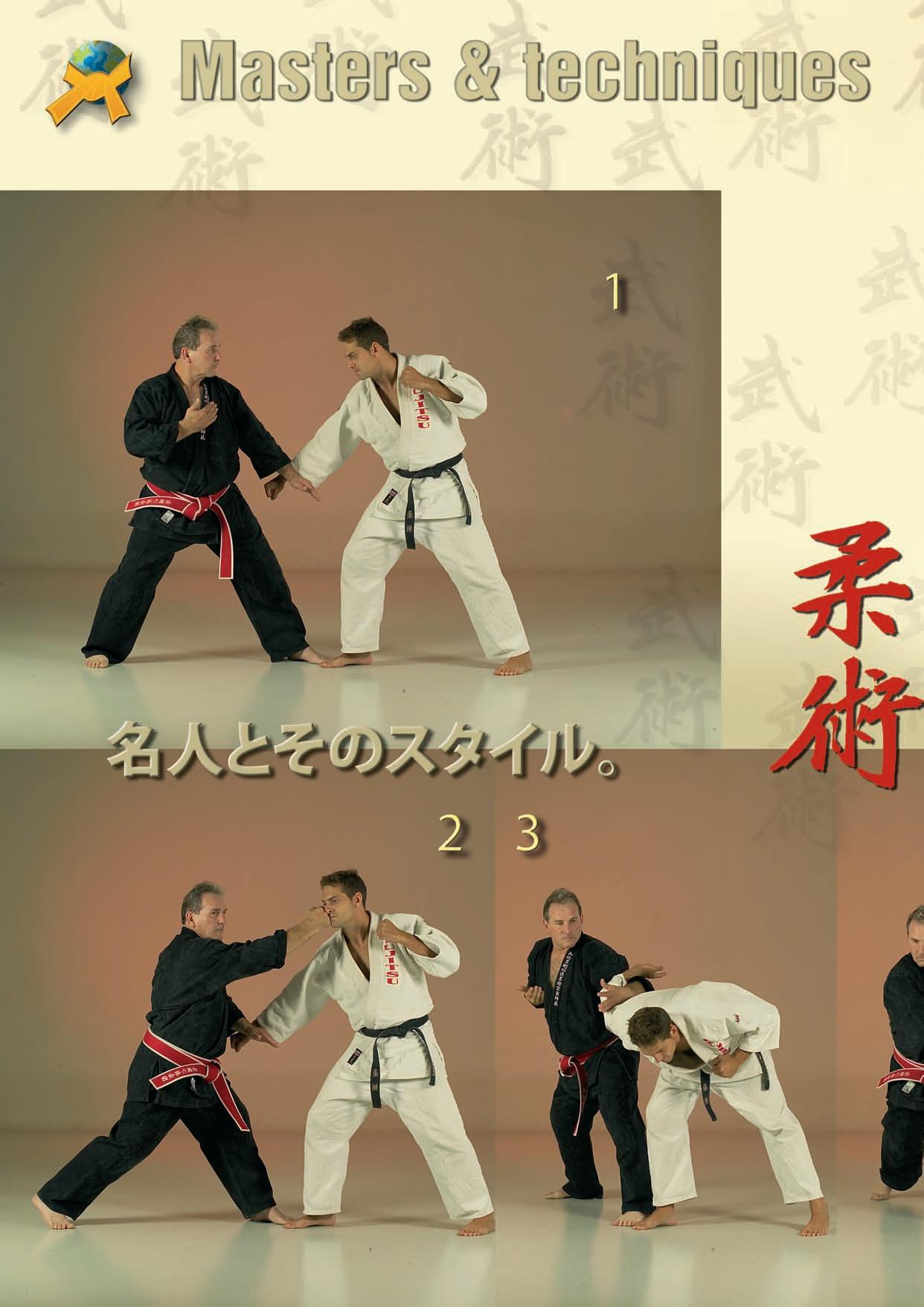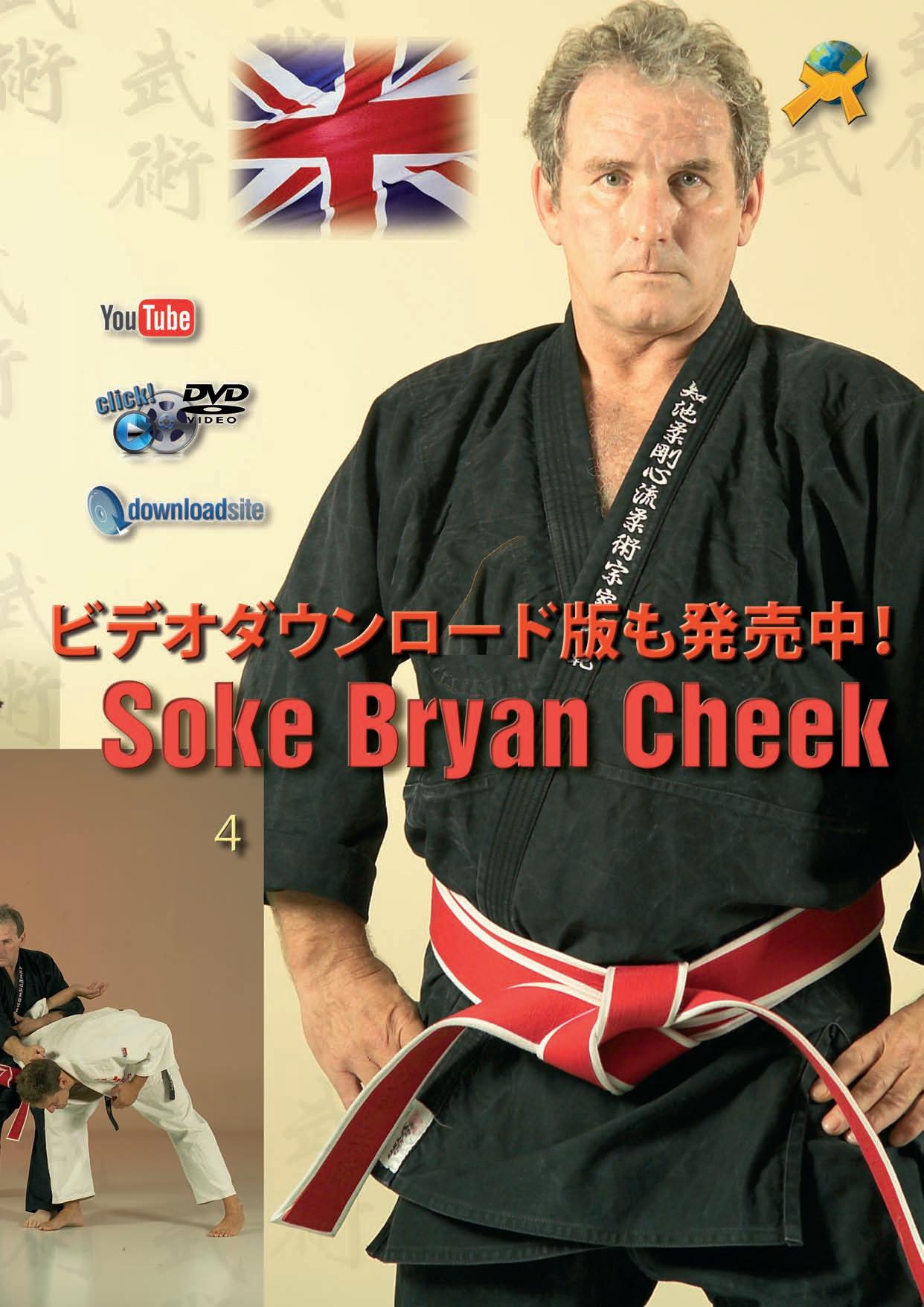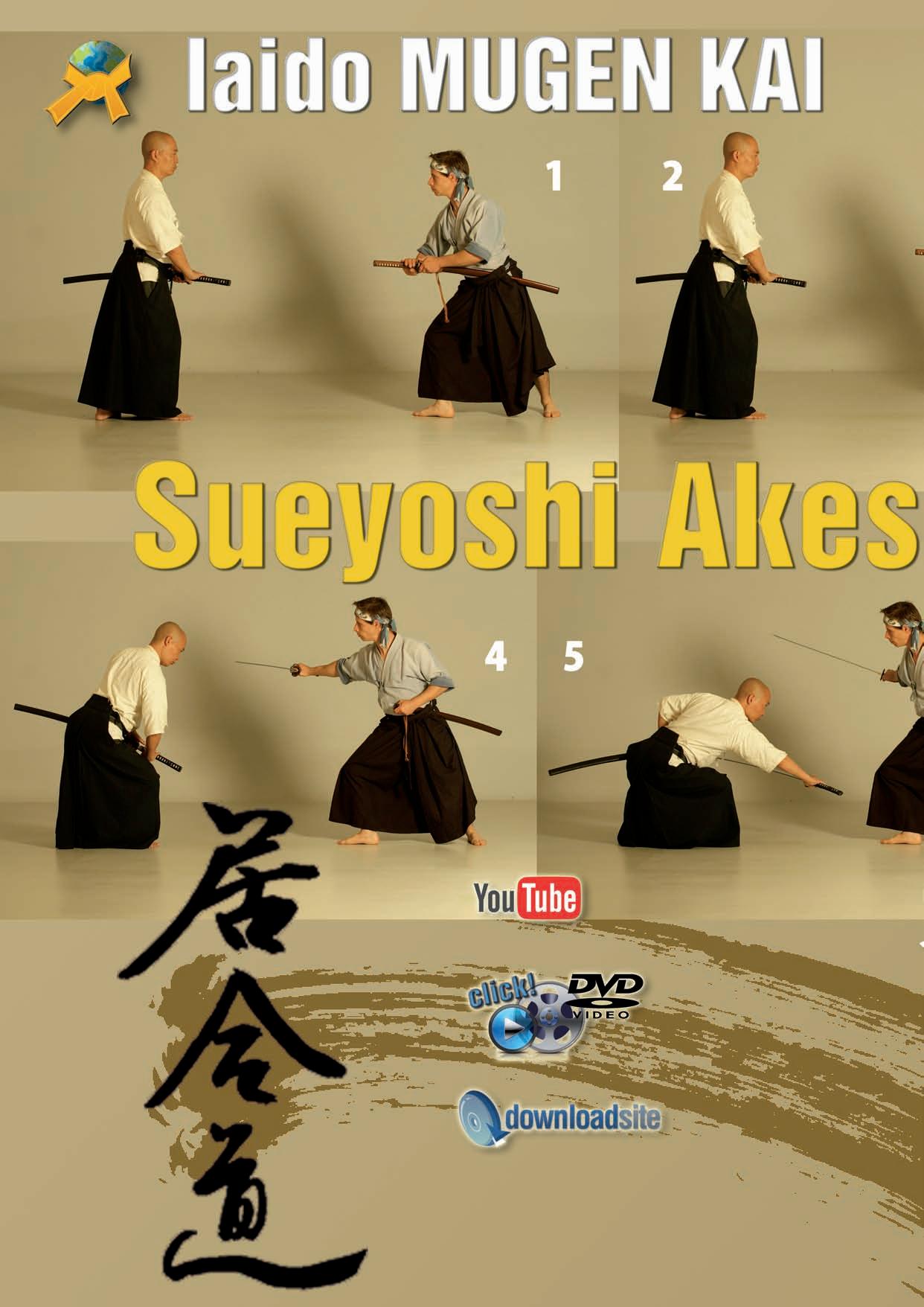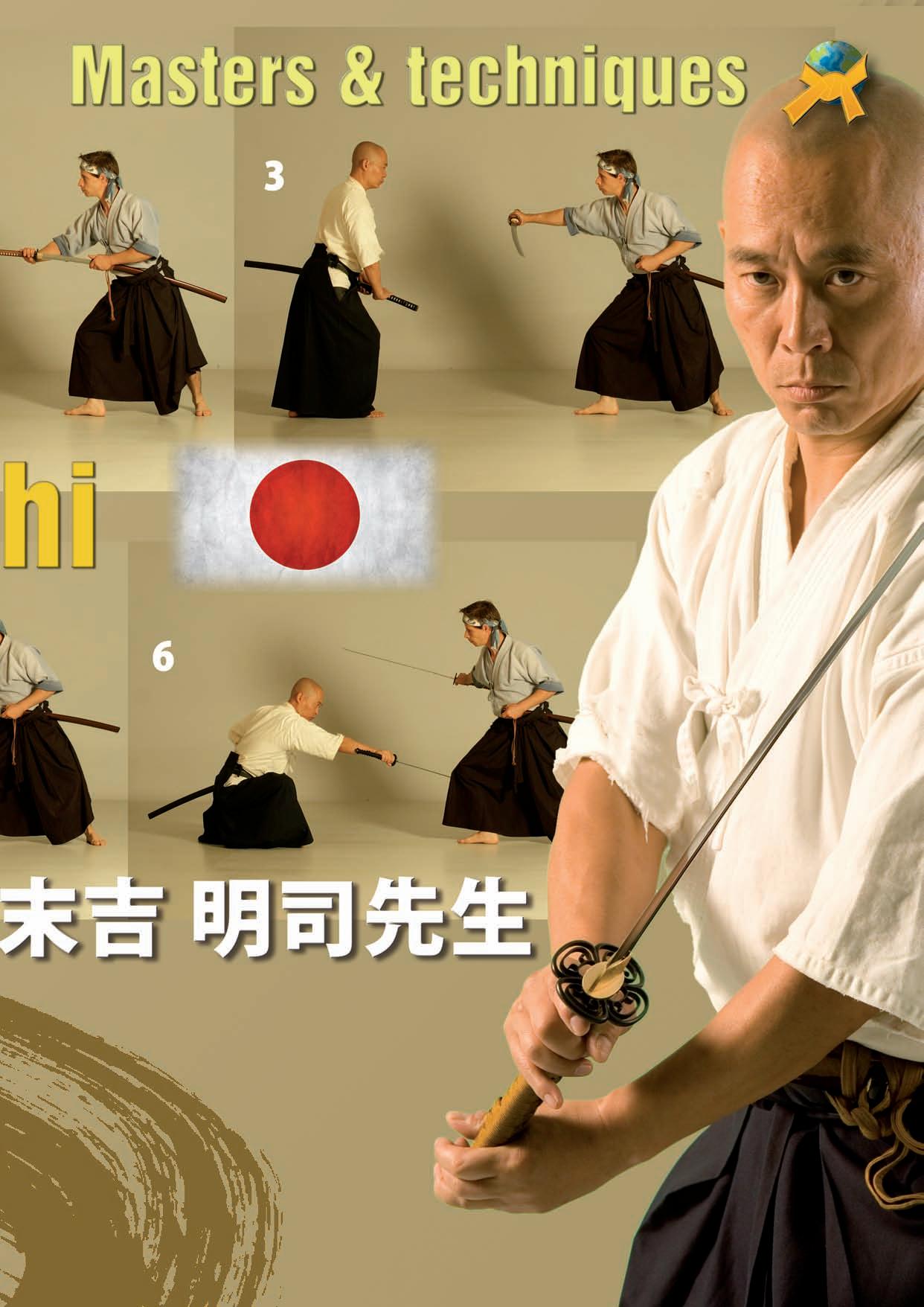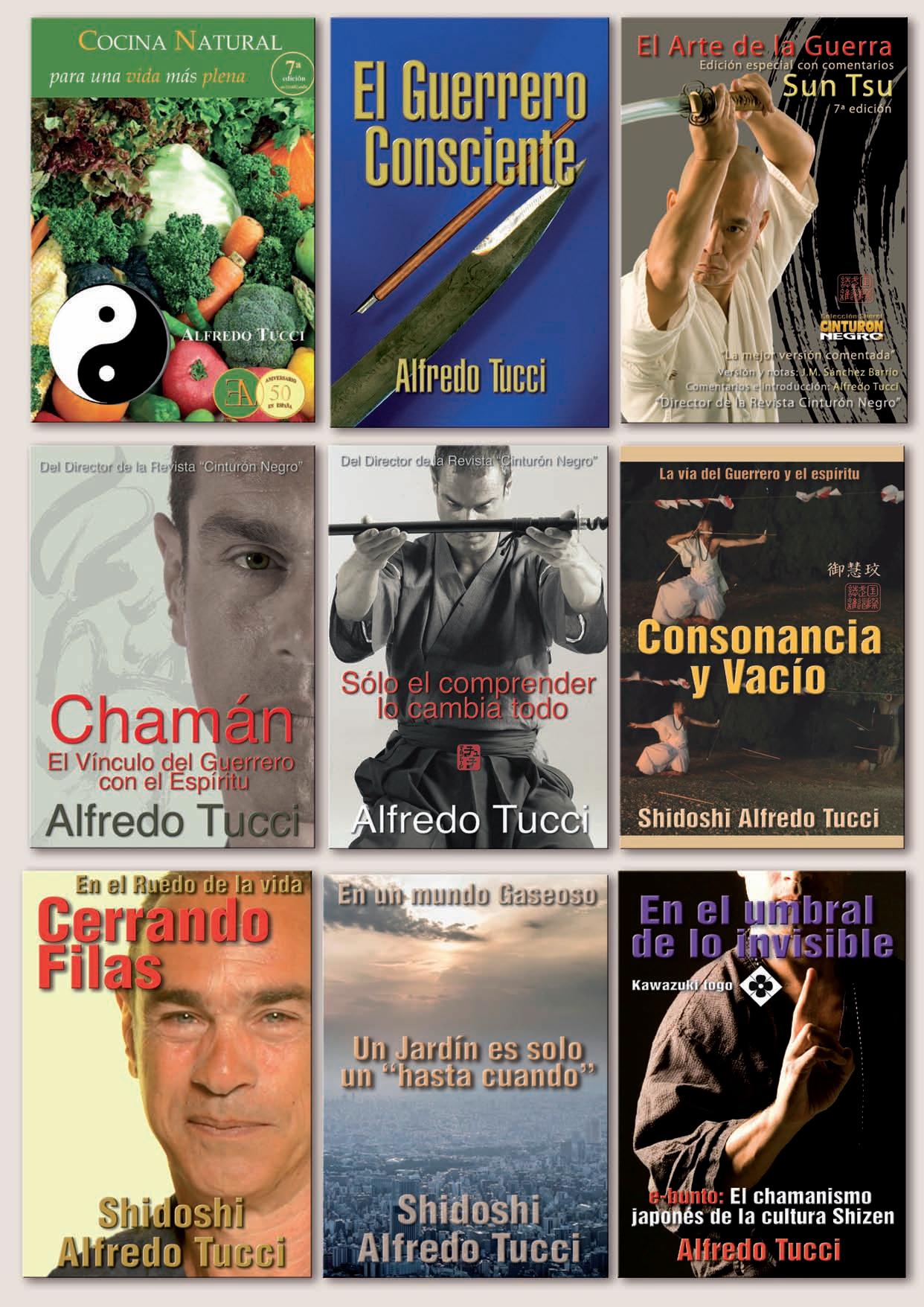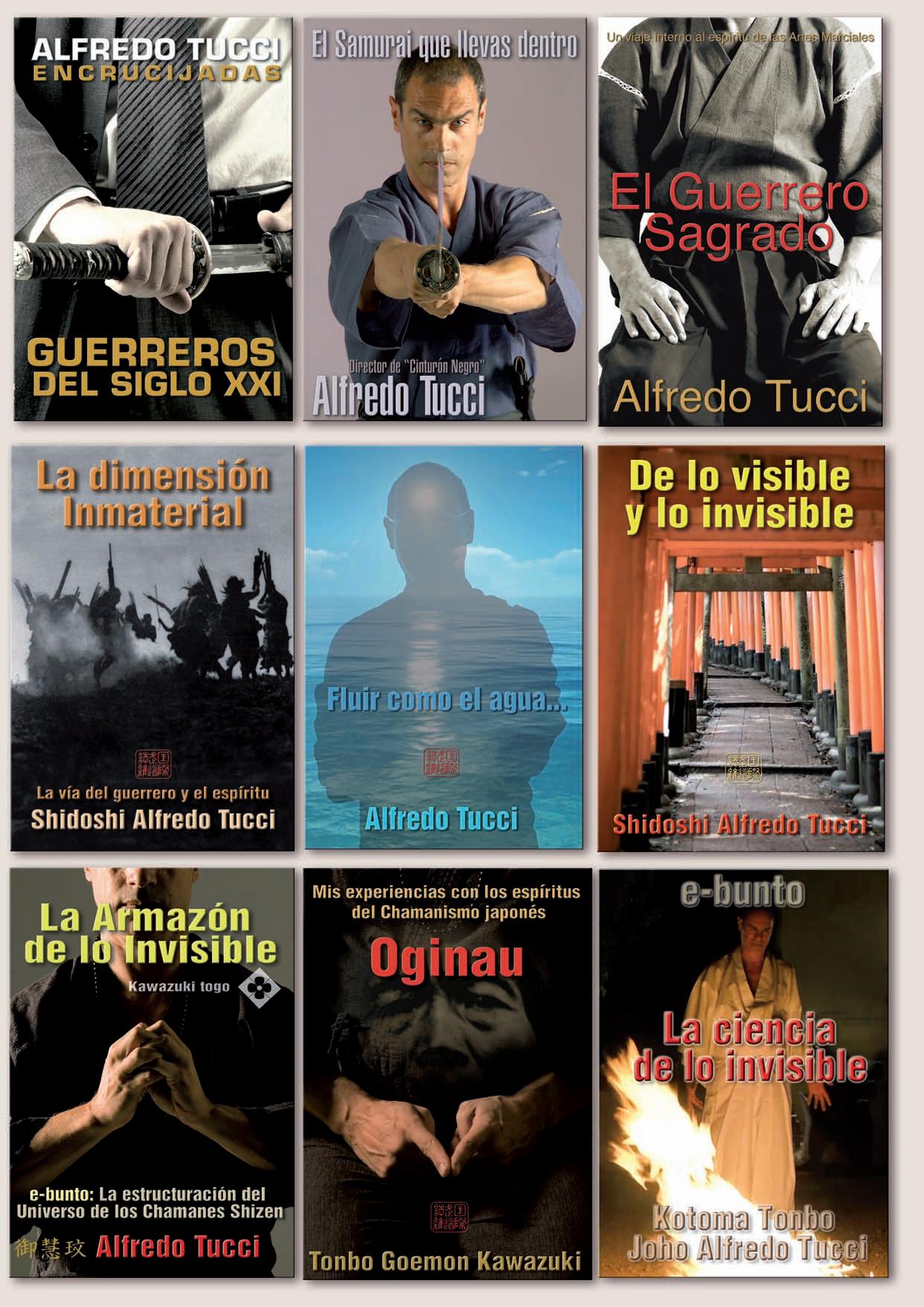


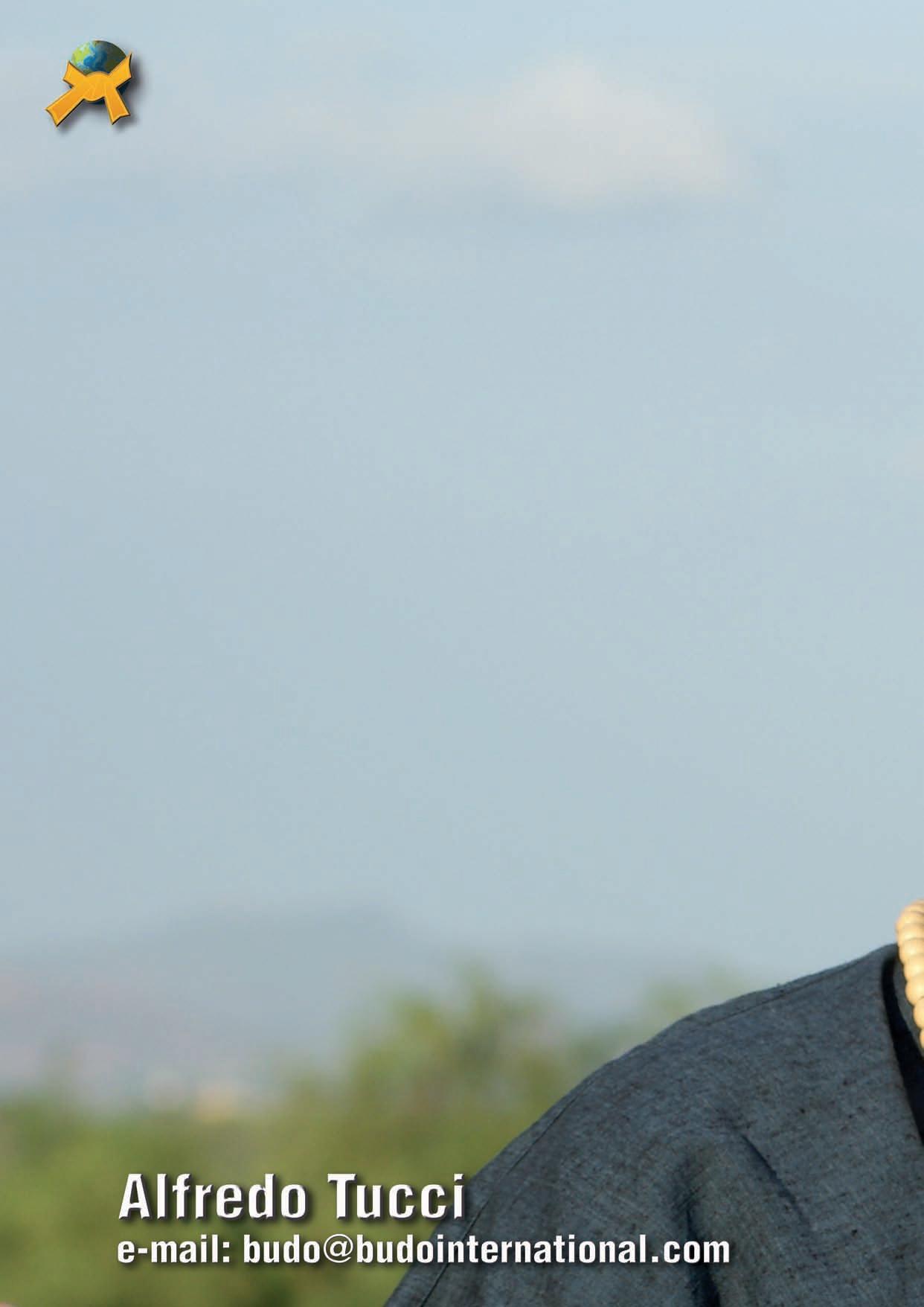





Much has been said about Jung's theory of the collective unconscious. I am not going to delve into the merits of the theory, but rather its impact on the culture of human thought in the 21st century. Like all great minds, Jung was ahead of his time, so his detractors, those who needed a square to fit into their limited circle of thought, were somehow anchored not so much in the past as in their own smallmindedness.
Jung's central idea was that there was a framework that predated cultures themselves, connecting us together in a human consciousness egregore that possessed common and timeless patterns. Years later, Castaneda spoke of the “human mold” in the context of Toltec sorcerers, which, differences aside, would fit into the same concept.
Anthropologists maintain that the very fact of being human and facing the perception of the universe through the same receptors is more than enough to establish these common points, which would include, in a certain way, some forms of symbols, myths, etc. However, I am of the opinion that both concepts do not cancel each other out, but rather complement each other to explain the concomitances between cultures, beyond space and time.
I am not so interested in finding an explanation as I am in the use we can make of all this to overcome the limits of ordinary consciousness and delve into the mystery of existence. I am more inclined to navigate the macro to interfere in the micro than the other way around, because life, at the end of the day, is about that, no matter how much importance we want to give ourselves.
The idea of the collective unconscious would be the conscious medium in which we are embedded; analogously, it would be like the sea in which all fish, crustaceans, algae, marine mammals, and everything that exists in it are immersed. Immersed in such a vibratory broth, we all participate in it and co-create it.
The human body is an energy and tension pump, as it generates enormous amounts of energy itself. The idea in The Matrix of extracting energy from human bodies, far from being a fantasy, is a reality. At rest, the human body produces enough energy through heat alone (100 watts) to keep a couple of LED lights running or charge a cell phone. In addition to energy in the form of heat, we produce more subtle forms of electromagnetic energy, such as thoughts, emotions, and subtle lowfrequency vibrations.
In fact, we live immersed in a breeding ground of all kinds of energies, including low frequencies, caused by the more than 1,000 storms that are continuously active on the planet and resonate between the earth's surface and the ionosphere, creating an echo of between 7 and 12 hertz known as the Schumann resonance. Even though we cannot hear these frequencies with our ears, we are immersed in them and it is natural to understand that this will affect us, as everything is a product of the environment, although some people will be more sensitive than others to certain types of waves. This sensitivity depends on parts of our anatomy that are still poorly understood, such as the pineal gland or epiphysis.
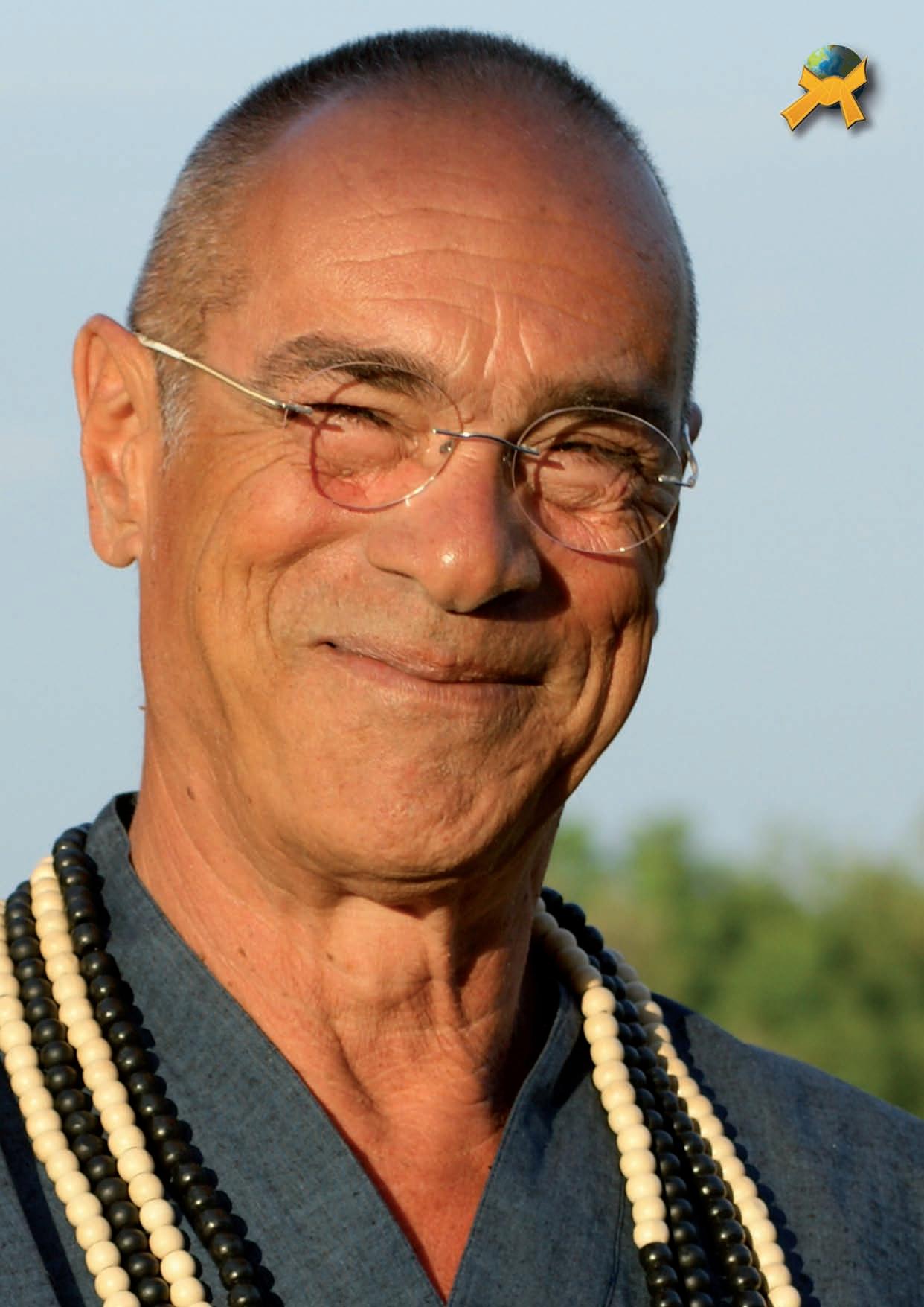
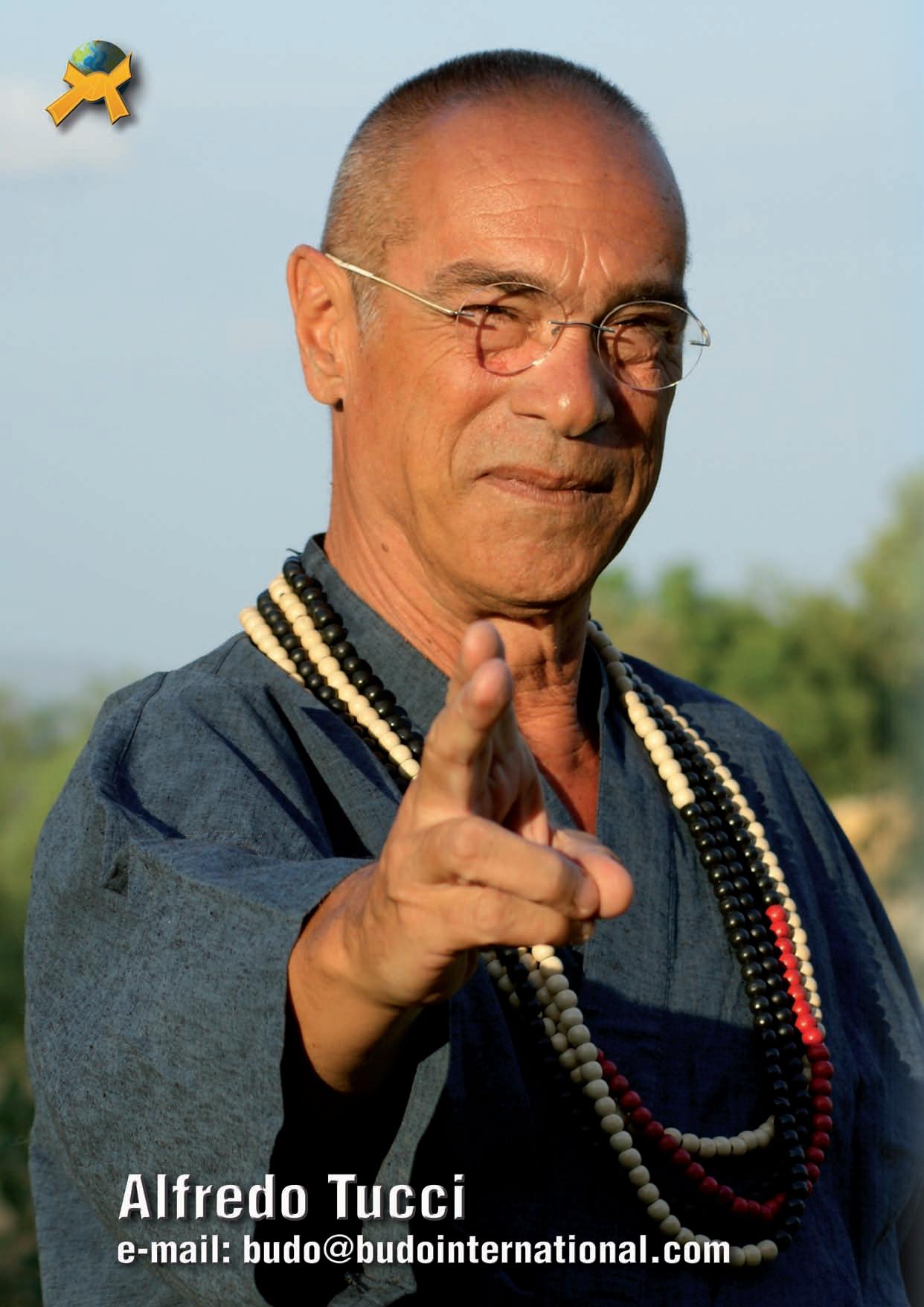
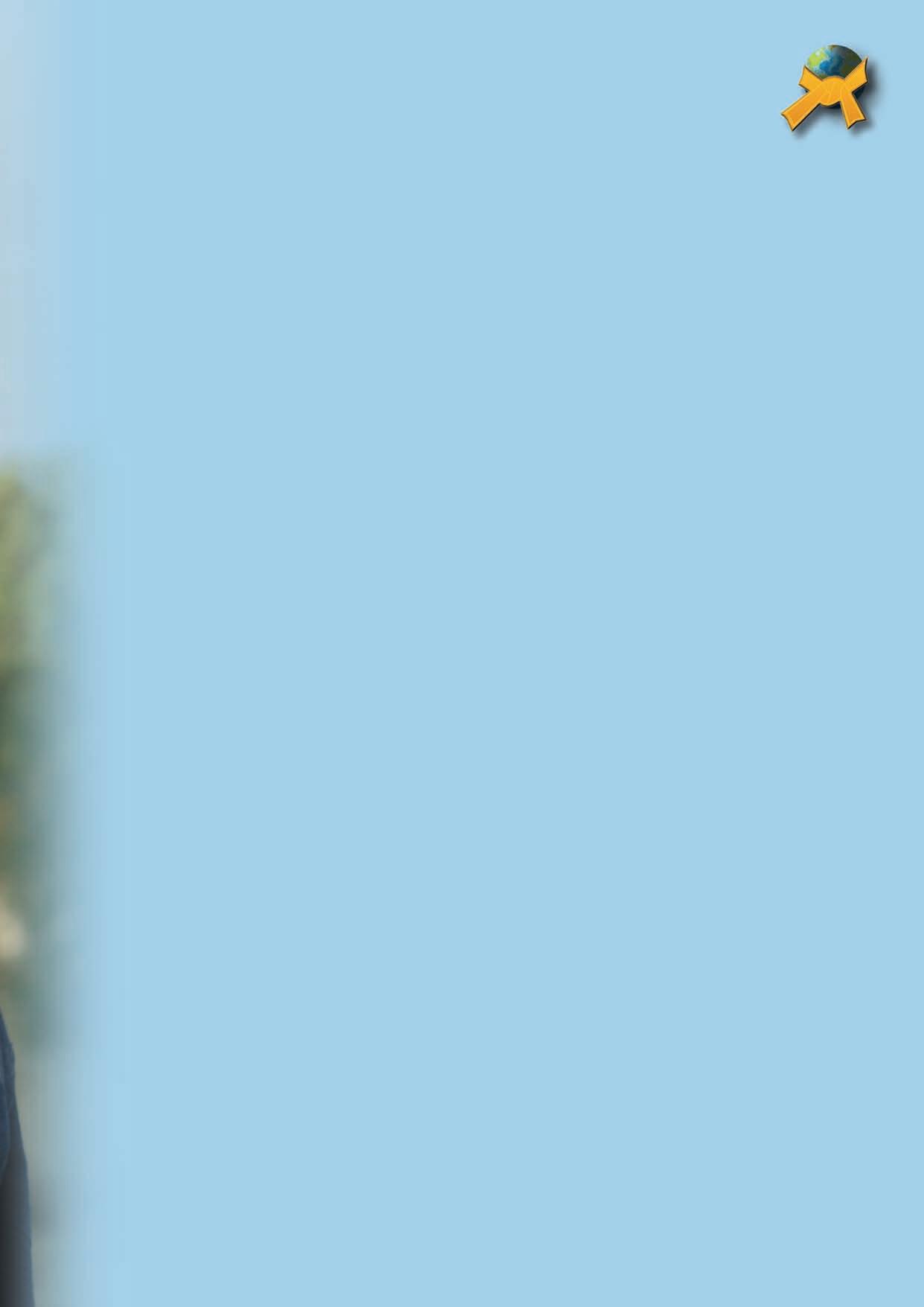
In any case, the human body, as a tense jumble of energies, acts as a tuning fork in recurrence of its own unique tuning and personal sensitivity. Mediumship (the ability to decode and interact with invisible forms of energy or consciousness) is not the same in all people, but we all possess it. Since I was a child, whenever a storm came, I felt extremely affected, sometimes even to the point of feeling such mental disturbance that I entered a state of a certain sense of unreality. As this did not seem to happen to anyone else around me, I inferred that it was some form of nonsense, a personal flaw, or a deficiency. It took me many years to understand that all of this was linked to my supposedly impossible ability to perceive subtle electrical changes in the environment, that is, mediumship. The same thing happened to me when I came into contact with certain environments or places. I silently carried all of this with me for many years, trying to exercise control over the sensations that frequently overwhelmed me.
Spirituality, contrary to what people think and have been taught, has nothing to do with religion. Rather, it is a personal relationship with the invisible, with the mystery of existence.
In this confusion, many people approach spirituality with grand gestures and lofty aspirations, which, of course, last less than a piece of candy at a school gate. The initial passions, bursting forth like an Andalusian horse—funny capers, endless joy, and Olé!—are inevitably followed by pathetic “Manchego donkey stops.”
On this subject, there are many who, aspiring to the most sublime instances of being, end up entangled in their dreamlike and mystical pretensions. Others talk about transcending reality, but they are so busy with it that even if they wanted to, they could not escape its smallest entanglements.
In short, they start a lot and finish little, which makes them go from flower to flower to try to always taste the nectar of the new, but at the first squeeze or uncomfortable question, they give up and... On to the next thing!
Spirituality is something individual, personal, and even if one walks along well-trodden paths, one's experiences and relationships with that journey are and always will be one's own. The fact that we participate in common scenarios, as we all are human, allows us to share axes, directions and ways, forms and contents, which will never be foreign to us.
No one learns from the experience of another, but it will always be a reference, sometimes as a model, sometimes as a challenge, and it is precisely this way of acting that has allowed homo sapiens to evolve as a species.
To navigate the unknown seas of the invisible, it is advisable to have not only judgment and knowledge, but also a solid worldly foundation, for one cannot successfully start building a house from the roof down. Thus, there are many lovers of the occult who are unable to deal with everyday life... God is also among the pots and pans! said Saint Teresa. Without economic and personal autonomy, it is difficult to devote oneself to more subtle matters, because one has to eat, and every day if possible! Otherwise, we will be putting “the cart before the horse,” and it will not end well for us. The Lord will provide... maybe, maybe not, who knows...
Castaneda was surprised the first time he saw Don Juan wearing a tie; he asked him where he was going, and he said he was going to the city to take care of his business... The warriors of consciousness were not hippies; they took care of their affairs successfully, and that was also part of their training.
The lower must serve the higher, but the higher cannot ignore the lower, which supports and sustains it. So... Pray to God... And swing the hammer!
You can't make giants with feet of clay!
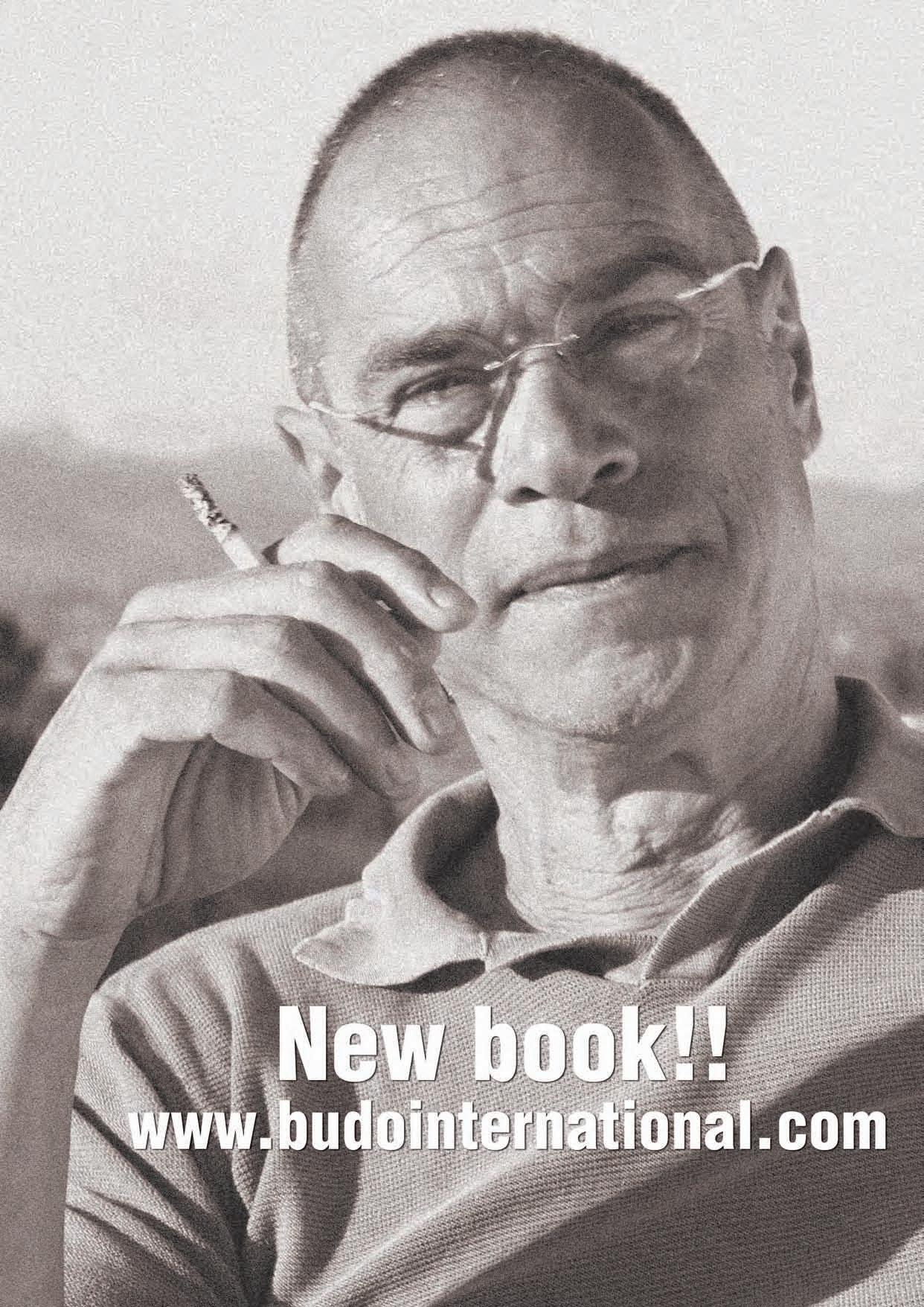
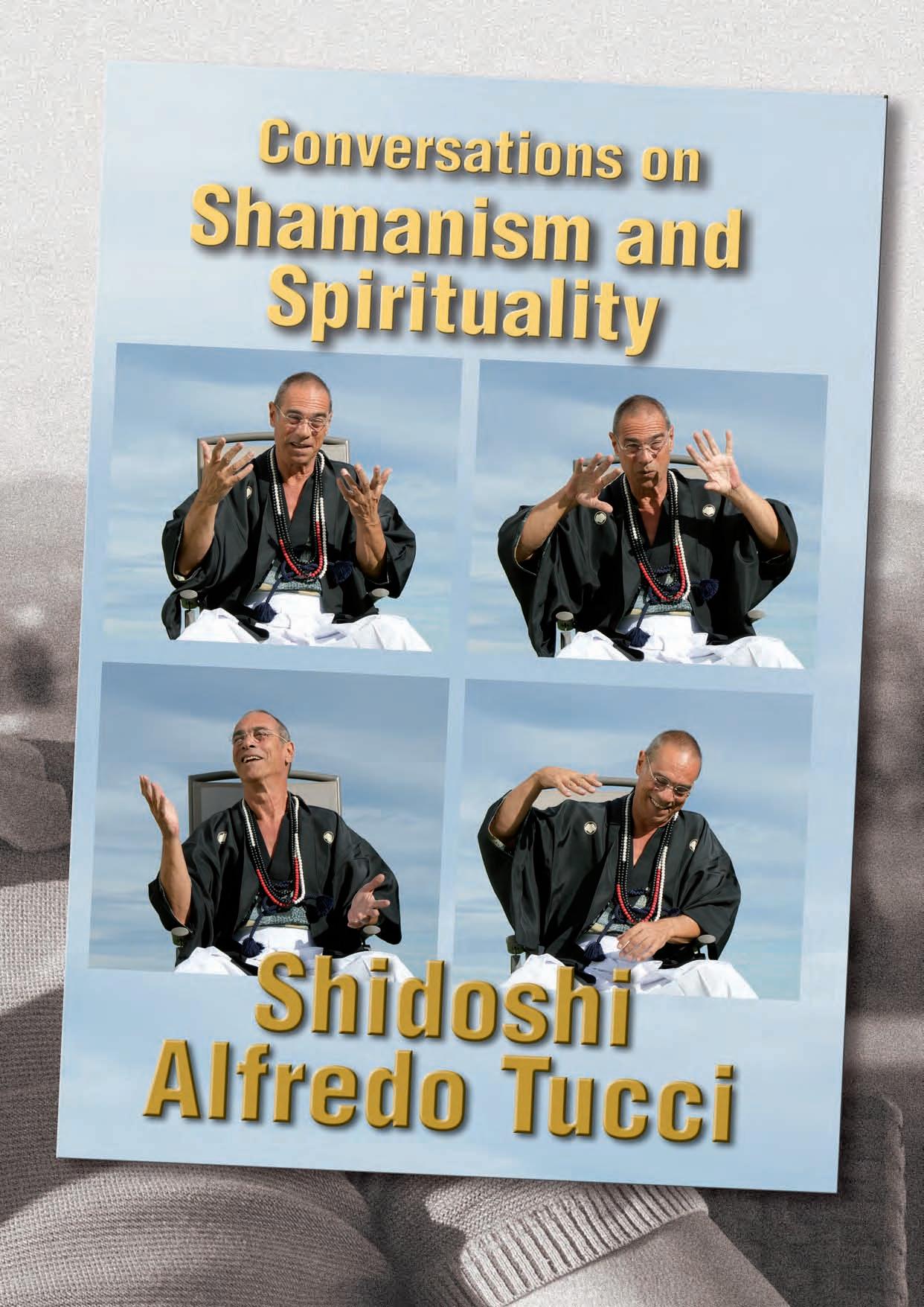

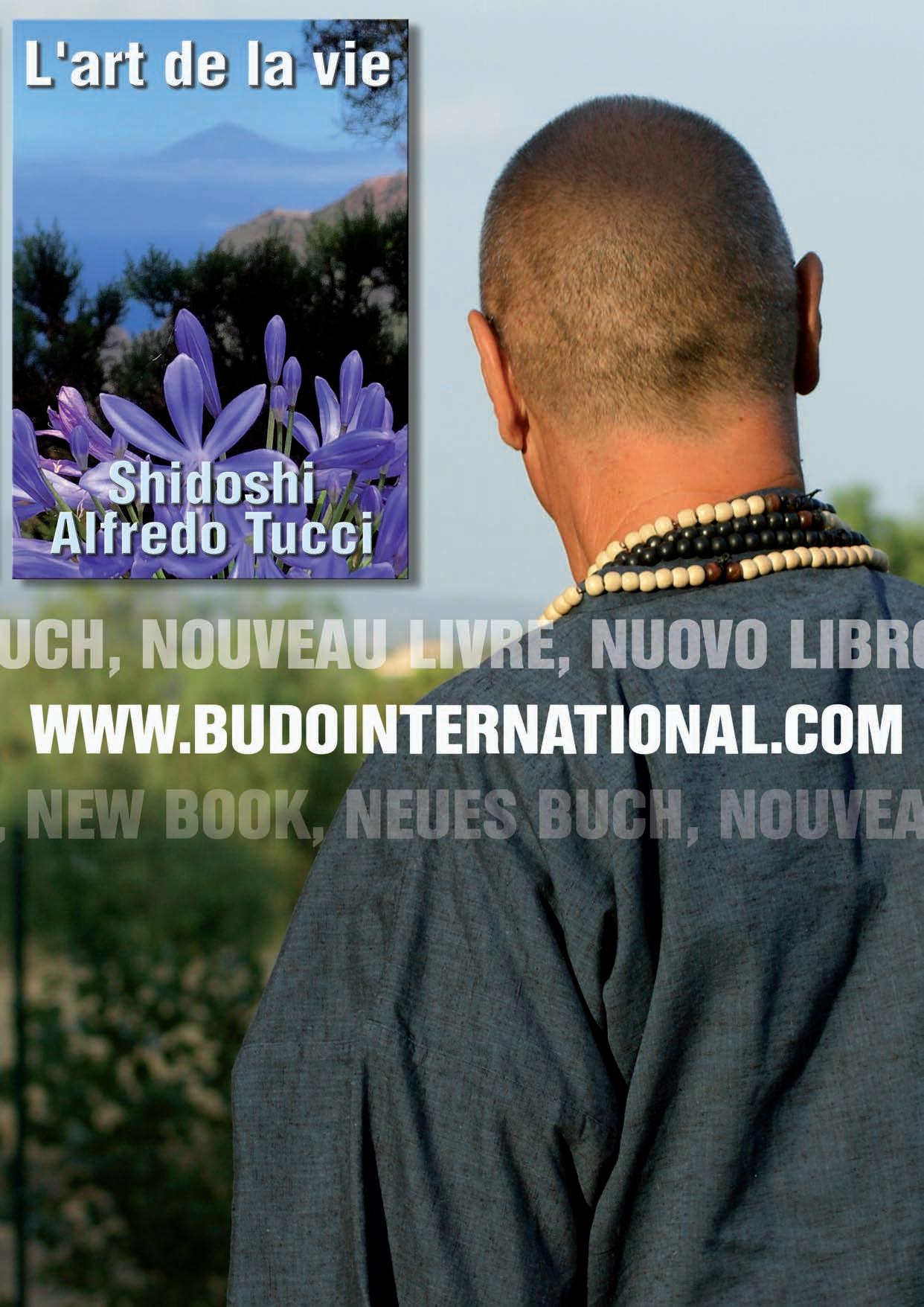
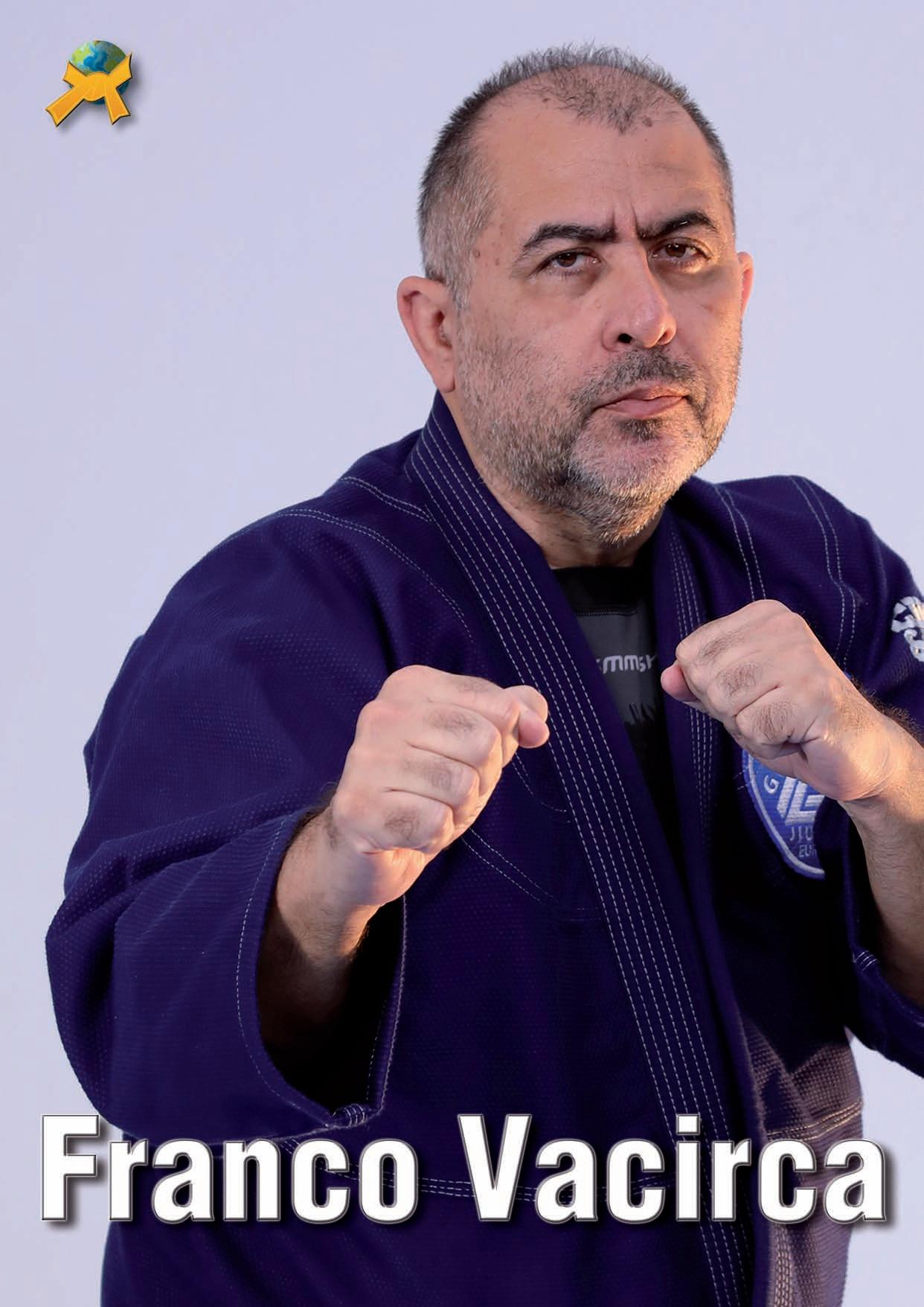
GRACIE JIU-JITSU - ADVANCED 2
“Gracie Jiu-Jitsu – Made by Vacirca Brothers – Part 2.”
The impetus for this writing is the considerable interest in our Gracie JiuJitsu international network, “Gracie Concepts®”, and in our latest DVD series, produced by BUDO International. I would like to express my gratitude to those individuals who have provided me with the motivation to persevere and to never abandon my efforts.
I would be remiss if I did not extend my sincerest gratitude to the esteemed colleagues and students who have consistently attended my seminars, workshops, and instructor education courses over the years. It is always encouraging to witness considerable attendance at my Gracie Jiu-Jitsu seminars across Europe. It is also gratifying to observe the remarkable expansion of numerous partner schools and training groups established by the Gracie Concepts® network, which share the same Vacirca Brothers Jiu-Jitsu vision.
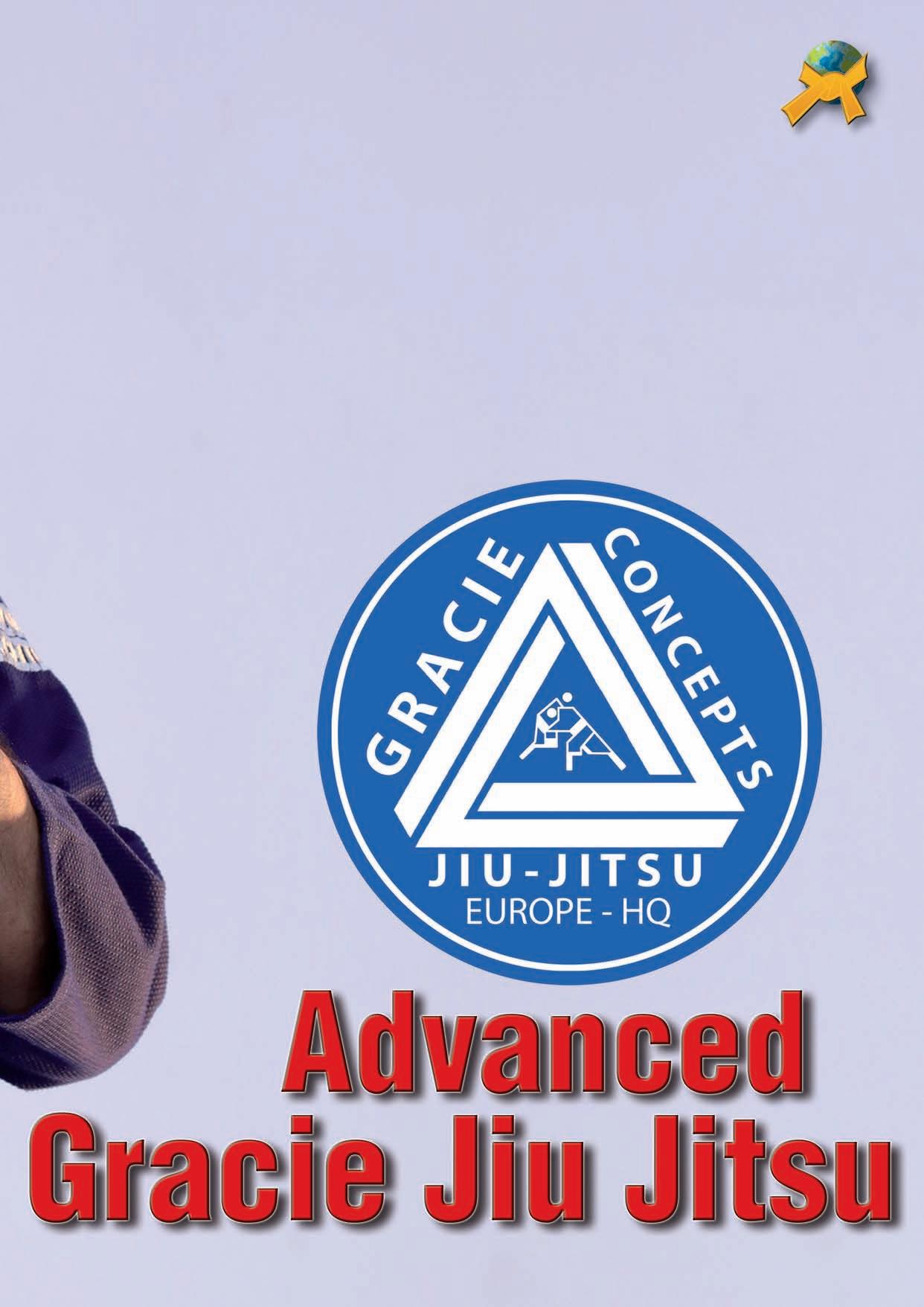
Part 2 Part 2
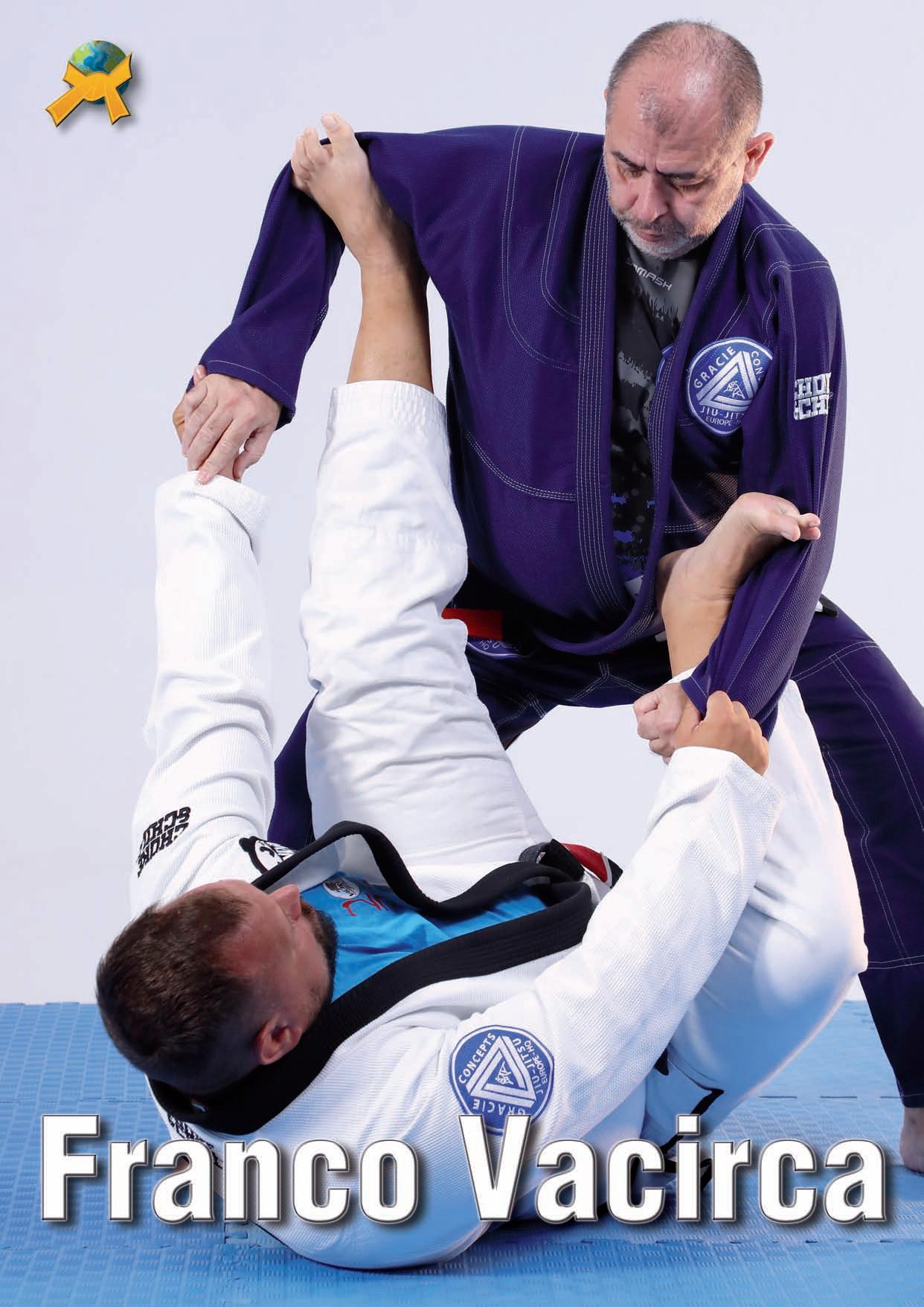
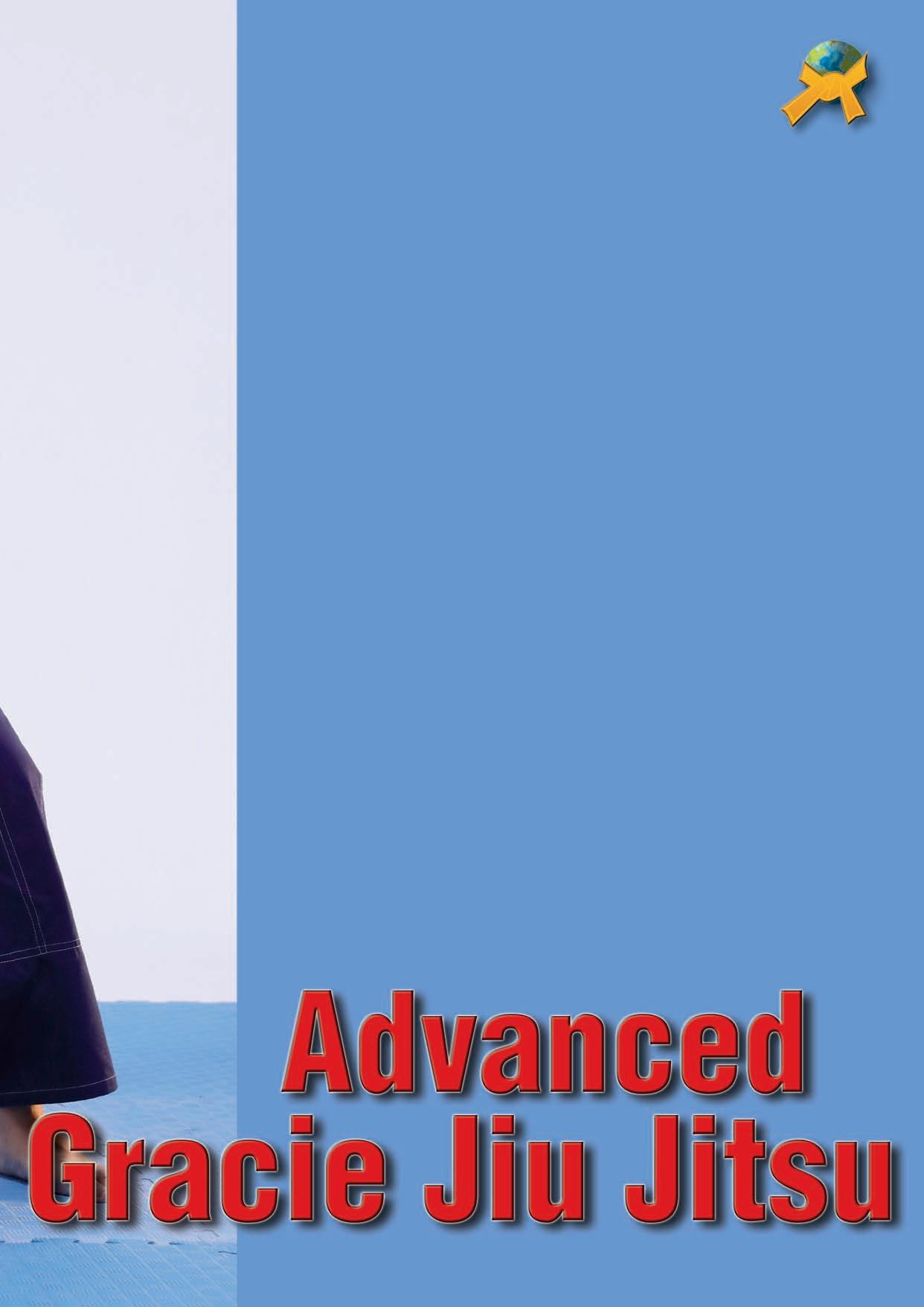
Prior to the introduction of Gracie/Brazilian JiuJitsu in Europe during the late 1980s and early 1990s, the practice of Jiu-Jitsu was on the verge of extinction in numerous countries, including Switzerland and Germany. Several organizations devised new belt curricula, incorporating elements of Wing-Chun, Thai boxing, Filipino Martial Arts, and Boxing, as well as other techniques deemed beneficial by the respective headmasters. A similar phenomenon occurred in Japan. Only one or two schools were still adhering to the traditional approach, but they were also developing new techniques. Therefore, the notion that travelling to Japan will lead to the discovery of traditional Japanese JiuJitsu is a fallacy. In my opinion, one of the oldest schools is Daito Ryu Aiki-Ju-Jutsu, but the quality of instruction will vary depending on the teacher.
If one can control an adversary or neutralize his assaults without resorting to a potentially lethal strike, it can be reasonably assumed that one is adequately prepared to defend oneself. The two slogans “fighting like a gentleman” and “reduced to the essence” has been in use since 1995, when my brother Demetrio and I opened the inaugural Gracie (Brazilian) Jiu-Jitsu Academy in Europe, in our hometown of Zurich, Switzerland.
Consider the remarkable ability to render an adversary immobile with a single hand, through the strategic application of leverage against a limb. There are multiple methods for achieving this, which were developed in Japan and subsequently named Jiu-Jitsu by its founders. It can be translated in numerous ways, including “Ju-Jitsu” – at it is used by the Kodokan Judo Institute to name the “Judo self-defense program”. Nevertheless, the techniques and principles remain largely consistent, or at the very least, highly analogous.
On occasion, Jiu-Jitsu is also referred to as “muscle science”, with the art emphasizing the utilization of “minimum force for maximum results”. The precise number of techniques is uncertain, as is the true evolution of art. It is commonly held that Jiu-Jitsu was a component of the martial skills of the Samurai, although it was always practiced in conjunction with weapons (Katana, stick, knife, etc.).
When the Samurai were compelled to draw their Katana, practicing Jiu-Jitsu was not even permitted in public. Consequently, the art had to be practiced in small groups and private Dojos.
Even when Master Jigoro Kano commenced the development of his own novel approach to utilizing select Jiu-Jitsu techniques, not all Jiu-Jitsu masters were amenable to collaborating with him to establish the system that Kano later designated as Jiu-Do (Judo). The masters of Jiu-Jitsu were reluctant to divulge their knowledge to foreigners or to Dojos that were not aligned with their views. It would be reasonable to posit that Japanese practitioners would never divulge their techniques without good reason. Additionally, it is notable that the comprehensive techniques described in the early Japanese Jiu-Jitsu literature are not fully represented in the extant literature.
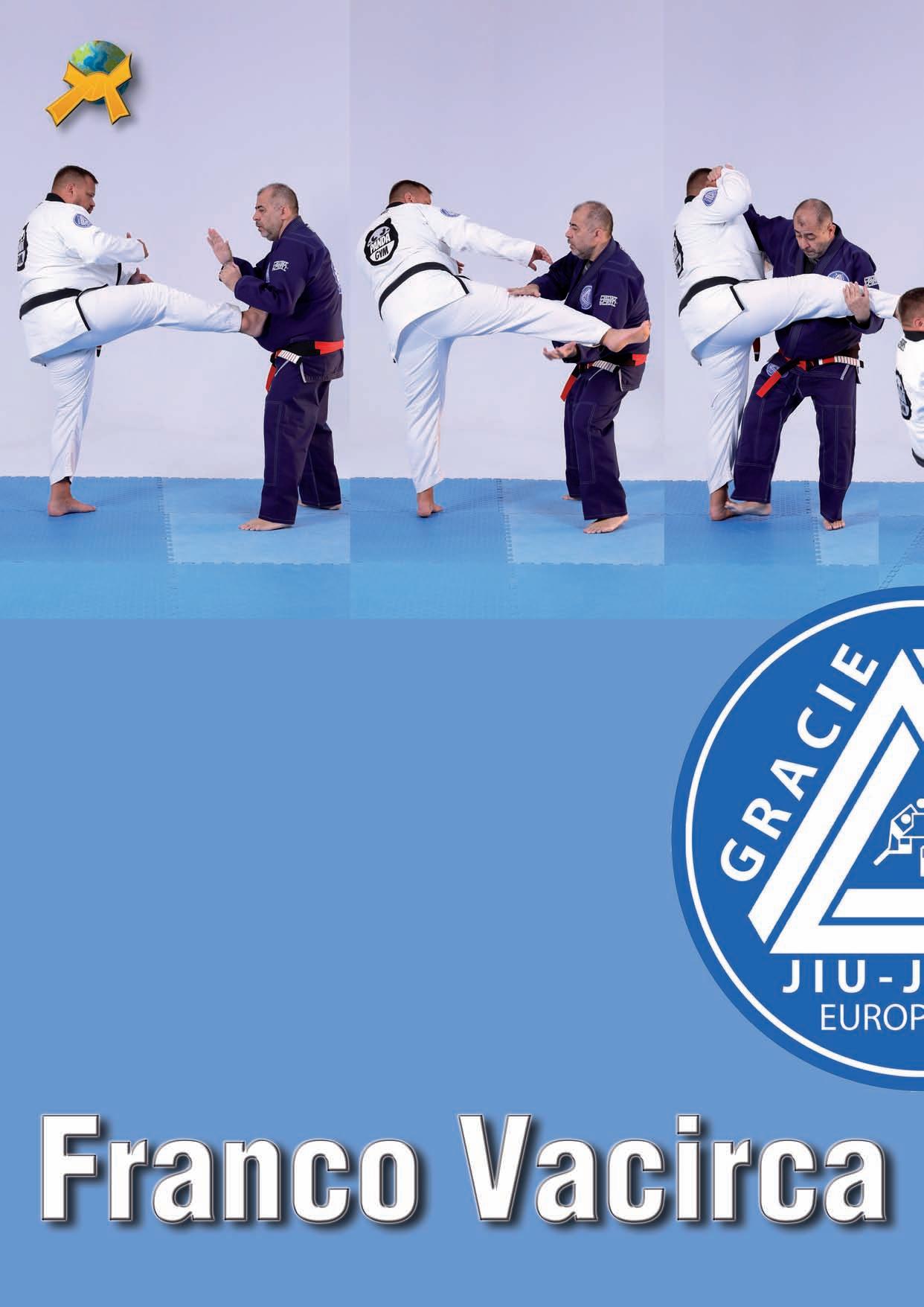
An understanding of how to gain and maintain an opponent's balance, utilize the principles of leverage and gravity, and assess and respond to an opponent's movements based on an awareness of human anatomy are fundamental aspects of Jiu-Jitsu techniques. Even renowned boxers such as Jack Dempsey, were admirers of the Japanese martial arts. One rationale for this was the apparent simplicity of the techniques in question when applied against opponents who were significantly stronger and heavier. The fundamental principles of Jiu-Jitsu can be distilled into three key elements: patience (often regarded as control), precision in timing, and the ability to execute techniques perfectly. Japanese masters were able to exert control over their adversaries' strength with minimal force and neutralize their attacks by utilizing only the necessary amount of power.
Jiu-Jitsu became the foundation for numerous other systems, with experts utilizing it to develop new forms of hand-to-hand combat and self-defense techniques from various traditions. During the Second World War, Jiu-Jitsu was taught in conjunction with Boxing, Wrestling, and “Boxe Française” Savate to special forces and agents, as well as to soldiers engaged in hand-to-hand combat. Jiu-Jitsu offers a comprehensive fitness regimen that is equally effective in self-defense. The use of Jiu-Jitsu for fitness purposes was instrumental in maintaining strong and healthy military personnel, a practice that remains relevant today. This is the reason why a considerable number of civilians continue to engage in Jiu-Jitsu training to this day, as it enables them to pursue rigorous physical conditioning in a manner that is both challenging and intelligent. One can achieve optimal physical conditioning without inflicting injury upon one's training partner, while acquiring the ability to utilize the requisite effort and masterful technique.
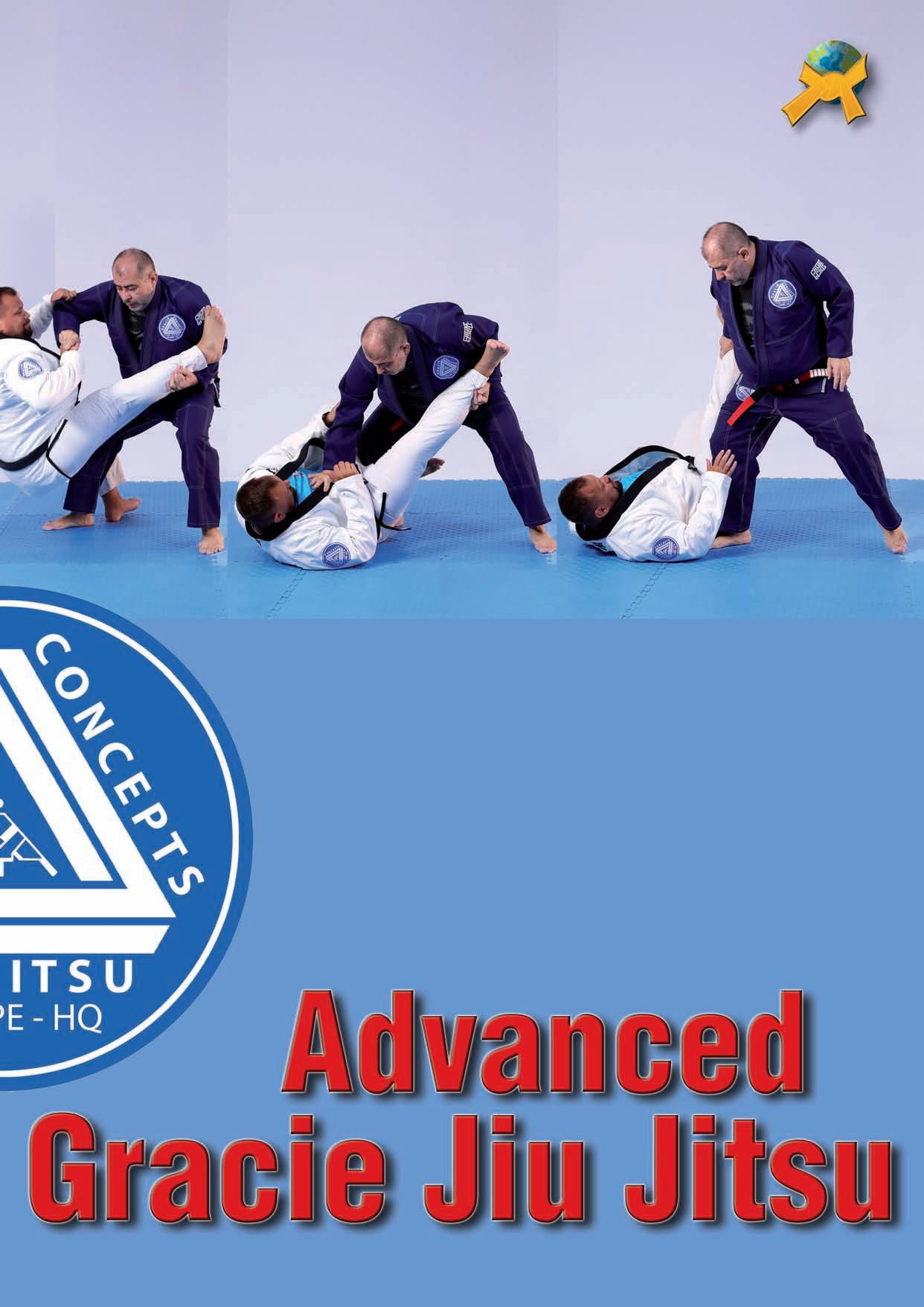
In our latest Gracie Concepts® DVD, we will present the concluding segment of our lesson/rotation program, spanning from 45 to 54. In addition, I have included some alternative techniques to address common inquiries that may arise during Gracie Jiu-Jitsu training. Furthermore, I elucidate the comprehension and utilization of the identical technique in both “Gi” and “No-Gi” scenarios. This is to illustrate that within our methodology of Gracie Jiu-Jitsu training, it is remarkably straightforward to transition between the two methods of using the Gi or No-Gi approach. It is this author's recommendation that training be undertaken in both the Gi and No-Gi formats, with particular emphasis placed on the former.
Some individuals have the misconception that our approach to teaching Gracie Jiu-Jitsu is a novel one. However, this is an erroneous assumption, as we (the Vacirca brothers) have not invented or created a new form of Gracie or Brazilian Jiu-Jitsu. However, through our collaboration with our esteemed Great Grandmaster Pedro Hemetério, which spanned several years until his passing in 2009, we have undertaken the task of rebuilding and contributing to the mission of his vision: the establishment of self-defense art that could be practiced and utilized by anyone, irrespective of their physical attributes.
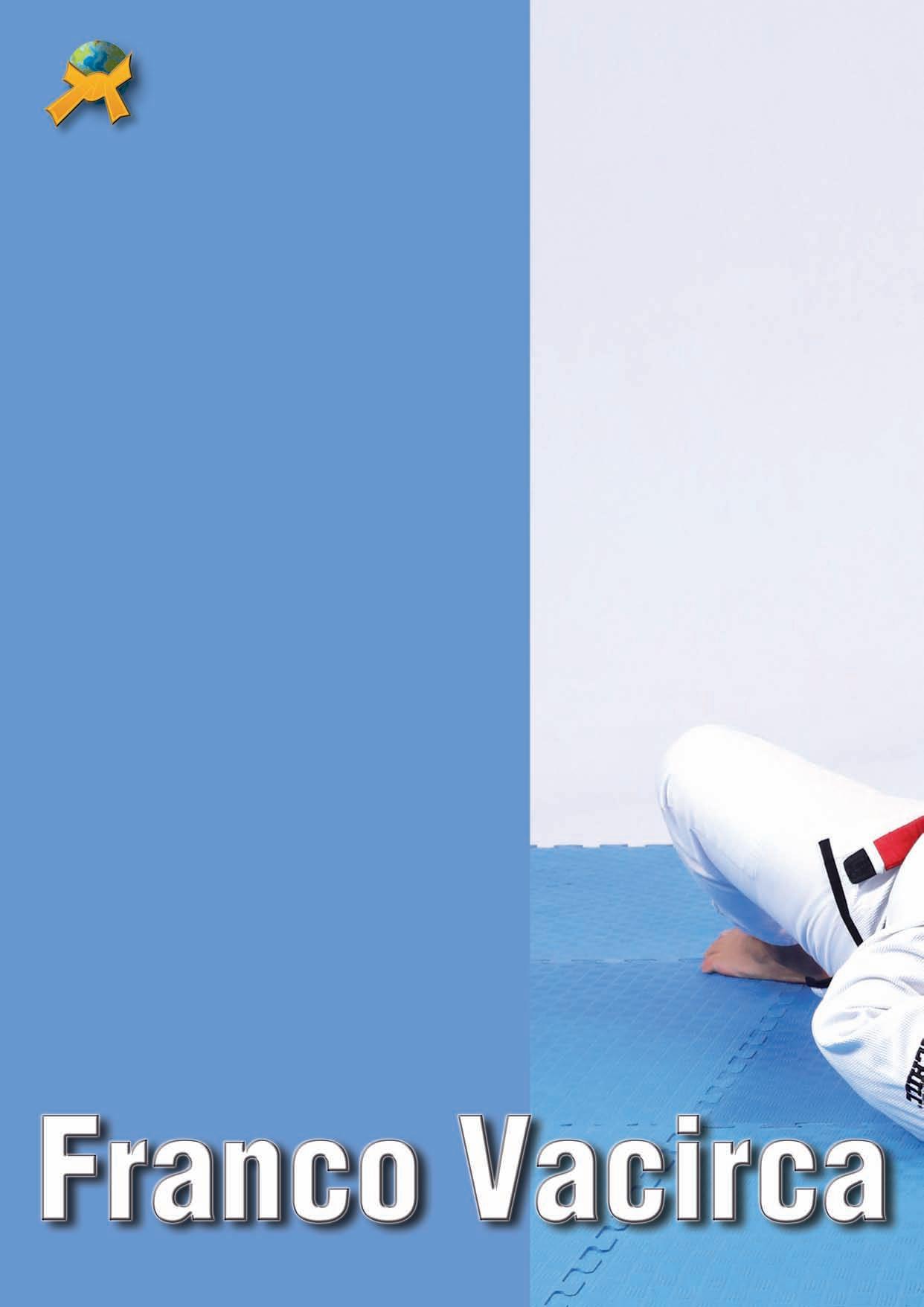
In some instances, an enthusiastic student who has not yet fully comprehended the principles and concepts of Gracie JiuJitsu may believe that muscle strength or brute force is necessary to practice the techniques or that speed is essential. However, as with all “athletic” attributes, these will develop over time, including flexibility, coordination, and body structure, through training that is both intelligent and precise. This is what I refer to as “Jiu-Jitsu Intelligence”.
It is my contention that each distinct martial art is characterized by a unique set of rules, principles, and concepts, which collectively define its distinctive “intelligence”. It is my contention that any individual can train in a variety of combat disciplines and, as a result, develop a unique style of mixed martial arts. However, I do not subscribe to the notion of MMA training as it is currently offered by numerous institutions. If the trainer assumes the role of authority and determines the optimal training regimen for each student, or even believes he possesses the knowledge to prescribe the ideal curriculum based on his expertise, that is not my approach.
It is recommended that the following basic instructions be followed to learn Gracie Jiu-Jitsu:
1. It is advised that warm-up training should always include as many movements as possible derived from basic Jiu-Jitsu training, such as “Upa” (for Trap & Roll), “Shrimp escape” (for 100 Kilo defense) and “Elbow escape” (Mount defense), and so forth. – It is imperative to utilize time efficiently.
2. It is recommended that each technique be practiced at a slow pace, as speed will naturally be achieved once the body has fully assimilated the technique in the correct manner.
3. It is advisable to commence with the less proficient aspects of the technique, which may be likened to the less appealing aspects of a confectionary product, before progressing to the more natural and instinctive elements. It should be noted that some techniques may be demonstrated on a single side; however, the trainee is always required to perform the same exercises on both sides with equal frequency. Such training also facilitates the development of coordination and fine body mechanics.
4. It is imperative that no force be used. In a self-defense scenario, it is imperative to be able to exert force in a controlled manner. It is imperative that any act of breaking someone's arm in a confrontation, even in the context of self-defense, be justified. It is important to note that the situation in question does not constitute a state of war. It is possible that some selfdefense instructors may be unaware that, in the event of facing a tribunal, even as a victim, the question that would be posed is whether the technique used was adequate and justified.
“In some instances, an enthusiastic student who has not yet fully comprehended the principles and concepts of Gracie Jiu-Jitsu may believe that muscle strength or brute force is necessary to practice the techniques or that speed is essential.”
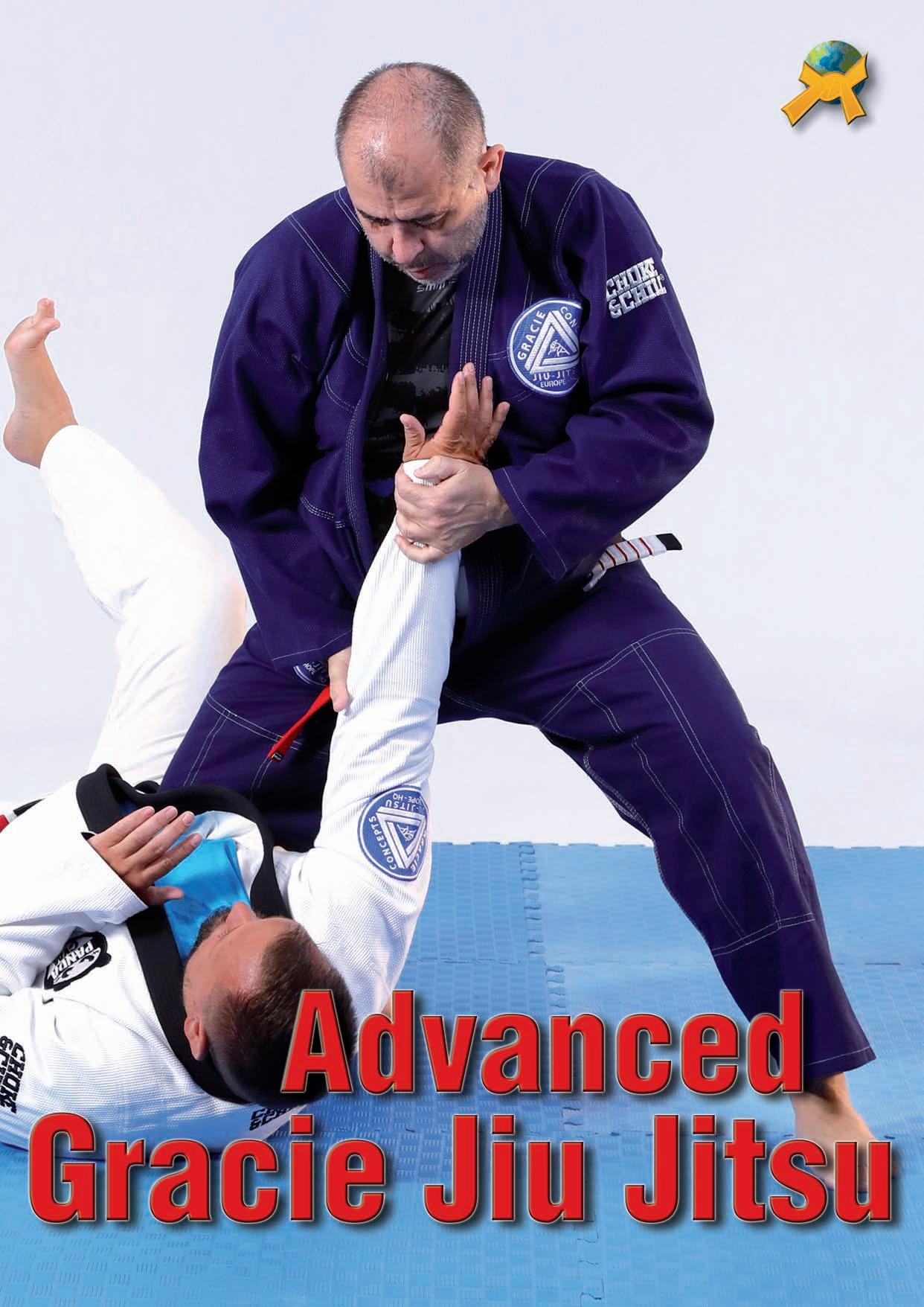
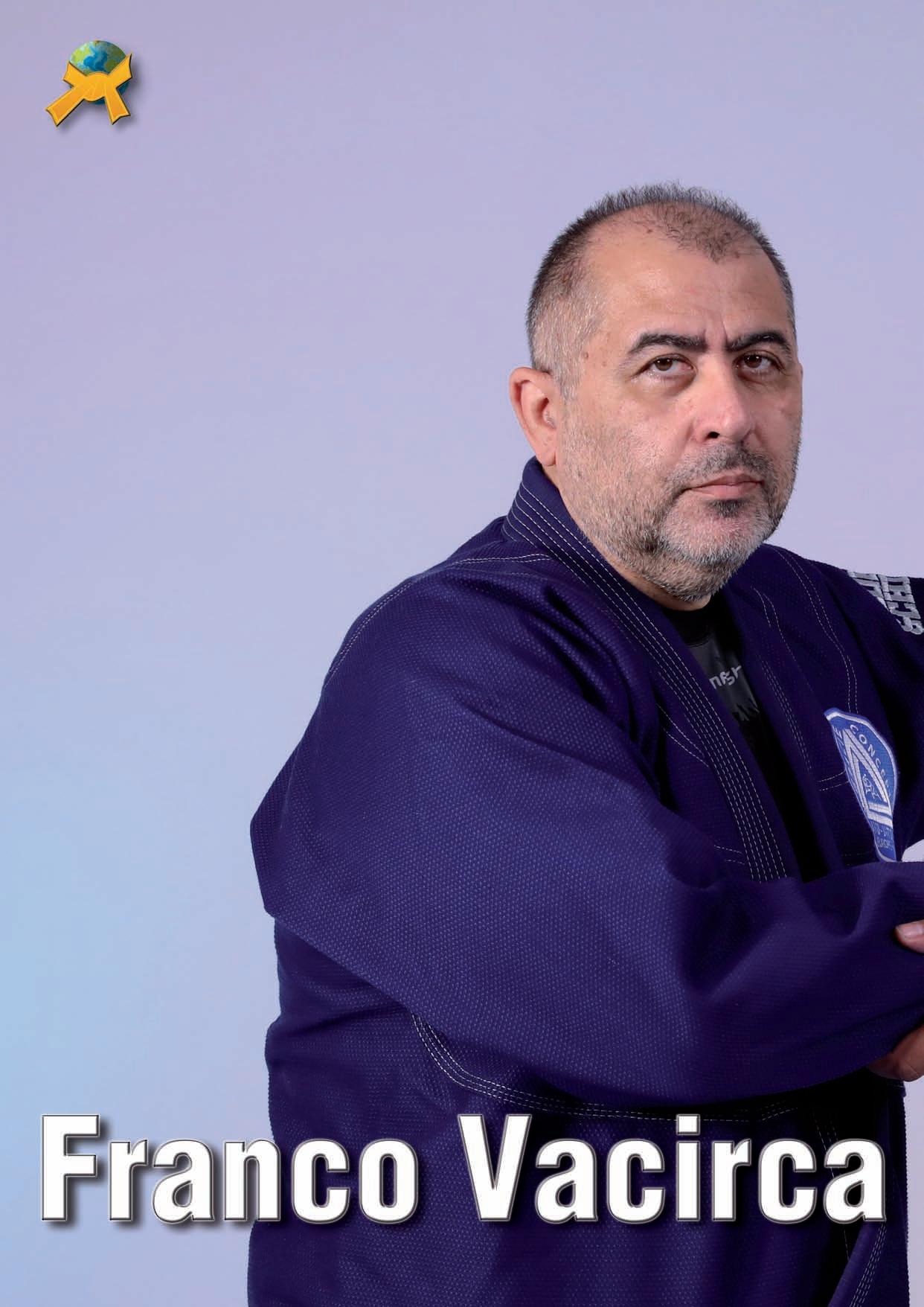
5. In the event of experiencing discomfort during training, it is imperative to promptly communicate this to both the training partner and the trainer. It is imperative that individuals engaged in training exercises possess both mental and physical fitness. It is also important to consider the responsibility that you have towards your training partner. It is essential that both parties can train comfortably and in a safe environment.
6. If the technique is not fully comprehended, it is advisable to request further clarification from the trainer. It is the trainer's responsibility to ensure that the technique is properly understood and to provide guidance on how to perform it correctly. His presence in the Dojo is not intended to be a source of entertainment. While the lesson may be enjoyable, we maintain a realistic approach.
7. One should take the complete technique and divide it into smaller units, analogous to the way one would slice a pizza. This approach allows for a more gradual and manageable acquisition of the technique's components. It is recommended that the learning process be approached in a methodical manner, with each component of the technique being broken down into smaller units. This allows for a more thorough understanding of the material and ensures that each component is fully comprehended before moving on to the next. If you have fully comprehended the material, you may proceed to attempt the technique in a single, fluid movement, akin to the fluidity of water.
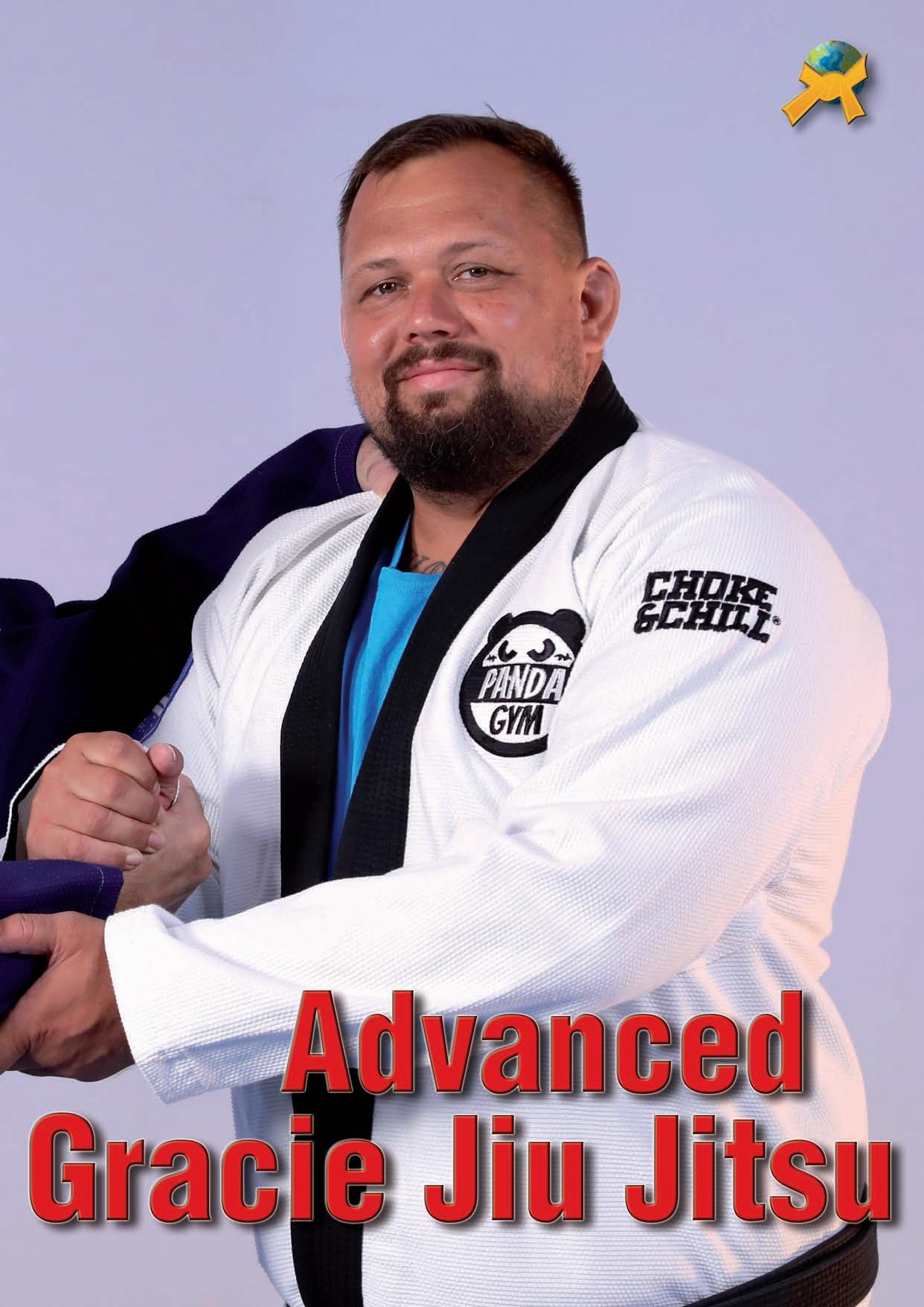
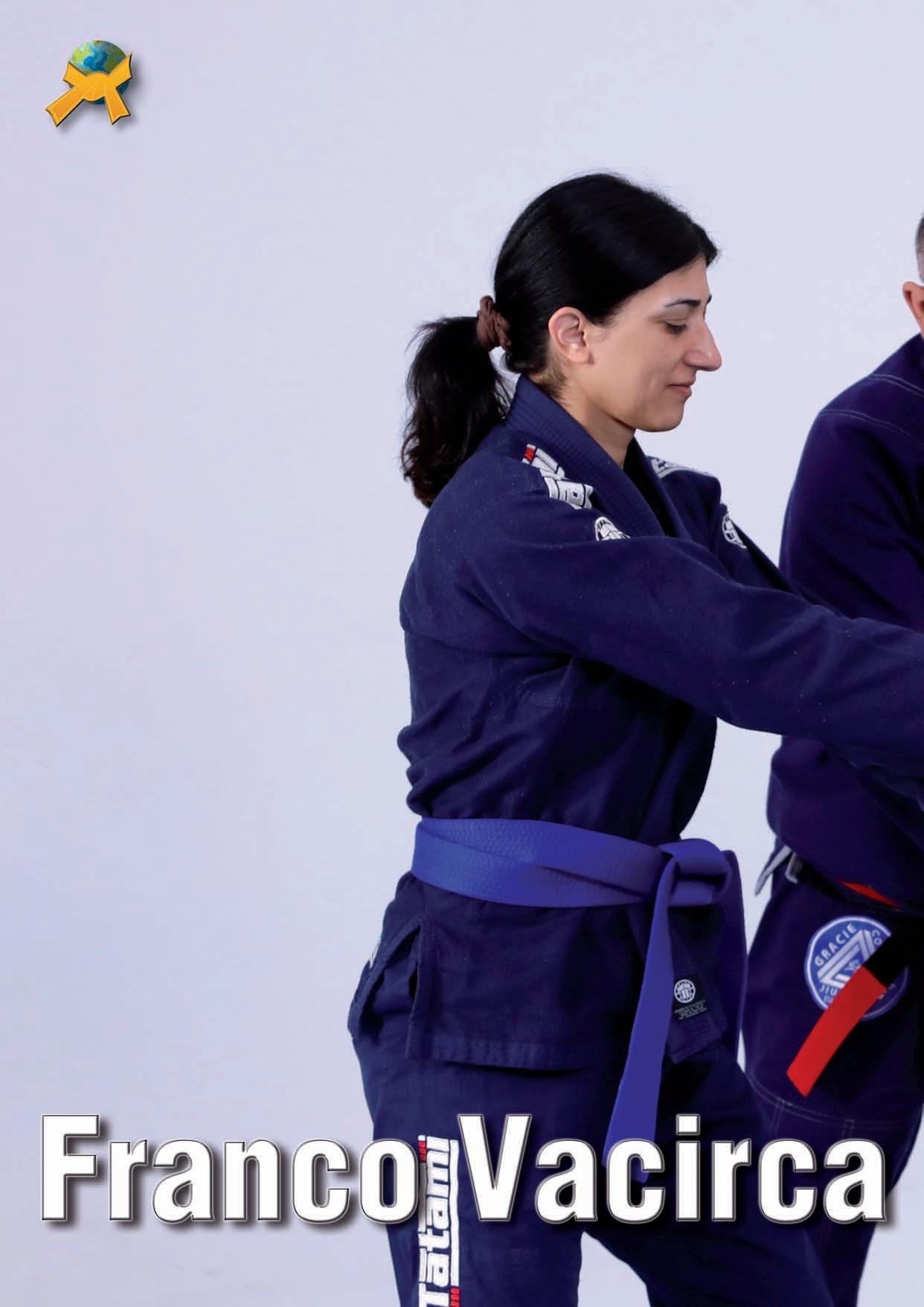
by Franco Vacirca…
In recent years, I have endeavored to examine the Gracie Concepts® program with a view to ensuring that our teaching, techniques, and tactics align with the requirements of a “modern warrior”. Modern warriors must compete with the demands of the present era in a manner that differs from that of their predecessors and the educators who prepared them. The contemporary social milieu is markedly more intricate, and the legal framework must be considered, given that a considerable number of individuals receive training with the objective of safeguarding themselves in a variety of professional contexts (e.g., law enforcement, military, and private security).
I am honored to share that our inaugural collaboration with law enforcement commenced in 1995, when my esteemed colleague and black belt instructor, Andre Stock, and his team approached me to engage in training. This was the inaugural collaboration between the SEK Magdeburg and the Vacirca Academy in Zurich. Andre established one of the most distinguished Gracie Jiu-Jitsu academies in Germany, known as “Dino Team BJJ Magdeburg”. Subsequently, numerous additional training and exchange opportunities have been undertaken with members of various groups, with a consistent interest in learning from them.
“In recent years, I have endeavored to examine the Gracie Concepts® program with a view to ensuring that our teaching, techniques, and tactics align with the requirements of a “modern warrior”. Modern warriors must compete with the demands of the present era in a manner that differs from that of their predecessors and the educators who prepared them.”
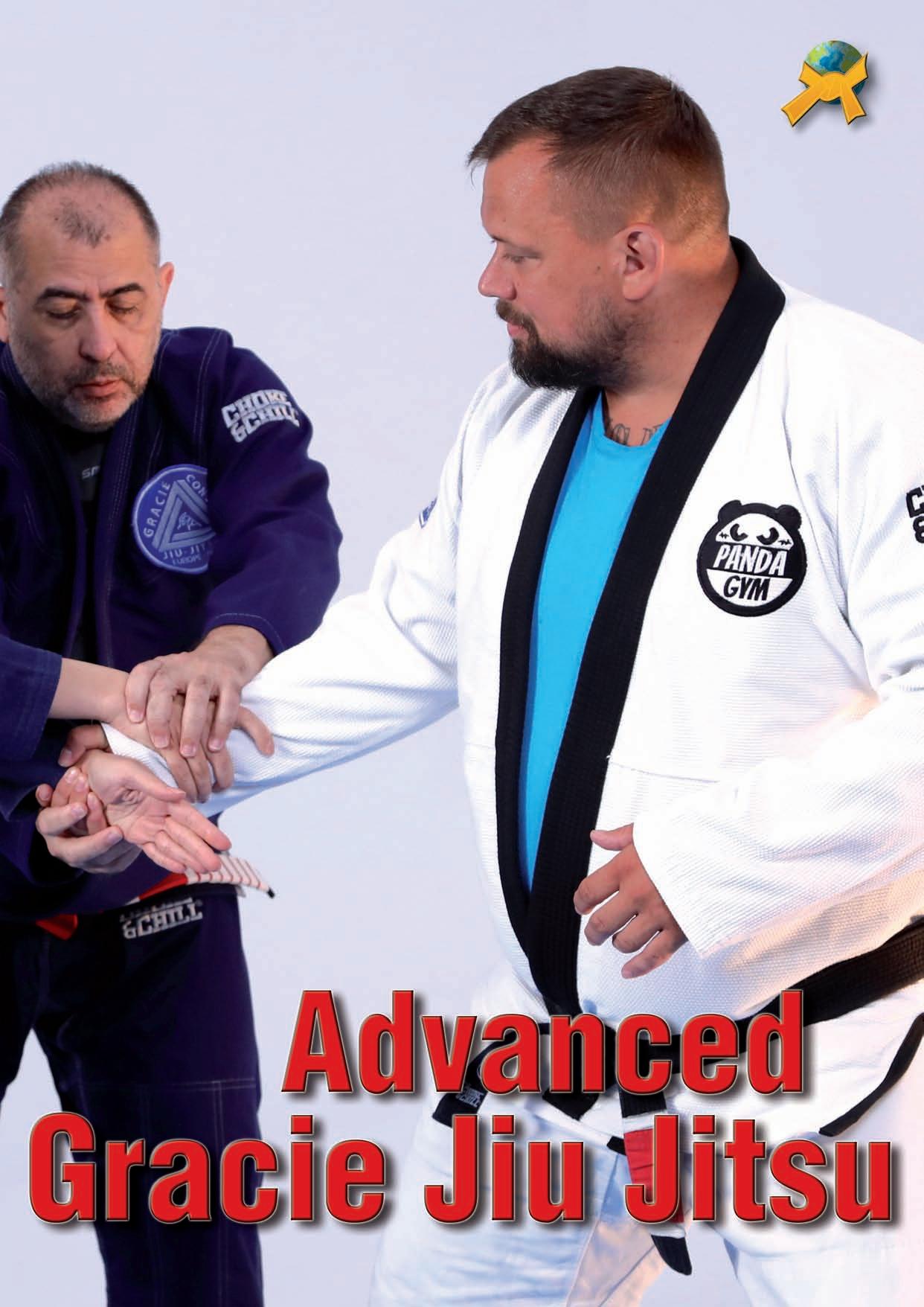
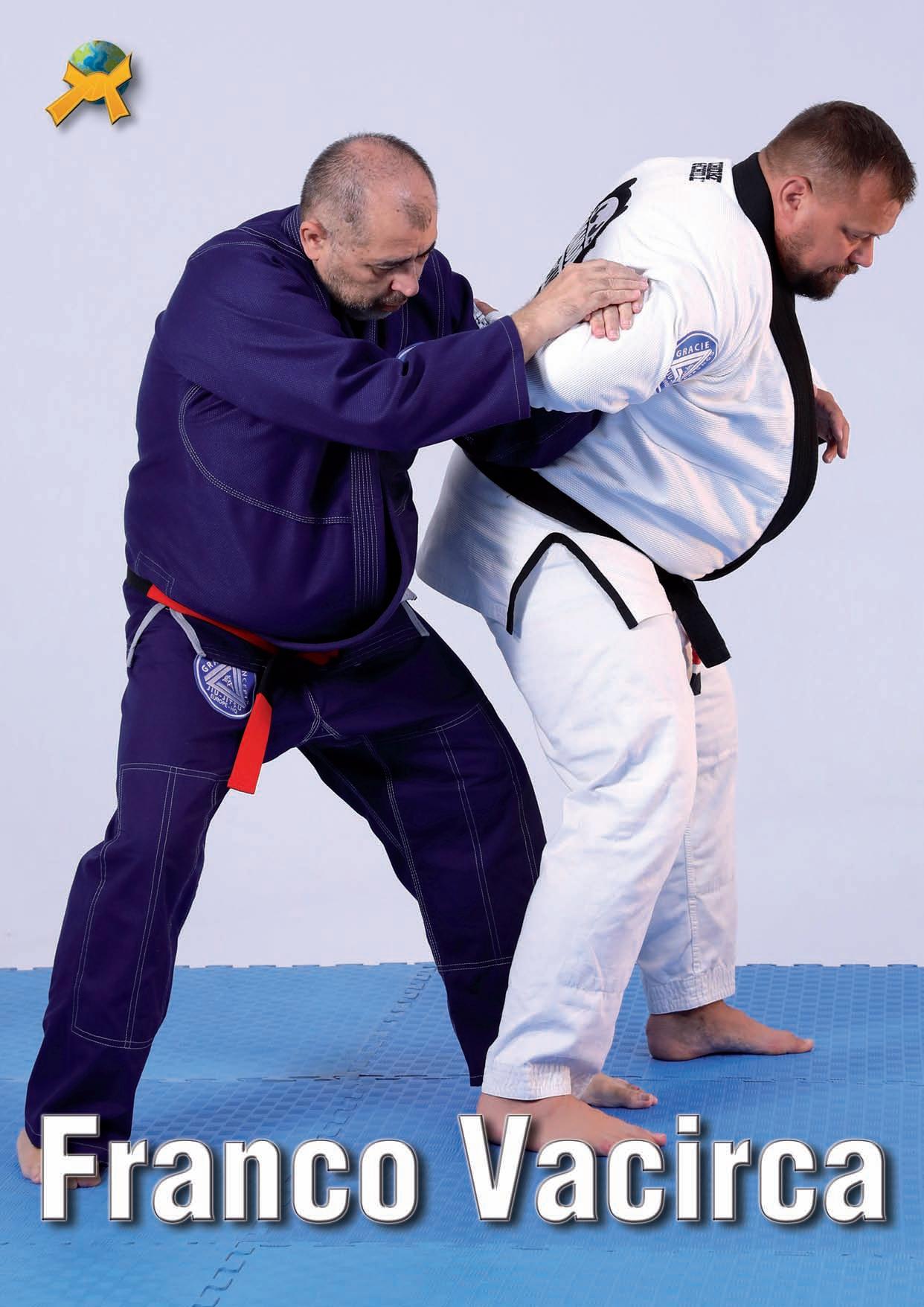
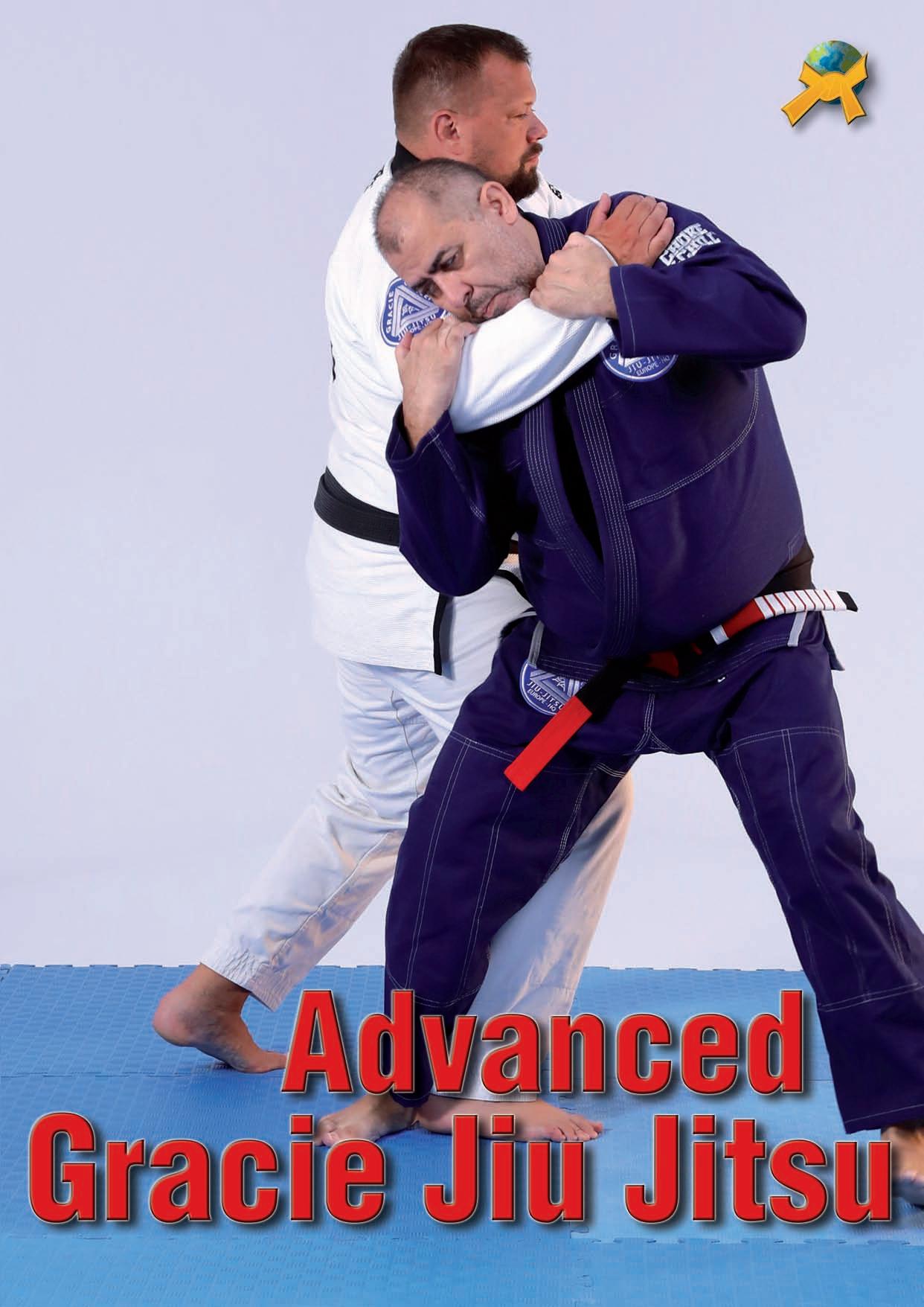
The Gracie Concepts® curriculum includes instruction on how to respond to an armed attacker, in accordance with the teachings of “Professor Pedro”. This section has already been presented in our most recent DVD production. This DVD demonstrates the application of Jiu-Jitsu in response to a variety of common street attacks. The practice of Jiu-Jitsu is designed to address and resolve a range of issues. Gracie Jiu-Jitsu does not employ techniques with a weapon, as would be the case in an “old” Jiu-Jitsu/JuJutsu system. Rather, it is a purely hand-to-hand combat system. The techniques of Jiu-Jitsu capitalize on the natural dynamics and physiological weaknesses of the human body, thereby conferring an advantage to the practitioner. In this sense, Jiu-Jitsu is an art and science that may require several years of dedicated study and practice to fully master, with a deep understanding of its principles. Nevertheless, the focus is not on the sheer number of techniques. The focus is on the quality of the connection between the practitioner and the system, and vice versa.
The efficacy of Jiu-Jitsu can be attributed to its utilization of analogous or identical principles across diverse domains of hand-tohand combat. In close-range combat, which is the specialty of Gracie JiuJitsu, the connection and control are of paramount importance. It is essential to continually train the three fundamental principles (control, which is sometimes referred to as patience, timing, and precision) in all techniques. The appropriate application of a technique will reinforce the efficacy of a tactic, and vice versa.
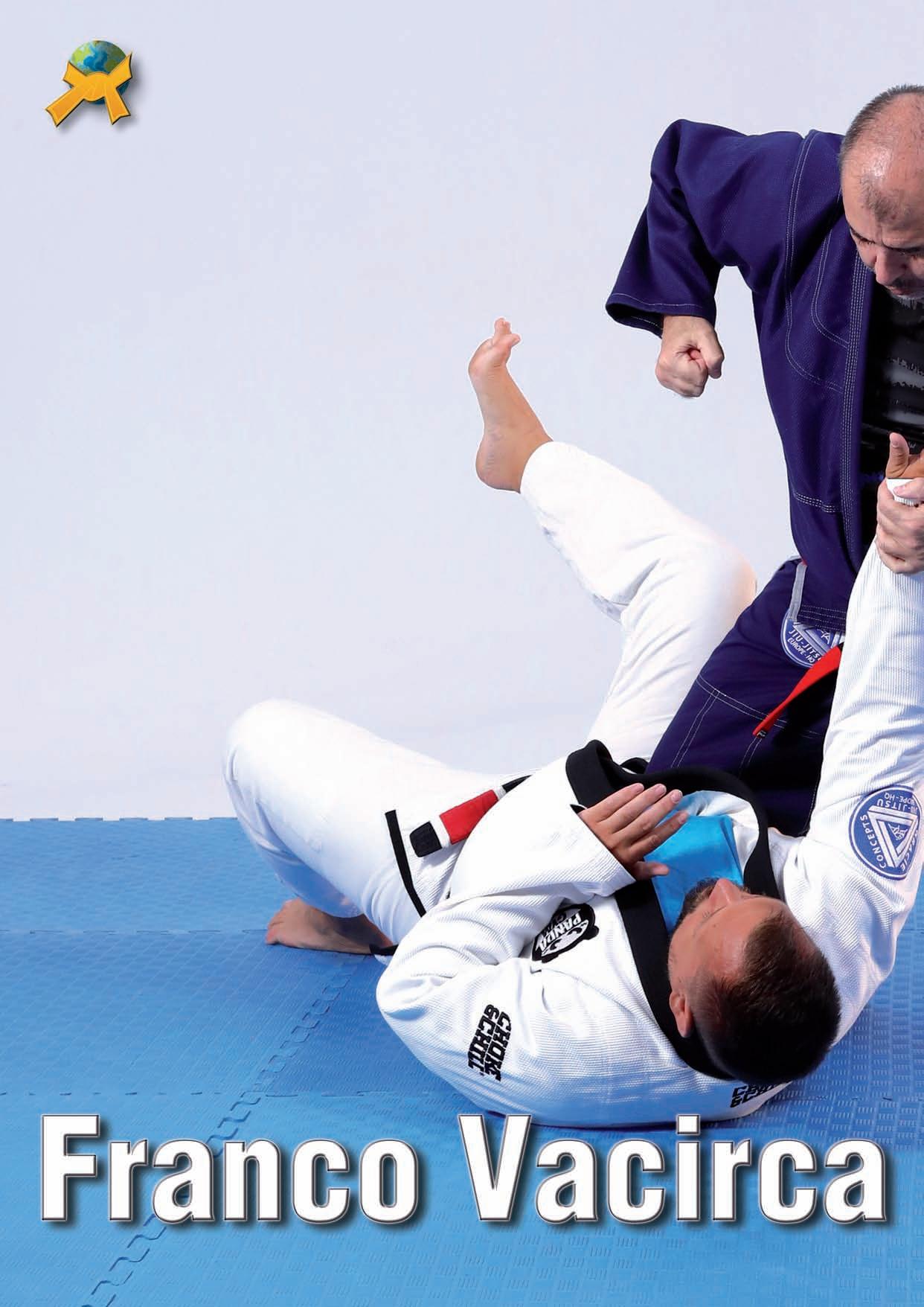
The growing popularity of Brazilian Jiu-Jitsu can be attributed to its increasing visibility in various forms of media, including film and television, as well as in the global MMA scene. However, a significant issue is the prevalence of unqualified instructors teaching BJJ and establishing academies without the requisite qualifications. In addition, the lack of an appropriate curriculum and program is a significant issue.
The Gracie Concepts® approach is, in fact, a program that can be adapted to accommodate individuals of varying age groups, from children to the elderly, without imposing any restrictions on the minimum age for participation. The system is designed with a focus on health and well-being, rather than solely on competition. Despite the presence of numerous accomplished athletes within our ranks, there is no obligation to engage in competitive events to demonstrate one's abilities.
By engaging in a well-designed and appropriate training program, individuals can expect to observe tangible benefits in terms of their overall health and well-being. The practice of Jiu-Jitsu teaches correct posture, assists in weight loss and weight maintenance, strengthens muscles, provides self-control and self-confidence, and even spiritual fulfillment. This is achieved by demonstrating how principles utilized in Jiu-Jitsu can be applied in daily life.
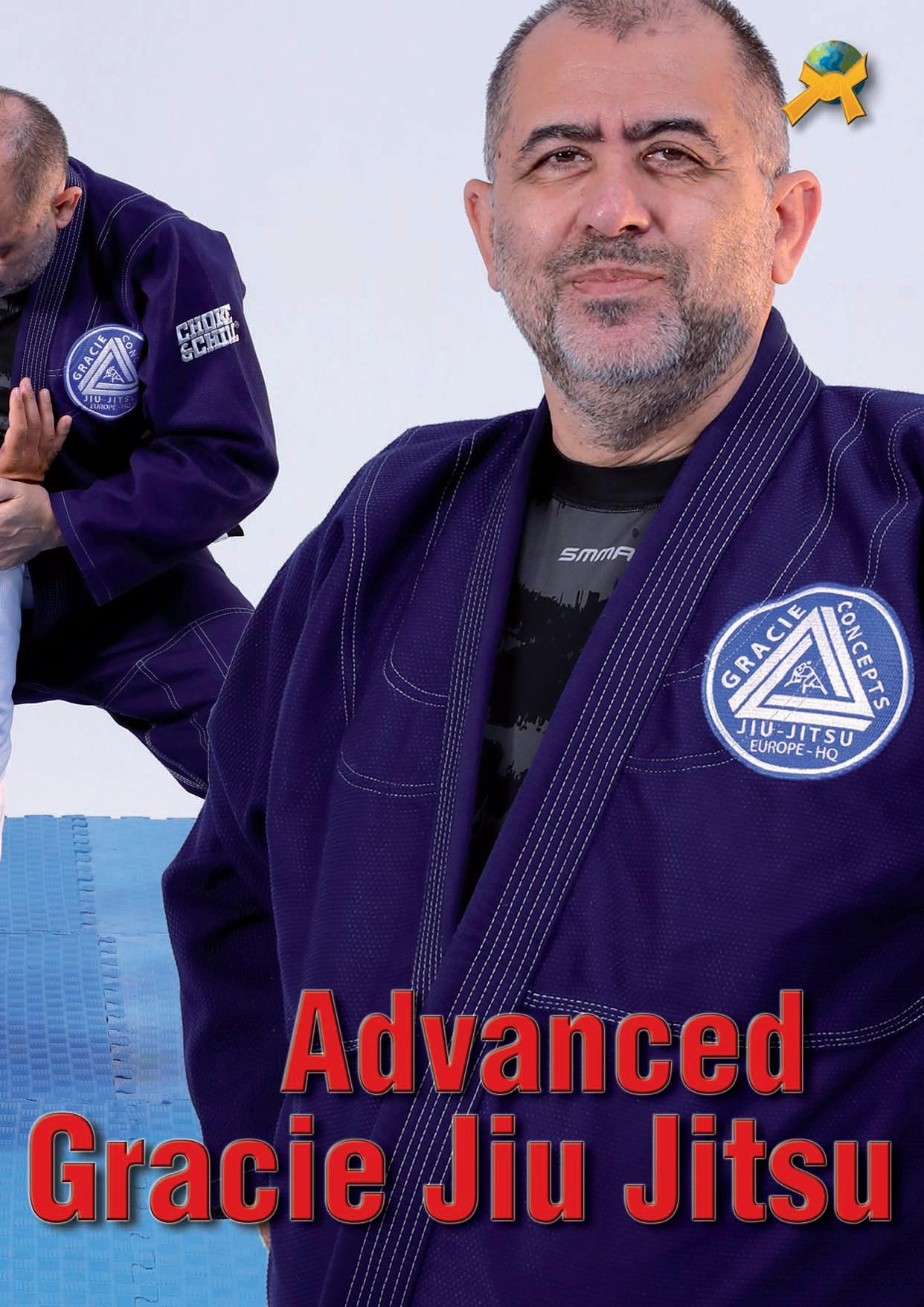
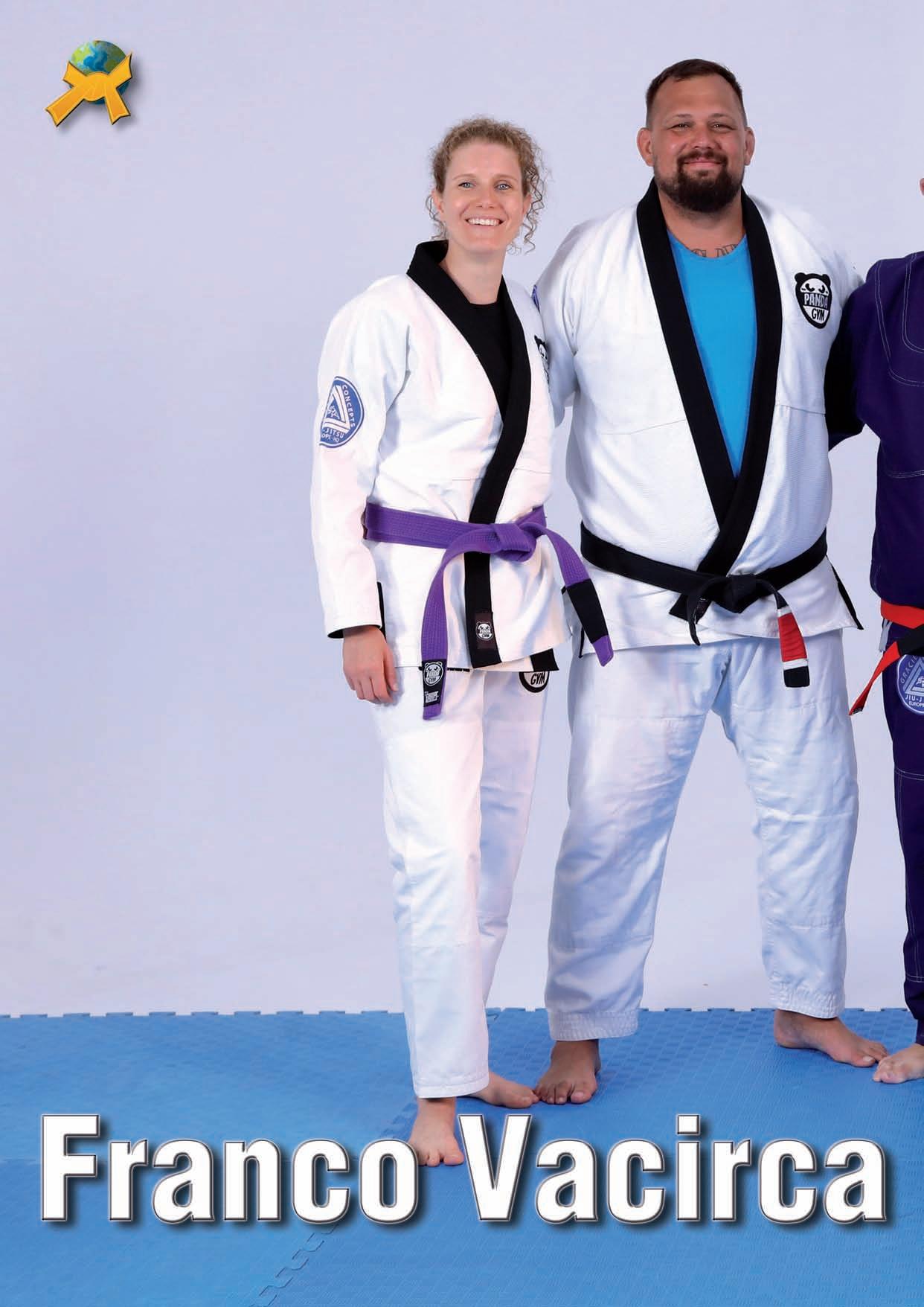
Thanking every one that has been with us for all this time…
I would be remiss if I did not also express my profound gratitude to all those who have assisted me in the creation and production of the Gracie Concepts DVD series by Budo International. I am indebted to my brother Demetrio, Alfredo Tucci, and the aforementioned “bad boys”, namely Ricardo Diez (Gandia, Valencia), Grigori Winizki (Leipzig, Germany), Gregor Bytomski (Öhringen, Germany), and the Spanidis brothers, Nikos and Vasilis (Kalamata, Greece).
www.graciejiujitsu.eu
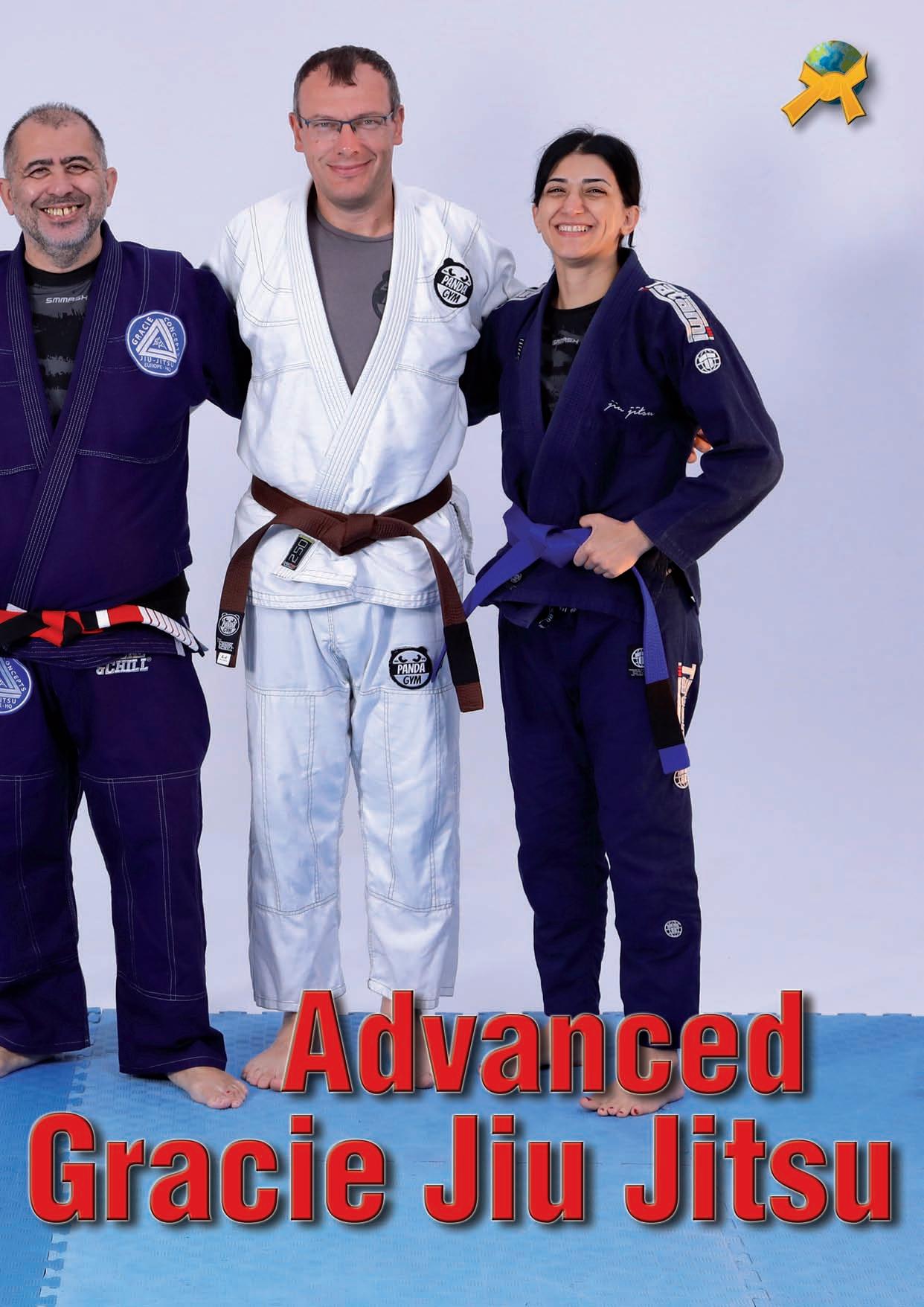
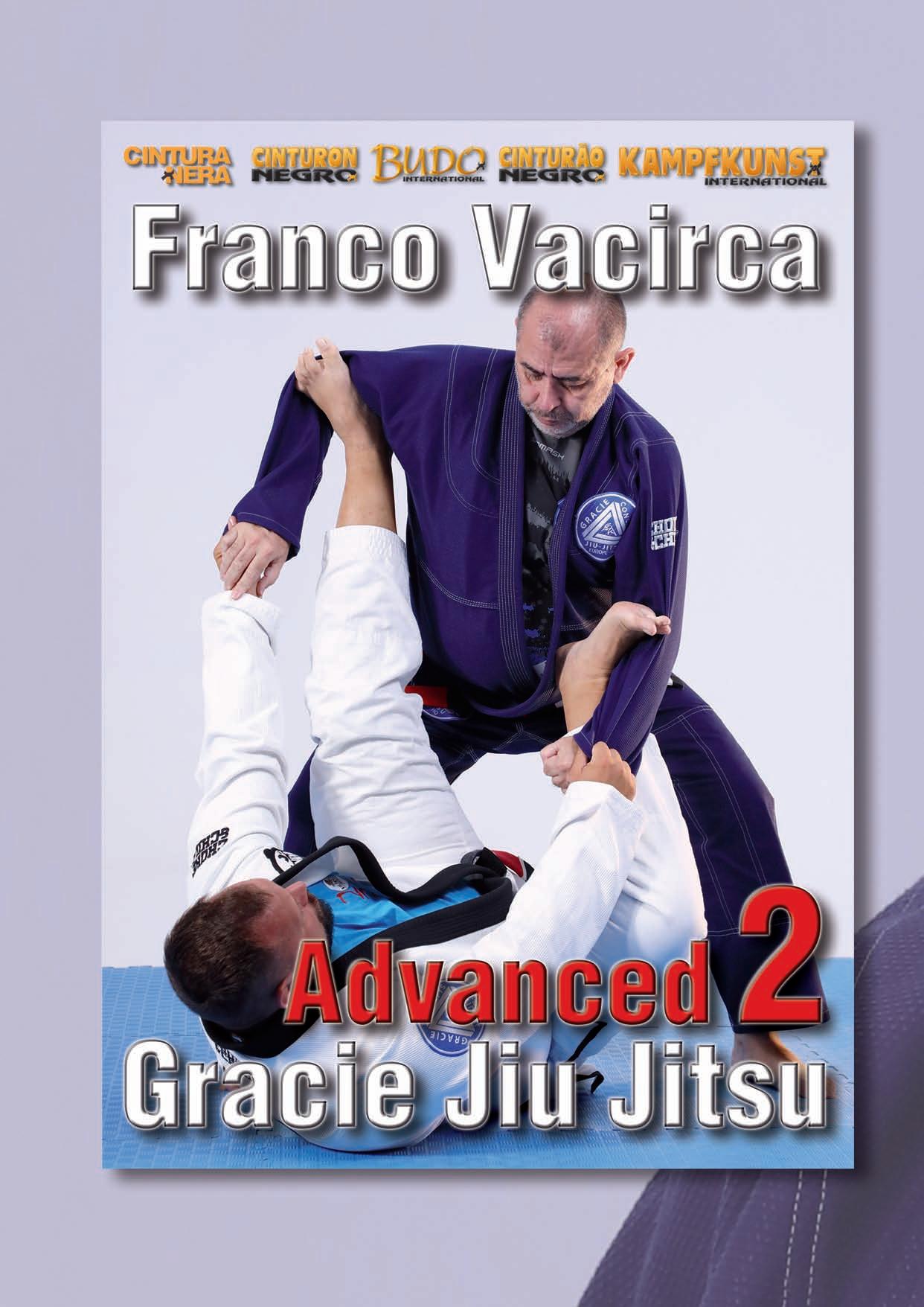
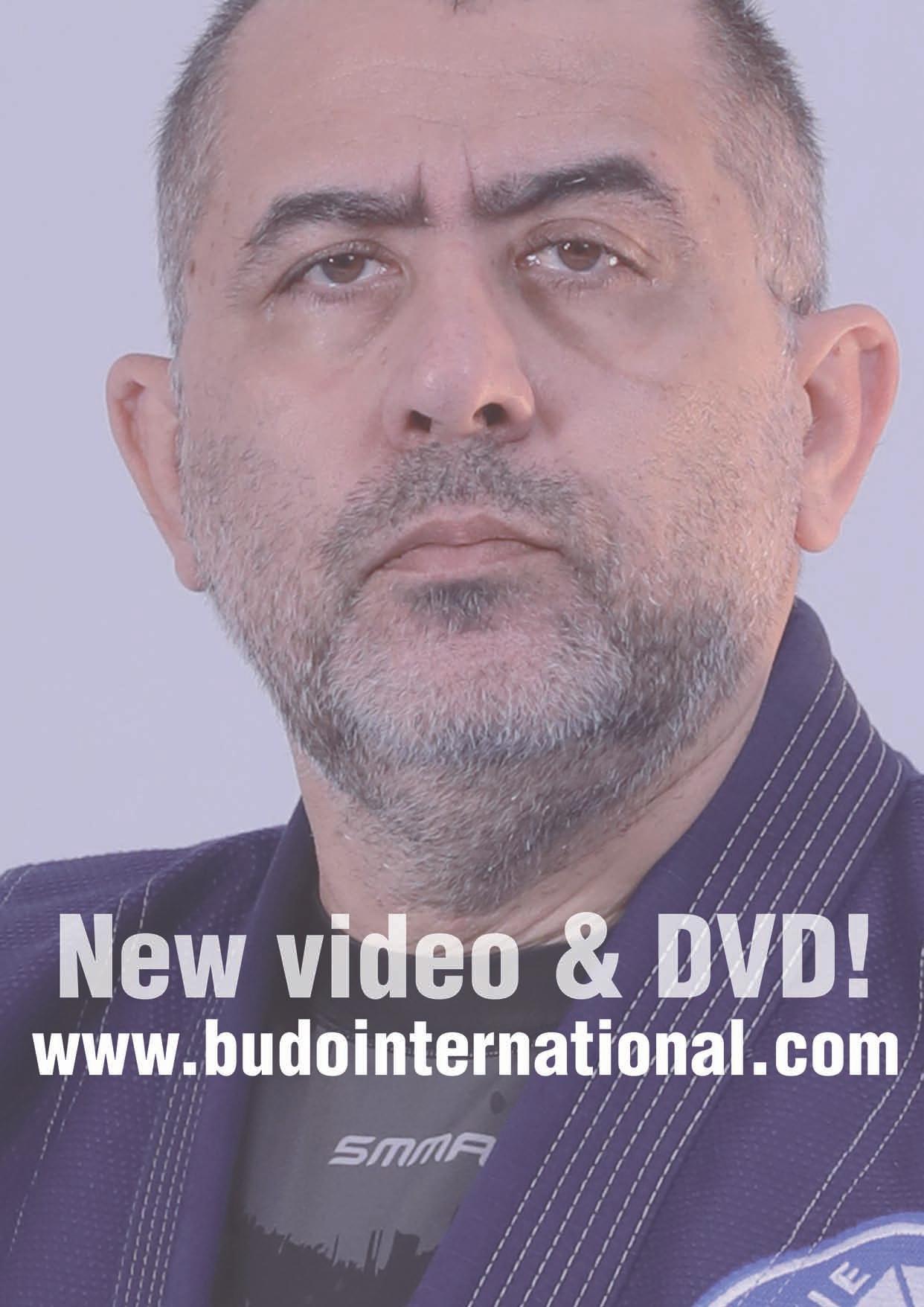
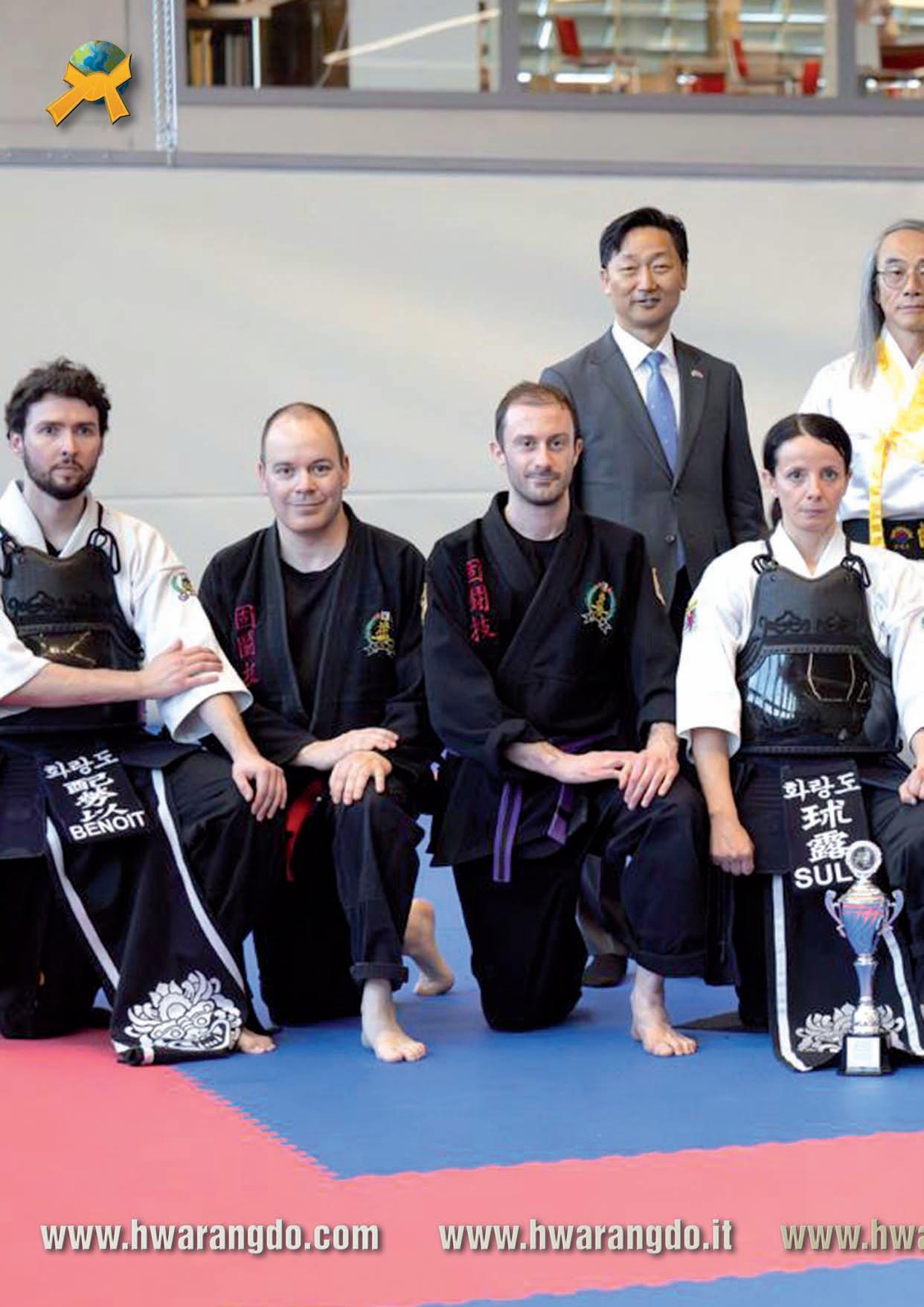
“His Royal Highness Prince Louis of Luxembourg, the third son of Their Royal Highnesses Grand Duke Henri and Grand Duchess Maria Teresa, reaffirmed his deep and enduring commitment to the martial arts community with his presence at the 65th Hwa Rang Do® World Championships”
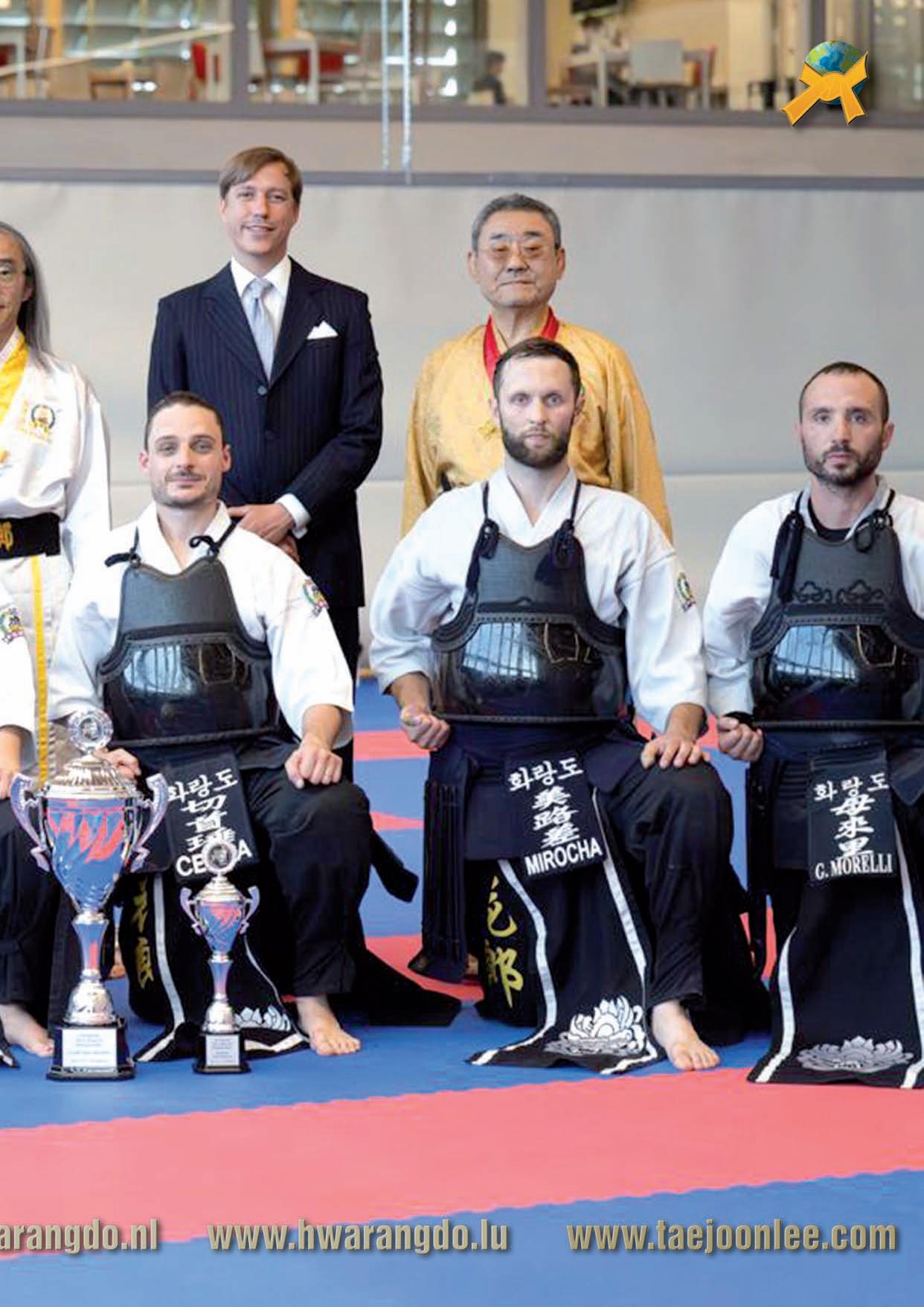
Attends World Championships in Strassen Attends World Championships in Strassen
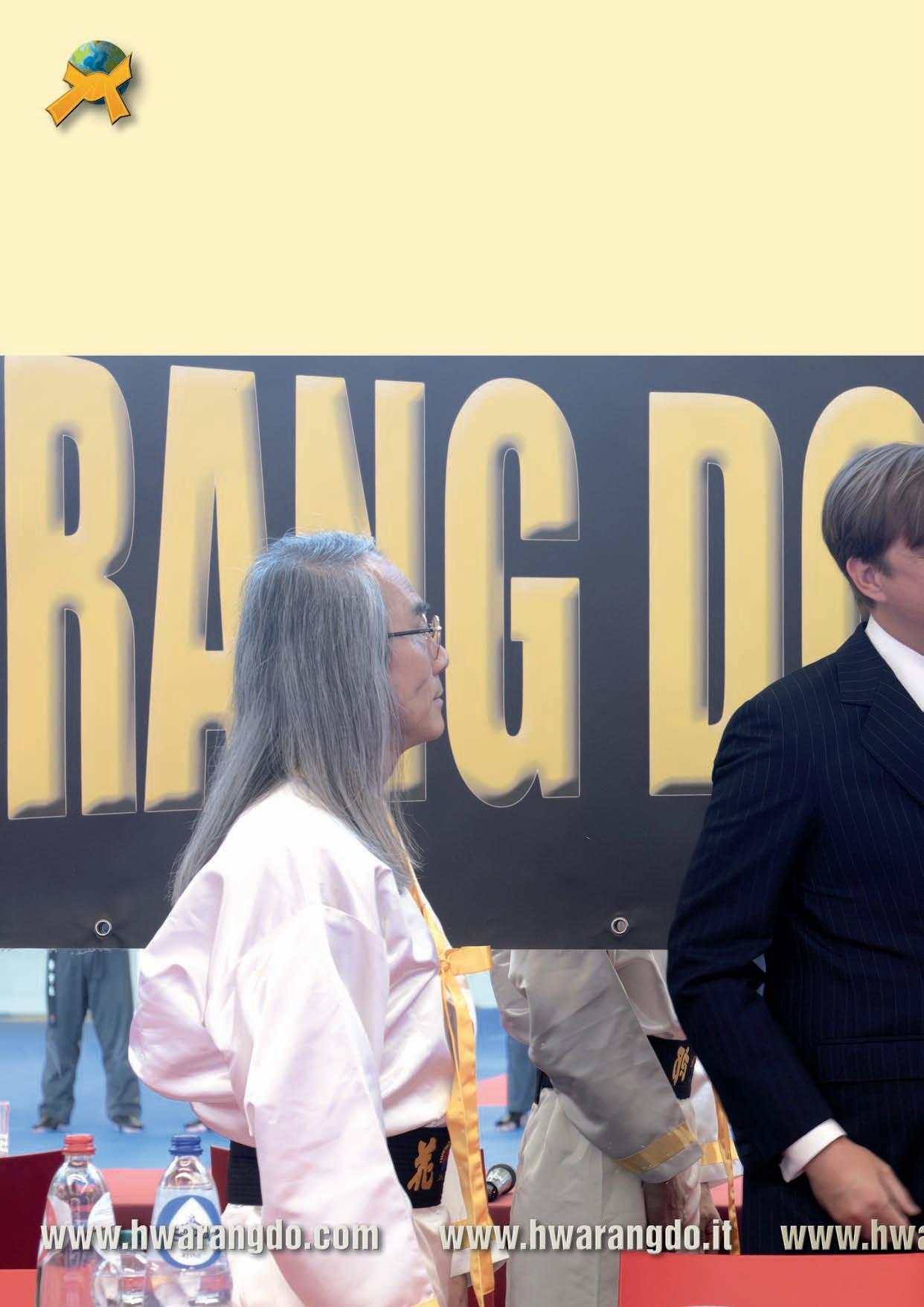
Prince Louis of Luxembourg Attends the 65th Hwa Rang Do® World Championships in Strassen
His Royal Highness Prince Louis of Luxembourg, the third son of Their Royal Highnesses Grand Duke Henri and Grand Duchess Maria Teresa, reaffirmed his deep and enduring commitment to the martial arts community with his presence at the 65th Hwa Rang Do® World Championships, held from 28 June to 5 July 2025 at the National Martial Arts Hall in Strassen, Luxembourg. Serving as Royal Patron of the Luxembourg Martial Arts Federation (Fédération Luxembourgeoise des Arts Martiaux, FLAM) since 2010, Prince Louis has
long championed the values of discipline, respect, and perseverance that martial arts embody. His attendance not only highlighted Luxembourg’s rising stature on the international martial arts stage but also lent profound encouragement to athletes and spectators alike. Throughout the championship, the Prince’s presence shone as a beacon of national pride and cultural unity, culminating in a breathtaking final showdown that carved its place in the annals of martial arts history.
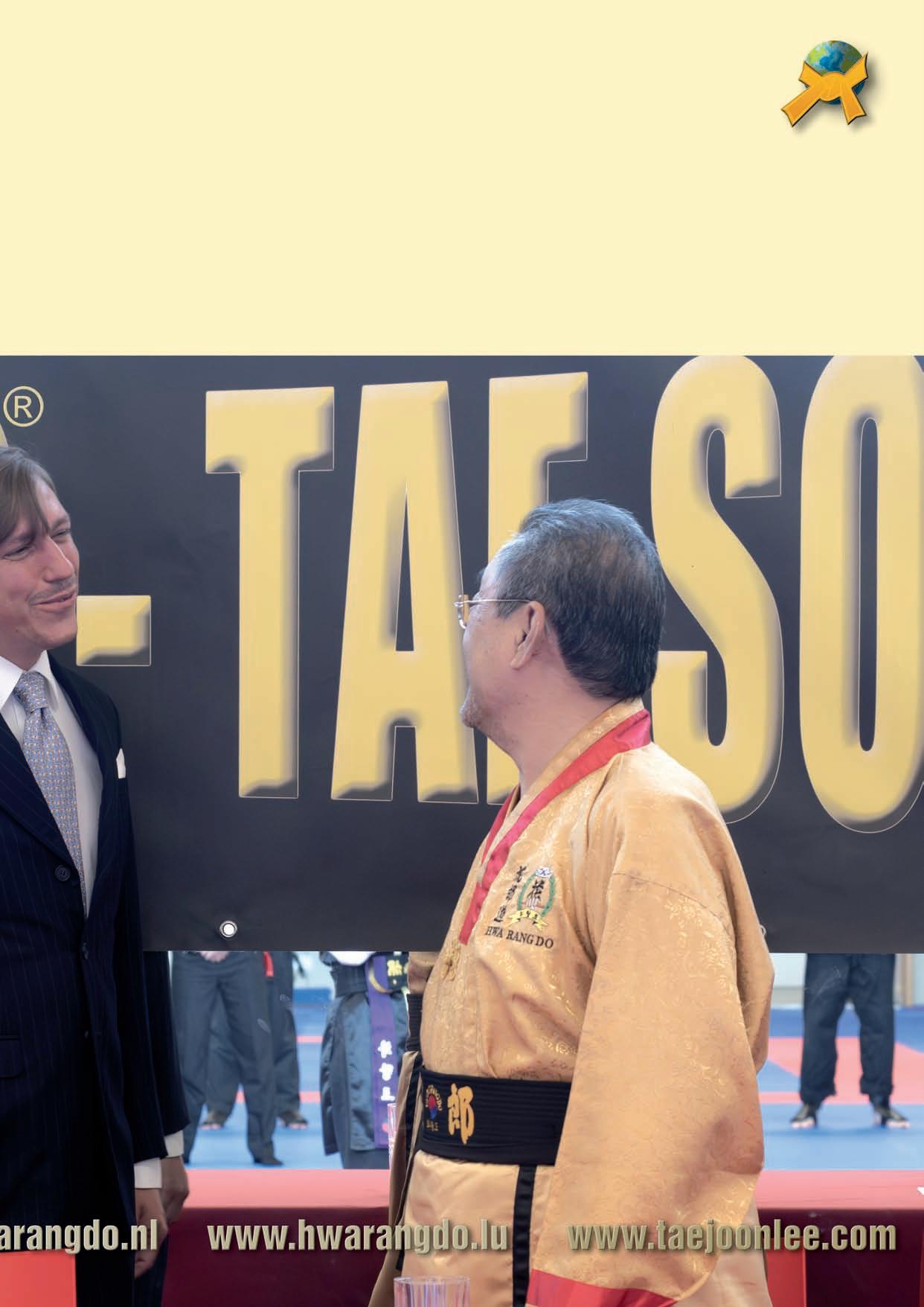
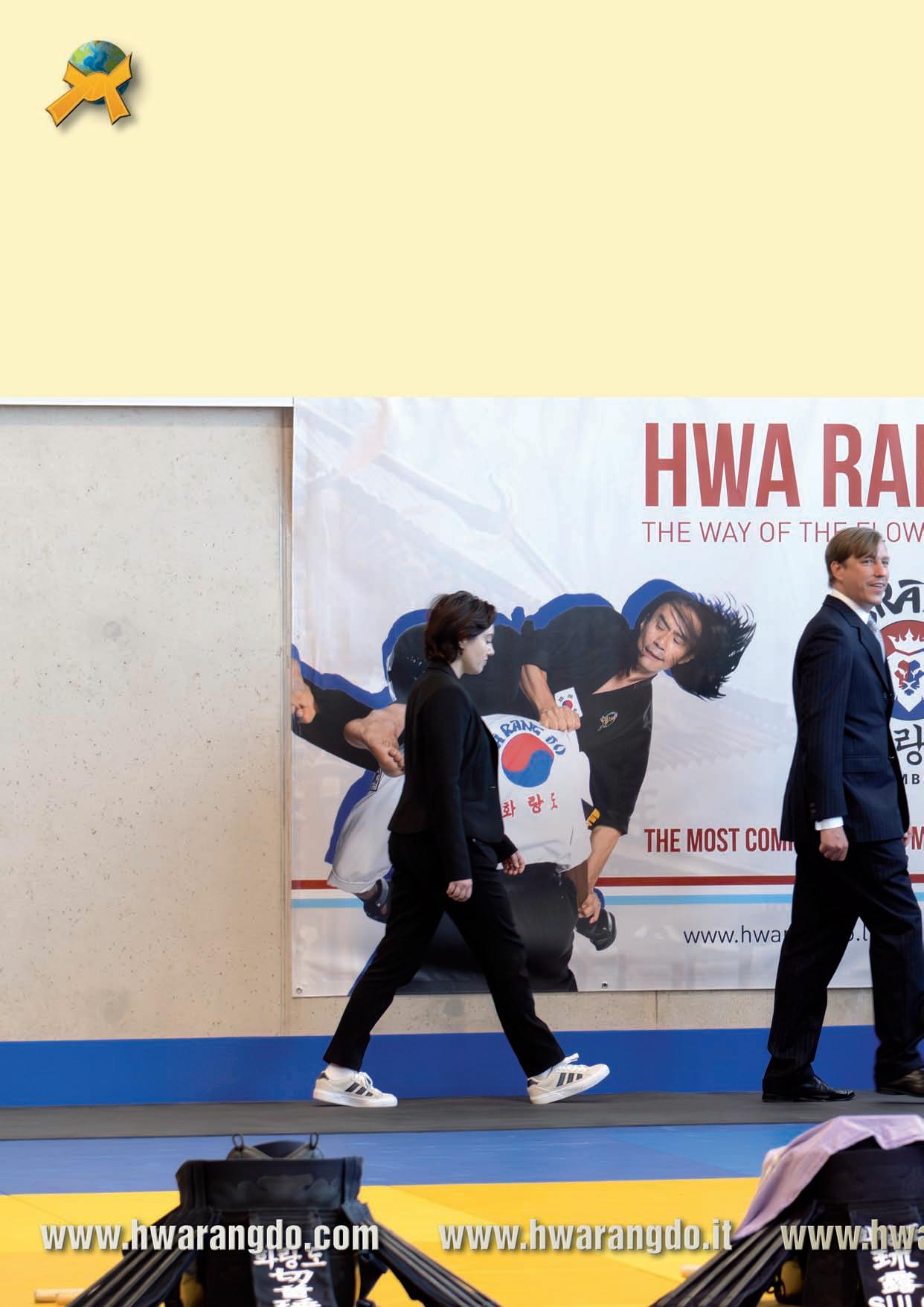
The championship’s climax unfolded during the black sash finals and the national team face-off between Luxembourg and Genoa, Italy on 30 June 2025 at 17:00. As defending champions, the Luxembourg team entered the arena to a thunderous ovation, their presence bolstered by a distinguished audience. Among those in attendance were His Royal Highness Prince Louis of Luxembourg, Mr. Jhong Sung-Won, Consul of the Republic of Korea, and Monsieur Nico Christmann, President of FLAM and of course the Founder of Hwa Rang Do Supreme Grandmaster Dr. Joo Bang Lee, and his son Grandmaster Taejoon Lee. Their presence reinforced both the international prestige and cultural significance of the occasion.
The stage was set for a showdown that would test not only strength and skill, but also heart and resilience.
The World Team Championship format in Hwa Rang Do is designed to test the full spectrum of martial arts mastery, combining striking, grappling, and weapon combat into a single decathlon of skill. Each national team fields its best competitors across three distinct categories:
oFighters engage in controlled striking bouts using punches, kicks, blocks and takedowns.
oMatches consist of continuous rounds scored on effective clean techniques, level of difficulty of the techniques executed, aggressiveness, and dominance of the match.
oA unique feature of the format is the quick submission rule. After executing a takedown, the competitor is given a five-second window to secure a submission. If the attempt is unsuccessful within that time, both athletes are brought back to a standing position and the match resumes.
oThe team with the greater number of individual victories secures the round.
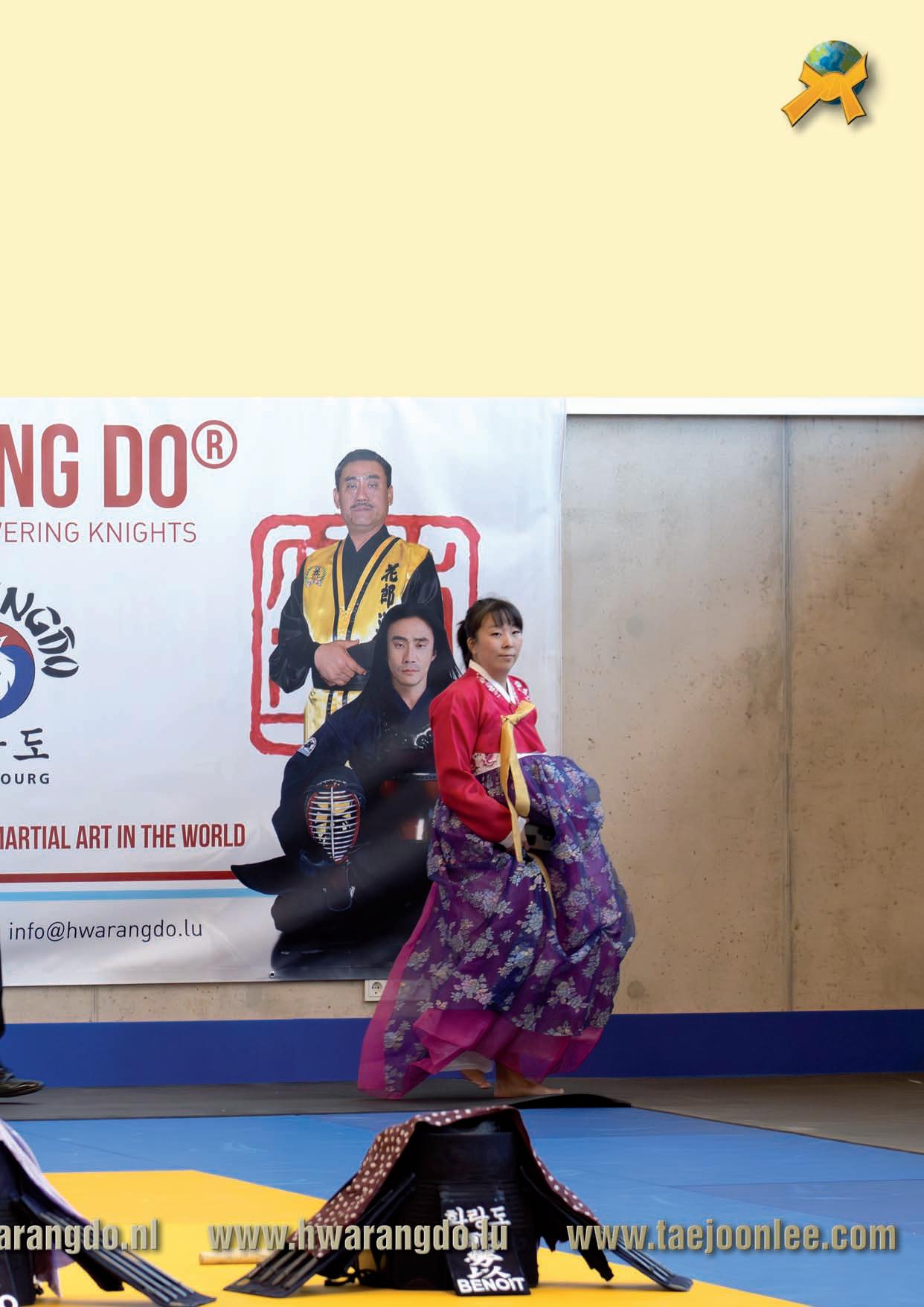
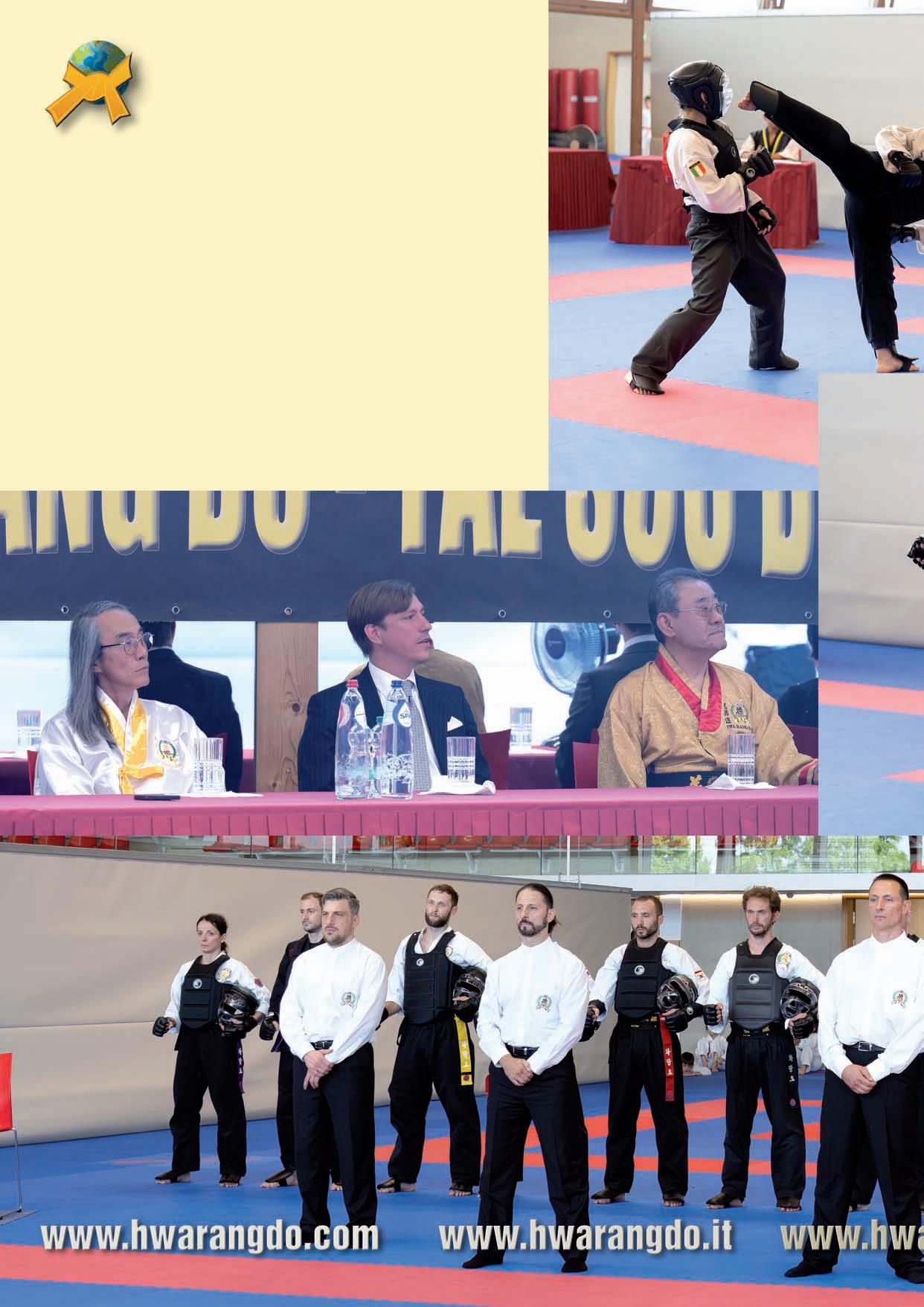
oA contest of throws, takedowns, pins, and submissions.
oThe match is fought in a continuous round, with victory awarded either by successful submission or, if no submission occurs, to the competitor who demonstrates superior control, dominance, and technical precision.
oThe team achieving the most match victories claims this round.
oThe most dramatic and decisive stage, involving combat with traditional weapons such as the long staff, twin batons (Bongtoogi), and long sword, twin swords (Gumtoogi).
oThe outcome is decided through a series of duels, with points awarded for clean, controlled strikes. Unique to Hwa Rang Do are techniques such as the Hwejun (spinning strikes), which earn two points, and the Mok (throat) stab; all other valid strikes count as one point. The first competitor to reach a total of three points is declared the winner.
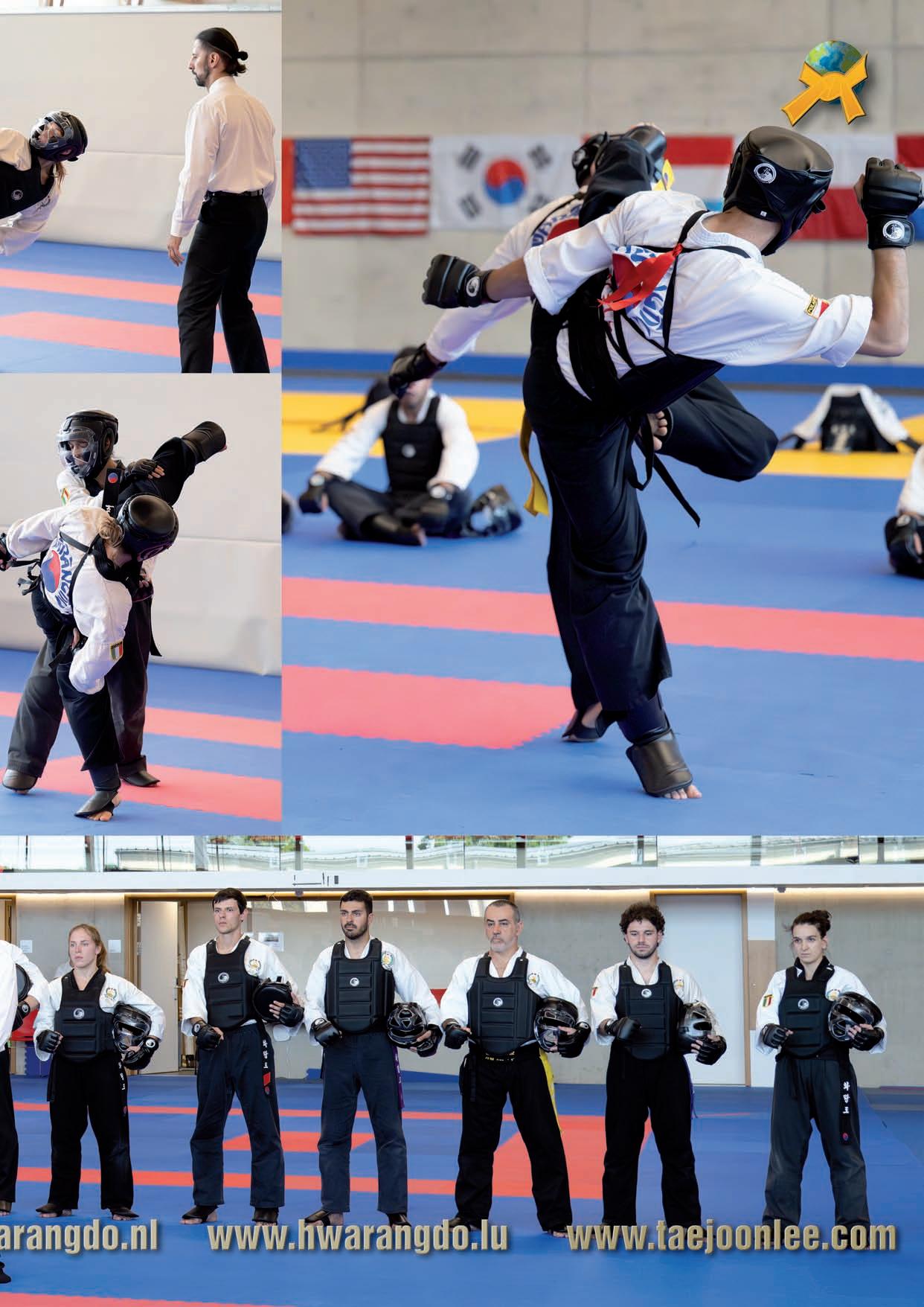
Attends World Championships in Strassen Attends World Championships in Strassen

oIf teams are tied after the first two categories, the weapon duels act as the ultimate tiebreaker. The overall team champion is decided by winning the majority of the three categories. A sweep in any single category adds critical weight, but when results are split, the weapon segment becomes decisive—as it did dramatically in 2025. This structure ensures that no single style dominates and that true champions display versatility, adaptability, and balance across every dimension of martial arts.
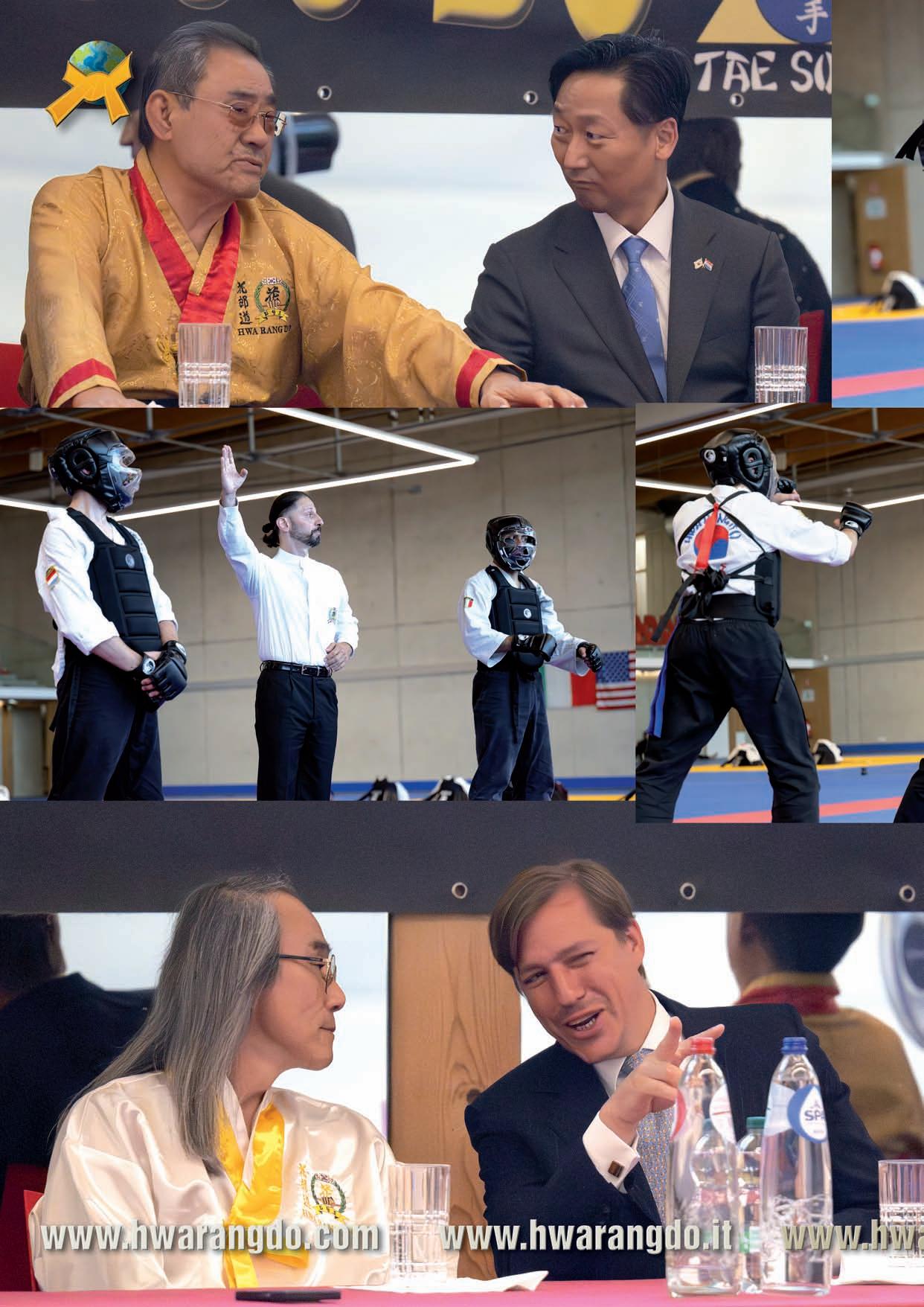
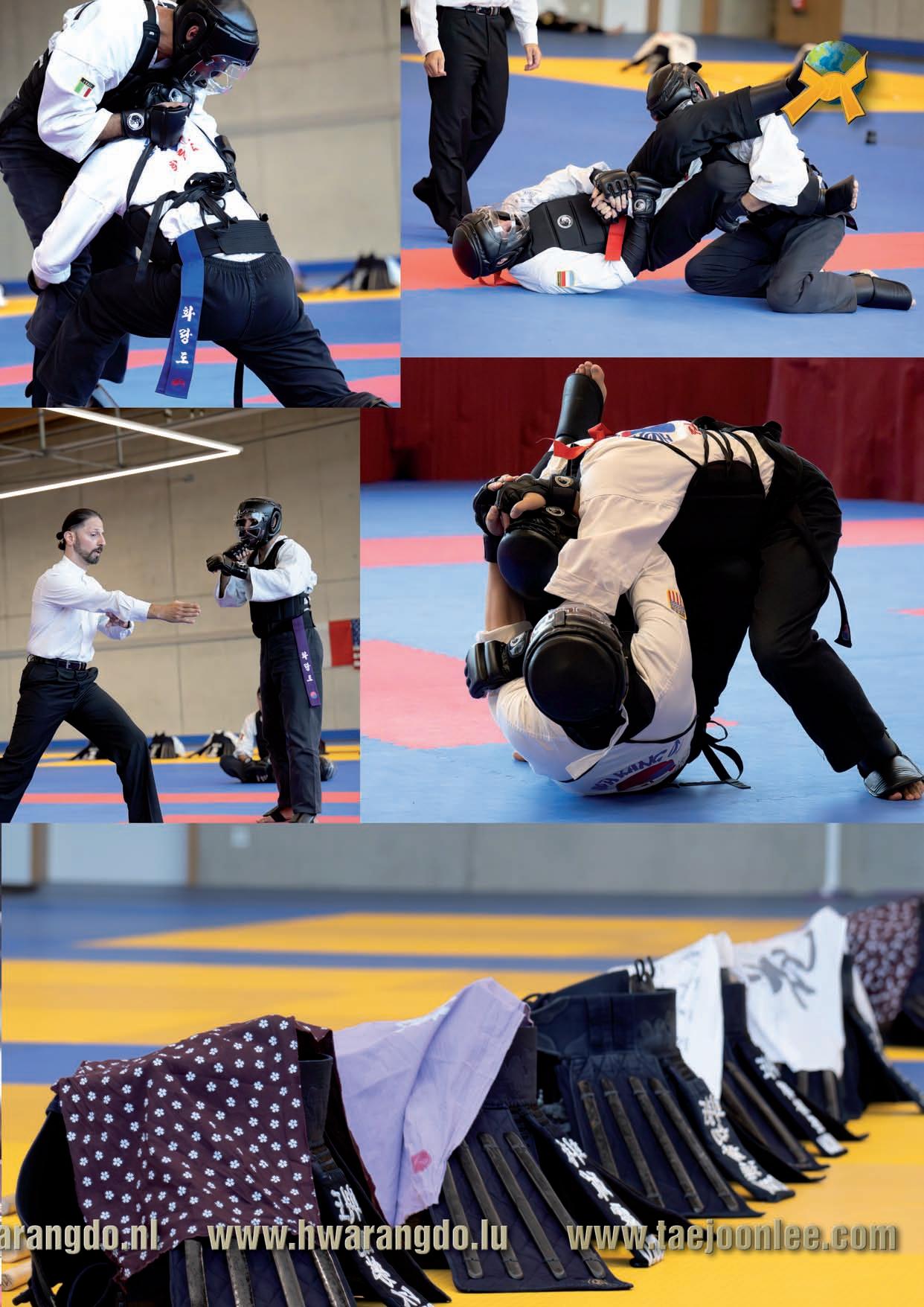
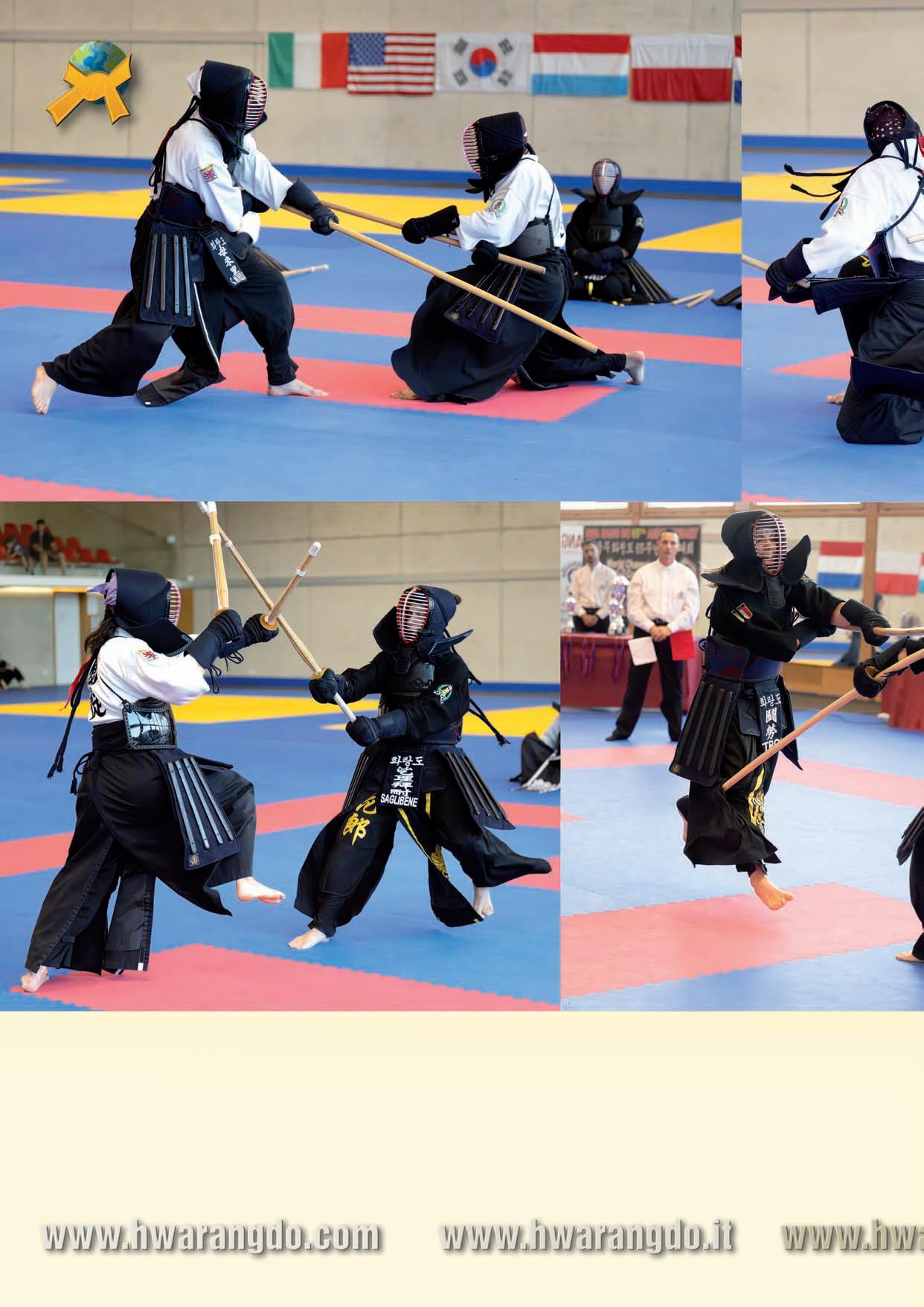
The Recap of the 2025 Team Championships: Round One: Yongtoogi - Stand-Up Fighting
The opening clashes in the stand-up fighting category saw Luxembourg assert early dominance. Fueled by the crowd’s energy and fighting with crisp technique, the home team surged ahead, claiming a 4–1 lead. Every clean strike and decisive movement amplified the roar of the audience, sending a message that the champions were intent on defending their crown.
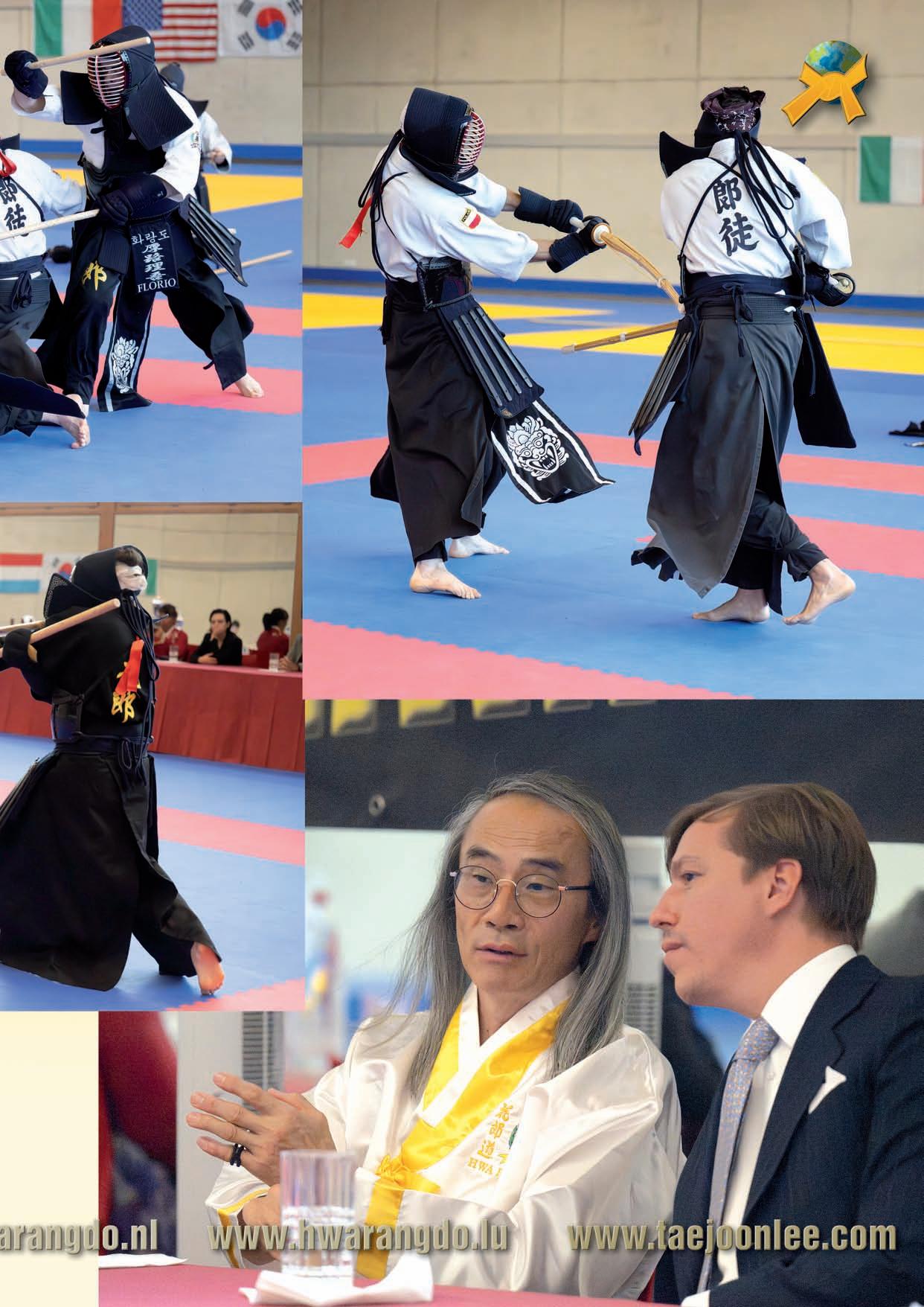

Italy, however, refused to yield. In the grappling event, their athletes displayed masterful control and overwhelming strategy, sweeping Luxembourg with a commanding 5–0 victory. Suddenly, the match was level, and momentum shifted. The atmosphere in the arena grew electric—every spectator knew the title now hinged on the final battleground: weapons combat.

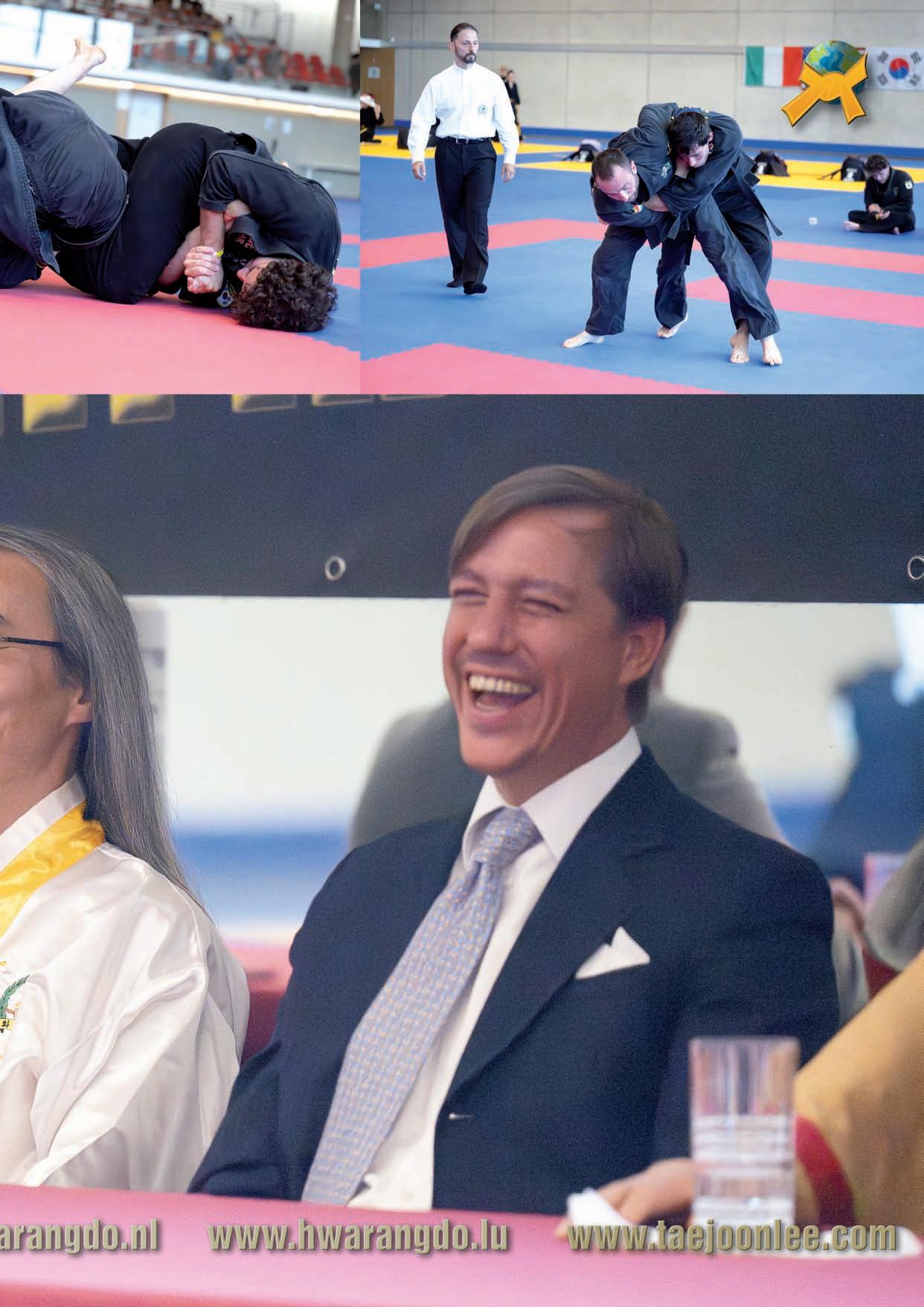
Attends World Championships in Strassen Attends World Championships in Strassen
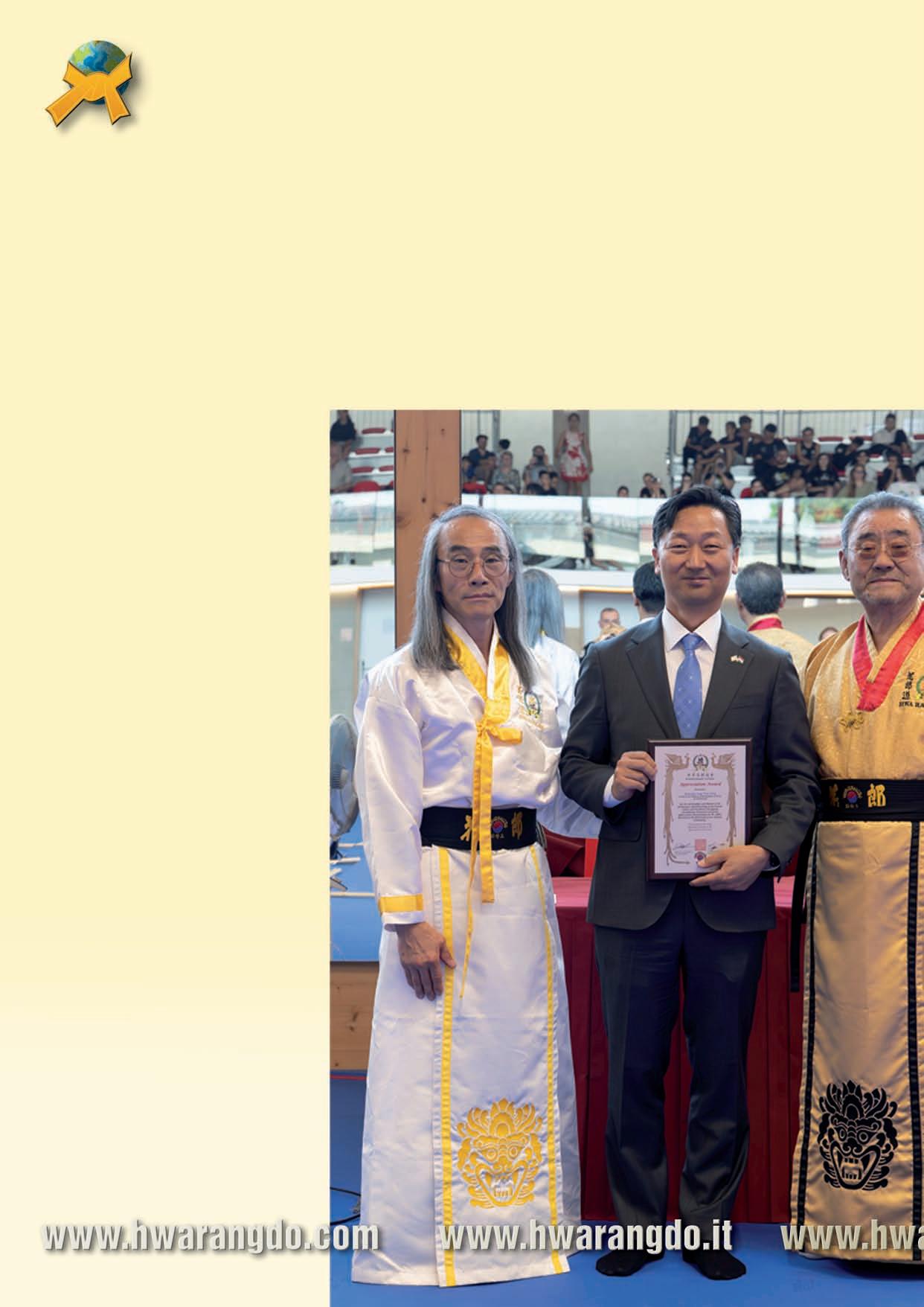
The weapons segment became a duel of wills. Luxembourg struck first, winning the opening duel. Italy roared back, capturing the second and third, placing themselves within one match of the championship. Luxembourg rallied with determination, taking the fourth and tying the score at 2–2. All eyes turned to the fifth and final duel: the long-sword match that would crown a world champion.
The tension was cinematic. Two warriors faced off, bamboo swords raised, ready for combat. Each strike was met with a counter, each feint with a reply. Point for point, they battled until the timer expired in a 2–2 deadlock. The arena fell into silence, knowing a single point in sudden-death overtime would decide everything.
As the final duel was about to resume, His Royal Highness Prince Louis of Luxembourg offered a solemn prayer for guidance and strength. The atmosphere seemed to pause as if the very hand of destiny had intervened. When the fight continued, every movement carried the weight of that hope. In a moment destined for legend, Luxembourg’s competitor executed a flawless horizontal cut across the torso. The referee signaled the point—the crowd erupted. By the grace of that prayer, Luxembourg had secured its fourth consecutive world title.”
As exhilarating as the finale was, the true beauty of the championships lay beyond the scoreboard. The week had been a living testament to the values of Hwa Rang Do: speed and power, intelligence and creativity, technique and timing, strategy and willpower. Warriors from across the globe showcased a decathlon of skills, but also something greater—brotherhood.
His Royal Highness Prince Louis of Luxembourg was particularly struck by the humility and grace displayed by the competitors. Winners never paraded in triumph; instead, they embraced their opponents with genuine compassion and respect, honoring both the skill and spirit of those they faced. “It is inspiring to see such mastery accompanied by such humility,” Prince Louis remarked, reflecting on the true essence of Hwa Rang Do. This hallmark of the discipline—celebrating excellence while preserving humility— made the event more than a competition. In this unity of spirit, the championships transcended sport and became a profound celebration of culture, tradition, and humanity.
Beyond the competition, the weeklong Annual Event featured an impressive array of educational seminars led by the Founder Supreme Grandmaster Dr. Joo Bang Lee, and Grandmaster Taejoon Lee, the Heir and son of Hwa Rang Do’s founder. These sessions provided a rare opportunity for practitioners to deepen their knowledge under direct instruction from the discipline’s foremost authorities.
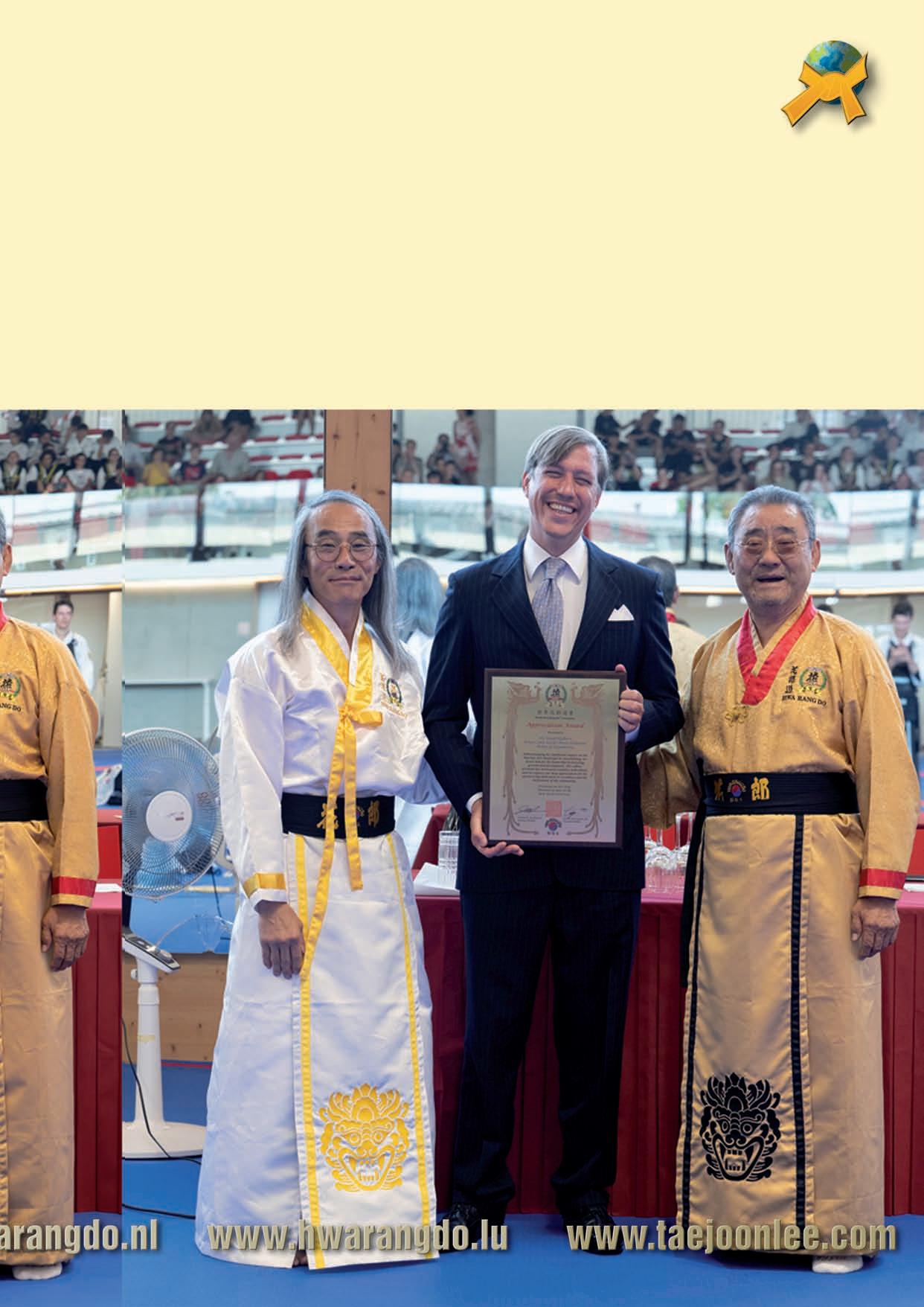
•Defense against clothing grabs (Hoshin We Bok Sul techniques for Green Sash level)
•Mastery of the long staff (Jangbong forms and practical applications)
•Finer points of Gotoogi – Submission Grappling
•Sweeps and clinch work for stand-up fighting (Yongtoogi)
•Special pressure points applications
•Detailed instruction on the forms and applications of both Tae Soo Do and Hwa Rang Do
•And much more…
These seminars highlighted the philosophical, cultural, and technical dimensions of martial arts, bridging tradition with modern application.
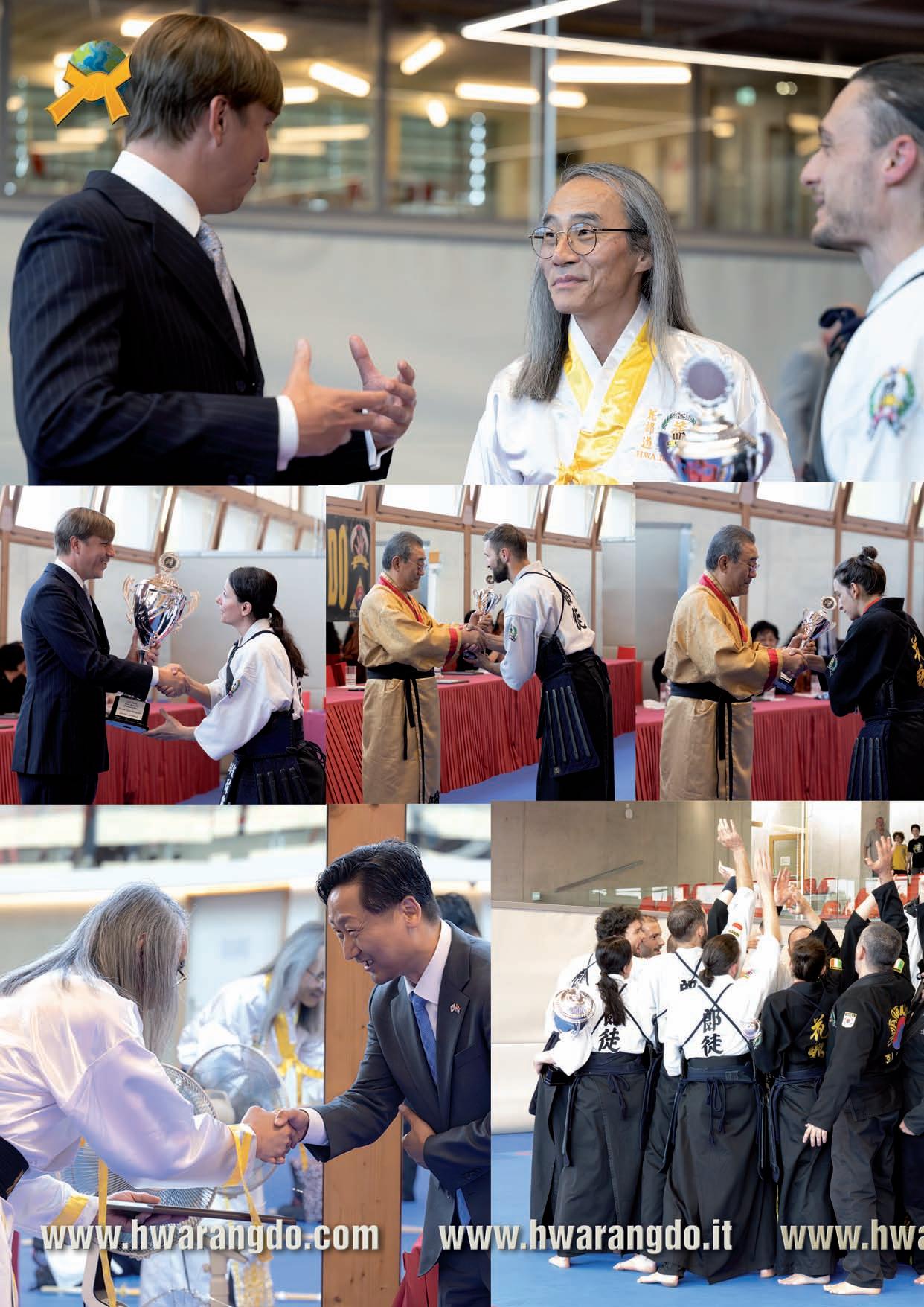
Prince Louis’s involvement in this event reflects more than patronage; it represents a sustained personal commitment to the values of discipline, respect, perseverance, and cultural exchange that martial arts embody. His attendance at the championships elevated the visibility of Hwa Rang Do in Luxembourg and provided encouragement to the athletes who continue to carry the nation’s flag with distinction.
As Luxembourg celebrates yet another world title in Hwa Rang Do, Prince Louis’s support remains a cornerstone of FLAM’s mission to promote martial arts as both a competitive sport and a means of personal development.

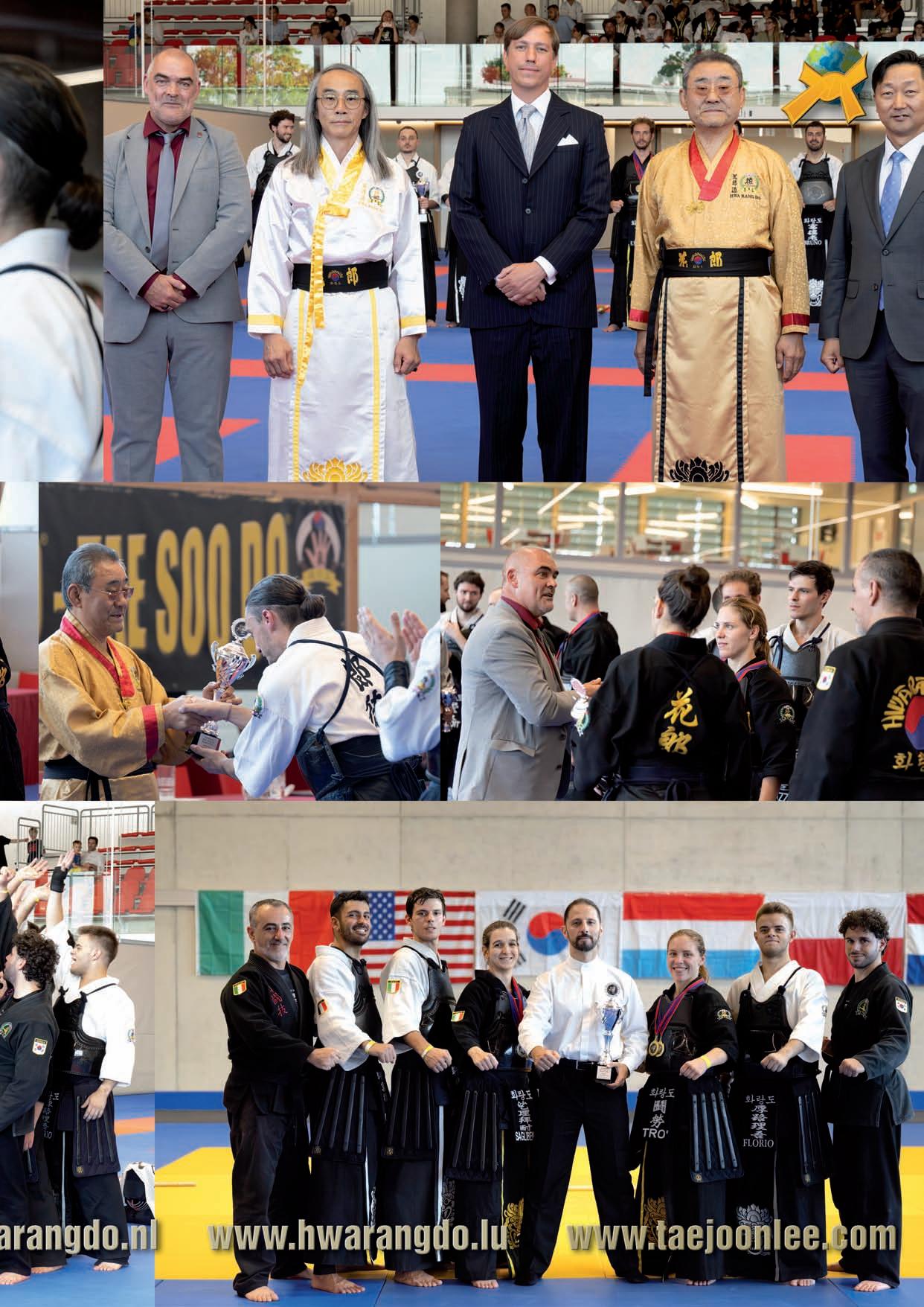
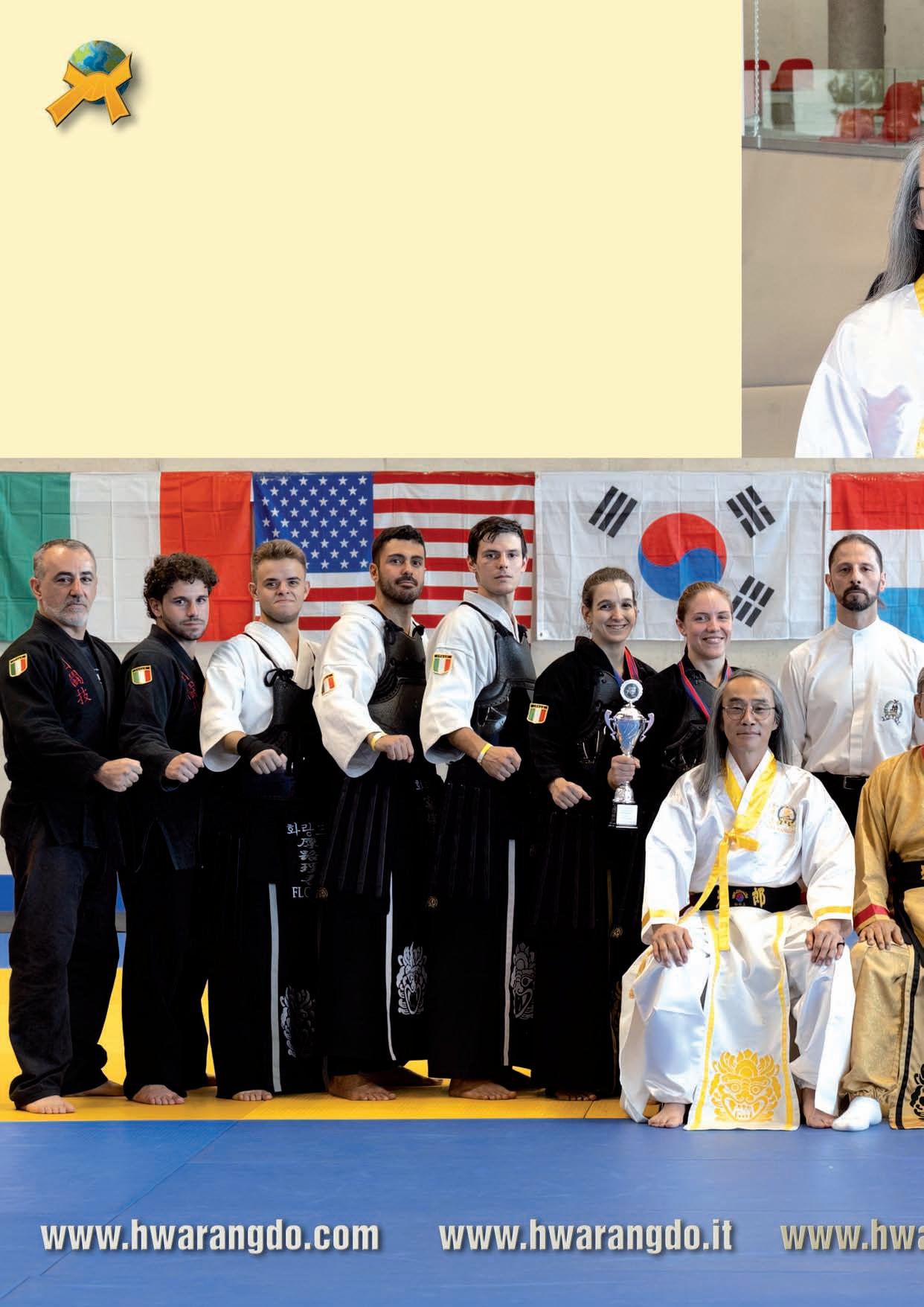
With the patronage and presence of His Royal Highness Prince Louis, Luxembourg not only defended its world title but also reaffirmed the deeper purpose of martial arts as a force for unity, discipline, and human growth. The night’s climactic duel will be remembered as one of the most exhilarating contests in martial arts history, yet its truest legacy endures in the humility, respect, and fellowship shared by the competitors long after the final point was scored.
The 65th Hwa Rang Do® World Championships shone a global spotlight on Luxembourg’s martial arts community, demonstrating not only athletic brilliance but also the cultural and educational values at the heart of the discipline. Guided by Prince Louis’s steadfast patronage, martial arts in Luxembourg continue to flourish—fostering national pride while earning ever-greater recognition on the world stage.
Supreme Grandmaster Dr. Joo Bang Lee, Founder of Hwa Rang Do, together with Grandmaster Taejoon Lee, extended their profound gratitude for the unwavering support of His Royal Highness and of FLAM. Their words echoed a shared hope: that with this enduring partnership, Hwa Rang Do will continue to grow and prosper in Luxembourg. As the Consul of the Republic of Korea, Mr. Jhong Sung-Won, so fittingly observed: “It is a perfect match for such a unique, unheralded art to take root in a nation as rarefied and distinguished as Luxembourg.”
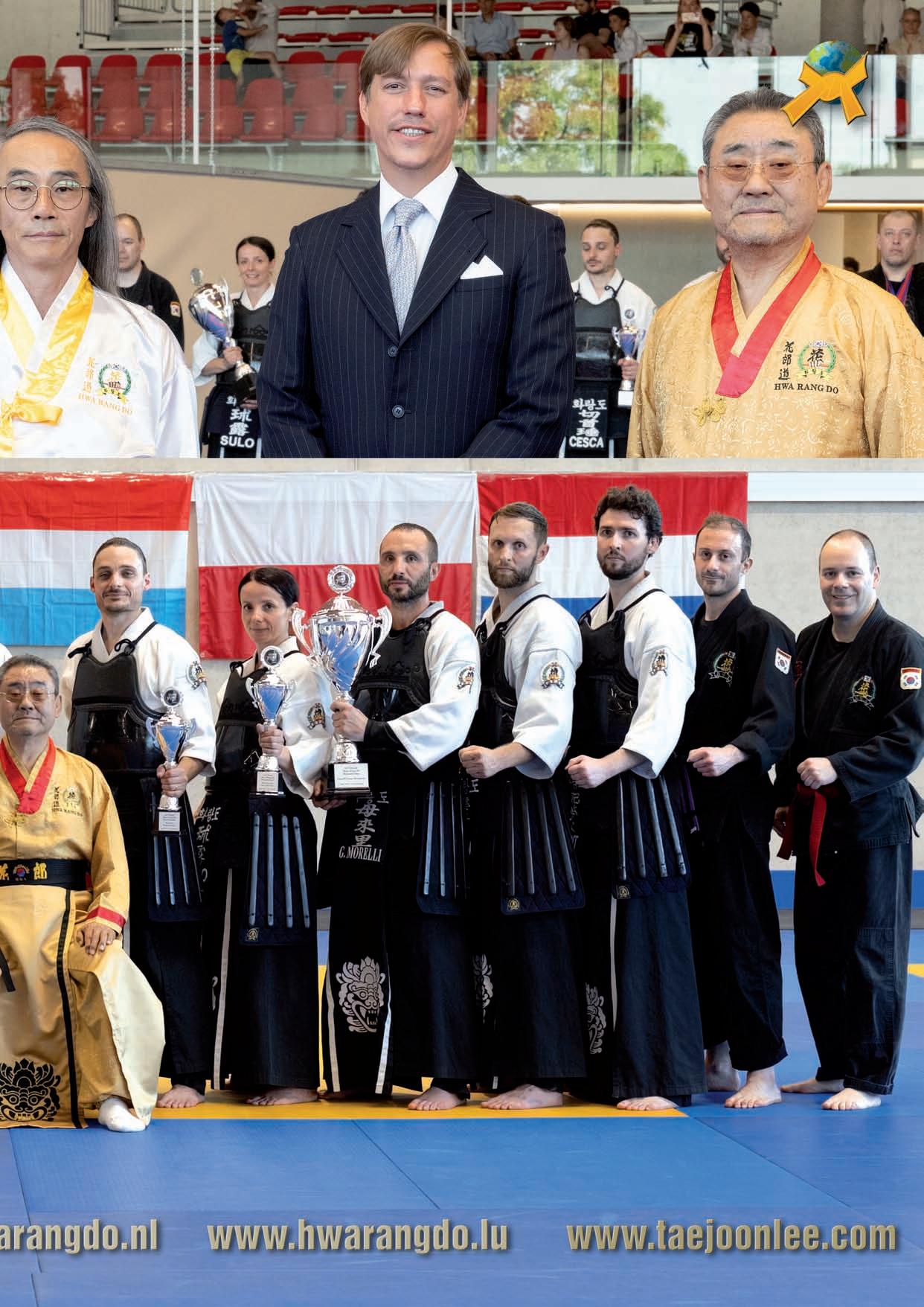
Attends World Championships in Strassen Attends World Championships in Strassen
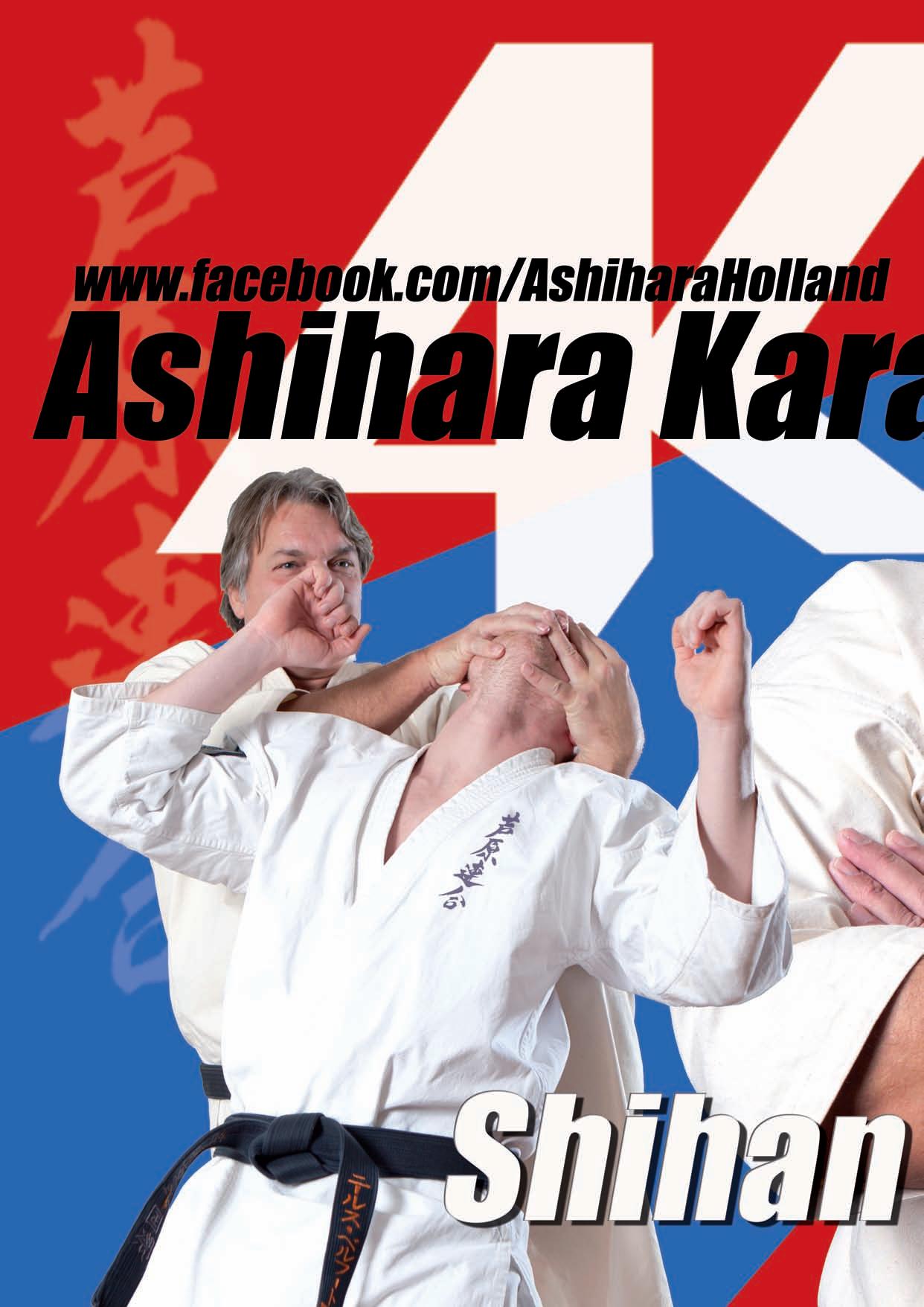
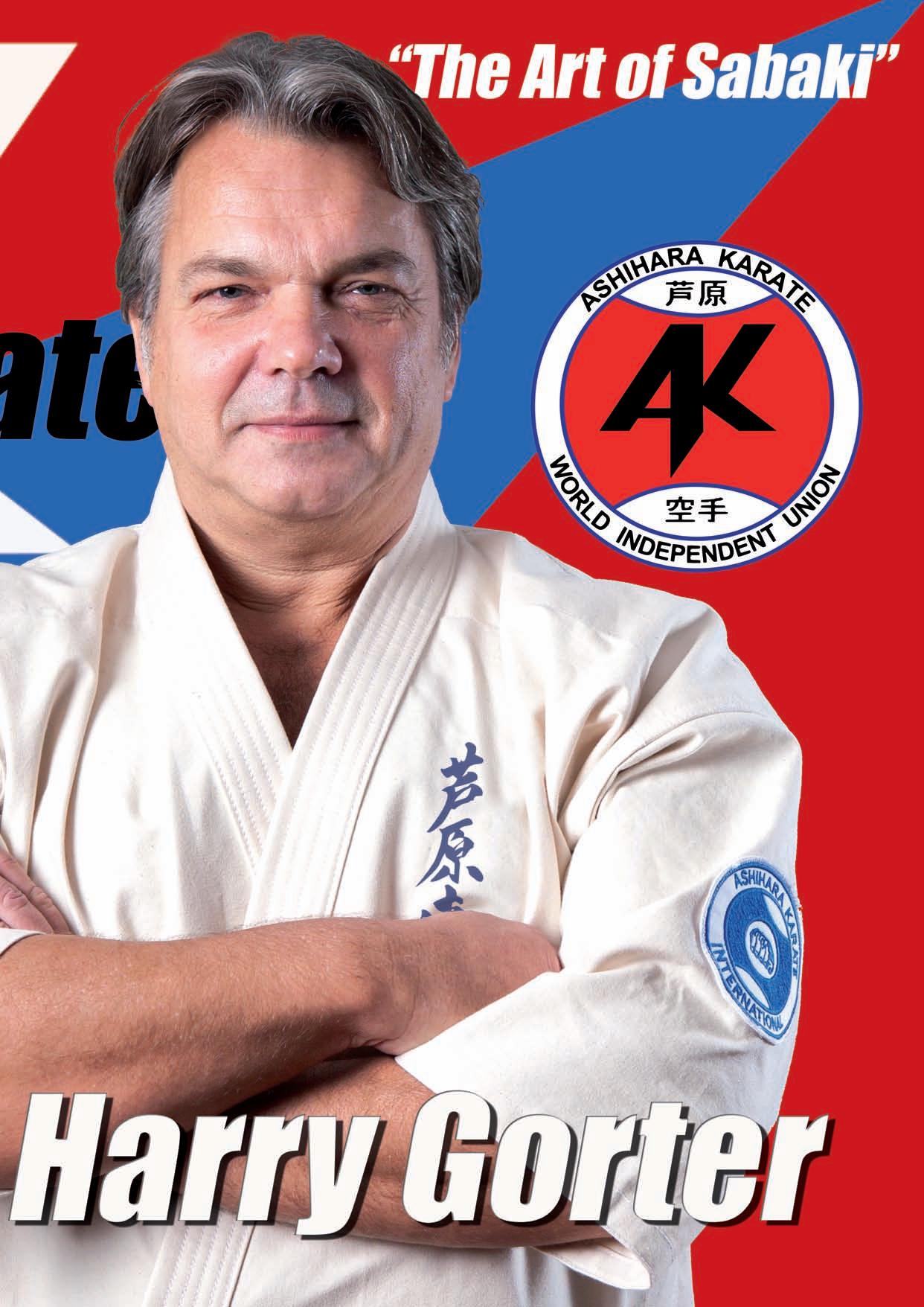
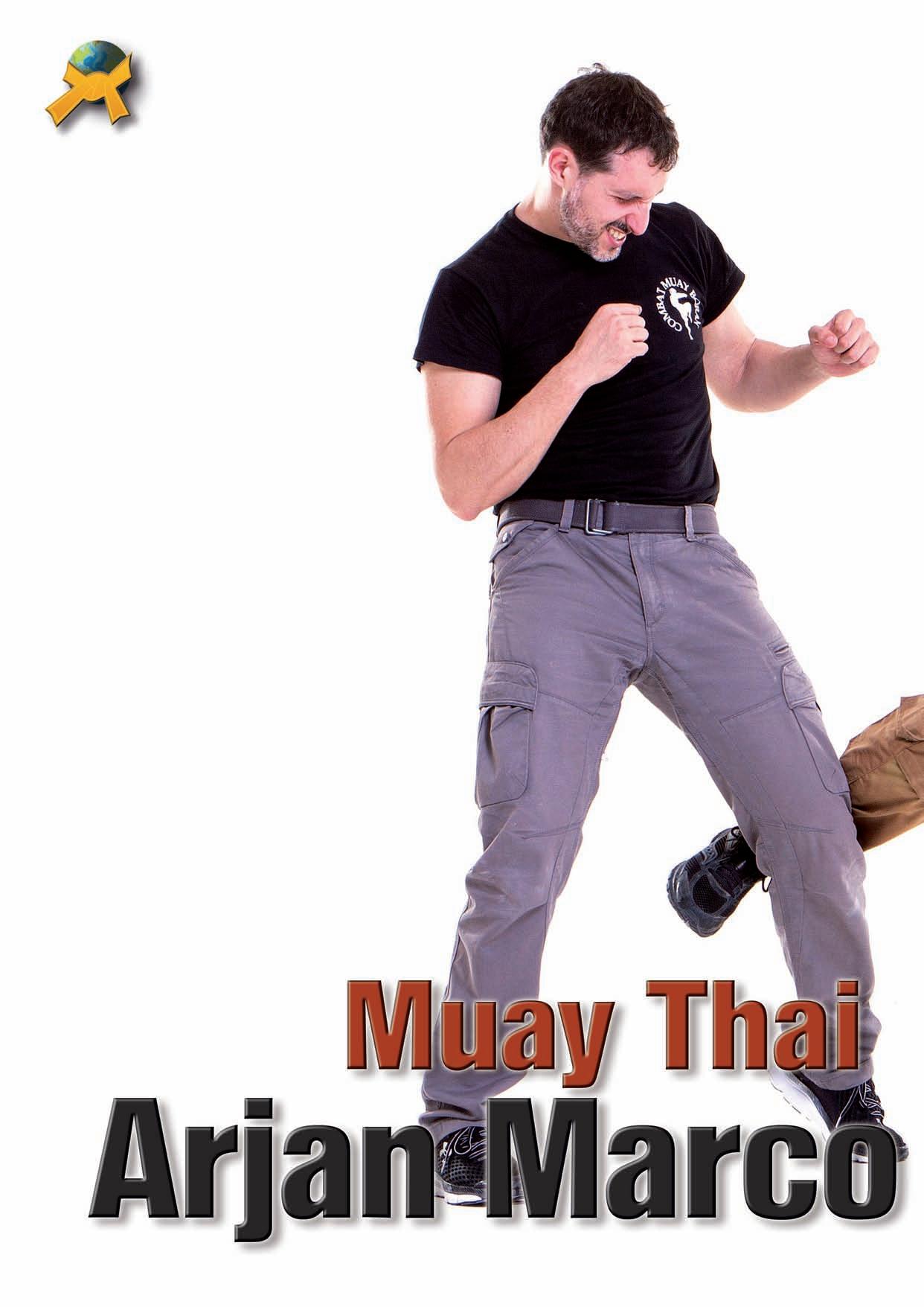
The Muay Thai low kick: combat sport technique or martial art technique?
The Muay Thai roundhouse kicks (Tae Wiang) have always been one of the trademarks of this fighting style. Among the various types of these powerful leg techniques, the Muay Thai low roundhouse kick (Tae Laan) found its place in the world of combat sports for its effectiveness and relative ease of execution. Thai boxers showed the world since the 70’ that roundhouse shin kicks to the legs can become a fighter’s best weapon if properly used. Dozens of Western and Asian fighters fell victim of this deceptive kicks: when the Thai Boxer’s shins started to hit the outer and inner sides of their unaware opponents’ thighs with incredible speed and power, all the fighting strategies crumbled and surrender quickly became the only option. No doubt that a properly executed Muay Thai low swing kick is a fighter’s best friend in the ring but is this technique equally effective in hand-to-hand combat?

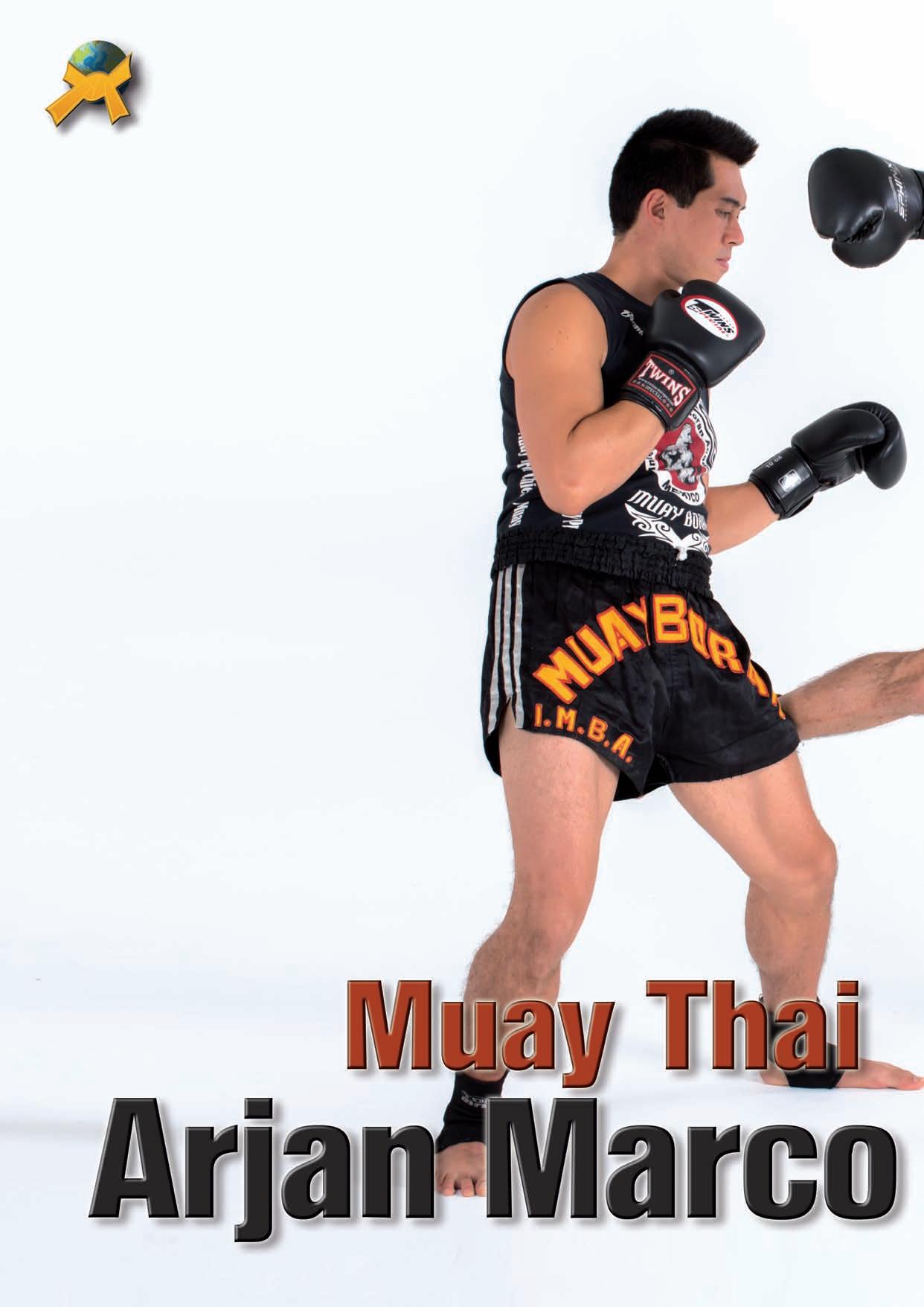
Muay Lert Rit is sometimes called “the dark side of Muay”: the reason for this label is that this Martial Art deals with the technical problems a soldier may face in all-out combat, when, deprived of his weapons, he is forced to annihilate an enemy with his body weapons.
In such a hard situation, a soldier is compelled to employ fighting tactics that can eliminate the enemy in a quick and efficient way. Therefore, strikes are preferred to joint locks and chokes as primary offensive techniques. The targets of the strikes are limited to a few selected ones and the commitment in each attack is total. In such a scenario, is there still a place for swing kicks that are not aimed at an enemy’s groin, when fighting a standing opponent? (it is clear that when the opponent has been taken down the whole situation changes and a lot of targets become available to stomping and swing kicks). In other words, are low kicks useful in all-out combat?
Considering that the Look Mai Muay Lert Rit n.30 is about the correct way to throw a low swing kick in hand-to-hand combat, the answer is undoubtedly yes. However, we must distinguish between two very different ways of executing this blow. Let us clarify the why’s and how’s of this statement.
As a matter of fact, if we refer to the standard low kick used in sport fighting we have to deny its effectiveness in hand-tohand combat. On the other hand, if we refer to the martial version of the same kick, we can say that the Muay low swing kick is a very efficient fighting technique that can cause serious body dis-function with a single strike. Therefore, this kind of specialized kick should be learned and absolutely included in a fighter’s toolbox.
The broad family of Muay Thai swing kicks (Tae Wiang) includes several sub-categories of leg attacks. Among the low-line kicks, at least two different kinds of Tae Laan can be employed by an expert Nak Muay. The first type is the wellknown combat sport version that all Thai Boxers apply on a regular basis in the ring. This Low Kick has specific features, perfectly adapted to the context: a confrontation between two trained individuals who try to defeat the opposition within the limits of specific rules and regulations.
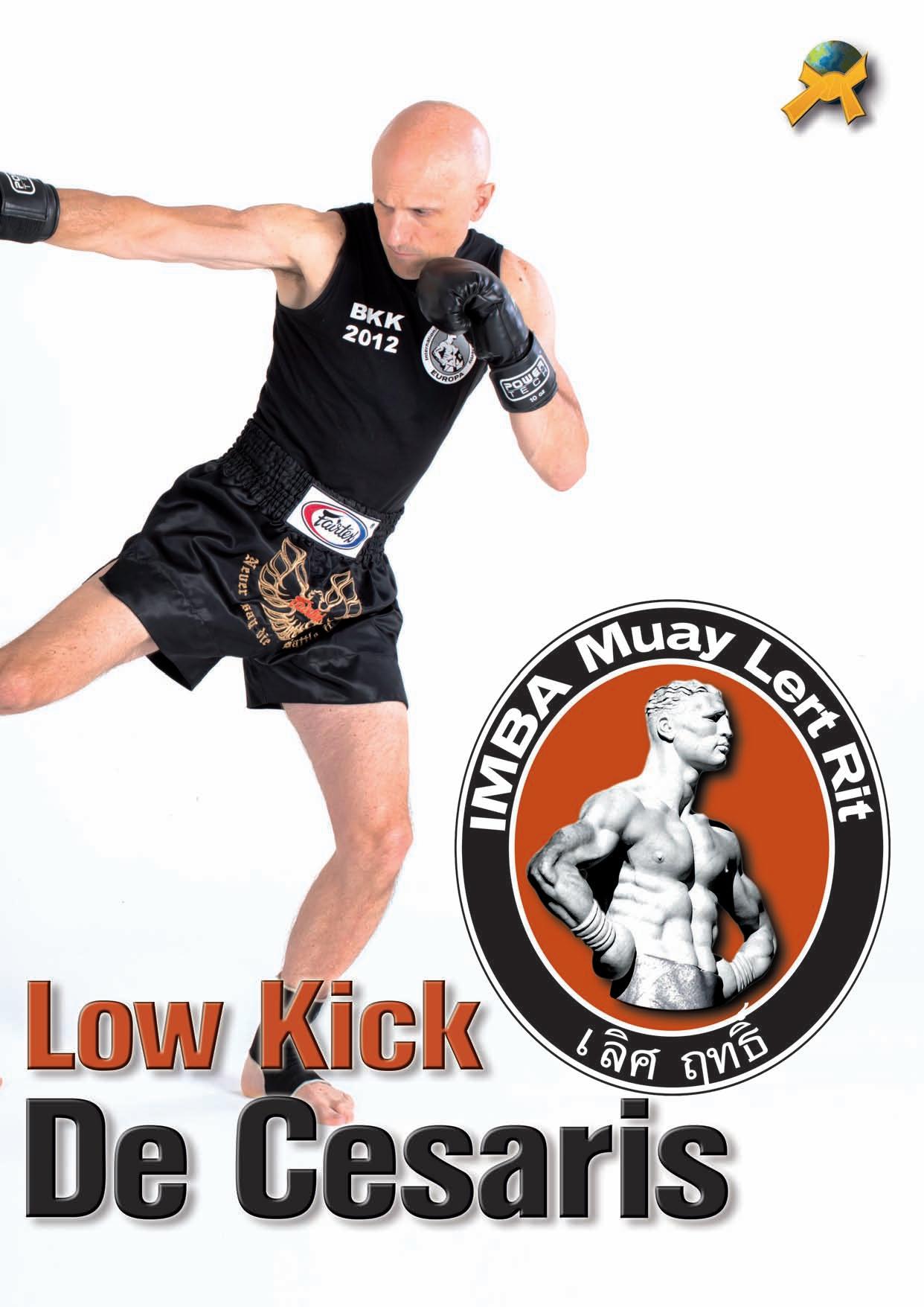
Let’s analyse the technical features of the combat sport version of a low roundhouse kick.
•Leading body part: the hips. In the correct execution of a combat sport Low Kick, the fighter’s hips must lead the way and turn around the body axis before the kicking leg starts to move. In so doing, the leg is actually loaded with great energy before it starts to be thrown towards the target. As a result, the kicking leg acts like a big whip that hits the target and springs back to its original position. The effect is an explosive strike that is both fast and forceful.
•Position of the kicking leg .The kicking leg is kept relaxed and naturally bent when going towards the target and must be straightened when hitting the opponent’s leg. A
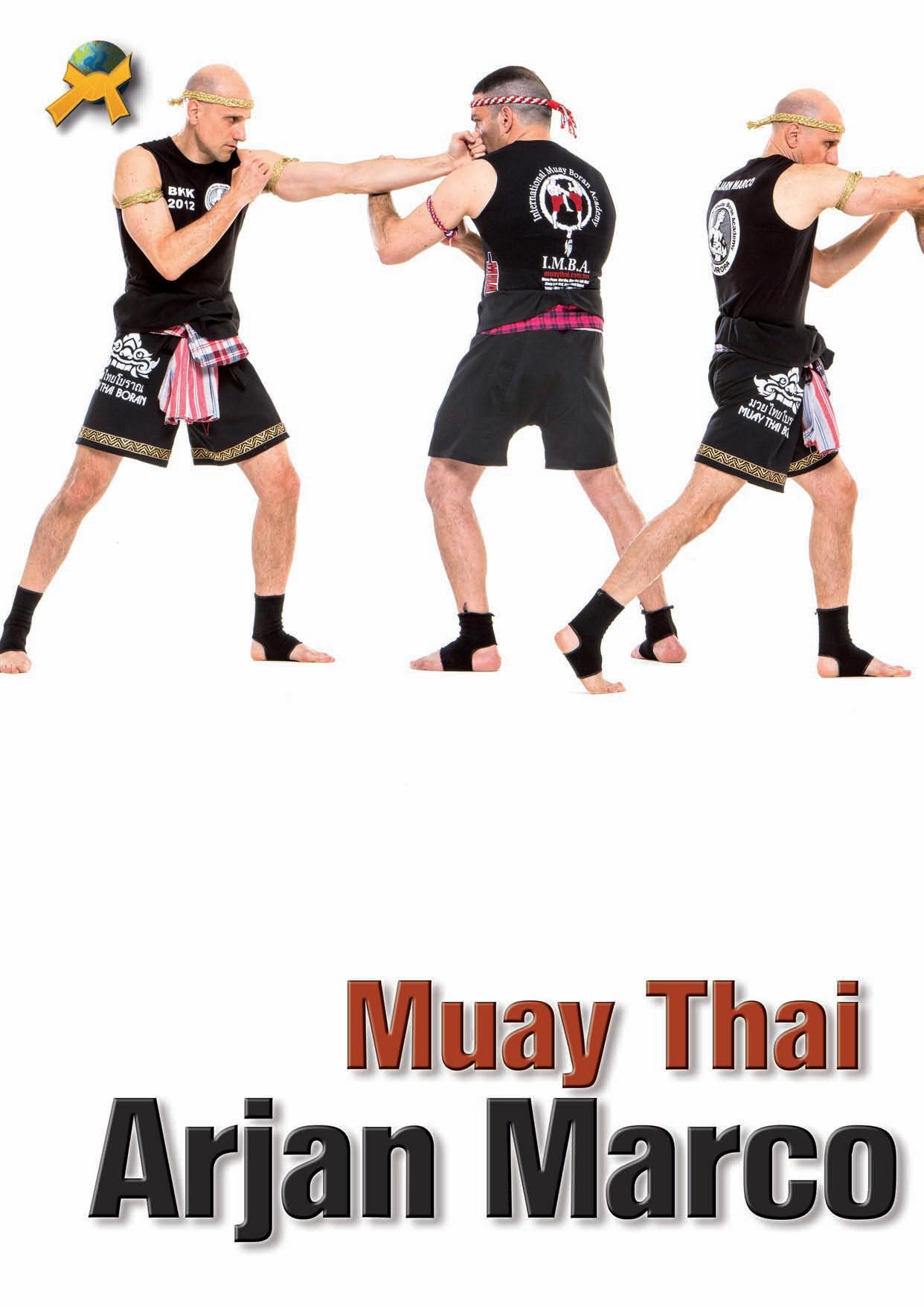
rebound effect is thus produced and the kicking leg springs quickly back in its original position.
•Impact zone: middle and low part of the shin bone. This roundhouse kick is typically a long range weapon. In some cases, when employed in combination with specific punches (straights or swings) it can become a middle range weapon. When it is executed at long range, the area of the shin that impacts against the target is the lowest part, closer to the foot. At middle range, the middle part of the shin can be the impact zone, due to the major proximity to the target.
•Execution. The combat sport Low Kick’s execution is based on three phases. 1. Turning of the hips 2. Horizontal whip-like slash of the kicking leg 3. Springing back to guard position. The kicking leg must be kept relaxed, throughout.
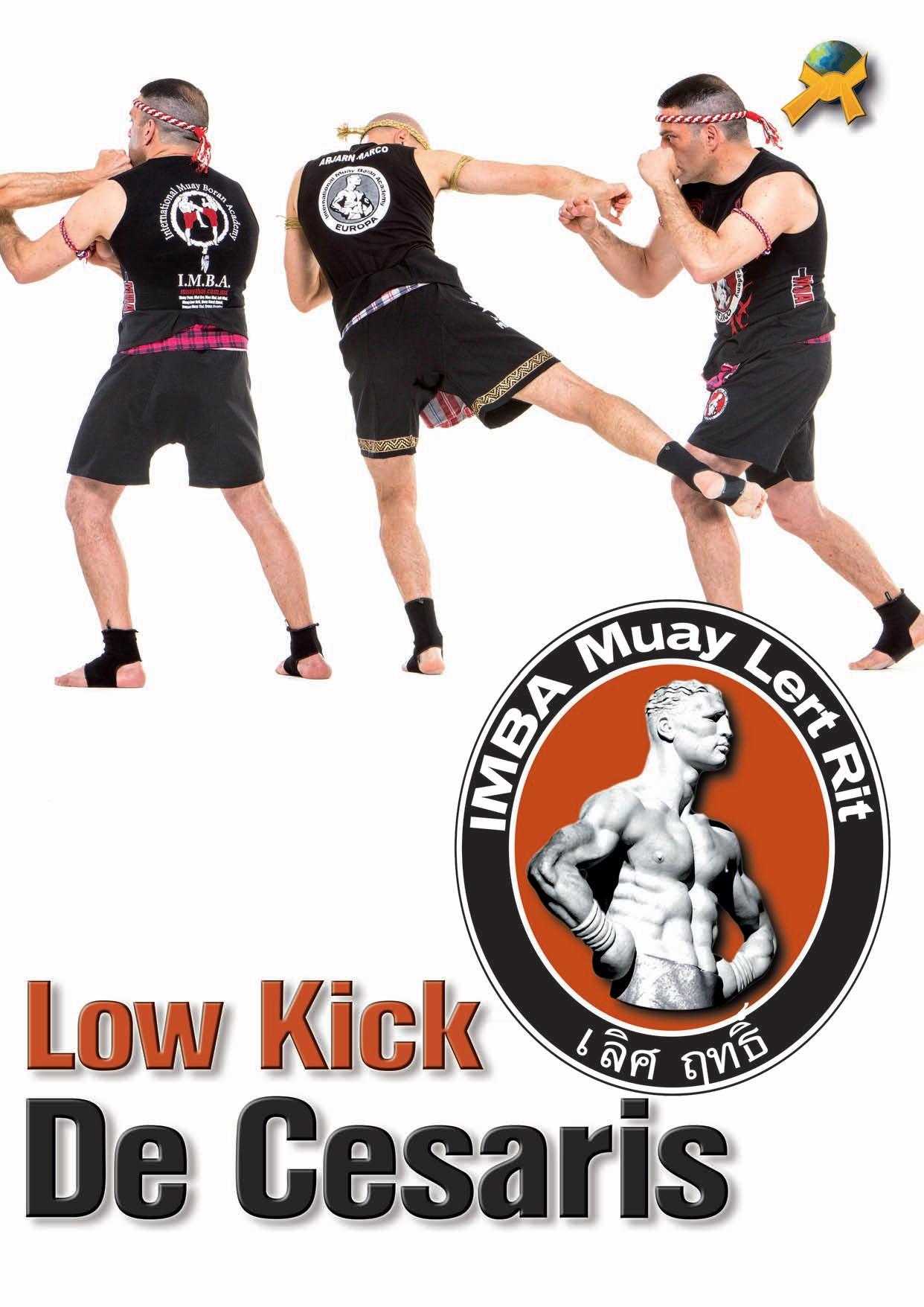
•Range of execution: long to middle. As mentioned before this kick, while it is obviously usually executed at long range, can also be employed as a middle range offensive technique. By combining the leg attack with “long” punches, even at middle range a good Nak Muay can be very dangerous with his Tae Laan.
•This kick can be compared to: hitting with a baseball bat. When a Thai Boxer correctly executes a Low Kick, the turning of his body can be compared to a baseball player hitting the ball. The kicking leg’s shin is the bat that is swung around to impact against the target (the opponent’s leg). The destructive power of this attack, when properly executed, is awesome.
Now, let’s compare the combat sport version with the martial low swing kick.
•Leading body part: the knee of the kicking leg. In this variation of the Tae Laan, the kicker tends to put as much weight as possible behind the attacking leg. In order to do that, the hips turn but the kicking leg is kept locked in a bent position and doesn’t swing around independently from the pelvis. In other words, the whole body acts as a single unity thus projecting the whole body mass towards the target. The shinbone that impacts against the sensitive areas of the enemy’s thigh, actually bears a big portion of the kicker’s weight behind it.
•Position of the kicking leg: bent when going towards the target and when going back to the ground. Contrary to the combat sport version, in the martial low kick, the attacking leg is not kept relaxed but remains firmly in a bent position when striking and when returning to its
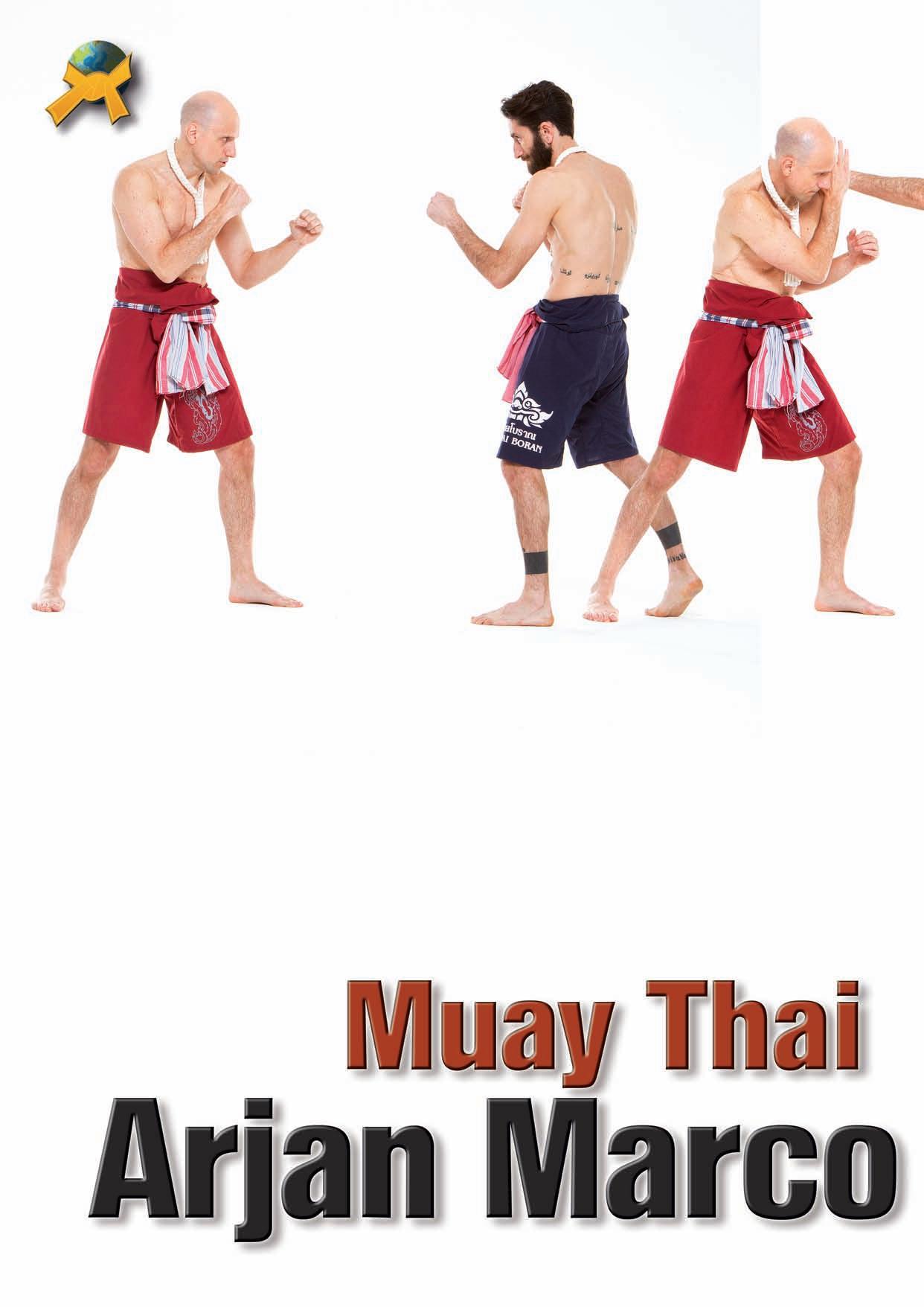
original position. The bent leg is connected to the hips and is moved forth and back together with the forward and backward turn of the pelvis area.
•Impact zone: middle and high part of the shin bone. This destructive kick is not conceived to be used in a “sparring” situation when the two contenders move around and constantly change their relative positions. On the contrary, it must always be used at close or (sporadically) middle range, either pre-emptively, when the opponent is unaware of the upcoming attack, or after grabbing, when he is temporarily unable to move away. Therefore, the portion of the shin bone that usually connects with the target is the high or middle zone. The part of the shin closer to the knee is the hardest and therefore the preferred one.
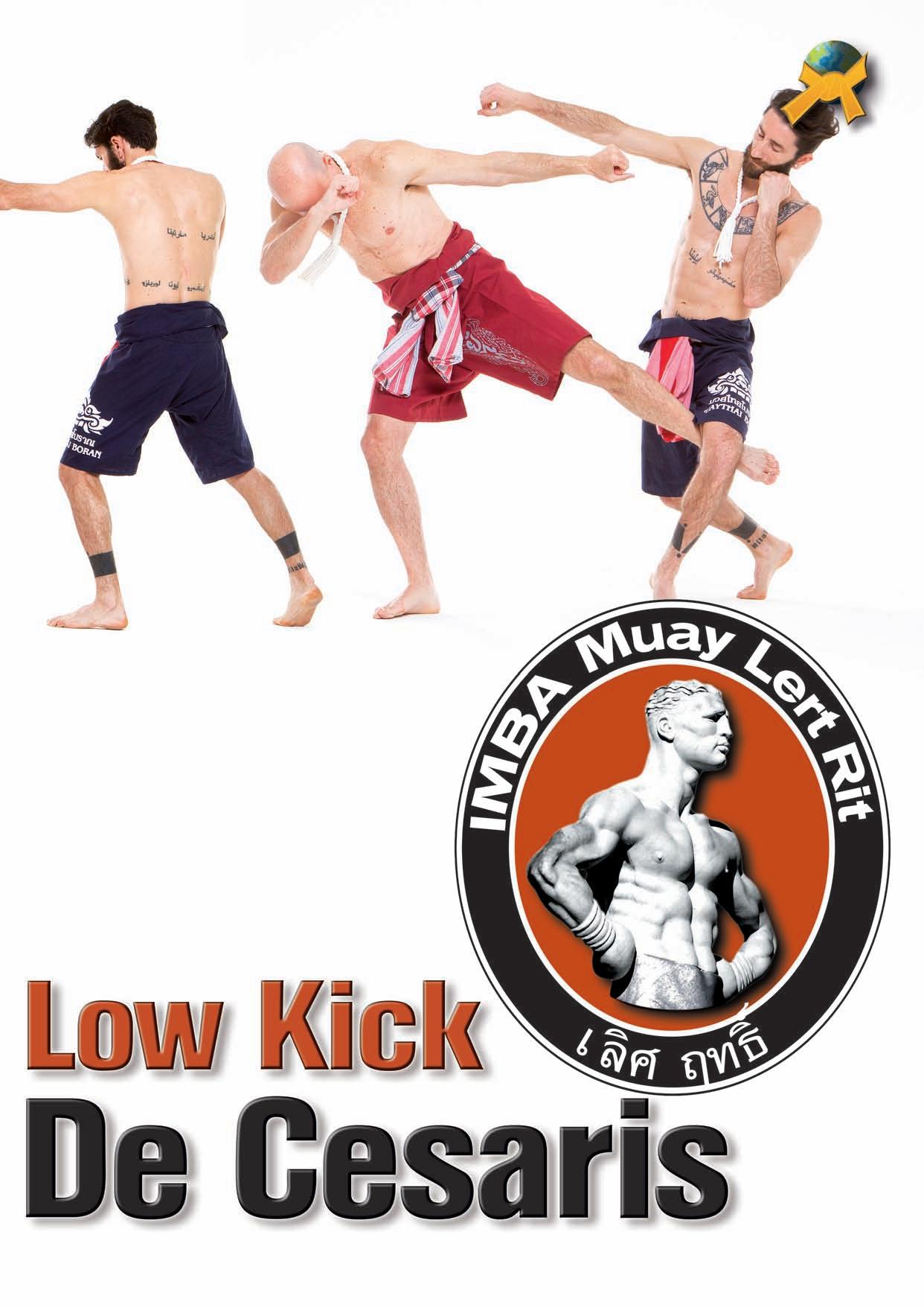
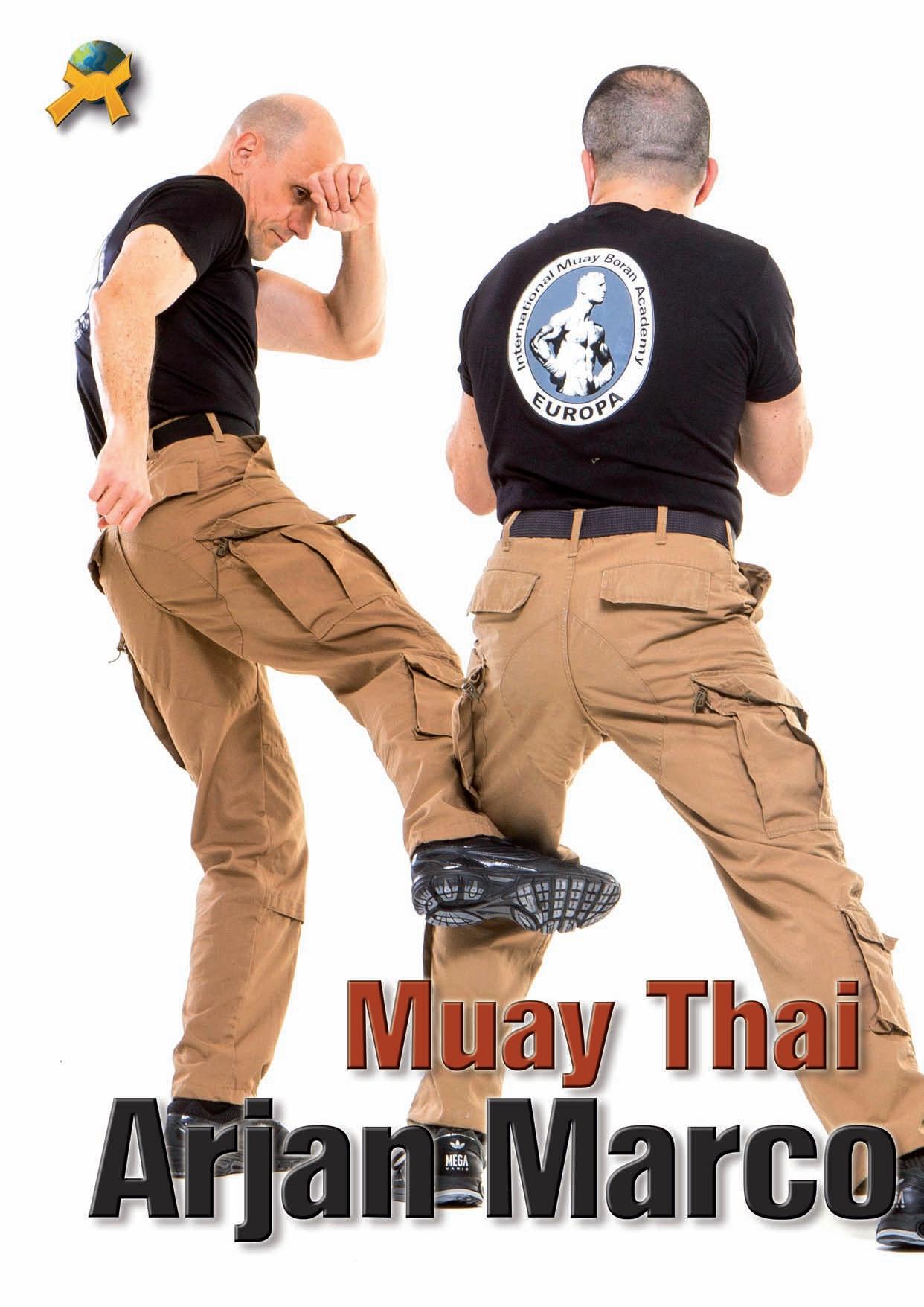
•Execution. The Martial Low Kick’s execution is based on three phases. 1. Turning of the hips 2. Downward cutting at a 45° angle with a bent leg 3. Bringing the kicking leg back to guard position. The leg is kept bent on its way to the target, on impact and when it is going back.
•Range of execution: middle to short. As mentioned before, this technique is meant to be applied in close range combat. Therefore, it must be executed when the kicker is close to the opponent or occasionally at punching (middle) range. A pre-emptive attack is the preferred choice. Otherwise, this kick can be used as a follow up after a grab or a hand attack. In both cases, the executor must ensure that the opponent cannot move out of the way of the low kick because at a longer range this attack loses much of its effectiveness.
•This kick can be compared to: chopping down with an axe. The leg is kept bent and strongly connected to the pelvis and then hacks diagonally down aiming at the opponent’s outer thigh. This kick can be compared to chopping with a lumberjack’s axe. The more explosive the chopping action, the more penetrating the kick and the more damage will be inflicted upon the target. This kind of attack perfectly fits the Muay Lert Rit philosophy of fighting: put them out, fast.
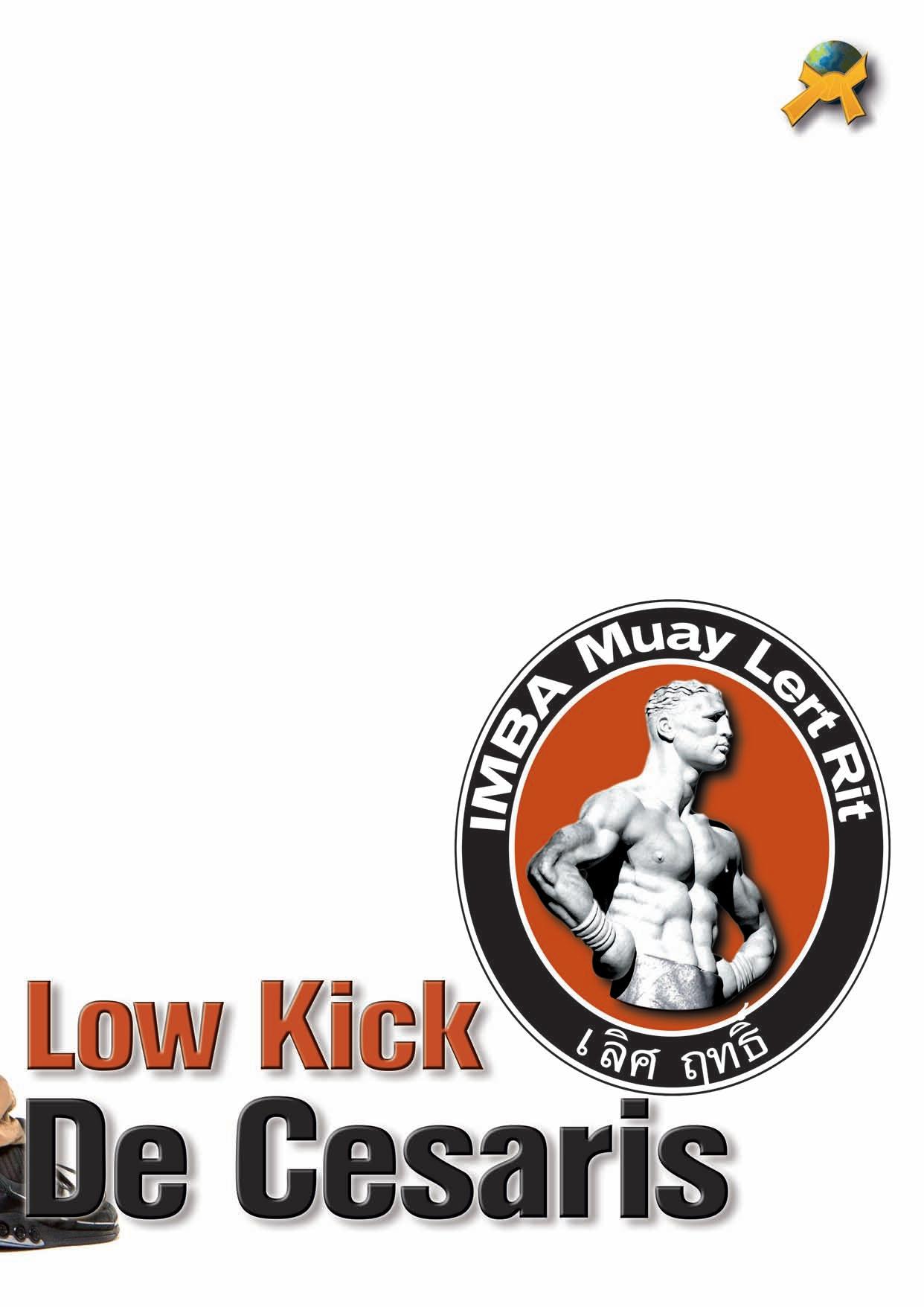
“Muay Lert Rit is sometimes called “the dark side of Muay”: the reason for this label is that this Martial Art deals with the technical problems a soldier may face in all-out combat, when, deprived of his weapons, he is forced to annihilate an enemy with his body weapons.”
Both kinds of Low Kicks need to be trained on a regular basis in order to become real weapons in a Muay fighter’s arsenal. Impact training is mandatory if a practitioner wants to attain a good level of speed, force and bone conditioning. The three main tools that must be included in every weekly schedule are as follows:
This tool is ideal for training both kinds of Low Kick. When training the combat sport version, you have to move around the bag and throw combinations from the long to middle range. You can combine punches and low kicks, straight kicks and low kicks, low kicks and knee strikes and so on. For a realistic training of the martial low kick, you have to stand close to the bag, fake a hand strike and unleash a full power diagonal downward cut kick with all your body mass behind the strike.
This tool is perfect for training the impact of strikes, the combinations and the switch from a given range to another. For example, start at long range throwing straight kicks to the body in combination with (combat sport) low kicks .Then close the gap and follow up with knees, elbows or short punches. The martial low kick can be trained with the kicking shield, too but its use is limited to single power strikes not mixed with other body weapons.
The combat sport low kick is better not trained on this hard target. On the contrary, for a real development of a devastating martial low kick this is the best tool. If properly trained with the iron post, the shin will be hardened to an incredible degree and the feeling of penetrating into the target will be highly honed. A warning: careful tuition by an expert Khru Muay Boran is needed not to hurt oneself when hitting the post.
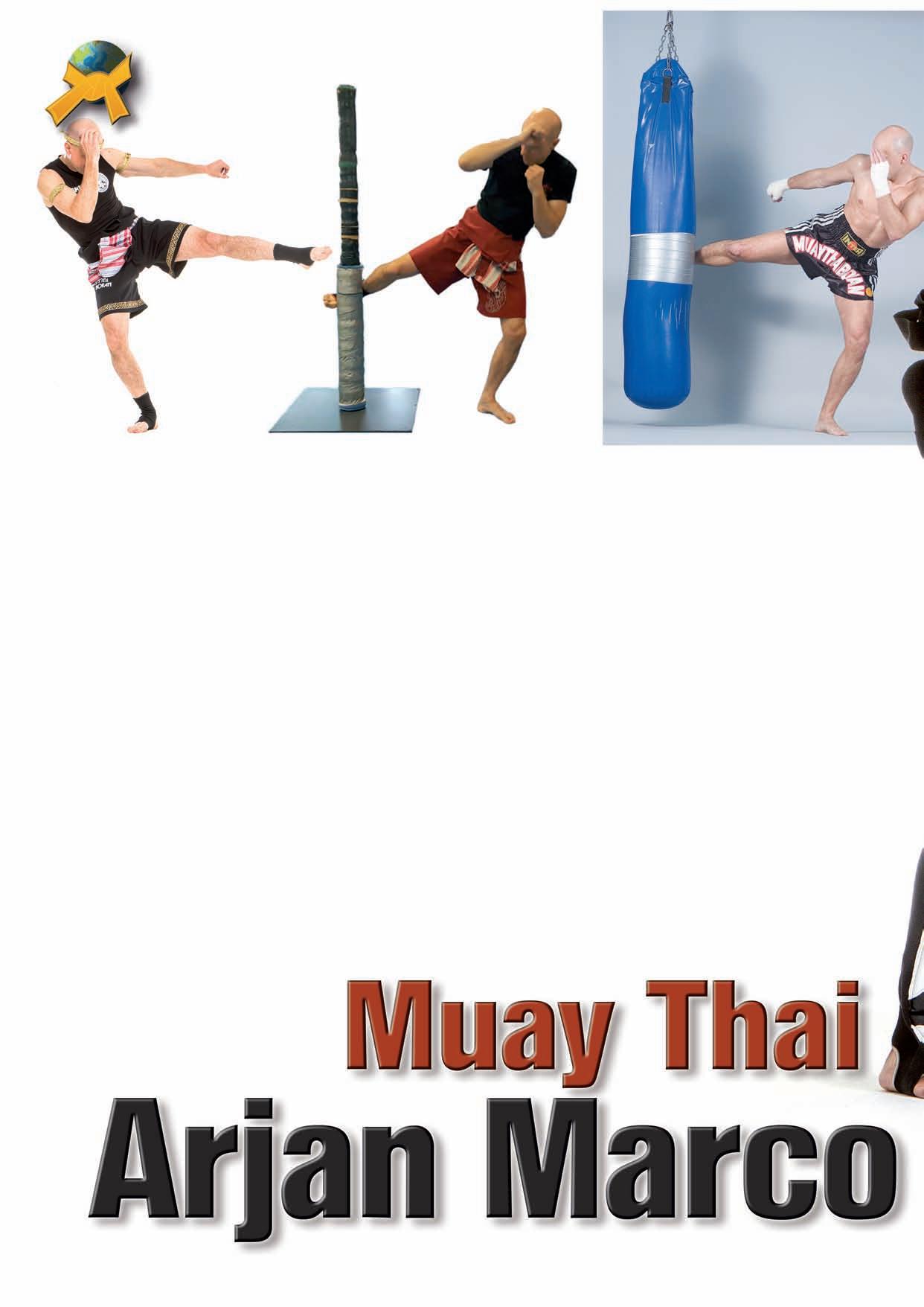
For more information about martial Low Kicks: Please refer to the IMBA Muay Lert Rit textbook http://www.muaythai.it/imba-lert-rit/#guide
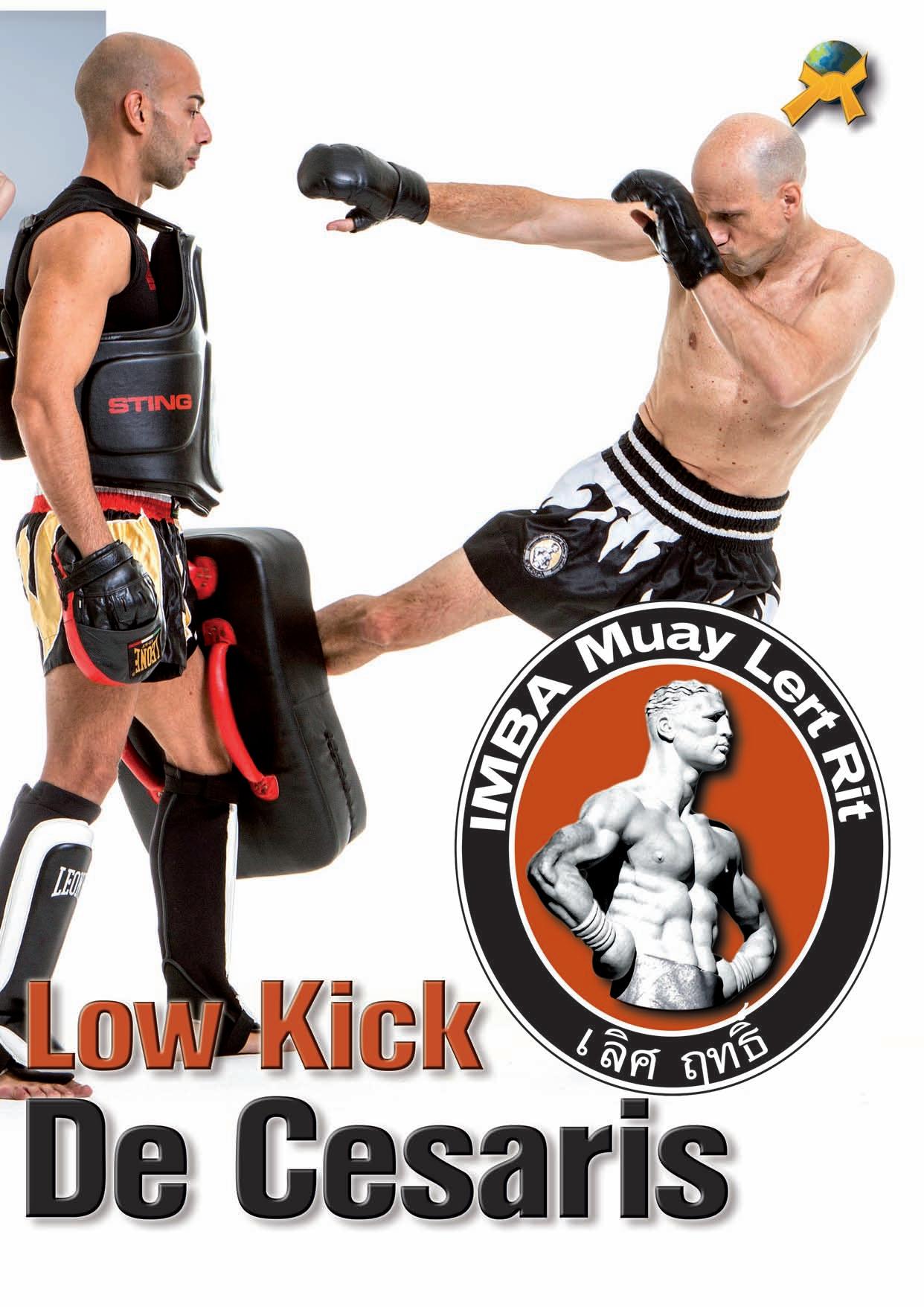
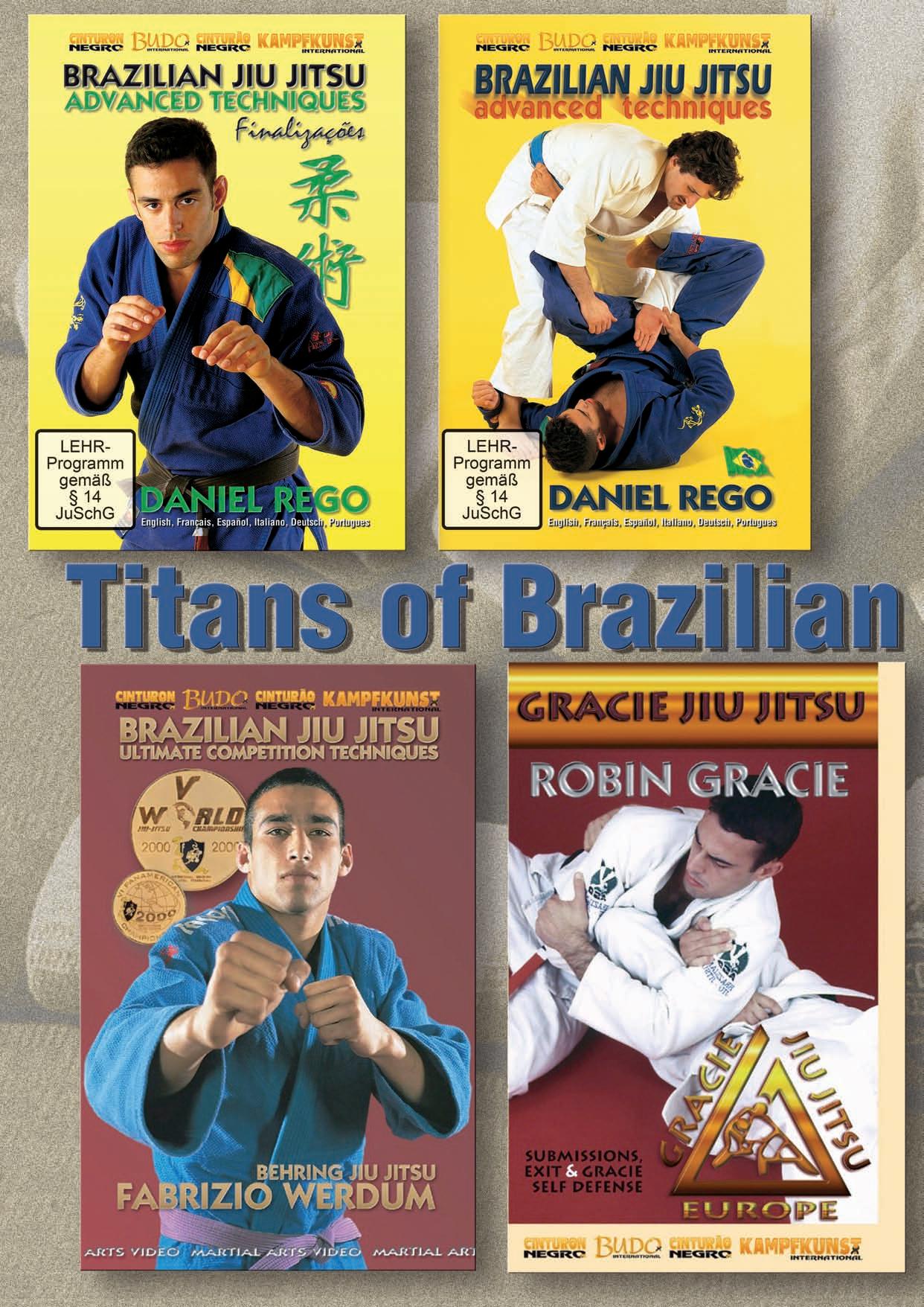
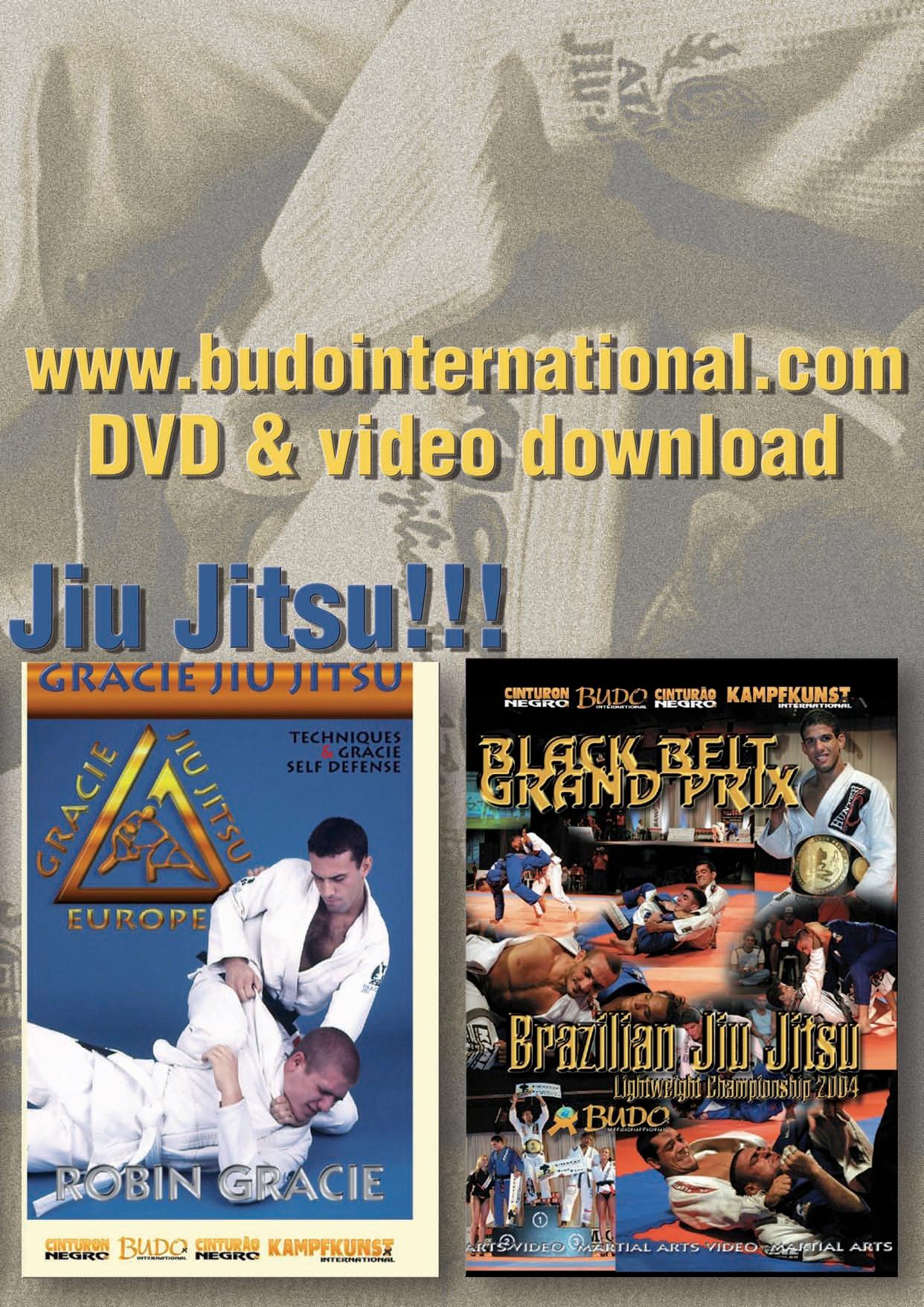
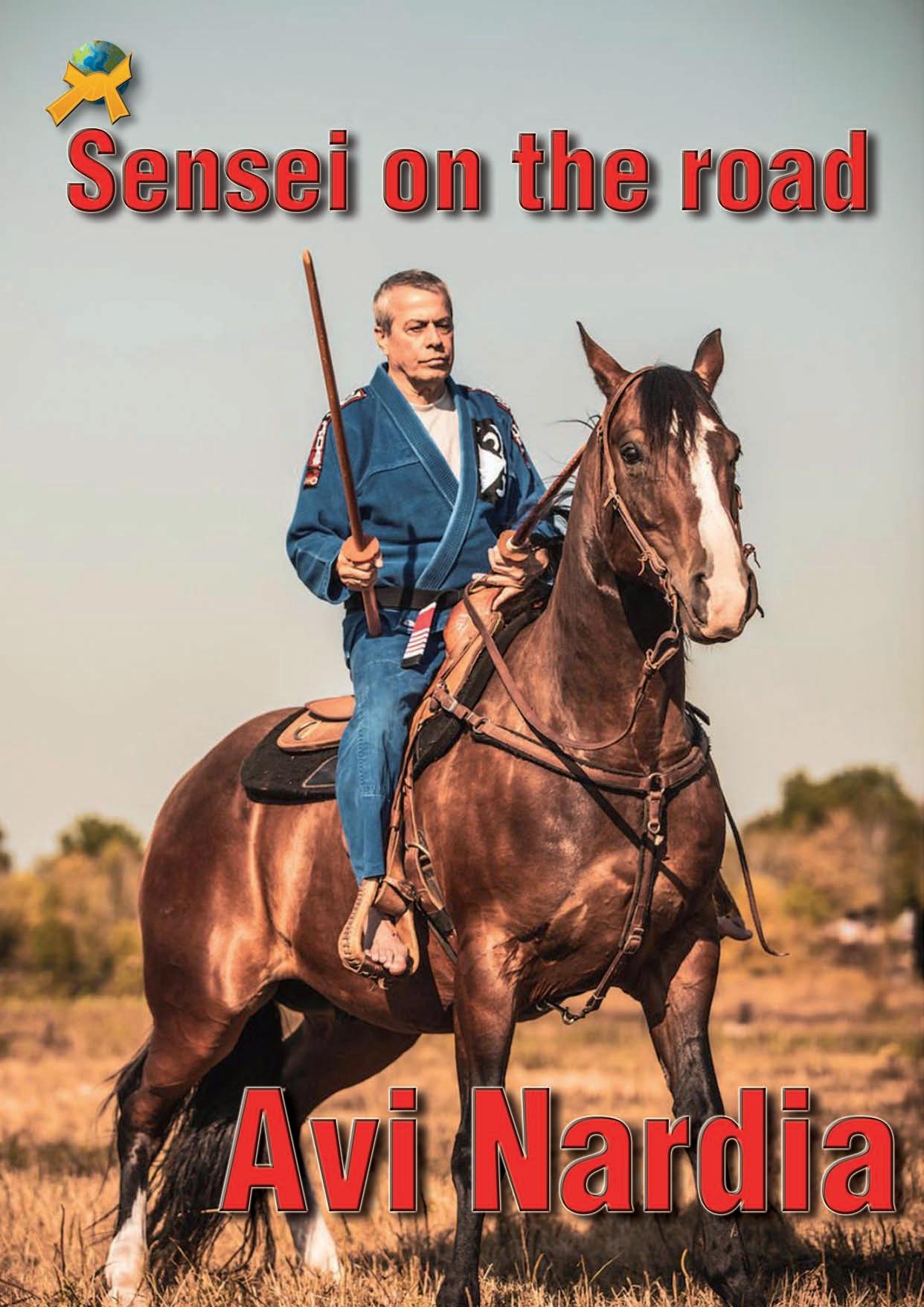
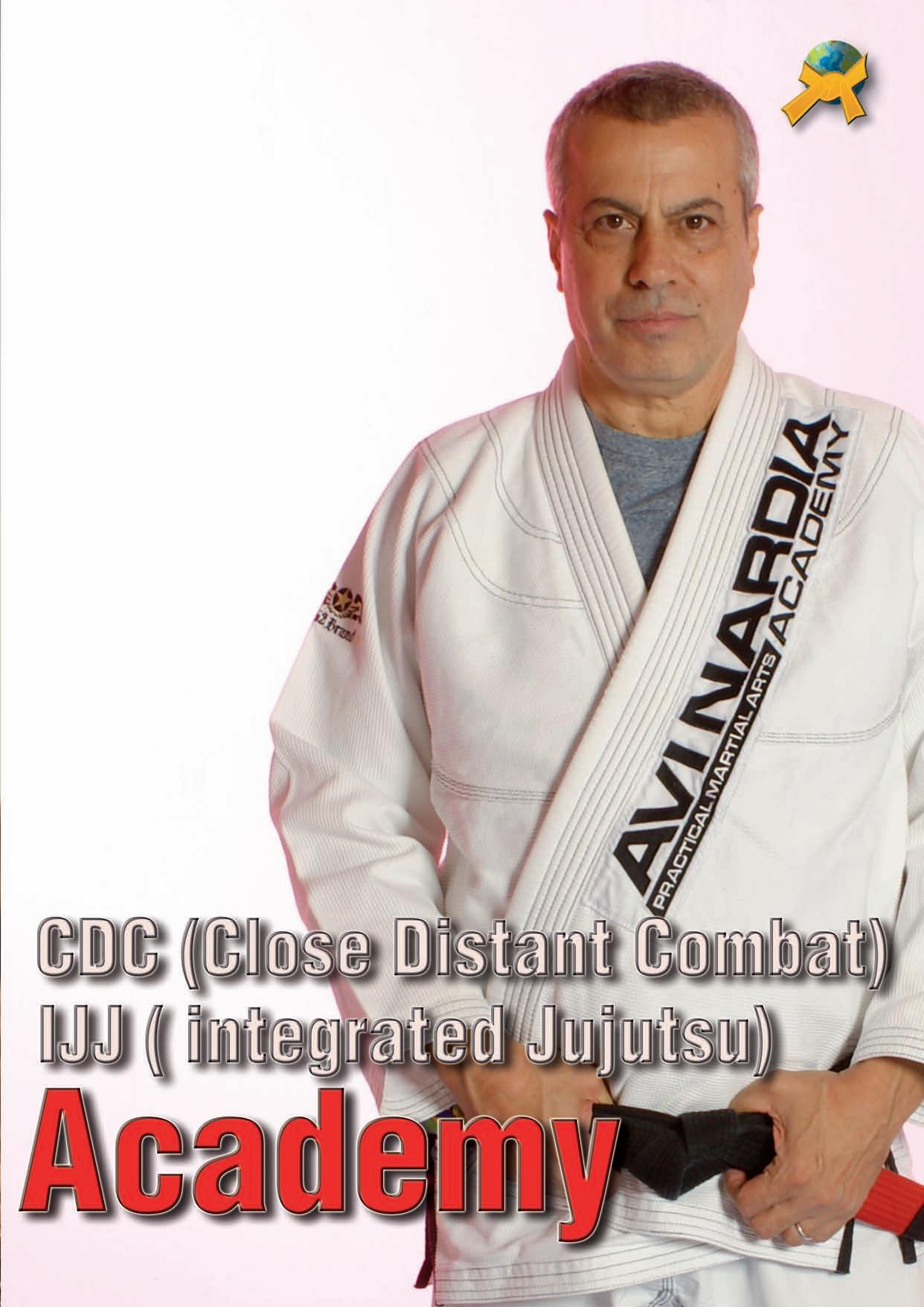
My recent travels have taken me through a world in upheaval, beginning with my last trip to Israel while Houthis shoot rockets daily and war continues in Gaza. As Israel's image becomes increasingly polarized worldwide, I witnessed people taking sides without understanding the complexities—chanting "from the river to the sea" while promoting terrorist organizations, convinced they're saving the world. These same demographic shifts through immigration have transformed Europe, which no longer resembles its former self. Having spent time in Japan just days before, I couldn't stop thinking about how Japan preserves its culture and identity, and how vital this preservation is for future generations.
This radical situation in Israel made me reflect on my own values as a traditional martial artist, especially as we face the rise of "TikTok Masters" where everything becomes MMA without any foundational background in martial arts. During my seminar in Israel, when I mentioned O Sensei Morihei Ueshiba, an MMA student asked who he was—the same response when I mentioned Oyama Sensei. We are losing a generation.
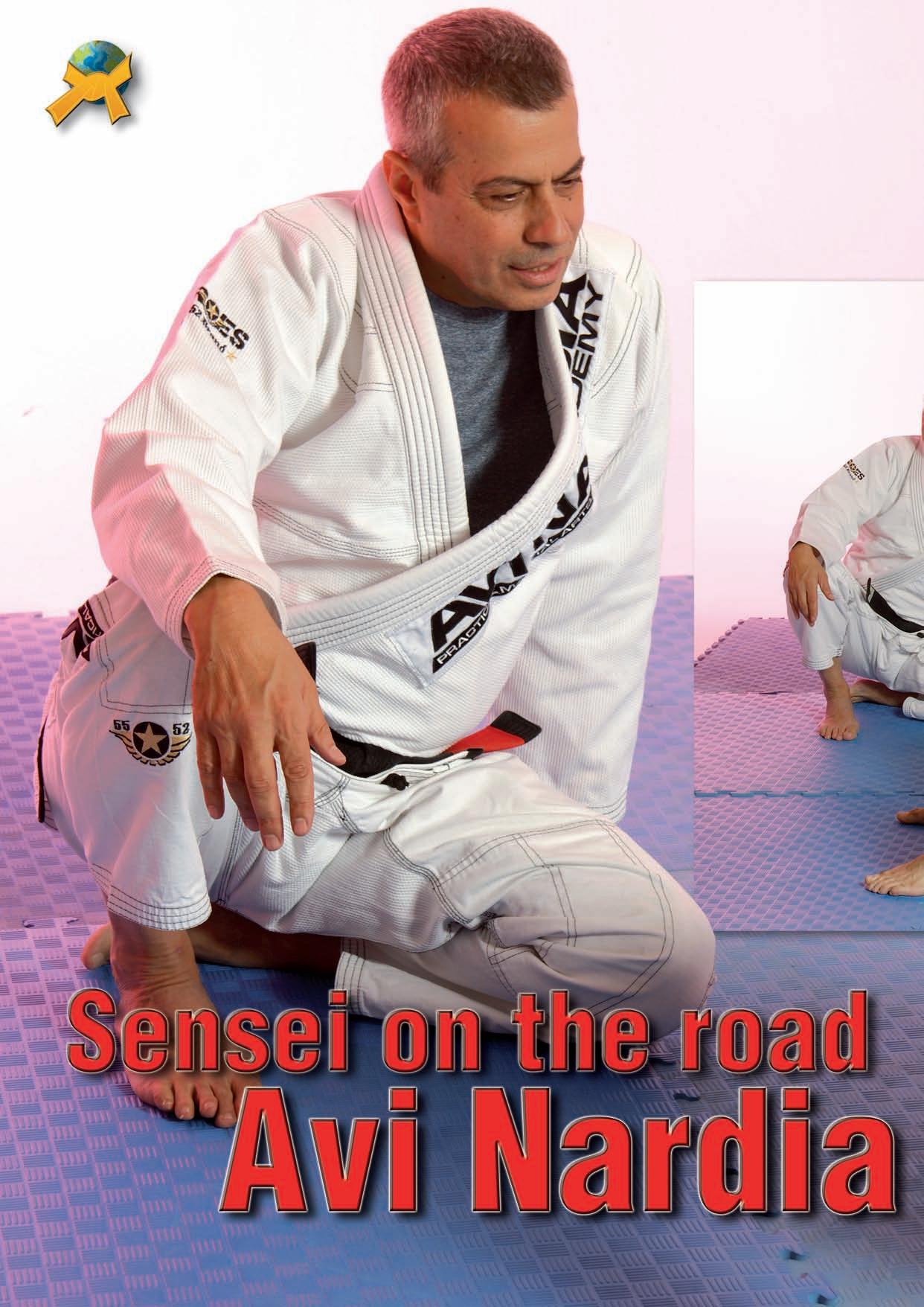

Losing someone you care about is like losing your front teeth—your smile will never look the same. A dear friend recently lost her son, and she wrote: "We're always afraid to die, but once you lose your son, you're afraid to live." This brought me back to thinking about how fortunate we are. After losing seven children, we were blessed with a son—a wonderful son on the autism spectrum with Asperger's.
School never teaches us how to deal with life—marriage, divorce, literature, mathematics—but we don't study the most important things in life. In traditional martial arts, the Sensei serves as both teacher and mentor. For years, I've served as mentor and advisor to my students, but I don't always have the answers for myself.
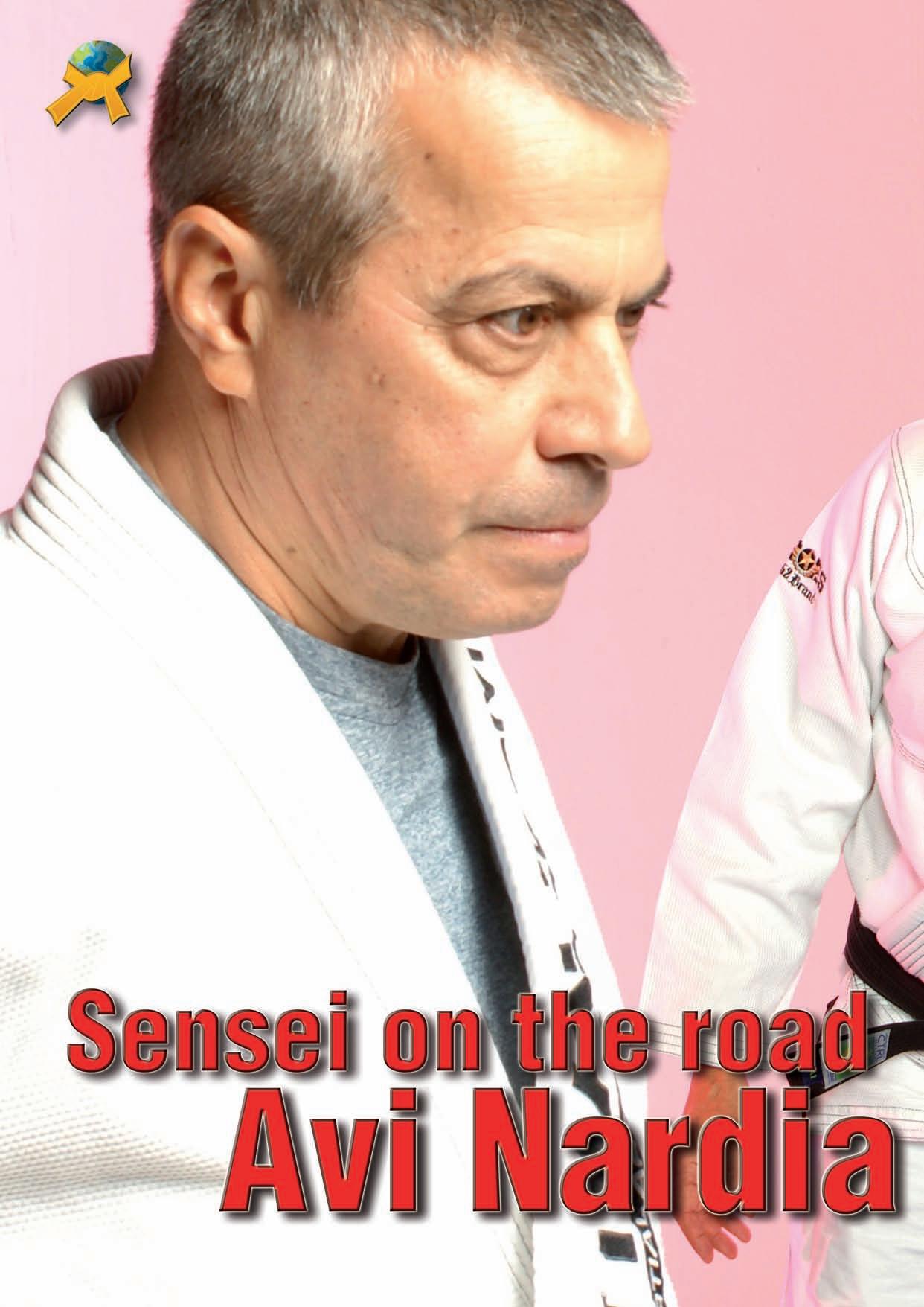
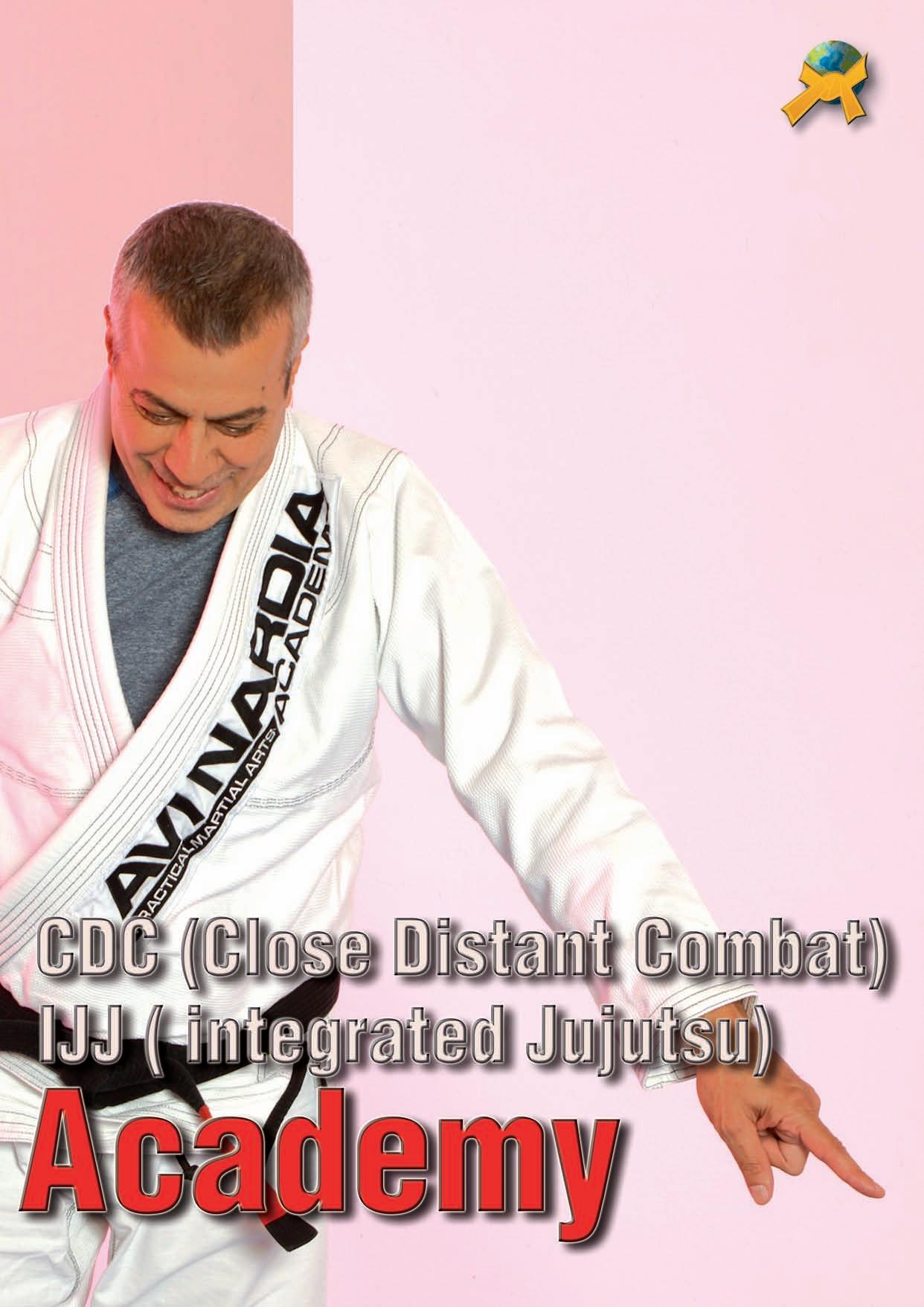
Every person must answer three fundamental questions:
- What do I live for?
- What will I die for?
- Why will I kill?
As teachers, we seek students who embody our values—less ego, willing to work hard, study, and devote themselves to Budo. I often joke with students that like Cinderella looking for a shoe and finding a Prince, sometimes we look for a prince and find only a shoe. It's very difficult to find true students.
“Hibi ga nagaku tomo, jinsei wa mijikashi” That's a beautiful contemplation on the ephemeral nature of life.
“Hibi ga nagaku tomo, jinsei wa mijikashi” This translates to "Even when days are long, life is short." The sentiment captures the Japanese aesthetic concept of mono no aware ( ) - an awareness of impermanence and the gentle sadness in the transience of life.
There's a Japanese saying that we become a different person each time we walk through a door into another room. In my travels, I share the path of the sword according to each student's readiness. The names may differ—Krav Maga, Kapap, Israeli Jiu Jitsu—but they all share the philosophy of the sword. This is why I've chosen to embark on a new chapter with CDC (Close Distance Combat).
Why this name? The answer lies in ethics and honor. To come close to your enemy is to bring the hidden to the surface and test your spirit. My journey began in Belgrade, where I met instructors to share CDC and explain the evolution from Israeli BJJ to Integrated Jiujitsu, blending old with new. From there, I traveled to Japan to teach instructor training and VIP protection, including family protection and evasive movement techniques. I demonstrated how Japanese Jiu Jitsu and BJJ form Integrated Jiujitsu, becoming distinct from Kapap or Krav Maga.
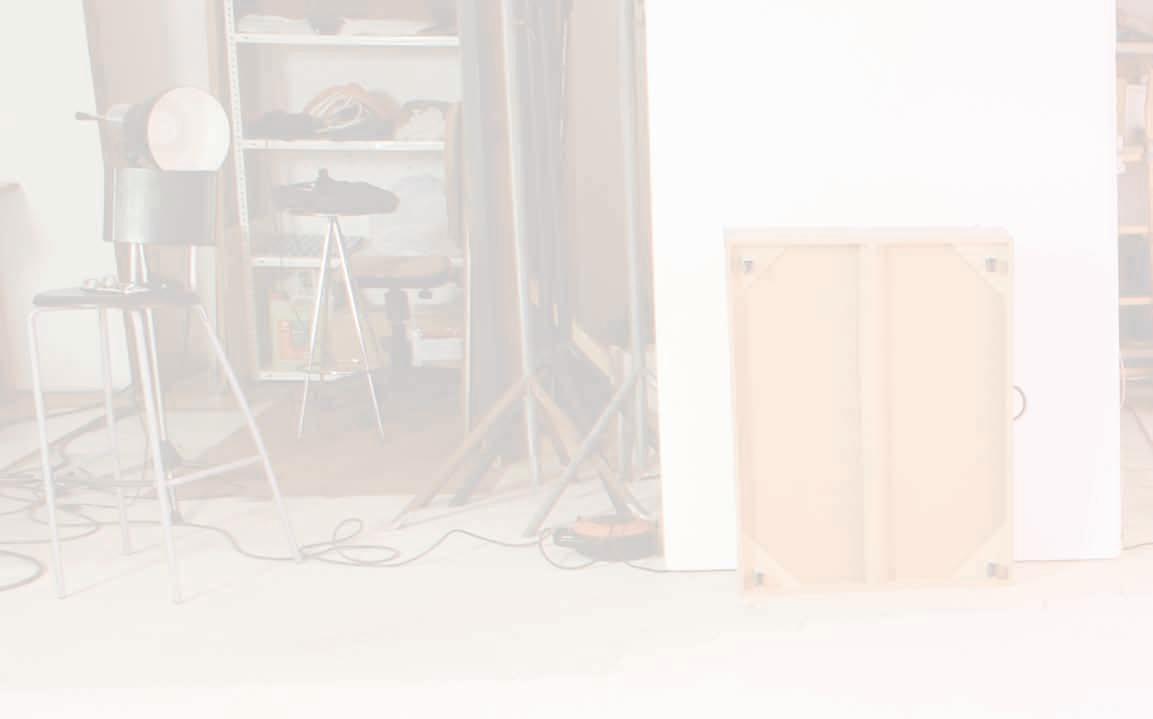
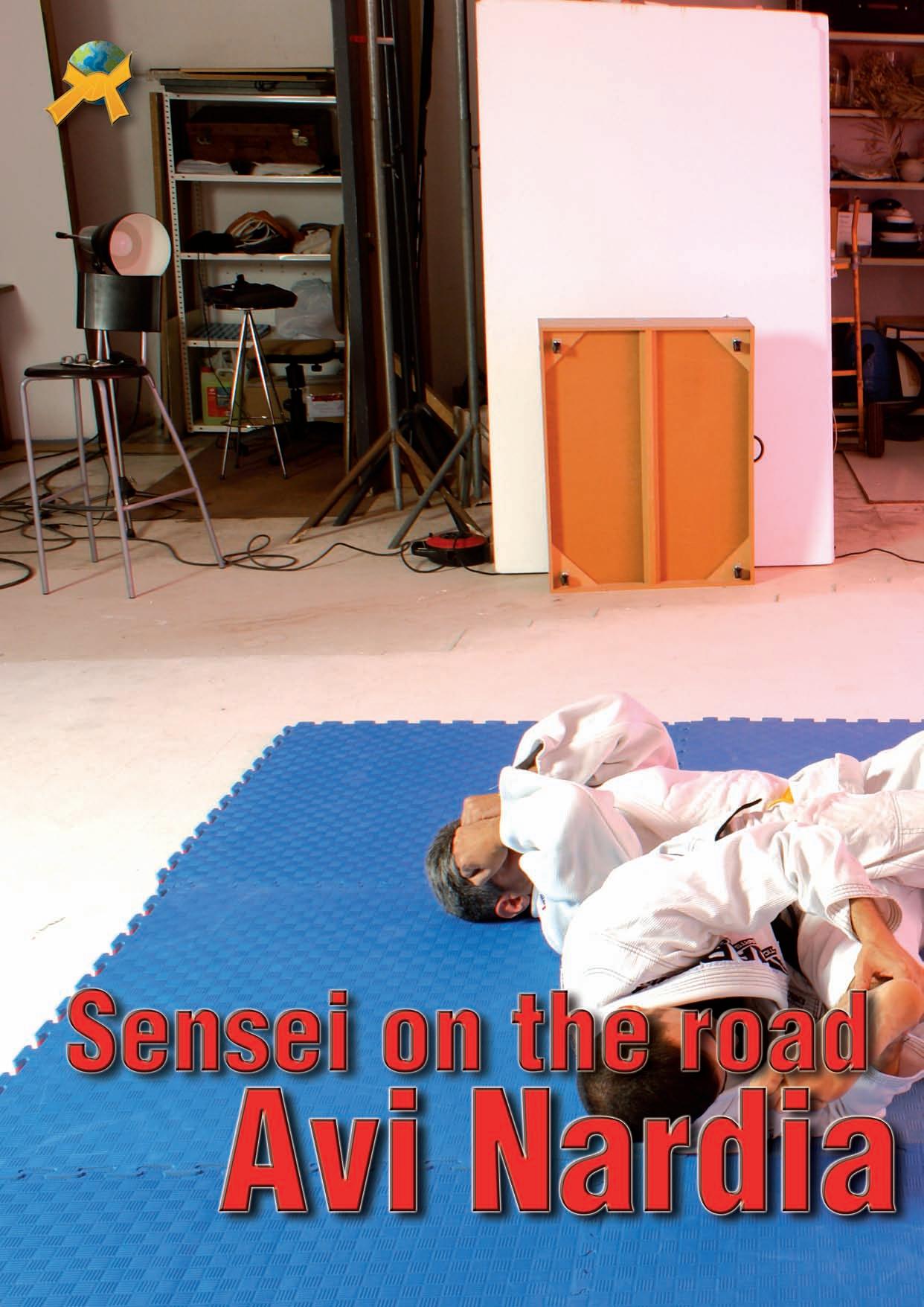
Breaking down these arts: Krav Maga is a basic program taught in the IDF, derived from Police Hagana-Hatsmit (similar to defensive tactics in US police forces). Each program has different premises and legal constraints. Any IDF soldier knows that weeks of training amount to little in the martial world—a trained soldier is a novice at best.
Israeli Jiujitsu grew beyond IDF training, incorporating elements from various arts. Each name carries meaning. Children's programs don't suit military needs and vice versa. Honesty demanded creating a new progression: starting with a short introductory program, then advancing to IJJ, mixing knowledge from multiple martial arts. This allows students to receive more than any single path offers, honing their edge on several stones into a new shape.
This path isn't for show but for deep learning. Ancient warriors like the Samurai didn't compete in the modern sense but strove for self-improvement.
"We have two lives, and the second begins when we realize we only have one." —Confucius
My travels continued across various US locations with private classes and Muay Thai workshops, blade and firearms disarming classes, then to Germany for Kempo Arnis and BJJ/IJJ testing. The scabbard becomes smoother the more the sword passes through it. With an open mind, both student and teacher can learn regardless of the art's name.
When glass breaks, it shatters into intricate lines of sharpness. The same happens with conversations over time with our teachers and nature itself. Our internal battles rage day and night between good and evil, right and wrong. The martial way is our path to self-discovery, self-realization, and finally transcending the self.
I've created a three-tier learning system:
Students- attend classes online or in person as they wish. They receive the seed of mastery but choose how to apply it in their lives.
Associates- teach independently and may mention their association with my name. These teachers are committed to martial arts but not yet to the path of mastery.
Members -commit to the path of morality and ethics, embodying the knowledge and skill of the Kengo (sword master). Only these may use my name and logo.
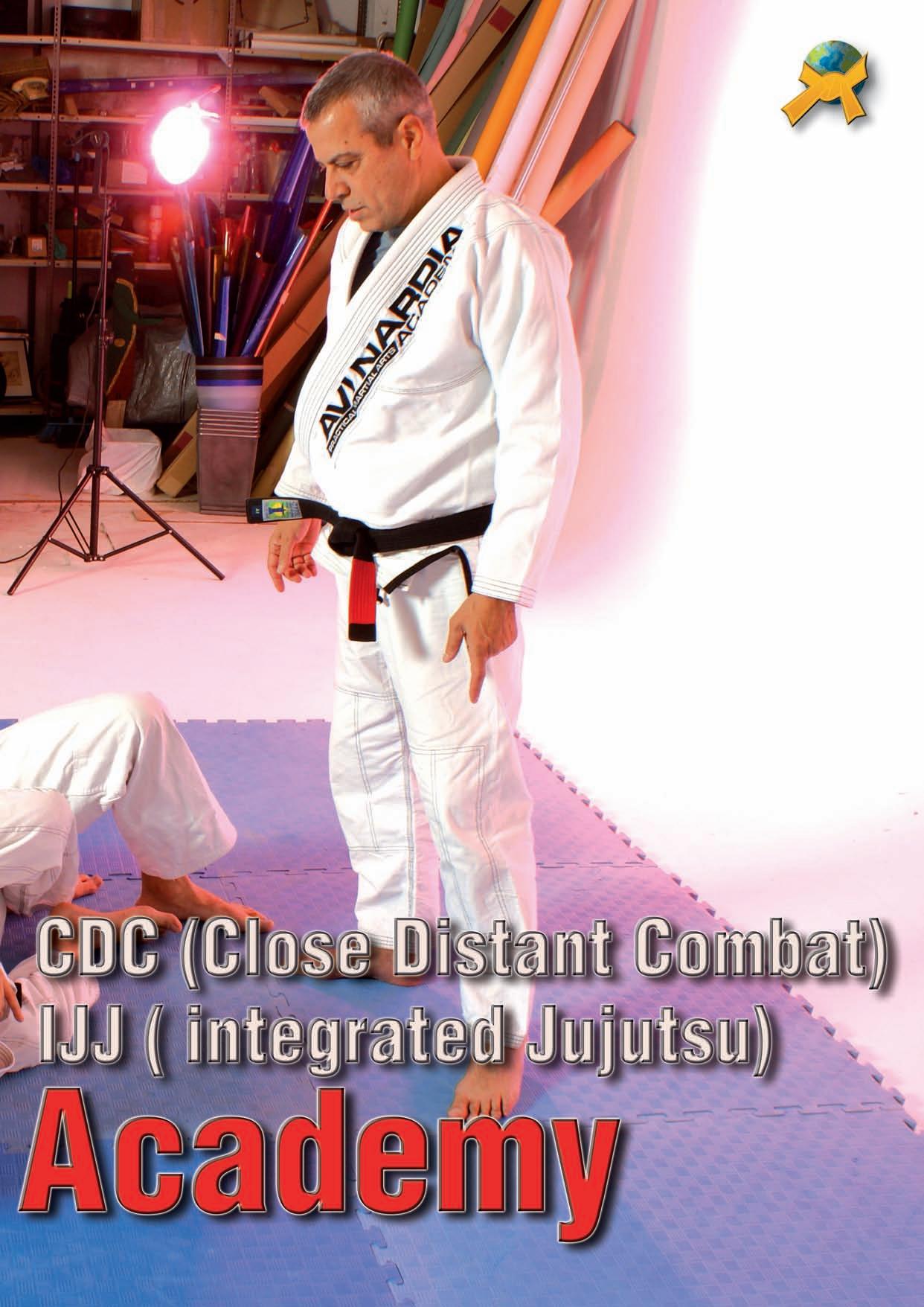
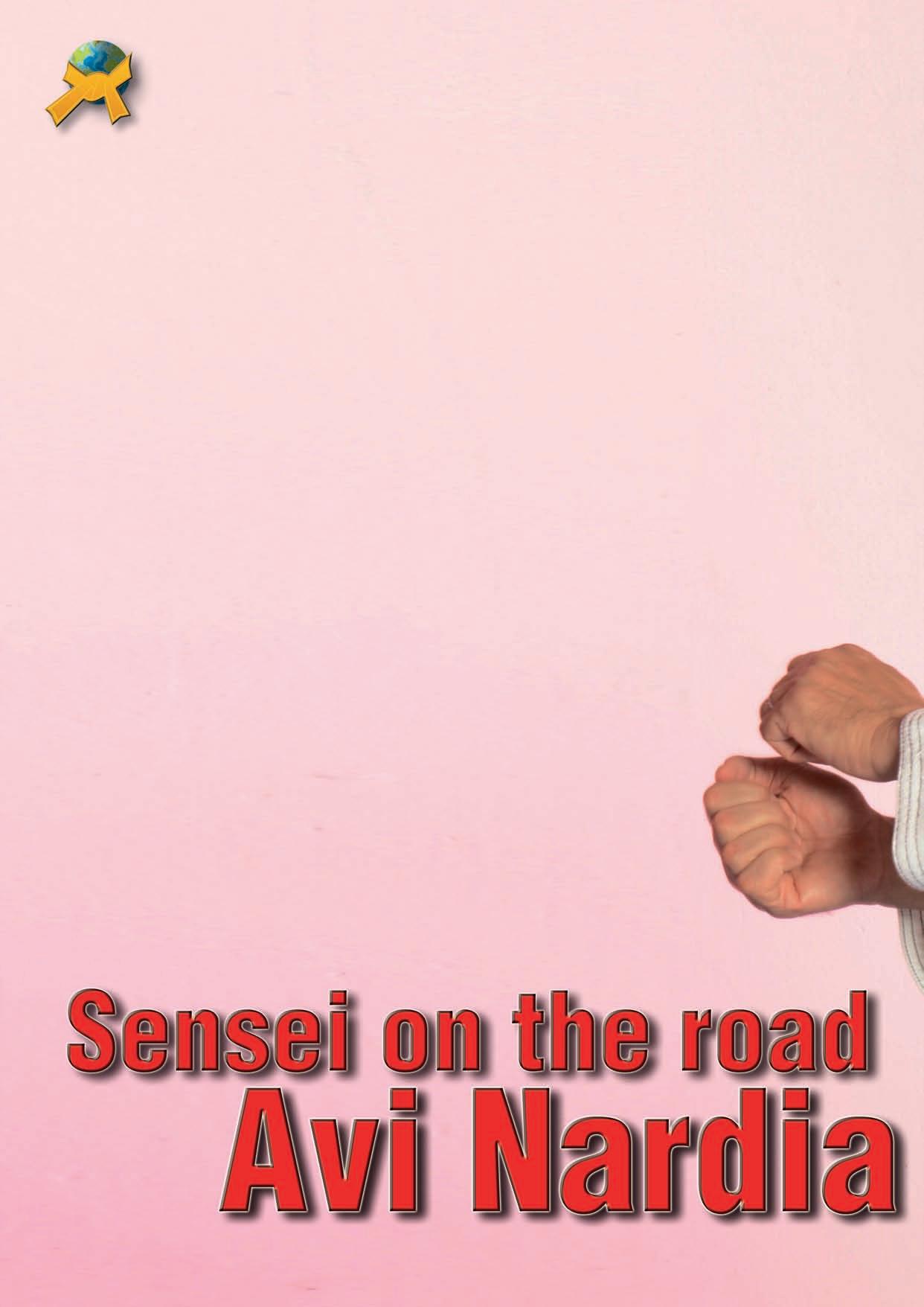
- Kenshi (swordsman): Learning to cut and stab, serving will or country through the "satsujinken" (life-taking sword). Practice is hard, aims are external.
- Kengo( sword master): Higher competence but still attached to weapon and technique rather than what lies within.
- Kensai (sword saint): Transcending learning and sword itself through "katsujinken" (life-giving sword). No longer relying on the sword but carrying its spirit in every thought, feeling, and action.
I see my teachings as combining both swords—taking and giving life to achieve internal balance and reach the level of sword saint. Consider maintaining all facets of humanity during combat's trials. When you embody the martial way, you cannot be disarmed from the outside.
Every action affects our loved ones and the world. The ability to both take life and elevate the living brings out our best and represents the true, complete meaning of the martial way.
: / Saru mo ki kara ochiru "Even monkeys fall from trees"
even the most skilled and experienced people can make mistakes let’s stay humble and keep improving and progress
• If it's not yours, don't take it.
• If it's not right, don't do it.
• If you don't know, shut up.
• If it's not your problem, don t interfere.
• If it's not your time, don't rush.
• If it's not your path, don't follow blindly.
• If it's not sincere, don't pretend.
• If it's not your business, don't meddle.
• If it's not your fault, don't blame.
• If it's not the right time, wait patiently.
• If it's not your way, don't force it.
• If it's not clear, seek understanding.
• If it's not necessary, don't speak.
• If it's not your concern, don't worry.
Many Israelis love the Mossad motto: "By wise counsel you shall engage in war."
This phrase inspired the popular book "By Way of Deception: The Making and Unmaking of a Mossad Officer" by Victor Ostrovsky.
The phrase "By wise counsel you shall engage in war" is a biblical quote from Proverbs 24:6, available on Bible.com and
other versions. It emphasizes the importance of sound advice and strategic planning before engaging in any conflict, whether literal war or metaphorical battle. The verse suggests that victory is more likely when multiple wise counselors are consulted.
Proverbs 24:6 states: "For by wise counsel you will wage your own war, and in a multitude of counselors there is safety."
Most people understand this as: "With cunning you will make war" - like tricking your enemies to help you win.
But the way I see it should be: "With cunning you will make war, and with honesty you will make peace."
Perhaps because we wish for war, we get war through manipulation rather than being keen and honest on all sides of the conflict.
Humans can be easily manipulated by emotions - love, hate, and fear - and we lose our logical minds once we love or hate someone or fear them. These emotions help others manipulate and control us, making us prisoners in emotional cells.
As Fyodor Dostoevsky said: "The best way to keep prisoners from escaping is to make sure they never know they are in prison."
Remember: Showing your emotions to people is like bleeding near sharks.
The controlling forces don't want educated people. Remember: People who read books and do research will always sound crazy to people who don't.
Perhaps we can use open-minded, research-oriented people as "conspiracy theorists" and those who don't read as followers of this slogan.
Consider world leaders and how they fit this quote: "Too much attention makes the donkey think he is a lion."
We live in an era where speaking truth is offensive.
As Thomas Paine said: "He who dares not to offend cannot be honest."
There's so much media and information these days, but we need to remember René Magritte's words: "Everything that is visible hides something that is invisible."
It's like a bikini - it shows you all the parts you don't want to see.
We try to kill ideas by killing people and forget that, as Sophocles said: "You can kill a man but you can't kill an idea."
Too many desire power, and most should not have it, as we see with today's world leaders.
Plato wisely noted: "He who does not desire power is fit to hold it."

We make bad decisions and develop bad habits. People don't decide their future - they decide their habits, and their habits decide their future.
As John Steinbeck observed: "All wars are symptoms of man's failure as a thinking animal."
This makes me wonder: How did we go from the Six-Day War against six states in 1967 to already 600 days of war in Gaza? Somehow this doesn't fit my logic.
The Six-Day War, also known as the June War, 1967 Arab-Israeli War, or Third Arab-Israeli War, was fought between Israel and a coalition of Arab states - primarily Egypt, Syria, and Jordan - from June 5-10, 1967. Other Arab countries like Iraq, Lebanon, and Saudi Arabia aided the coalition.
Hopefully this era of war will end, but it will surely lead to much radicalism and hate between religions, and it may take a long time to fix. Perhaps we need to study Japanese Kintsugi and repair with gold to heal the hate and scars of war.
As Hemingway said: "We are all broken - that's how the light gets in."
Kintsugi (Japanese: , literally "golden joinery"), also known as kintsukuroi ( , "golden repair"), is the Japanese art of repairing broken pottery by mending areas of breakage with urushi lacquer dusted or mixed with powdered gold, silver, or platinum. As a philosophy, it treats breakage and repair as part of an object's history, rather than something to disguise.
Kintsugi is similar to the Japanese philosophy of wabisabi, which embraces the flawed or imperfect. Japanese aesthetics values marks of wear from an object's use. This can be seen as rationale for keeping an object even after it breaks, and as justification for kintsugi itself - highlighting cracks and repairs as events in an object's life rather than allowing its service to end upon damage.
The philosophy of kintsugi relates to the Japanese concept of mushin ( , "no mind"), which encompasses nonattachment, acceptance of change, and fate as aspects of human life.
In traditional Japanese aesthetics, wabi-sabi ( ) centers on accepting transience and imperfection. It's often described as appreciating beauty that is "imperfect, impermanent, and incomplete."
This brings me to 43 BC, and it seems there's nothing new under the sun.
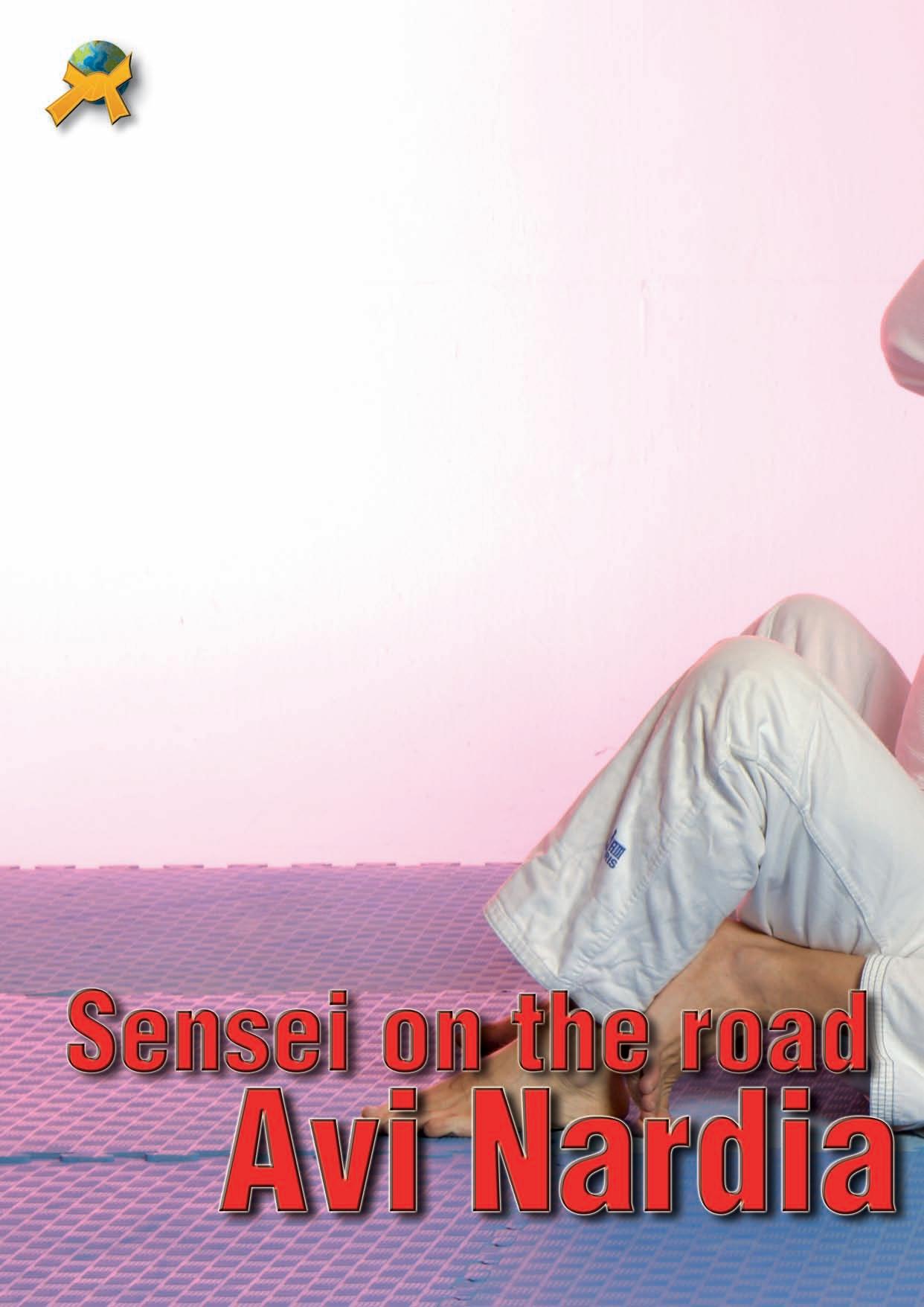
Marcus Cicero (43 BC) of the Roman Empire wrote:
1. The poor - work and work
2. The rich - exploit the poor
3. The soldier - protects both
4. The taxpayer - pays for all three
5. The banker - robs all four
6. The lawyer - misleads all five
7. The doctor - bills all six
8. The goons - scare all seven
9. The politician - lives happily on account of all eight
Written in 43 BC, but still valid today.
As always said: "Two eyes to look, but only a third eye to see."
"To see with ken is to have and make use of the naked eye. Ken refers to physical sight. Kan means 'to see with your mind's eye.' This process is called shingan - the intuitive power of mind by which the swordsman attunes to all things and events around him, absorbing and analyzing information for instant recall when needed. Examples include considerations about ma-ai (combative engagement distance), what's behind the swordsman, light direction from sun, moon, or lamp, and anything affecting combateven where the swordsman places his back foot. The more perceptive a swordsman becomes to such things, the more skilled he grows.
We all know from experience that facing directly into the sun is disadvantageous, not only in combat but in daily life.
Kan is a developed state of mind achieved after sufficient training experience - an 'opening' of the swordsman's mind enabling him to hear what shouldn't be heard and see what shouldn't be seen. Anyone can attain this state through proper training effort."
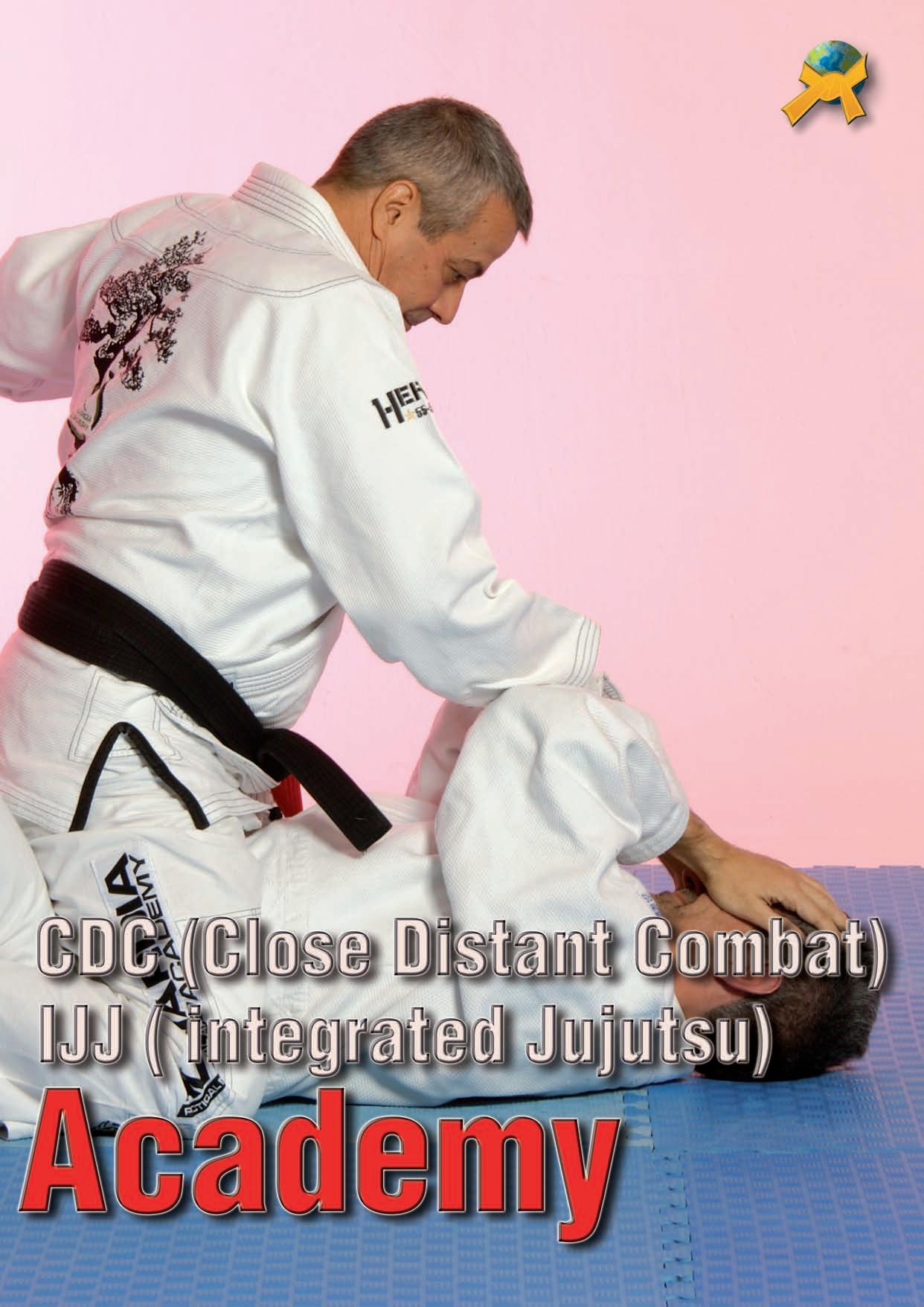
As Marcus Aurelius said: "You could die right now - let this fact guide the rest of your life."
That's why we should live wisely. We learn who we are by what we do to others.
It's not always what you have - it's what you do with what you have.
Arthur Schopenhauer noted: "No rose without thorns, but many thorns without roses."
Cato the Elder observed: "Wise men learn more from fools than fools from the wise."
Half your beauty comes from how you talk and treat people - that's why we should be kind.
Everything we really want is on the other side of fear.
I thought growing old would take longer. I'm at the age where if you text me after 10 PM, I'll text you back at 4 AM.
I want only one thing from fake people: distance.
If I cut you off, chances are you handed me the scissors.
“In peace, we build bridges; in war, we raise walls” “The Spartans do not ask how many are the enemy, but where are they.” -
King Agis II of Sparta “War is what happens when language fails” -Margaret Atwood
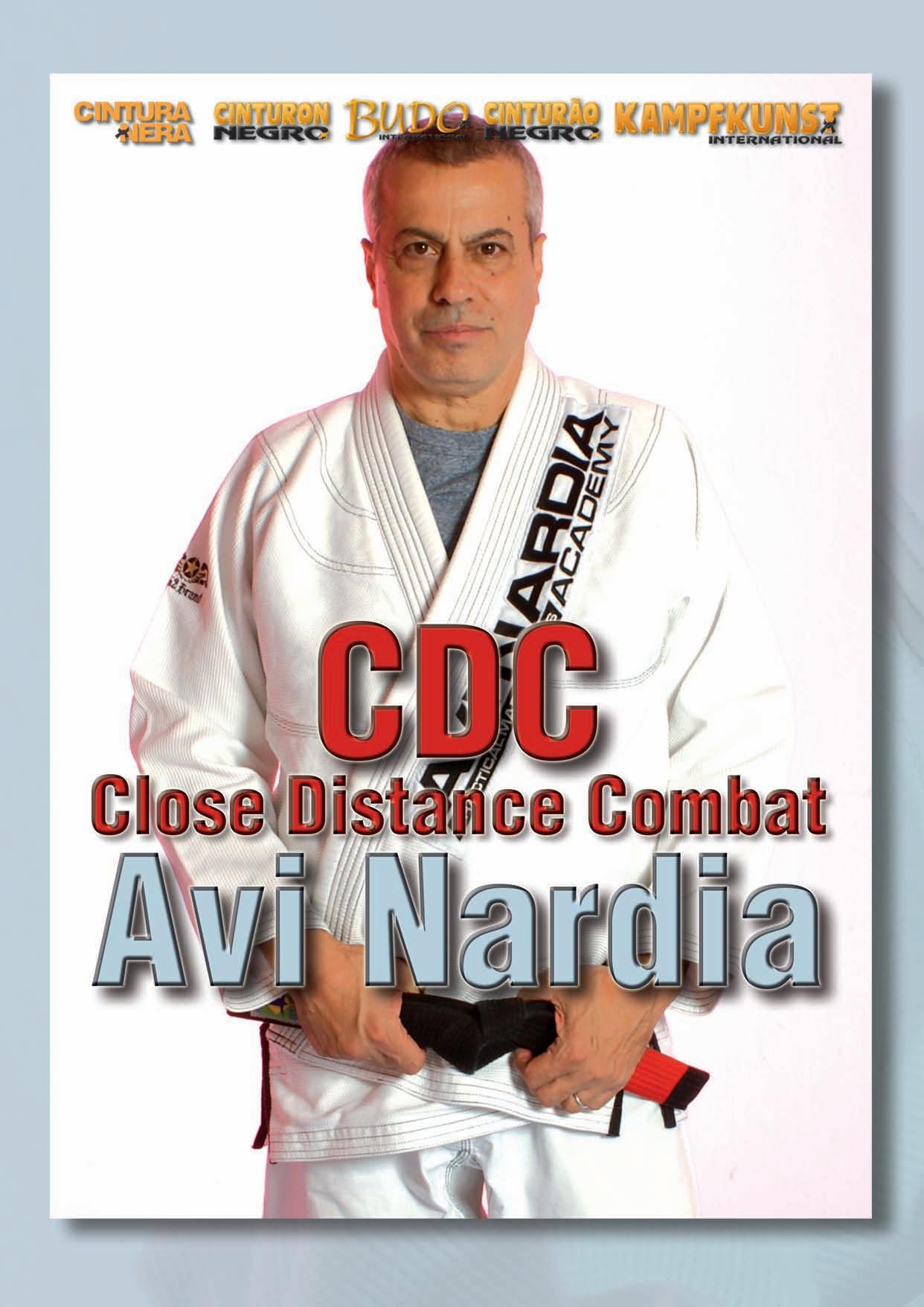

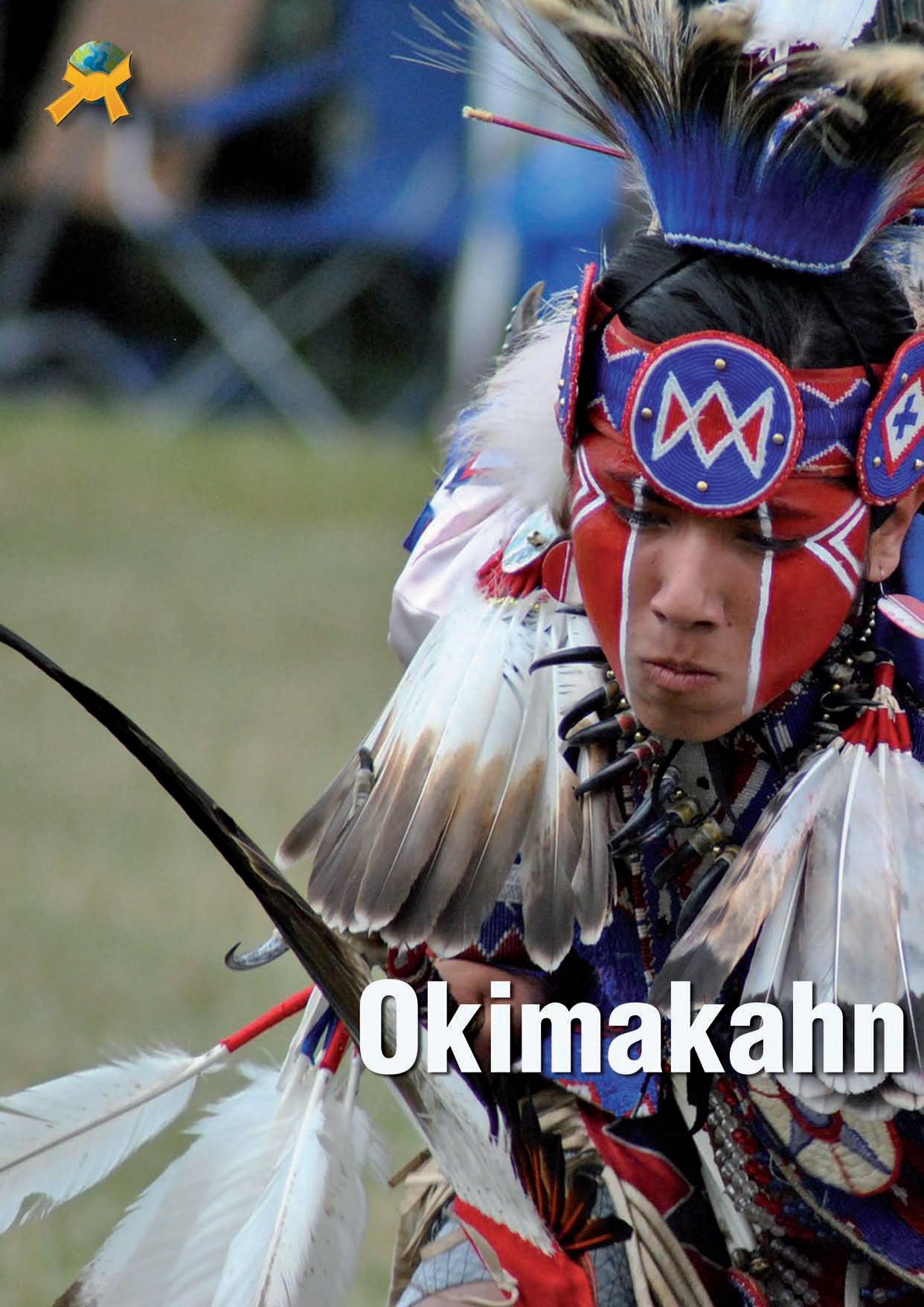
By
The summer solstice is a very busy time of year for Indigenous celebration and activity. In North America, as Indigenous people we start to honor the summer solstice which effectively begins on June 21st. This day and the period that follows, is a time of cultural and spiritual significance for many Indigenous peoples across Turtle Island (North America). The time of the year marks longer days and is a time for celebrations, ceremonies, and a renewal of connection with the land and the natural world. For many generations, Indigenous communities have celebrated their heritage, cultures, and traditions around this time. As well, this becomes the busiest time of year to see a multitude of Pow Wows occurring throughout the territories. In the spirit of our ancestors, I will share some unique teachings, knowledge and information into the activity and spiritual impact of our celebration known simply as Pow Wow.
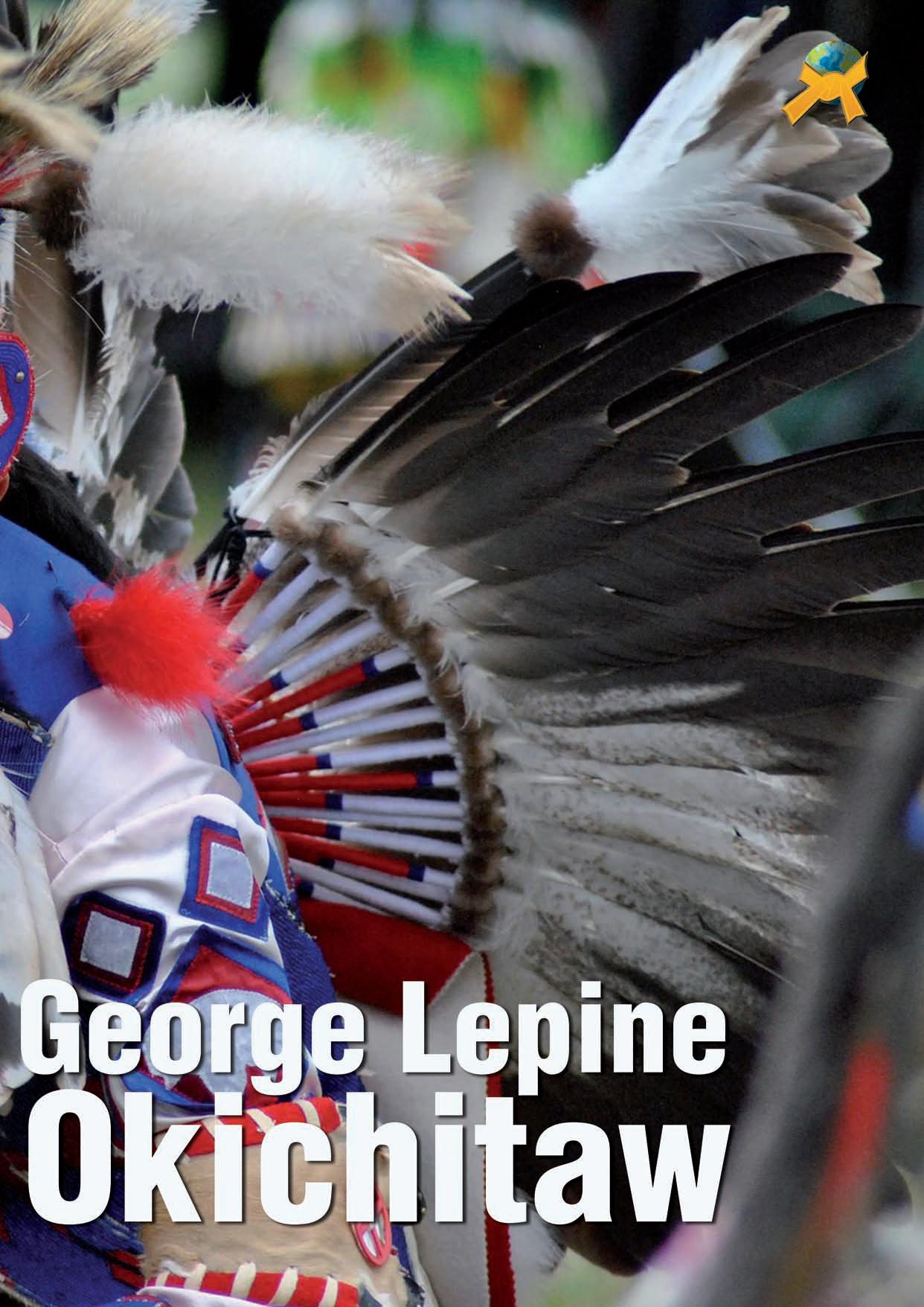
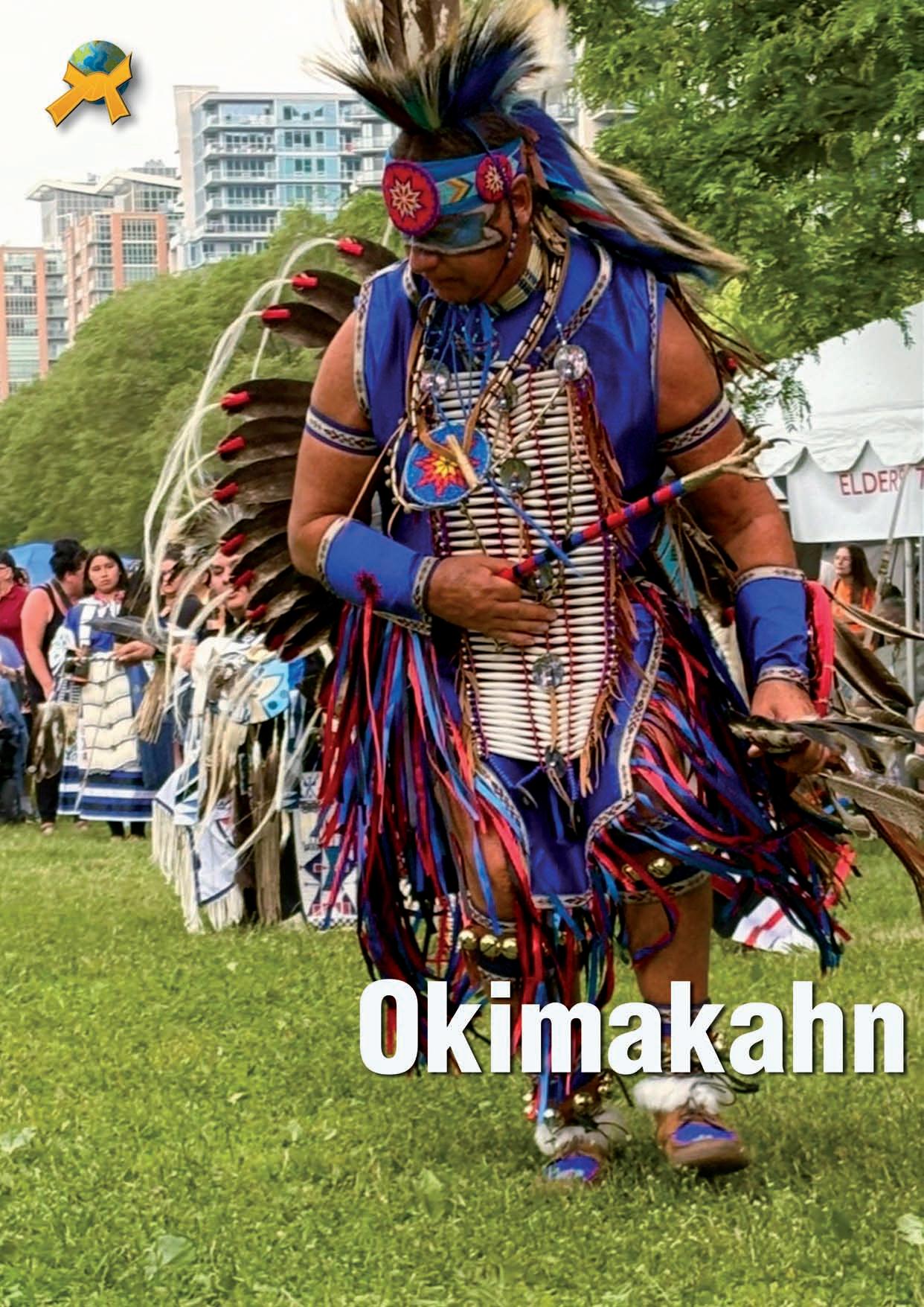
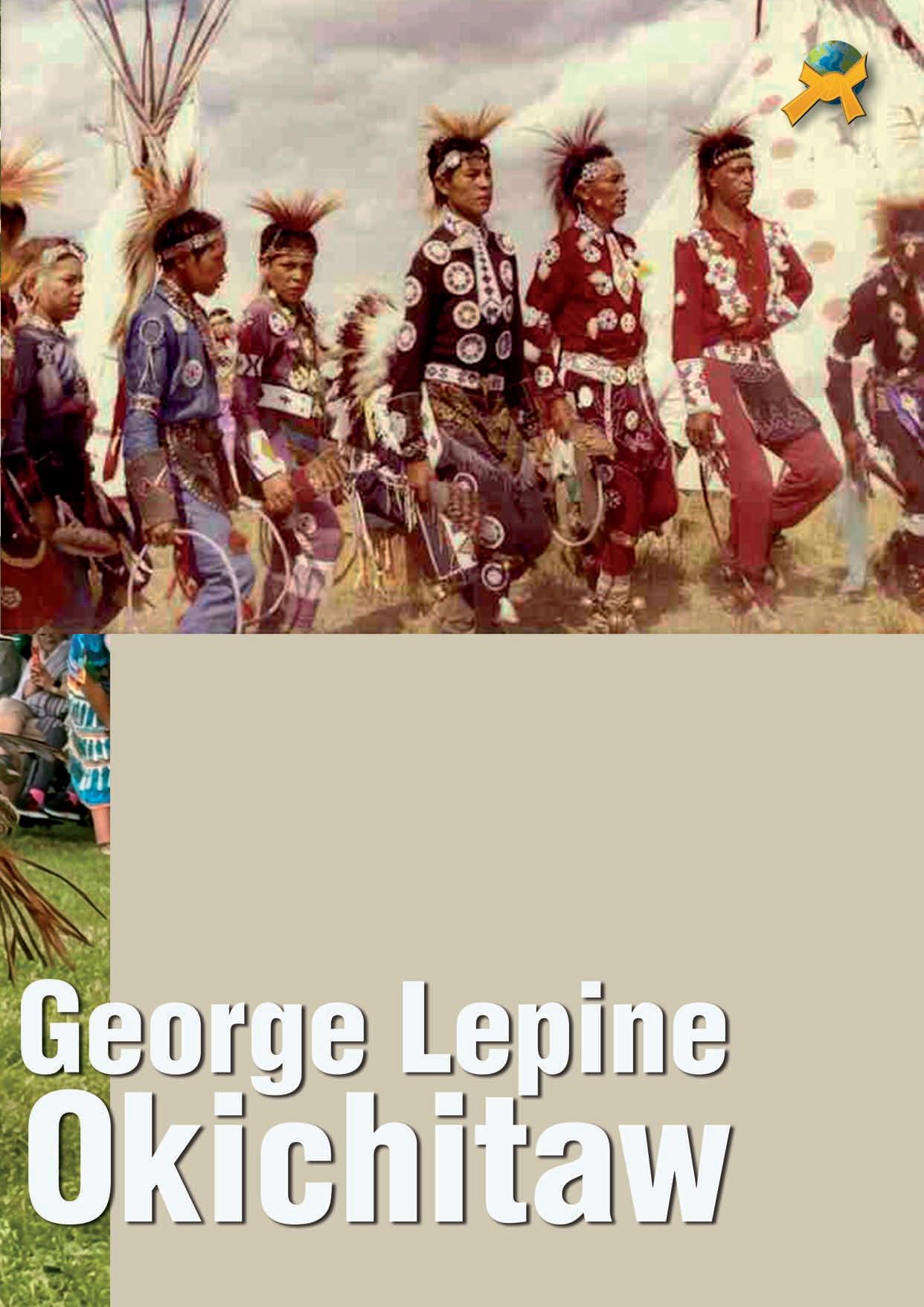
As an Indigenous Traditional Northern Plains Pow Wow Dancer myself, I thought that I'd take an opportunity to share some of our history as well as provide a general understanding of the tradition of Pow Wow. Although the celebration and dances of Pow Wows may have been seen by people, the knowledge and understanding of its history, cultural traditions and even the purpose of the dances may not be clearly indicated at these events. It's also important to understand the challenges that the celebration of Pow Wow has had historically which greatly helps one to gain insight into why this ceremonial activity is so very important for Indigenous people.
Pow Wow celebration is our way of meeting together, to join in dancing, singing, visiting, renewing old friendships, making new ones and most importantly celebrating and honoring our traditions. Before the term "Pow Wow" became popular, various words were used to describe similarities to this cultural activity. Other than the title Pow Wow, names such as Celebration, Feast, Festival Gathering, Indian Dance, Union, Medicine Visit or Coming Together to name a few were used. The term "Pow Wow" is actually a Northeastern Woodlands tribal word which literally means "Gathering" in English. Further, the word and sound of "Pawaa" or "Pawuu" coming from the Algonquin Indigenous nation has also indicated the origin of the word which translates to "Shaman" or "Medicine Man". These special men travelled to various tribal communities and upon their arrival there would be celebrations and gatherings, hence the modern application of the usage of Pow Wow.
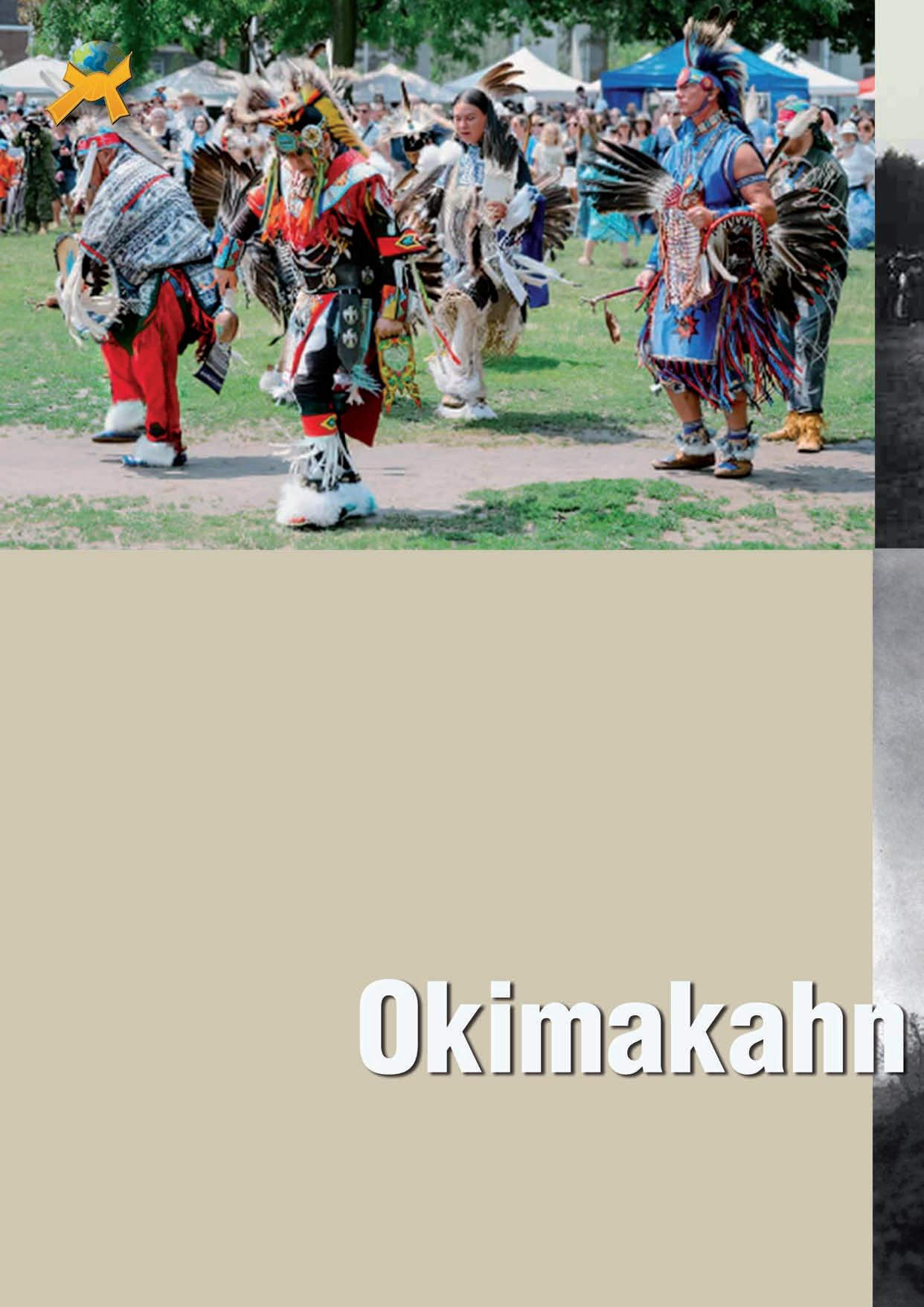
There are various stories about the Pow Wow's origins. One is that the Ponca Indians who migrated from an area along the Red River near Lake Winnipeg, held a inter-tribal Pow Wow in the early 1800s. Other stories mention that the Northern Plains Indians createdPow Wow dances during the 19th century. While the exact origin of the Pow Wow is somewhat unknown, our celebrations were adopted and adapted by various Indigenous communities across North America throughout the 20th century. The activity of Pow Wow did not occur throughout our communities without paying a serious price for having these events when it came to the early days of colonial suppression. In the 1800s, ceremonies and other Indigenous practices were banned by the government as they recognized that the ceremonies were connected to all aspects of Indian life and that the ceremonies undermined their assimilation policy. Many church and government leaders vehemently opposed Indian spiritual beliefs, ceremonies, and dances. The campaign to suppress all forms of Indian dancing in the Northern Plains was taken up with a vengeance. The spiritual gatherings of Indigenous people were targeted by the Canadian government from1884 to 1951 to not only assimilate Indigenous people, but to also detribalize our communities.
However, with the persistence of Indigenous dances, cultural practices, activities, and ceremonies throughout this period, only serves as a testament to the strength of our community's ability to survive and adapt. Today, Pow Wows are beautiful cultural exchanges that are used as part of healing ceremonies, and to celebrate our dances, music, food, and art despite the government's overt attempt to ban Indigenous dances for more than 75 years.
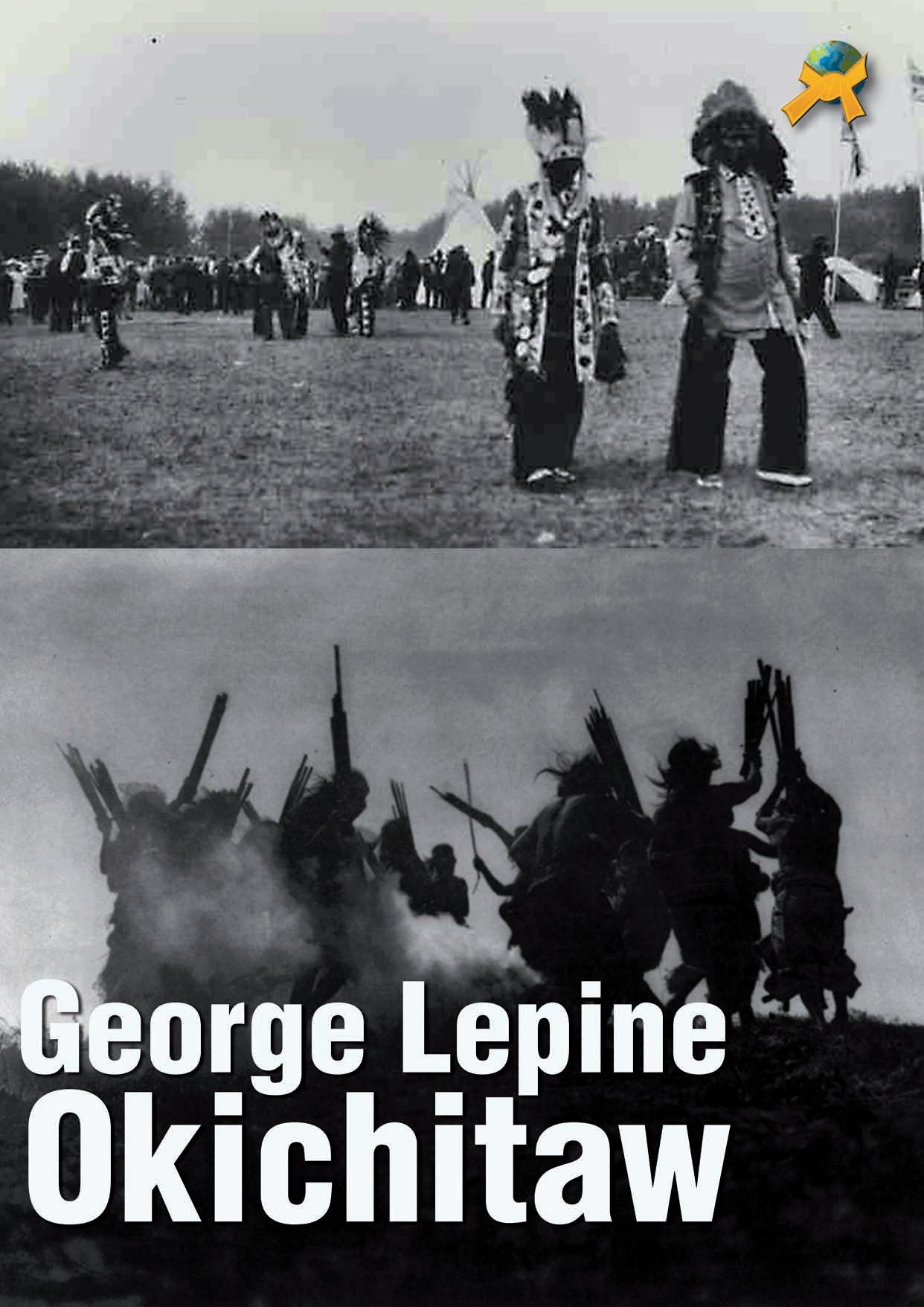
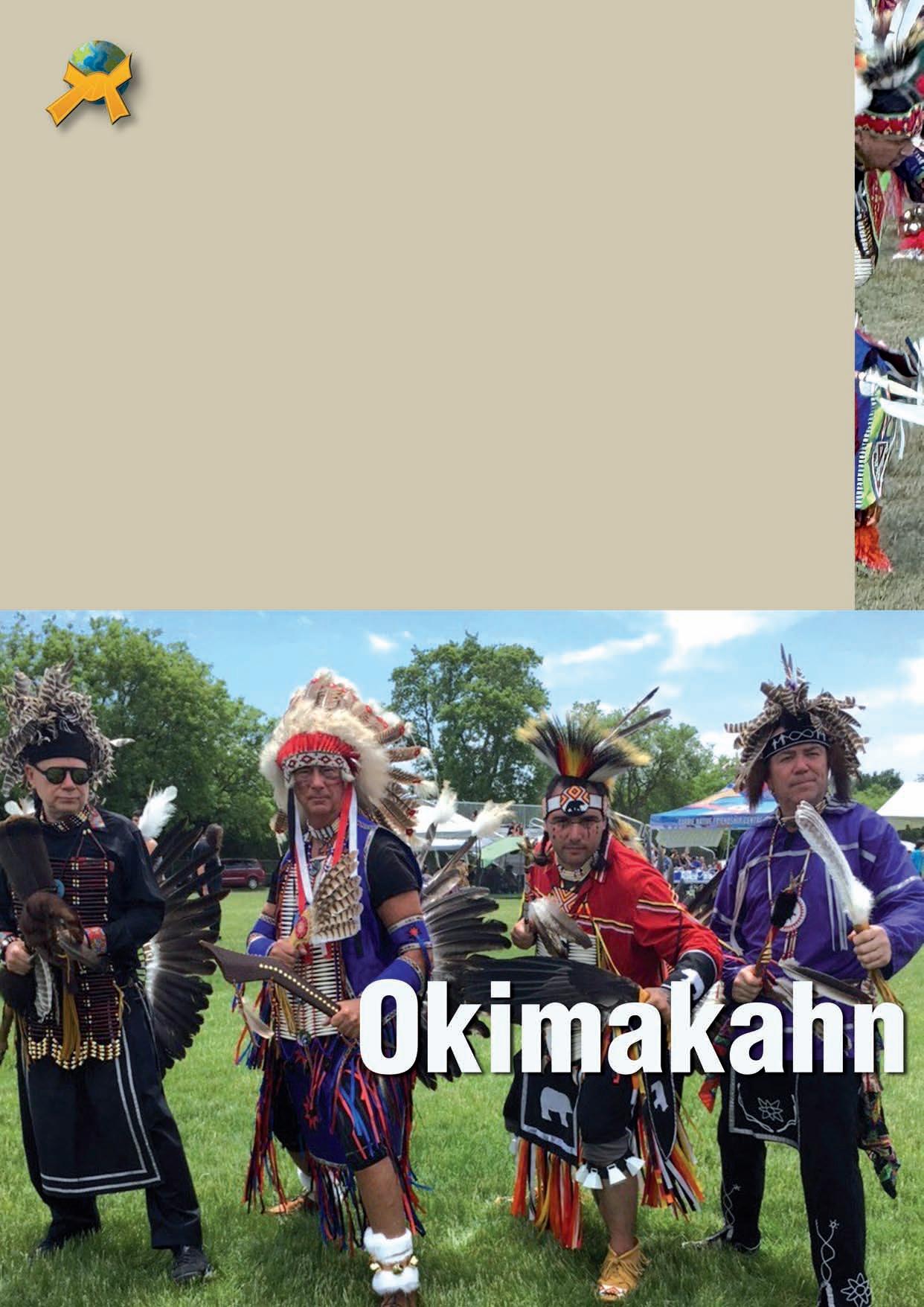
Dancing and songs have always been a very important part of the life for Indigenous people. Most dances seen at Pow Wows today are social dances which held different meanings throughout the earlier days. Although dance styles have evolved and content has changed, their meaning and importance has not. The Pow Wow regalia worn by the dancers today has transformed over time which clearly showcases our vibrant changing way of life. Nowadays, Pow Wows are noted to fall into two categories, either they are Traditional or Competition. The Traditional Pow Wow is usually held within an Indigenous Reserve and does not have the competition component for the dancers. Whereas the Competition Pow Wow includes competition which encourages high quality dancing and superb regalia displays. Competition dancers are noted to be fine athletes and also have the support of craftspeople to make their beadwork, feather work, and other materials to compose their dance outfits for competitive purposes.
One aspect of Pow Wow (regardless if Traditional or Competitive) which is never overlooked is the way we honor our Indigenous Veterans. For either style of Pow Wow, our Veterans carry flags and Eagle Staffs into the Grand Entry before the start of any event. This displaying at our Pow Wows to our Veterans provides a strong reflection of the value we place on our people who have provided a service to the people. Our Veterans and their willingness to give their life in the service of others merit the highest respect in our communities. This honoring of the Veteran is an old tradition for the Indigenous Plains people where we have always had the Warrior tradition.
Pow Wows celebrate the circle of life by bringing our communities together to sing, dance, and renew kinship bonds and friendships. The dancers form the center of the circle, with drum groups around them forming another circle, with the audience as the next circle. Each session of dancing begins with a Grand Entry, a processional of all the dancers and dignitaries of the community. The dancers enter the circle, grouped by age and dance style. The national flags are carried in by the lead dancers. Indigenous veterans and dignitaries follow the flag and led the grand entry procession. The Grand entry is followed by a prayer and a Flag song to honor our nations. The next song is a Victory song which reflects pride in our cultural survival. Inter-tribal dancing forms the core of the Pow Wow celebration. All the dancers, regardless of age or categories enjoy the intertribal songs as they dance in harmony.
Indigenous dancers all wear their own unique outfits, which are made by themselves or by friends, family and relatives. A dancer's traditional name or spirit helpers may appear on their designs. The Pow Wow outfit is considered sacred and brings honor to the spirit world, the dancer, their family and their tribal community.
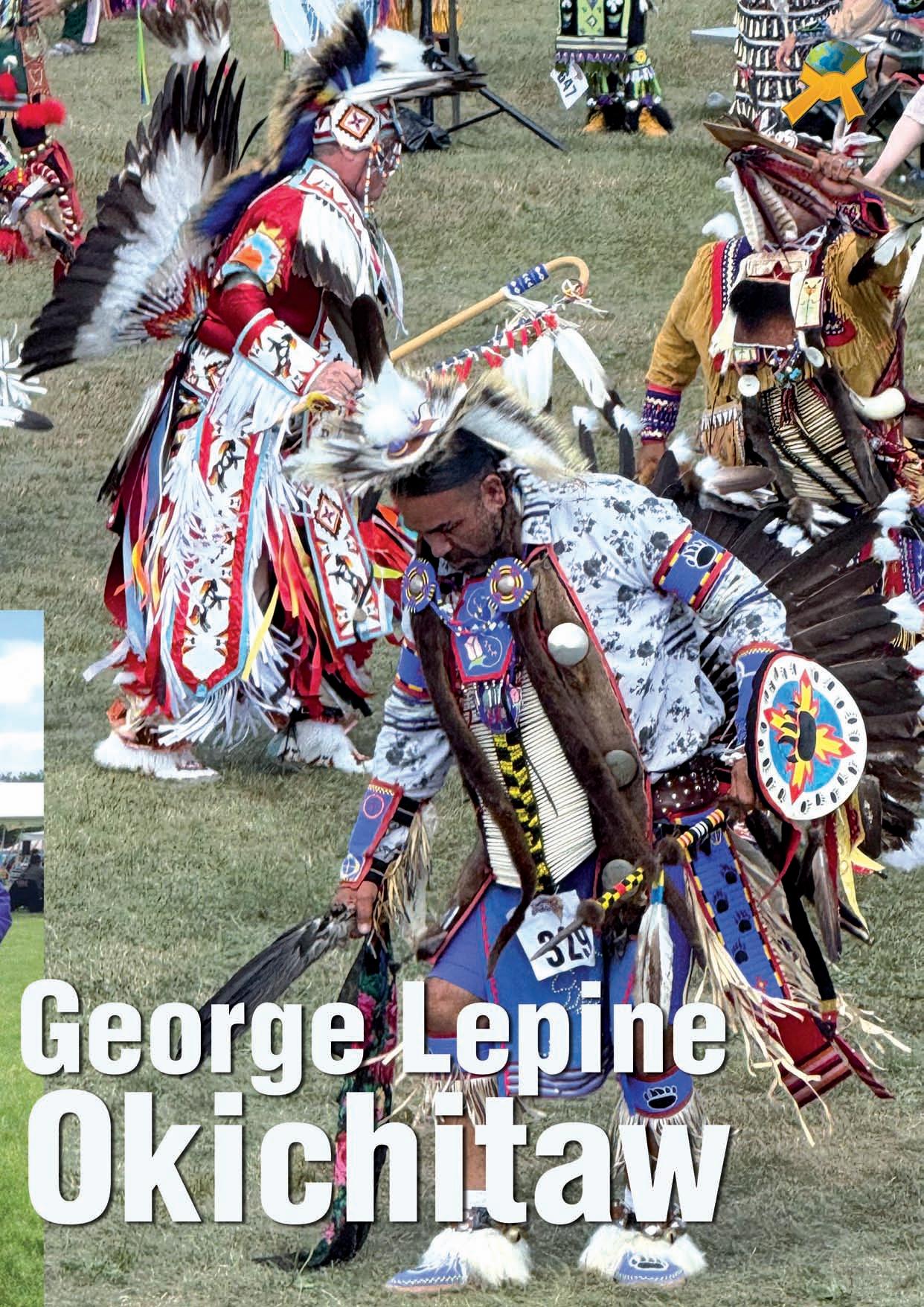
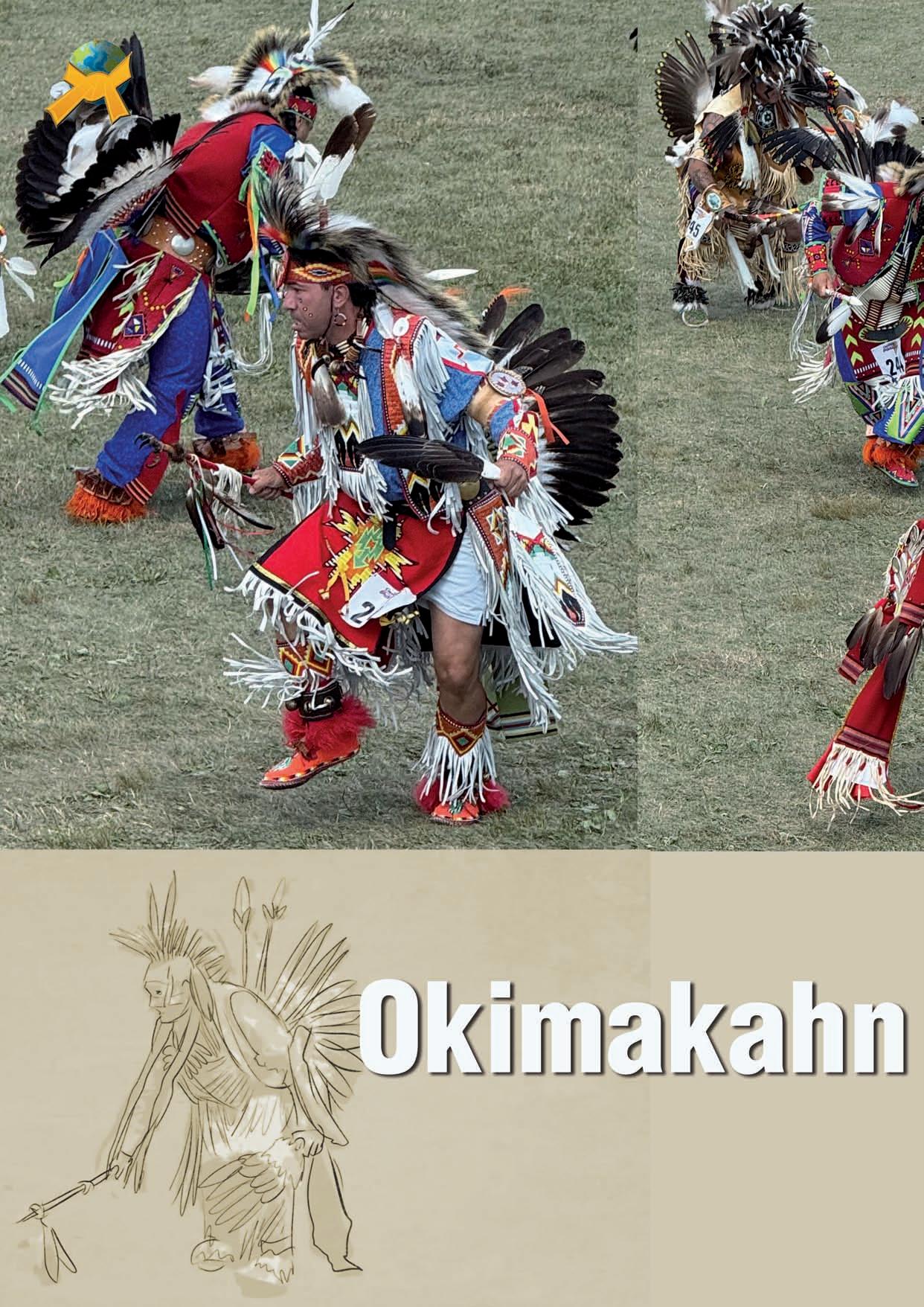
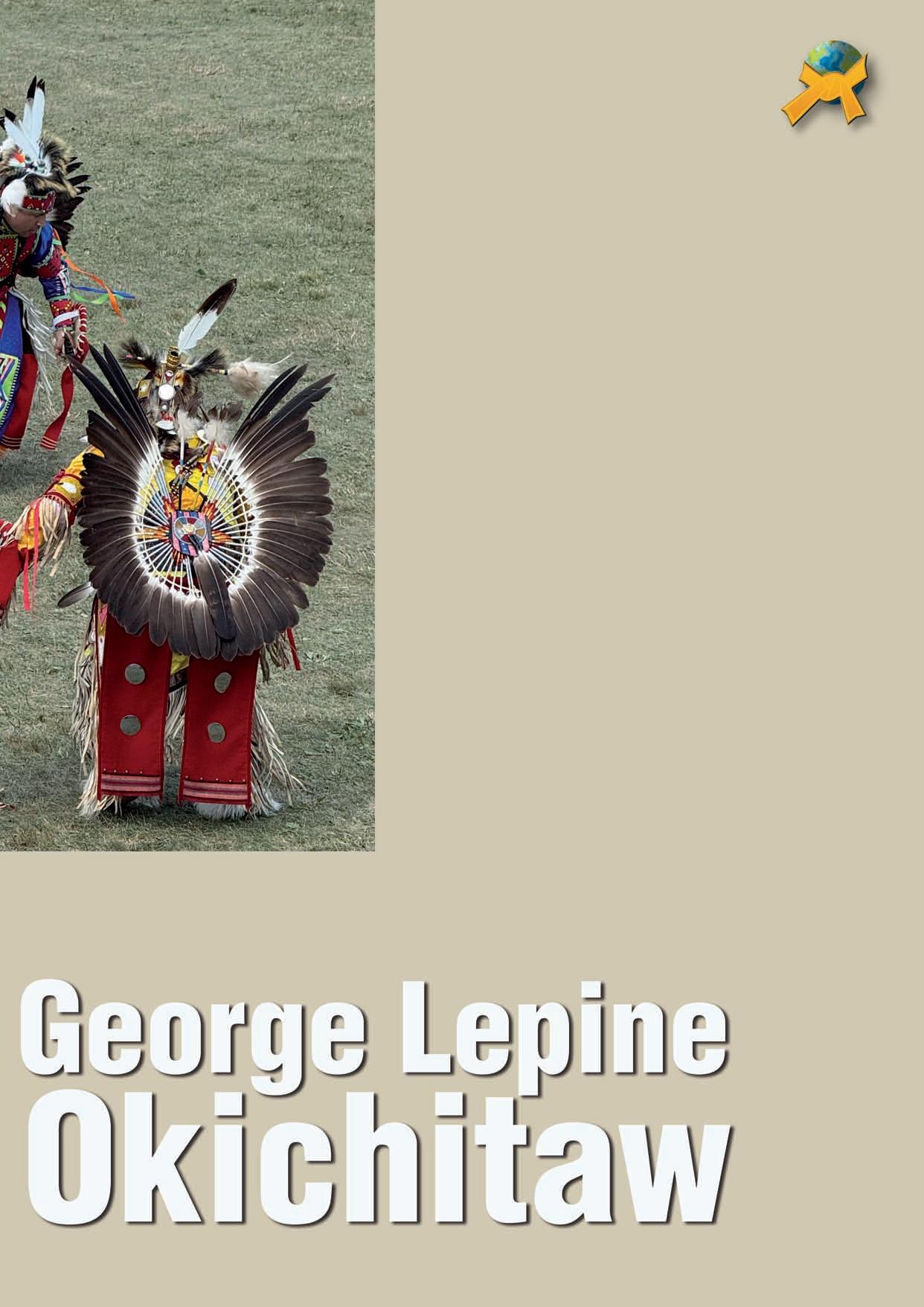
The drum is referred to the heartbeat of our nation. The drumsticks connect the spirit of drum and with the spirit of the singers. Many of the drums used at Pow Wows have been handed down within families or given to a drum group. Most of the drums have been ceremonially blessed and must be smudged and prayed over before being used. Drum groups are required to sing Honor songs, Flag songs, intertribal songs, competition songs that are unique for each group, and round dance songs. Some songs may be very old past through generations and others are recent compositions. The singers depend on their lead singer to set the tempo and melody for the song. Lead singers are greatly appreciated as they rely solely on memory for the variety of songs that they will sing at Pow Wows.
Pow Wows include many honorings by our community members. These celebrations can include events such as special dances and offerings, but the core of the Pow Wow is always about intertribal dancing. Once all Pow Wow dancing and ceremony has concluded, Flags and Eagle Staffs are then danced out or the circle and thus ends the Pow Wow for the day.
The dance style and regalia of the Contemporary Pow Wow originate from past ceremonies and warrior societies of the Indigenous Plains. The men's traditional dance stems from the days when hunting and war parties upon returning to their home community would celebrate their success by recounting their encounters with the prey or enemy by re-enacting them through dance and song. The regalia worn in the men's traditional style is highly symbolic and the colours are more subdued that those worn in other men's dance styles. The traditional dancers wear a single bustle, which is made of eagle feathers.
The Eagle Feather Bustle which is worn on the back of the dancer represents the battlefield and its circular shape is symbolic of the cycles of nature and the unity which exists among all things. Most male dancers wear a headdress called a roach. These roaches are made from the hair of a porcupine and vary in size and colour. The men's traditional dance roach is long and often topped with two eagle feathers that signify two enemies meeting in battle. The dancers usually carry items that denote their status as warriors such as a shield, coup stick and an eagle wing fan. Our regalia can also include a breech cloth, cloth leggings, breastplate, chokers, necklaces, feathered or animal headdresses, pipe bags, war clubs, shields, beaded cuffs, eagle feather fans, bells and miscellaneous other parts or cloth or animals.
During Pow Wow, every dancer relates his story of a hunter stalking game or a reenactment of a battle. Dancers will frequently turn their head from side to side in search of game or an enemy. The Men's traditional dance has two styles: contemporary and traditional. The traditional outfit is more subdued with more subdued movement. The contemporary style dancer is flashier in coloring and more active in movement.
During the 19th century, the grass dance was one of the most dominant of men's dance styles in the Northern plains. This style of dance was introduced into the Northern Plains and promoted by the Dakota who purchased, from their Omaha relatives, the right to organize grass dance societies and execute the ceremonial dances of the society. The most distinctive feature of male grass dancers is their long flowing fringed outfits that vary in style and color. The style of grass dancers is comprised of easy flowing body movements of rises, falls and turns, imitating the motions of eagles and other graceful birds. This style of dancing is done from the hips in a side-to-side motion, then dart suddenly changing their direction, and employ a series of trick steps, giving them the appearance of being off balance and resembling the grass blowing in the wind.
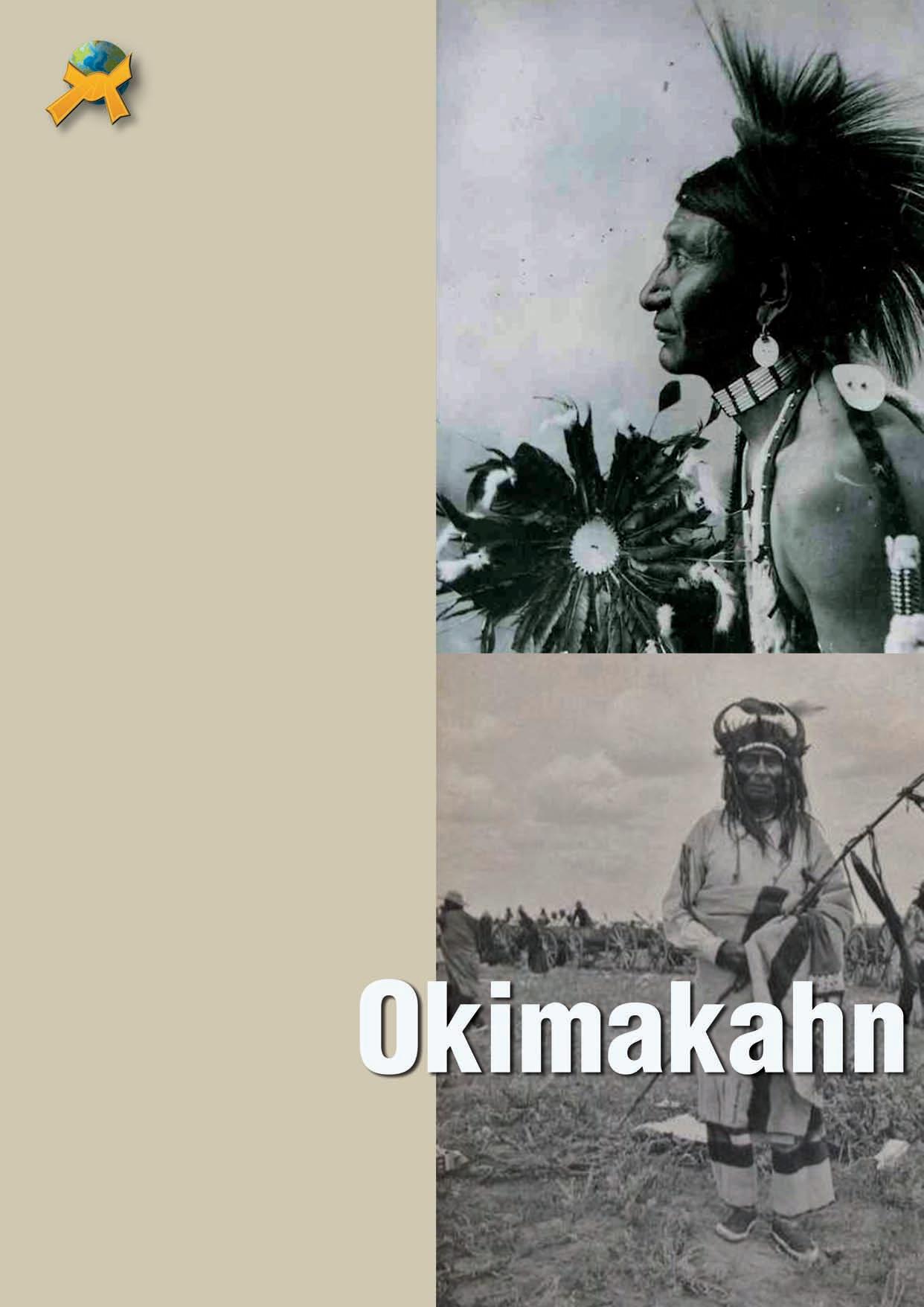
When it comes to the men's fancy dance, it first appeared during the Buffalo Bill Wild West Show days of the late 1800's (operated in the northern United States). The war dance performers were asked to wear two bustles and to make their regalia more colourful. They were also encouraged to jazz up their steps and movements. The modern fancy dancer was only recently introduced to the prairies during the late 1950's. The men's fancy dance incorporates acrobatics, spinning, and speed with the standard double steps and movements of the grass dance style making it a very challenging dance style. This type of dance is extremely vigorous and demands perfect rhythm, coordination, and strength to do.
The Prairie Chicken dance has been influenced by the Indigenous Plains peoples' warrior societies. The dance is distinctive in the style of the bustle which is made from prairie chicken feathers. These dancers also often carry mirrors that remind us of the role of scouts during the pre-reserve period when mirrors were used to communicate during times of war or hunting. These dancers imitate the movements of a prairie chicken when dancing. The dancer's artistry should reflect the warrior's spirit to become one with his surroundings when in battle or scouting. He should be so careful in his movement and actions, that his enemies would mistake him for a prairie chicken.
One of the most significant and powerful dances to observe and experience is known as the "Sneak Up" dance which originates throughout my home territory of the Northern Plains and into the Central Plains. This is specifically a "Warrior Dance" and conducted through traditional songs and performed at a Pow Wow. Traditional Dancers in this category aim to express their story. The typical application of expression is that of a hunt, a battle, engaged in combat or displaying and dancing to a warrior's victory. Our movements recall those actions of past warriors who would slip behind enemy lines to count coup or launch an attack. This type of dance features slow steps and head movements which reflect the importance of observation, and all made in time with the large drum. We utilize different movements to demonstrate our story which can include crouching, tracking, aiming, dashing forward and so on.
For myself, performing this dance with the movements simulating the hunt, being in combat, or displaying the experience of triumph, not only provide a reflection and honoring of our history and culture, but also reflect those same movements of my ancestors.
Today, Pow-wow dancers are considered contemporary warriors, who are the survivors of a war which has been won in terms of retaining our "Indigenous way of life". To be a Pow Wow participant is to honor the struggle of our ancestors and their desire to preserve our cultural ways. From the 1800s to the present, Pow Wows have stood as a testament against assimilationist policies and institutions. For us, Pow Wows are a place where both Indigenous and non-Indigenous peoples can come together in peace to celebrate tradition and promote a forever enduring culture.
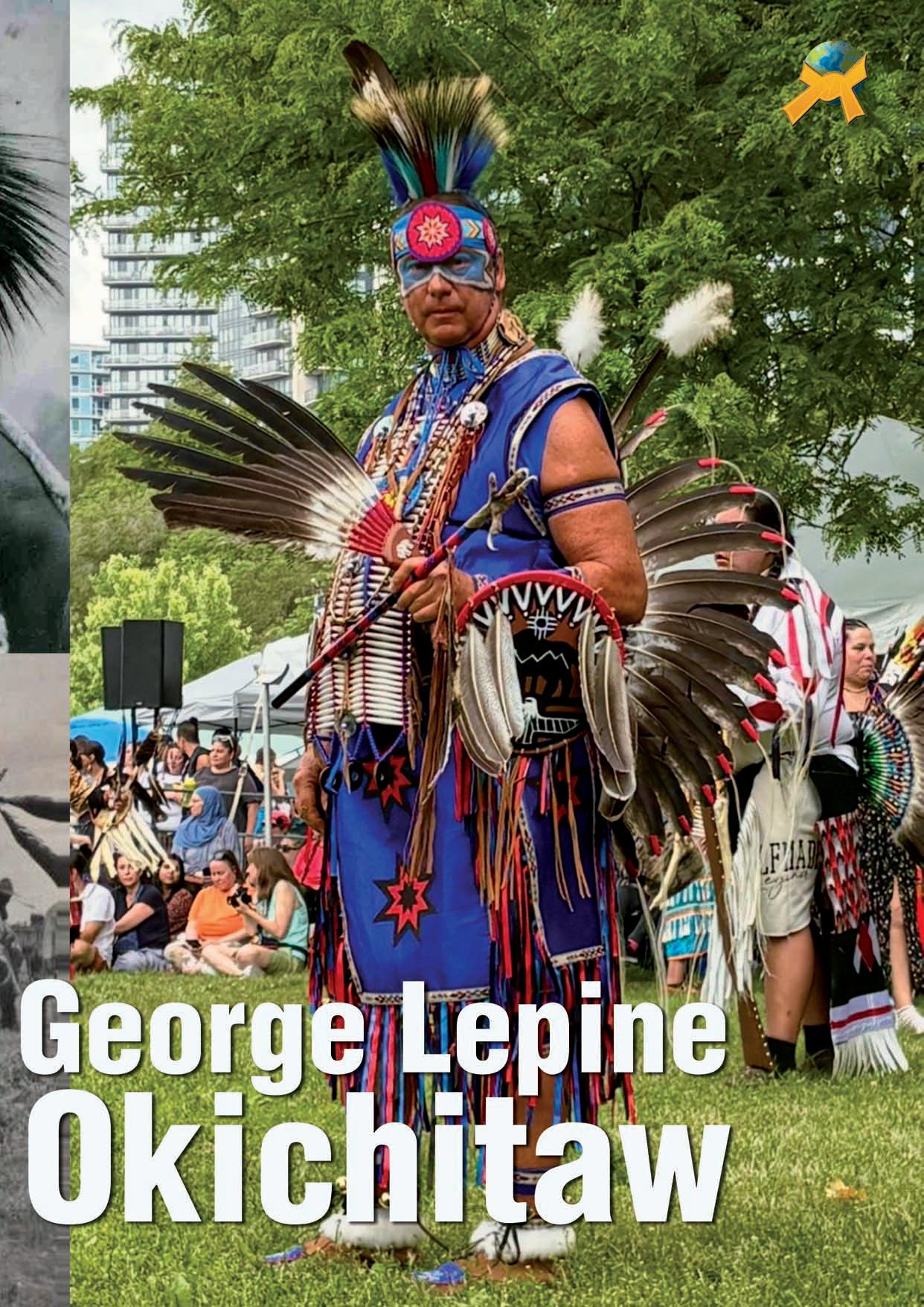
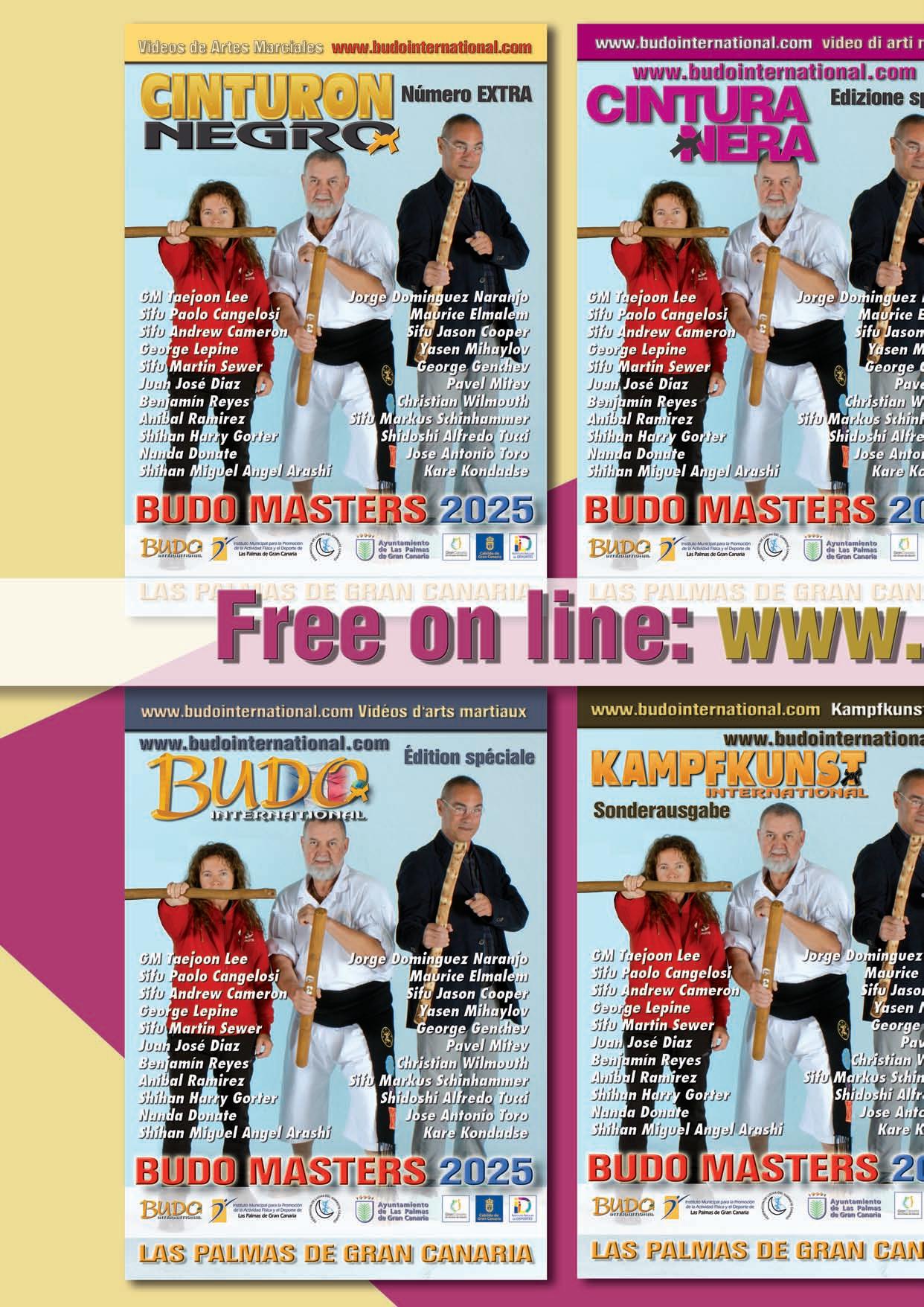
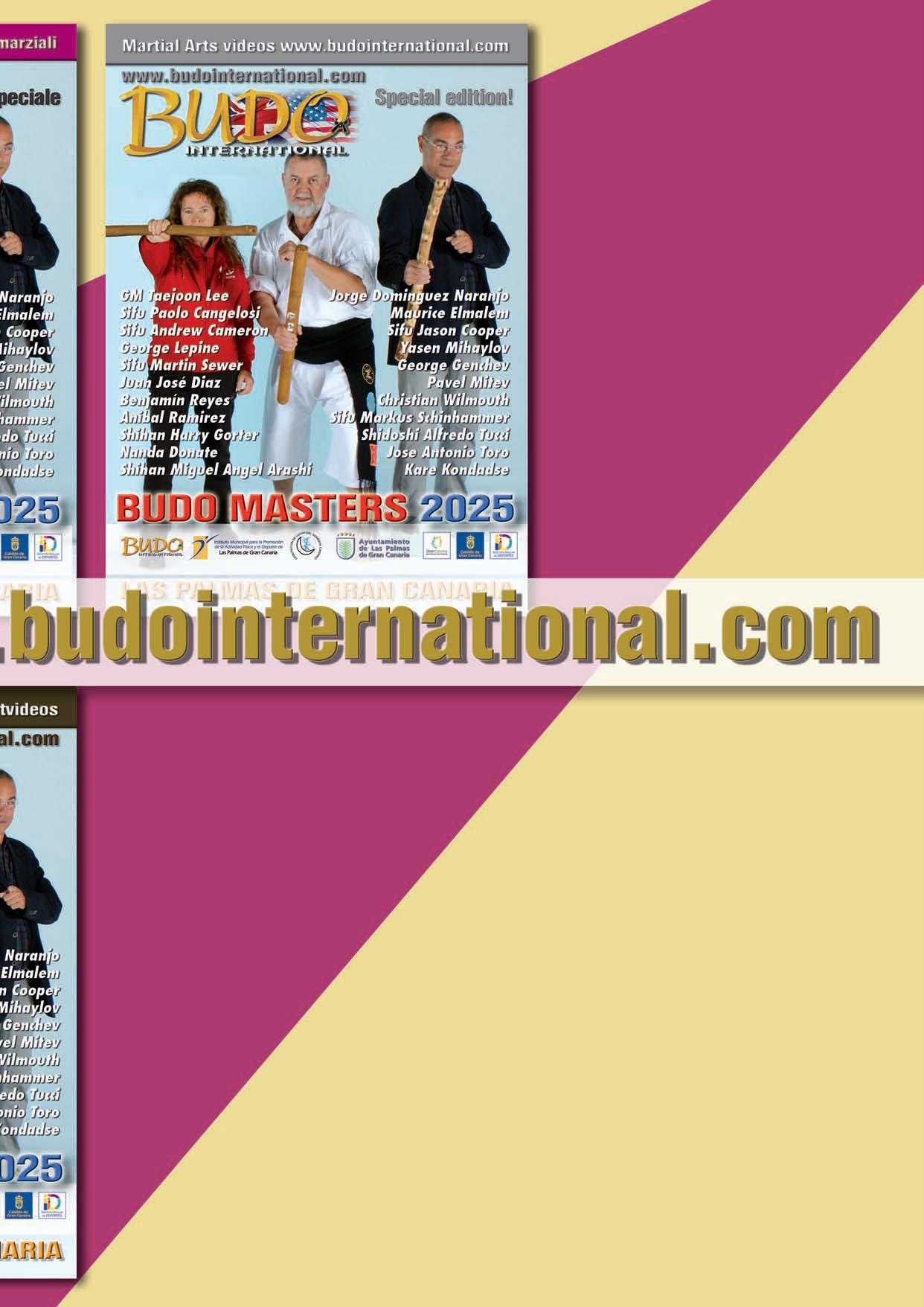
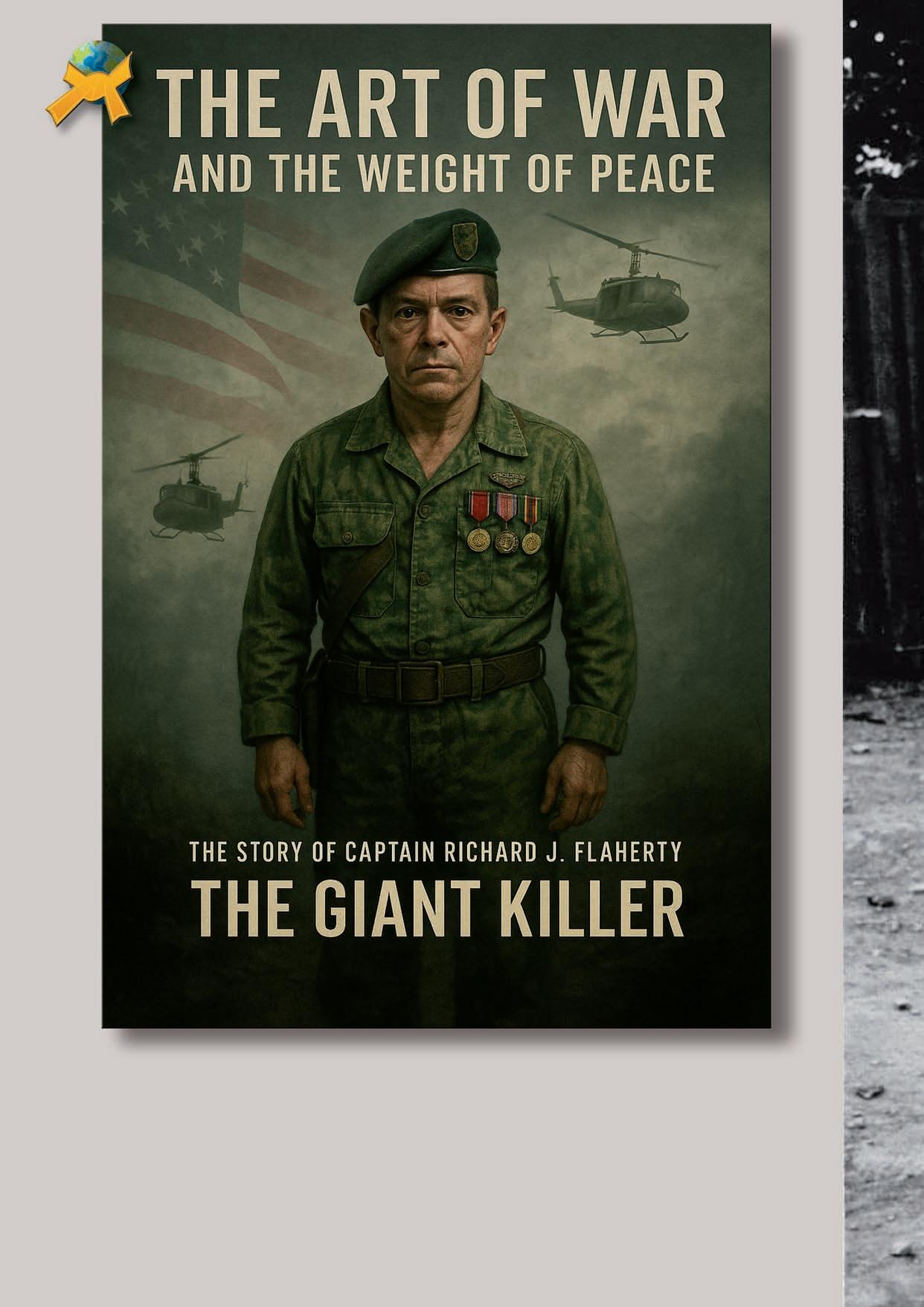
The Art of War and the Weight of Peace: Combat, Trauma, and the Forgotten Battle After the Battlefield
The Art of War and the Weight of Peace: Combat, Trauma, and the Forgotten Battle After the Battlefield
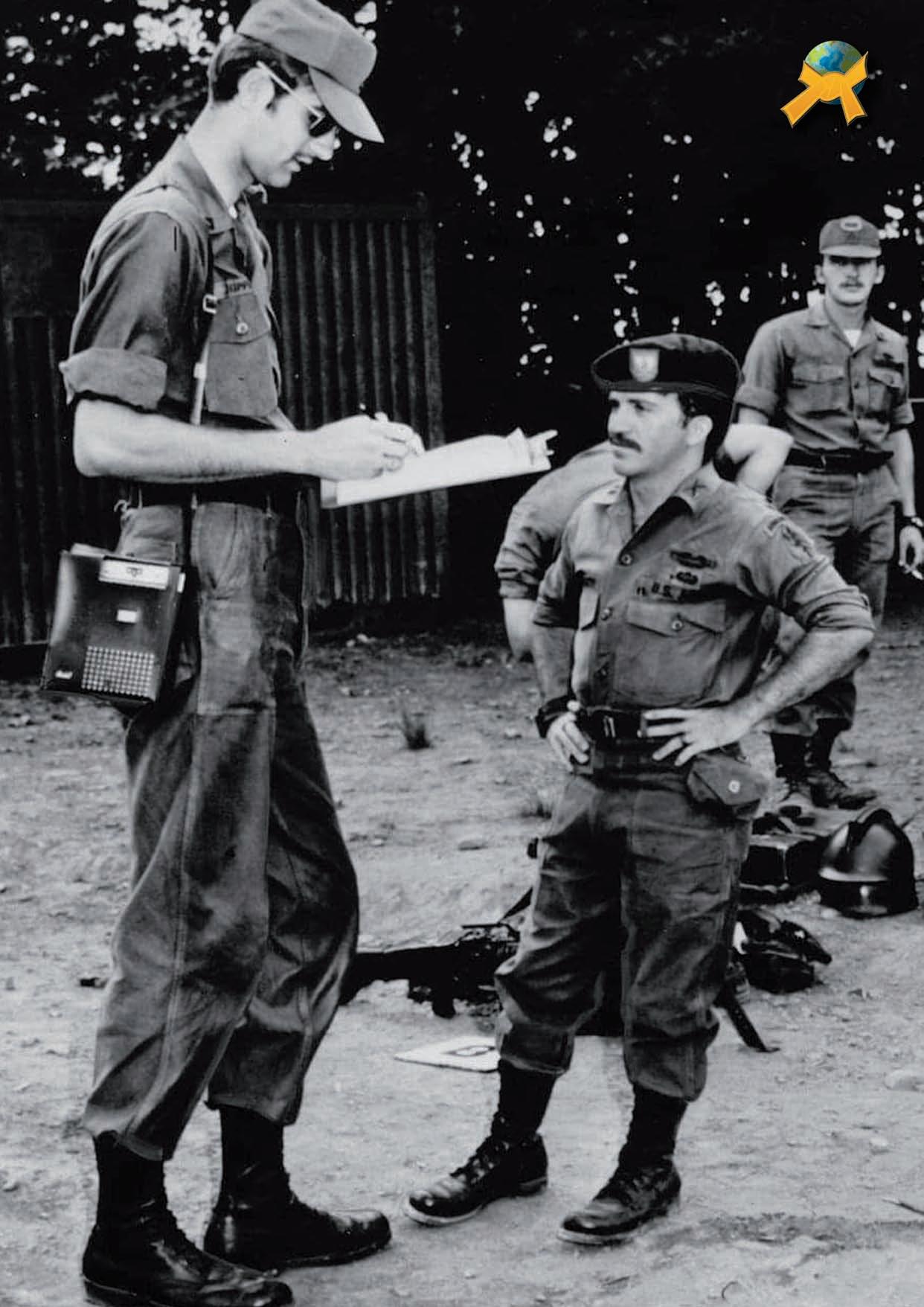
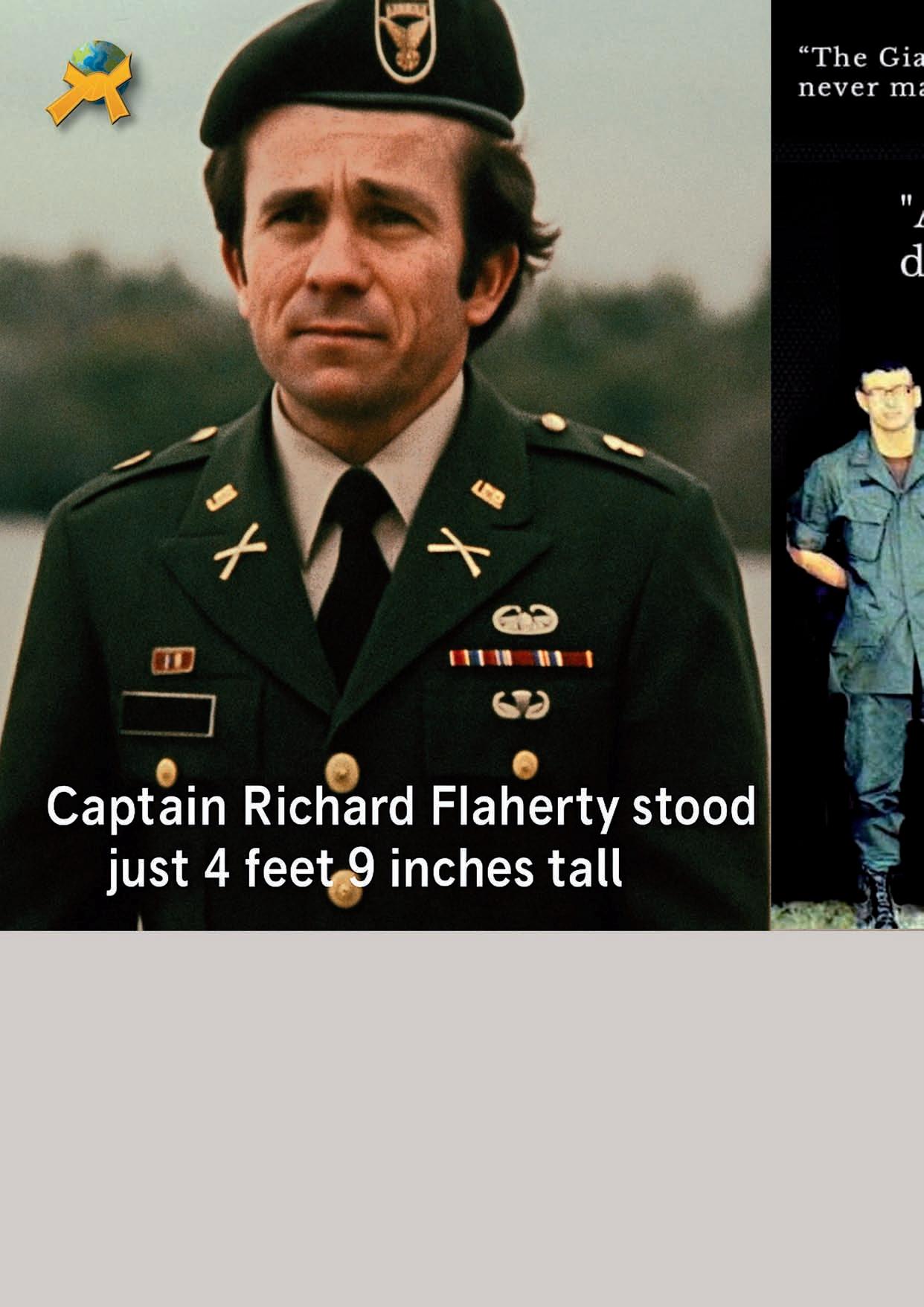
Introduction
Serving in the army and being involved in combat zones from a young age is far from the ideal path for any human being. While many militaries uphold strict Codes of Conduct and the Laws of Armed Conflict to prevent atrocities and war crimes, the brutal truth is that war on paper and war in the field are two different worlds. The cold, clinical language of rules collapses quickly under the weight of blood, chaos, and fear.
The Art of War and the Weight of Peace: Combat, Trauma, and the Forgotten Battle After the Battlefield
The Art of War and the Weight of Peace: Combat, Trauma, and the Forgotten Battle After the Battlefield
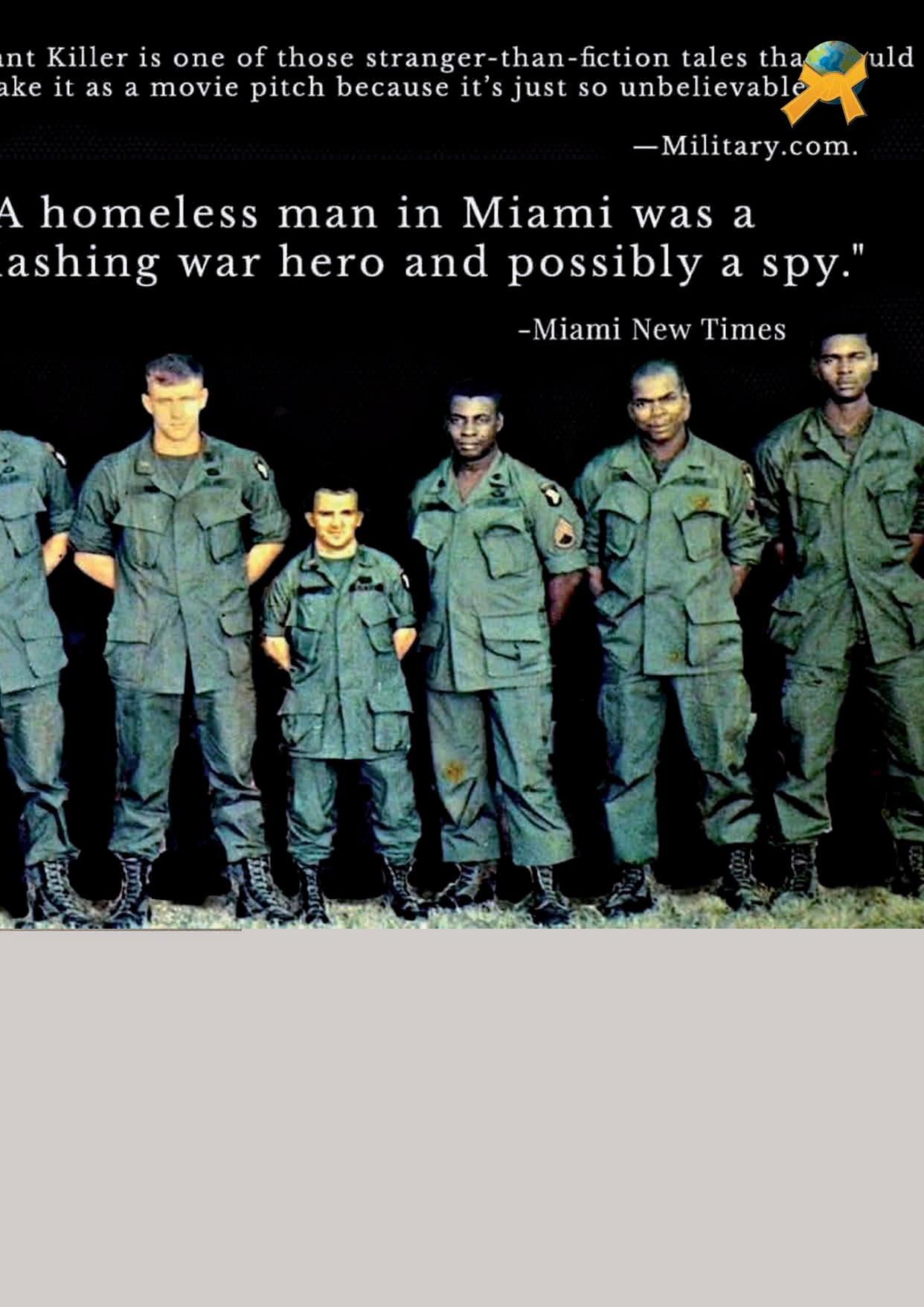
In my own life, I’ve served and taught in many places—war zones, special units, and training programs across the globe. A moment from last year stands out. I was working in an Arab country with my team. We were riding in a car, singing in Arabic, joking around. Then I got a call that brought the war rushing back.
It was from a childhood friend I hadn’t seen in 30 years. He had been carrying deep trauma from his military service. Hearing us laughing in Arabic brought him right back to his pain. He said, “You’re still crazy like you always were.” I answered, “No, I’ve just always used judgment. I follow ethics and logic—not just orders.”
He flew to meet me in Belgrade. It was during one of Israel’s latest wartime escalations, and his PTSD suddenly surged. I had to take him to a medical facility. There, the stories came pouring out—the weight he’d carried for decades. How he was just a high school kid, forced into mandatory military service, and within four months thrown into a battlefield where he had to kill. It broke him. He never recovered.
That conversation stayed with me. Not all people are built for war. Not all should be forced to become soldiers. And even the strongest often don’t return whole. It reminded me of another tragic story—of a warrior who became a legend and then was forgotten: Captain Richard J. Flaherty, the smallest man to ever serve in the U.S. Army.
Captain Richard Flaherty stood just 4 feet 9 inches tall, weighed only 97 pounds, and yet became a U.S. Special Forces Green Beret during the Vietnam War. Despite being rejected multiple times due to his size, he fought his way in, earning a medical waiver, graduating from Infantry Officer Candidate School, and serving with distinction.
His courage was enormous. During the 1968 Tet Offensive, Flaherty led men in the brutal defense of Hue City. He earned a Silver Star, two Bronze Stars, and two Purple Hearts. He later served in Thailand and Europe with Special Forces units and was even recruited by the CIA for covert work supplying the Contras in Central America.
But after years of service, warfare, intelligence operations, and undercover work, Flaherty’s post-military life spiraled. Arrests, mental health issues, and eventual homelessness marked his decline. In 2015, he was killed in a hit-and-run in Miami. Just days before, he had begun to tell his story to a Miami police officer, David Yuzuk, who later produced *The Giant Killer*, a documentary and book chronicling his incredible and tragic life.
Flaherty’s downfall was not due to lack of valor or dedication. It was due to a lack of support, understanding, and care. He survived the horrors of war, but like too many veterans, he could not survive the peace.
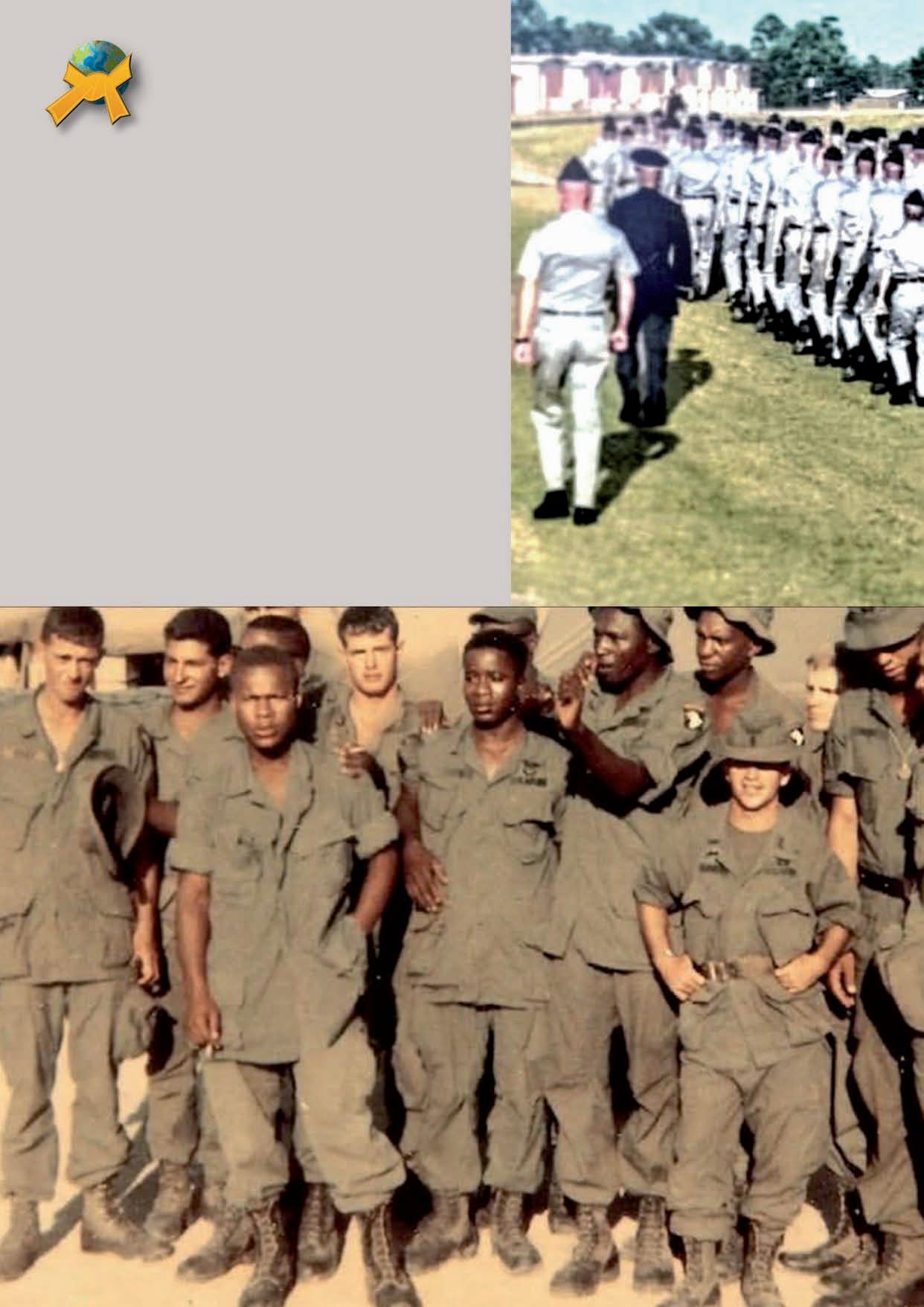
The Art of War and the Weight of Peace: Combat, Trauma, and the Forgotten Battle After the Battlefield
The Art of War and the Weight of Peace: Combat, Trauma, and the Forgotten Battle After the Battlefield
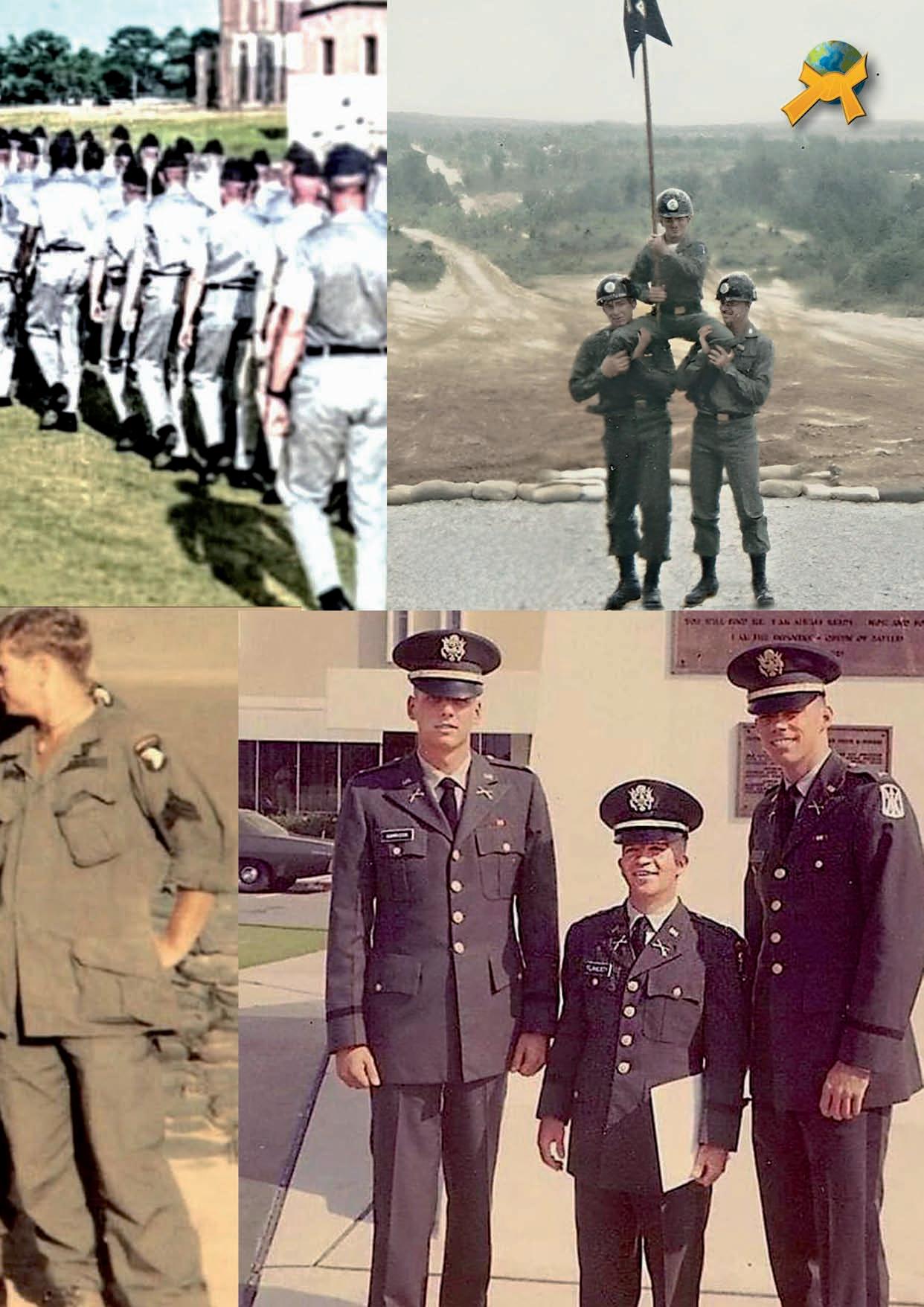
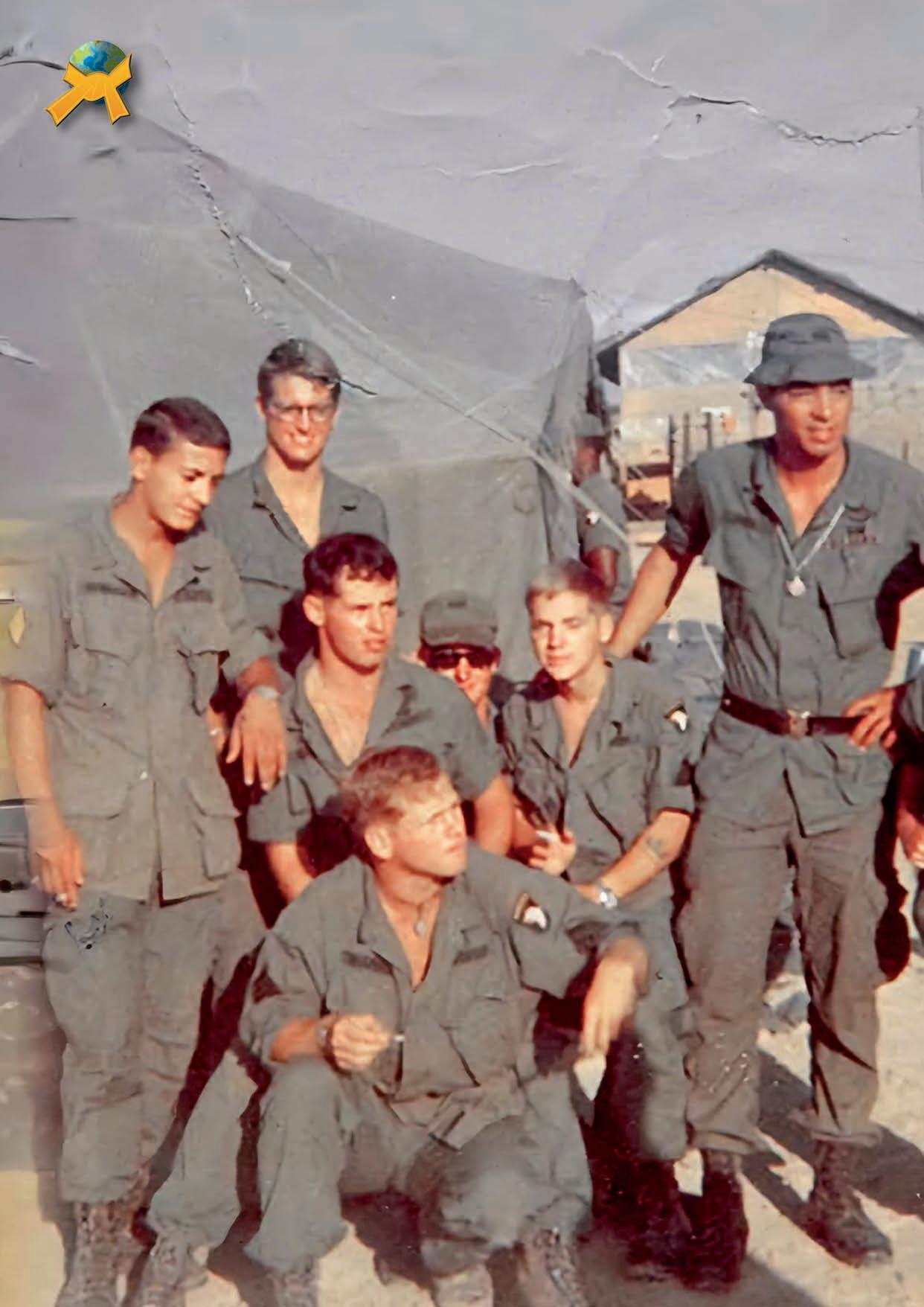
The Art of War and the Weight of Peace: Combat, Trauma, and the Forgotten Battle After the Battlefield
The Art of War and the Weight of Peace: Combat, Trauma, and the Forgotten Battle After the Battlefield
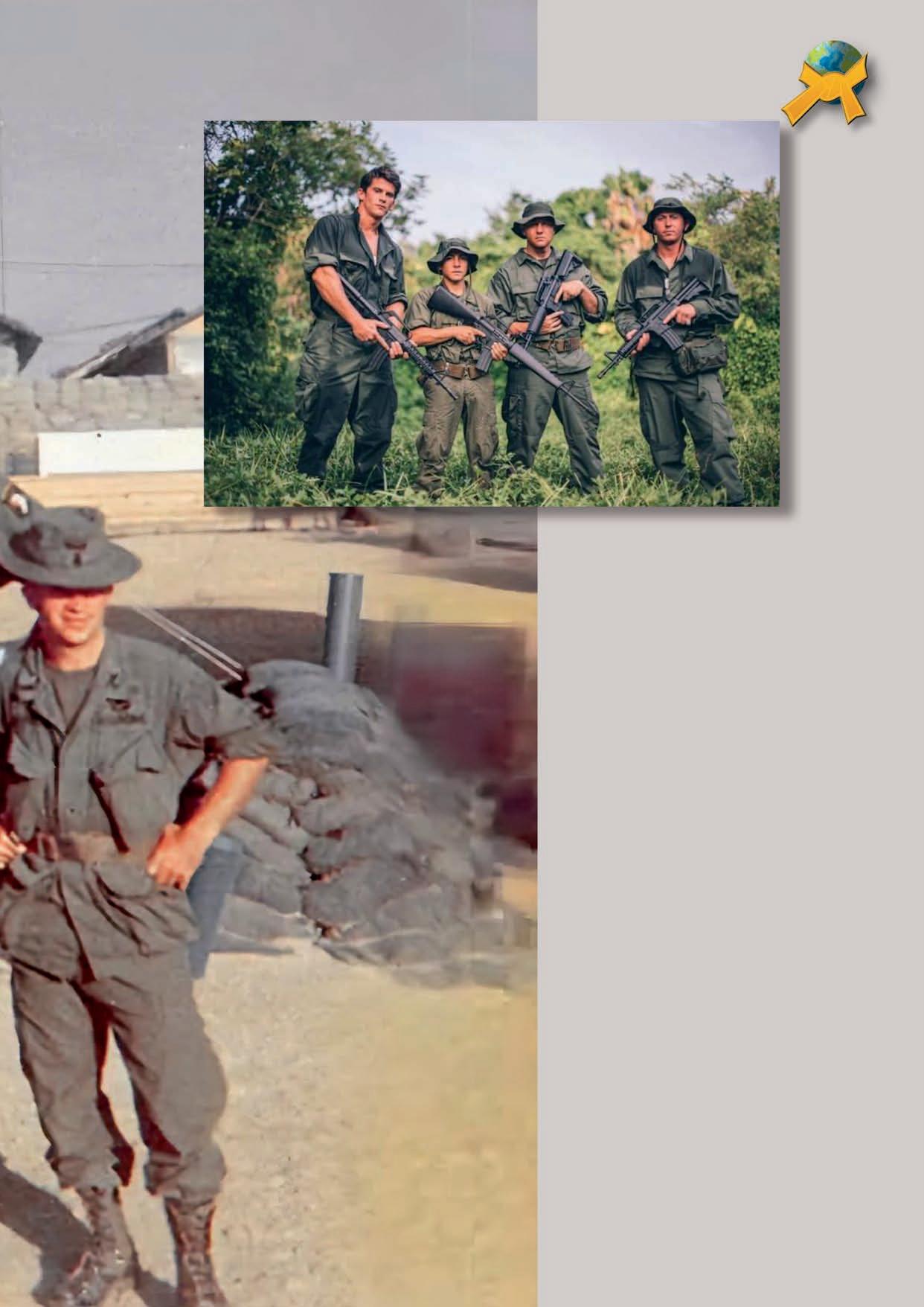
Post-traumatic stress disorder (PTSD) is not just a clinical term—it’s a battlefield of the mind that continues long after the war ends. Veterans face nightmares, flashbacks, panic, hypervigilance, depression, and feelings of alienation. Some recover with time, therapy, and community. Others, like my friend and like Captain Flaherty, carry the scars for life.
PTSD can be triggered by seemingly minor things—a voice, a sound, a smell. The brain is constantly reliving the trauma, and when untreated, it can lead to substance abuse, violence, homelessness, and suicide.
We often glorify the *Art of War* in martial arts, military training, and films. But what about the art of *returning*? The art of *rebuilding*? The art of *living* after the war is done?
As martial artists, as instructors, and as former soldiers, we must ask hard questions: Are we truly preparing our students for the consequences of violence? Do we teach only how to fight—or also how to live with the aftermath?
Training must go beyond combat drills. We must teach judgment, ethics, logic. We must prepare students to prevent conflict when possible, and to carry their morality into the chaos when it's not.
We must also speak openly about mental health. To normalize seeking help. To ensure no hero ends up like Flaherty—decorated and forgotten, praised in uniform but abandoned in civilian life.
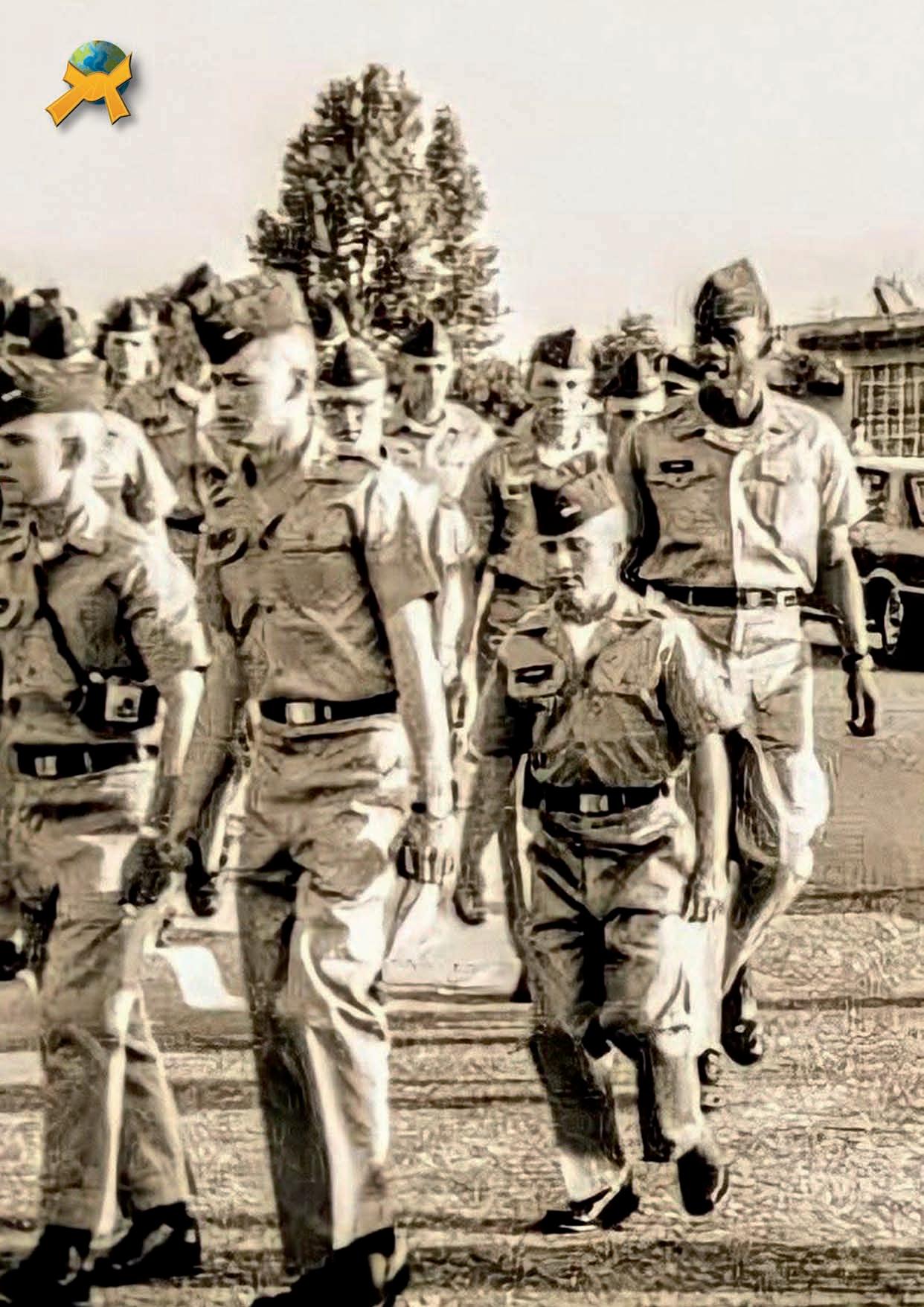
The Art of War and the Weight of Peace: Combat, Trauma, and the Forgotten Battle After the Battlefield
The Art of War and the Weight of Peace: Combat, Trauma, and the Forgotten Battle After the Battlefield
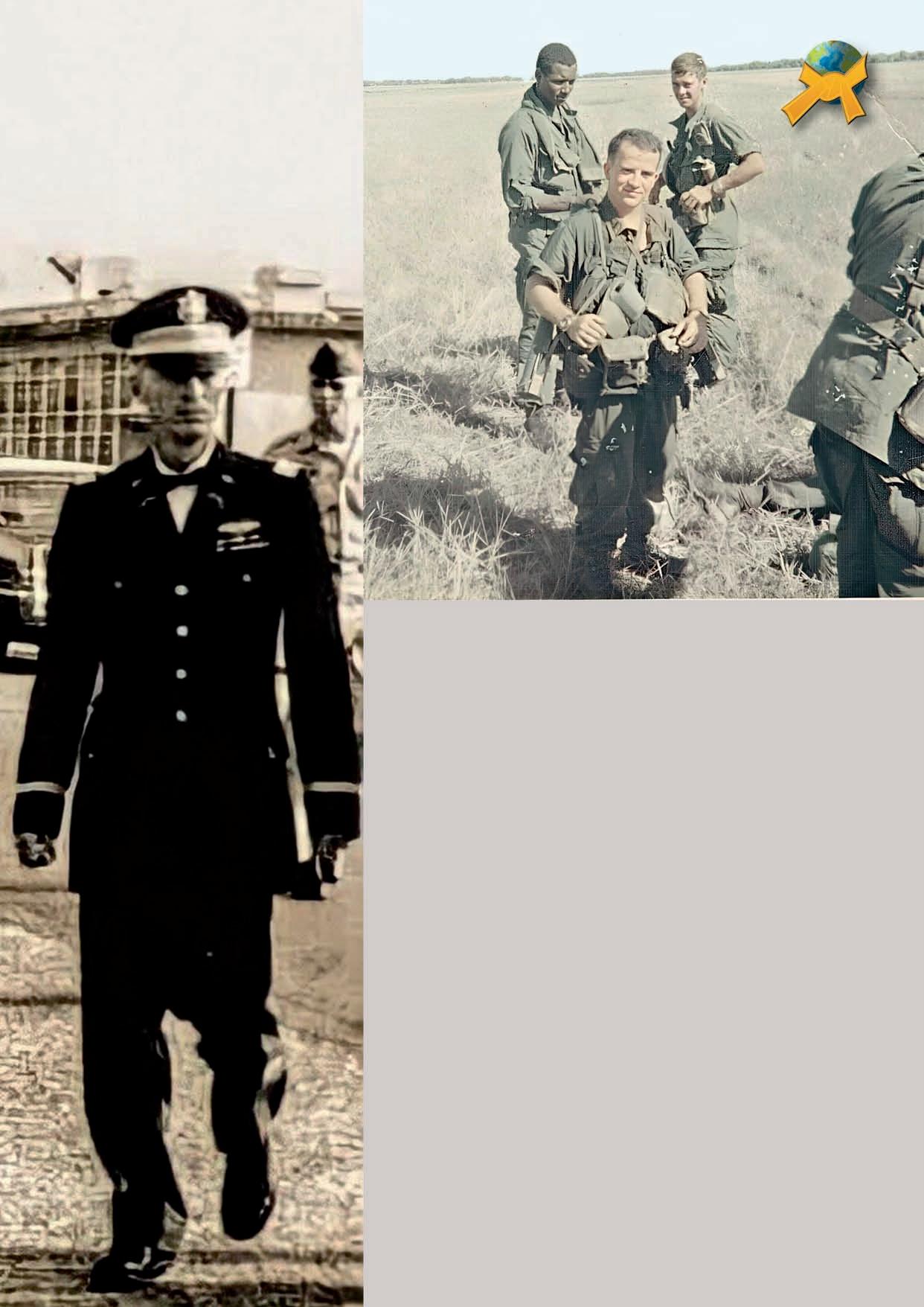
There is no honor in ignoring the silent suffering of veterans. There is no strength in denying trauma. If we are to teach the *Art of War*, then we must also teach the *Wisdom of Peace*. War is sometimes unavoidable. But healing must be non-negotiable.
Let Captain Flaherty's story be more than a tale of a small man with a giant heart. Let it be a lesson: No matter how strong, no matter how skilled, we are all human—and we all bleed, we all break, and we all need each other to heal.
Never underestimate a homeless person.
https://www.instagram.com/reel/CzuIM83OY2b/?igsh=MWNybGpkN XMzb3BvMw==
Check out this video from this search, smallest soldier army guy giant killer
https://g.co/kgs/hTwVTU6 https://g.co/kgs/VRVzRA3 https://www.facebook.com/share/v/1AutFzjuLY/?mibextid=wwXIfr
Text & Photos: Avi Nardia
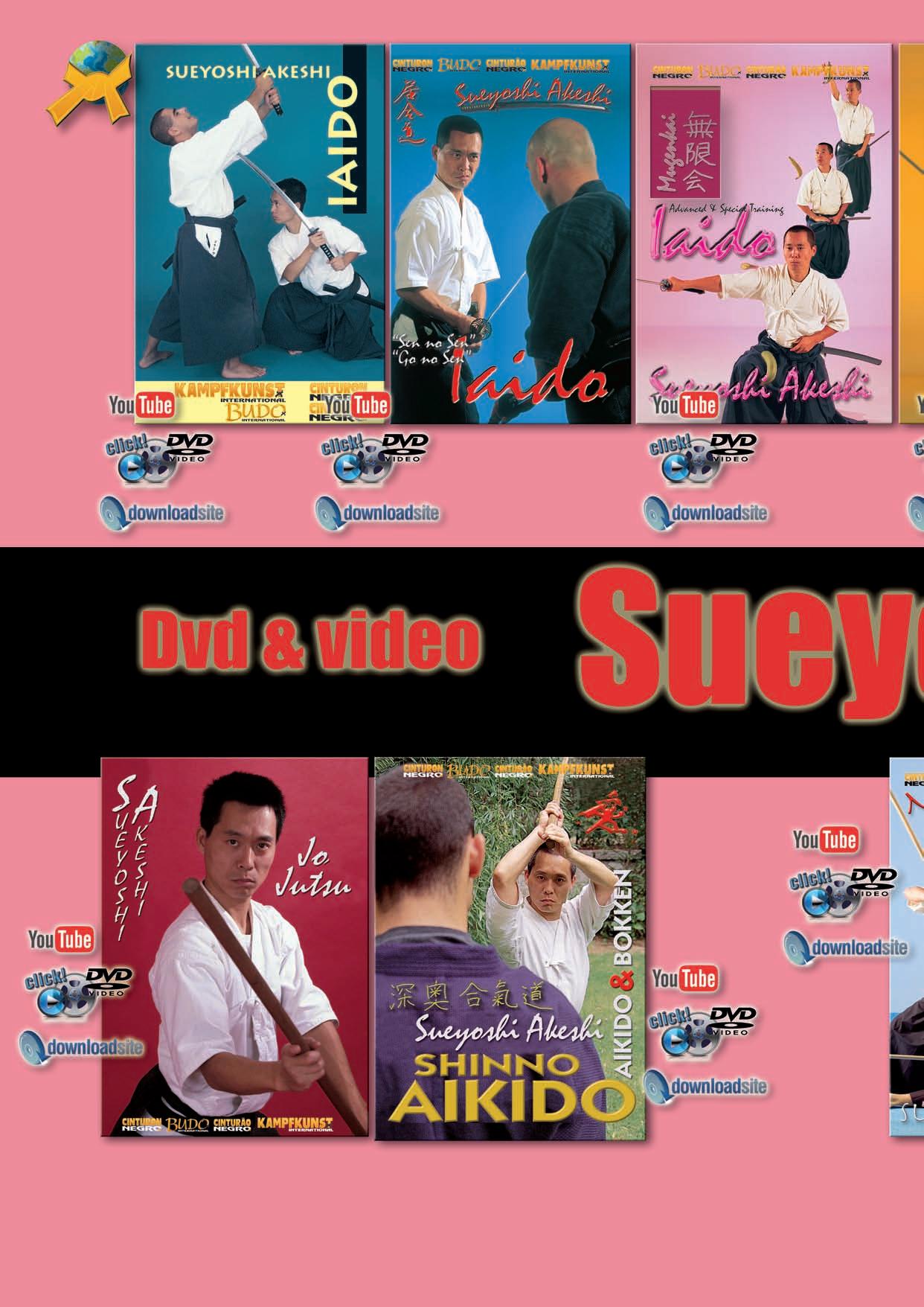
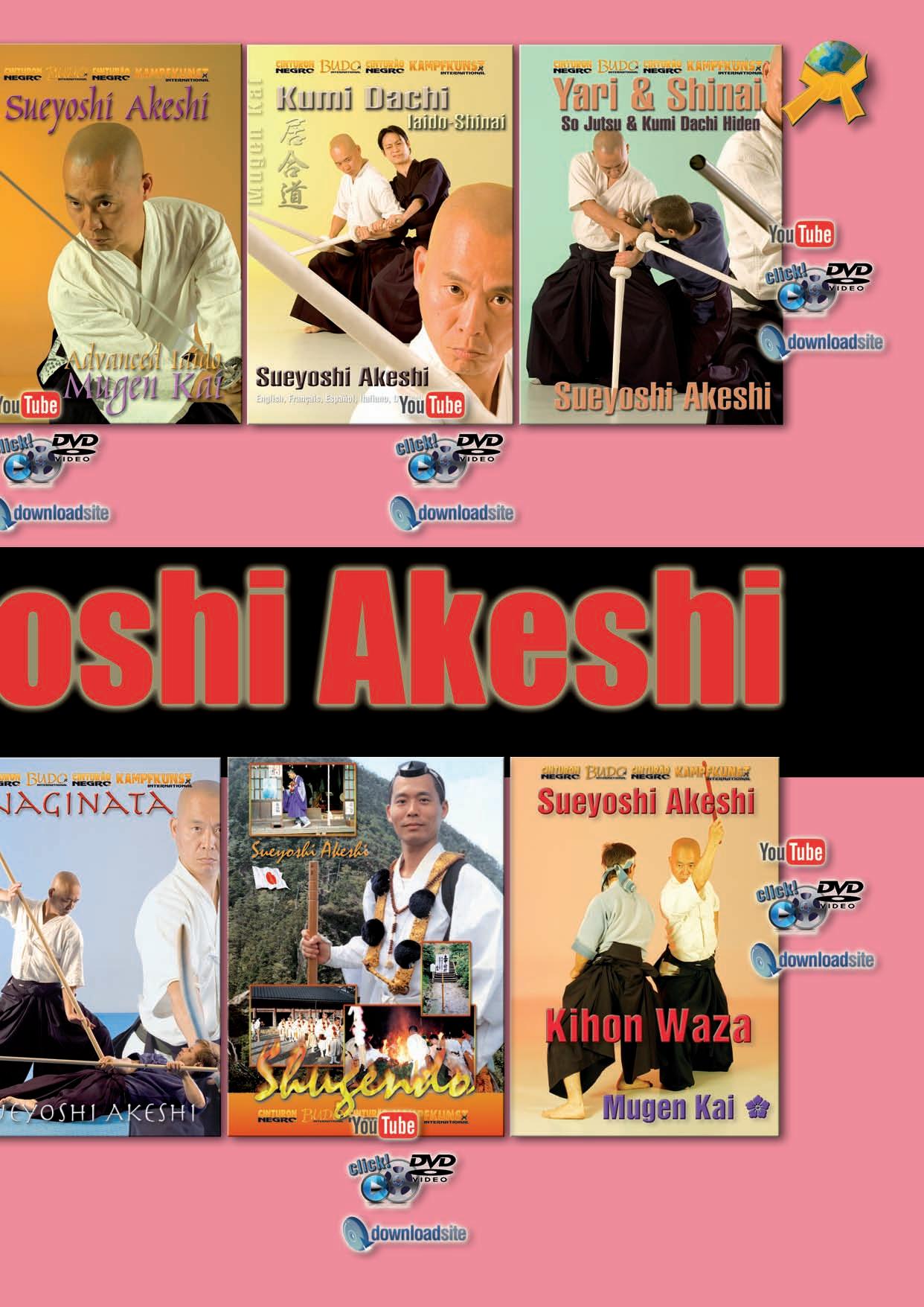
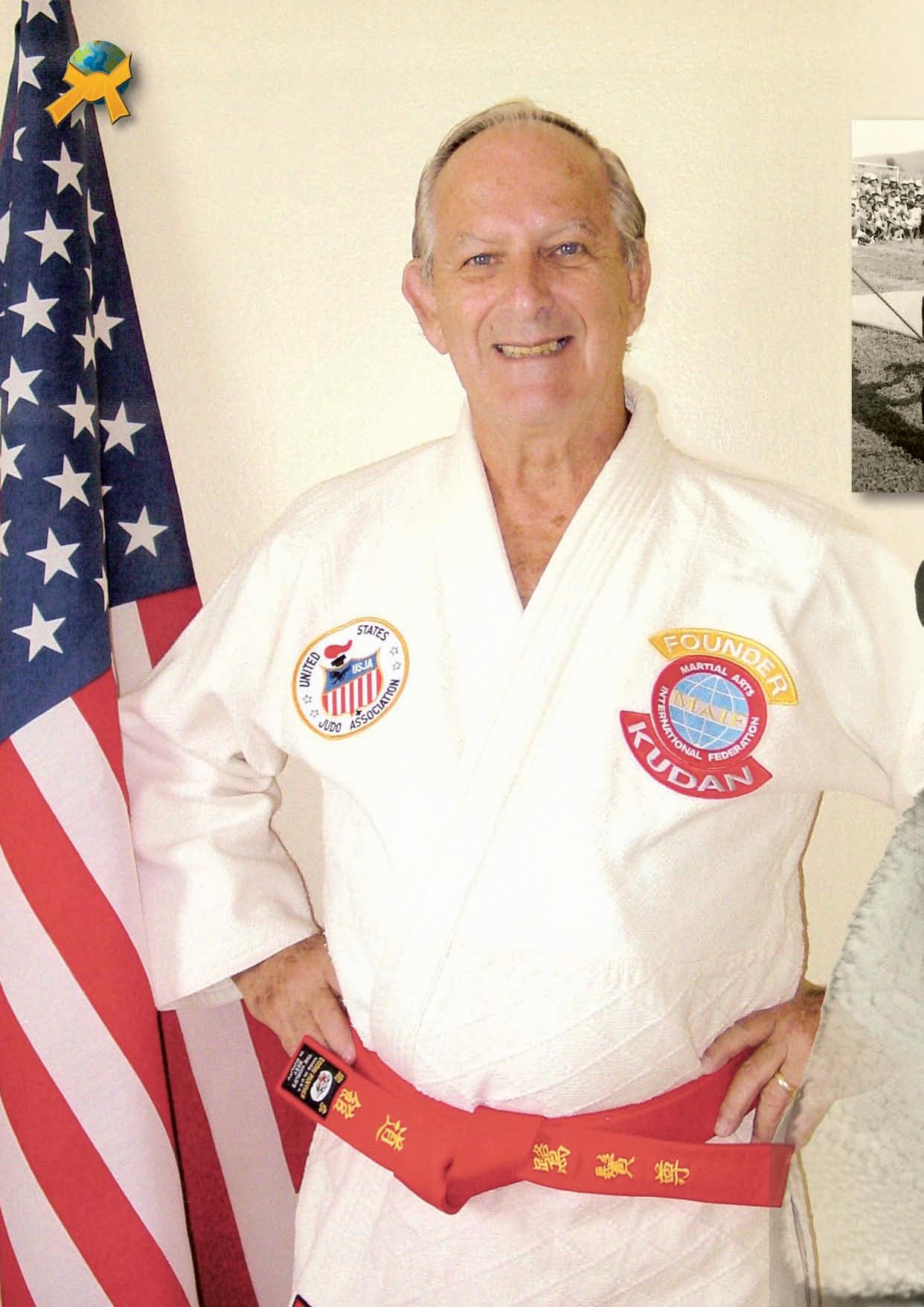
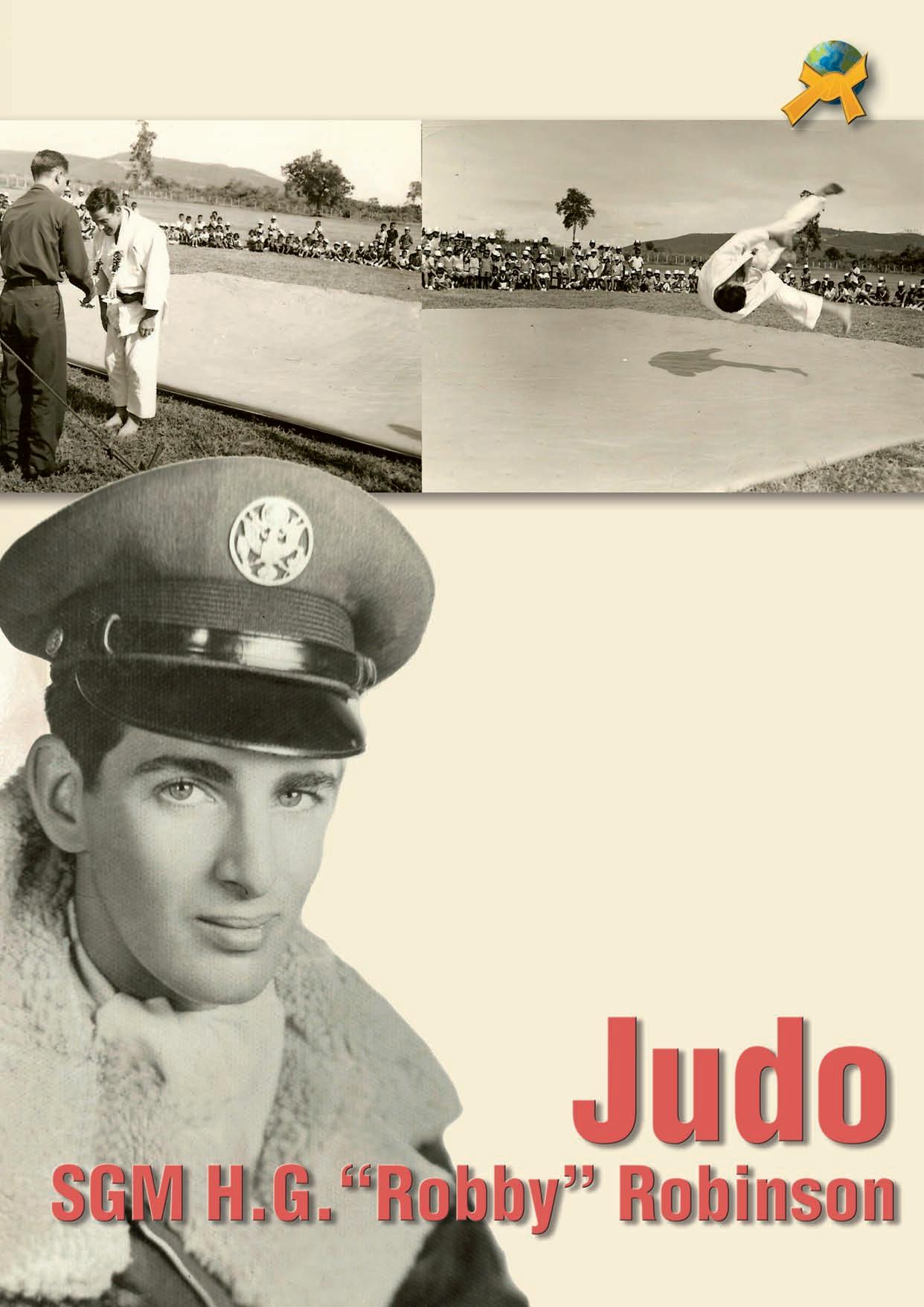
Judo was the first martial art that truly cast a spell on me. It introduced a revolutionary idea: you don’t need to win through brute strength—you can prevail through balance, leverage, and timing. As Judo founder Jigoro Kano famously said:
“If you have ten units of force and I have only seven, but I disrupt your balance so you can only use three—then I am stronger than you.”
As a child growing up in Israel, I trained in Kapap and Krav Maga, but Judo struck a much deeper chord. I wasn’t physically strong, and I carried various physical challenges. Yet here was a martial art where technique triumphed over force. Judo opened a door that changed my life—it gave me confidence, purpose, and the knowledge that I could overcome adversity through movement, timing, and precision.
Later in life, when I had the chance to study in Japan, I had the honor of training under Kashiwazaki Sensei. My dream had always been to study with Isao Okano, a personal hero of mine and one of the greatest Judo minds in history. Being so close to that dream and that lineage was an unforgettable experience.
After relocating to the United States, my martial path continued through training in Machado Brazilian Jiu-Jitsu, as well as close collaboration with U.S. military combatives programs. It was during this time that I met a man whose life embodied the very essence of Budo: SGM H.G. “Robby” Robinson.
Avi Nardia

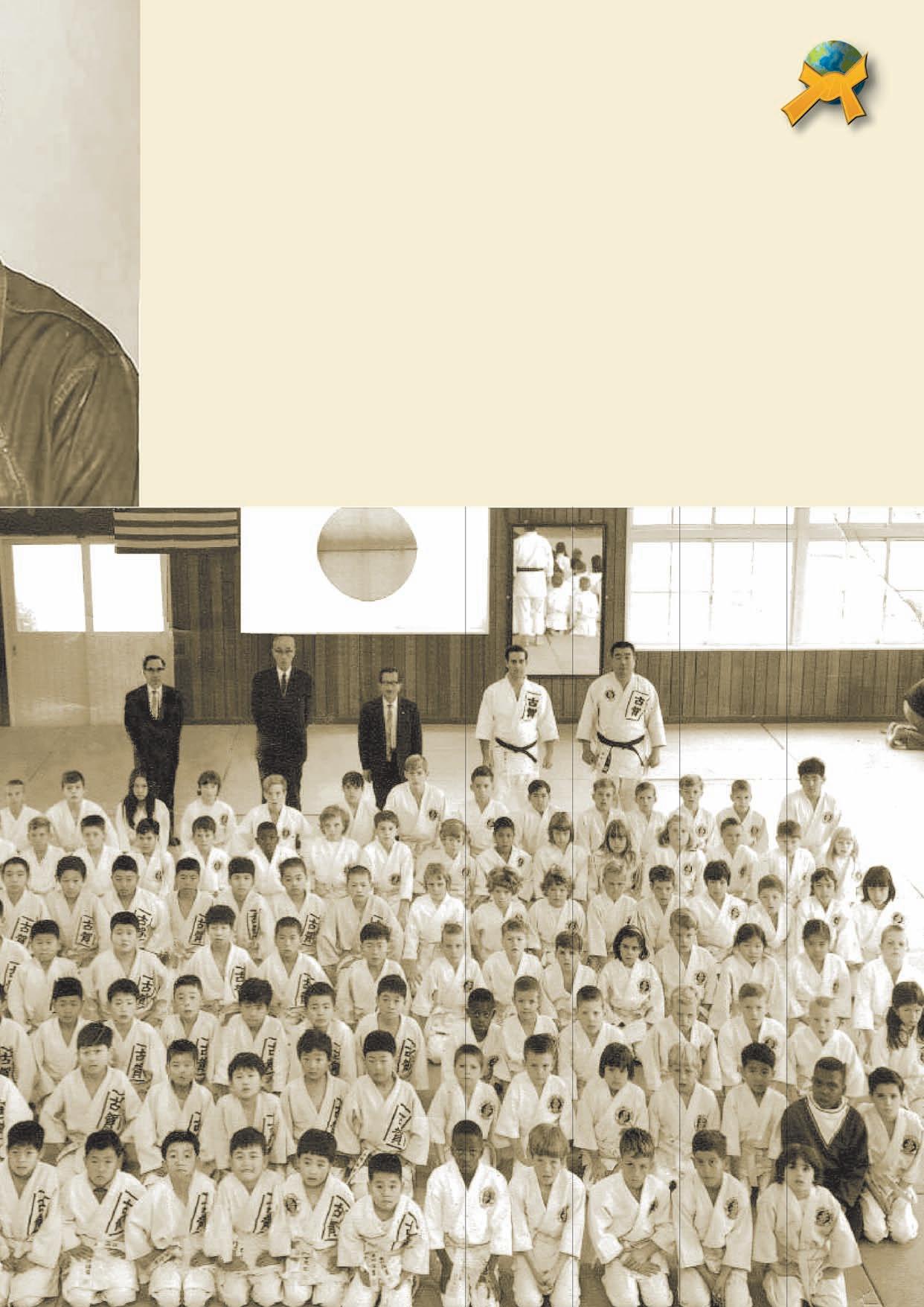
By Budo Magazine Staff
In March 1952, inspired by his older brother and driven to escape the hardship of the South Bronx, Robinson enlisted in the U.S. Air Force. Though his dream was to join the Navy’s Underwater Demolition Teams, fate redirected him to Sampson AFB. Despite facing pneumonia and difficult conditions, he laid the foundation for what would become a historic martial career.
After completing technical training in bomber gunnery systems at Lowry AFB, Robinson’s athleticism and martial talent caught the attention of senior leaders. He was selected to join General Curtis LeMay’s elite combatives program at Fairchild AFB, becoming one of the youngest instructors in the Strategic Air Command (SAC) for escape and evasion training—years ahead of the military’s formal martial arts integration.
Robinson’s formal martial arts journey began in 1949 under Charles Yerkow. His skills accelerated during his first overseas assignment to Japan in 1955, where he trained at Camp Crawford under Yasumasa Kanemoto, a direct student of Jigoro Kano. He earned his Shodan in 1956, then went on to train with Judo greats like Sadaki Nakabayashi and Hidetaka Nishiyama.
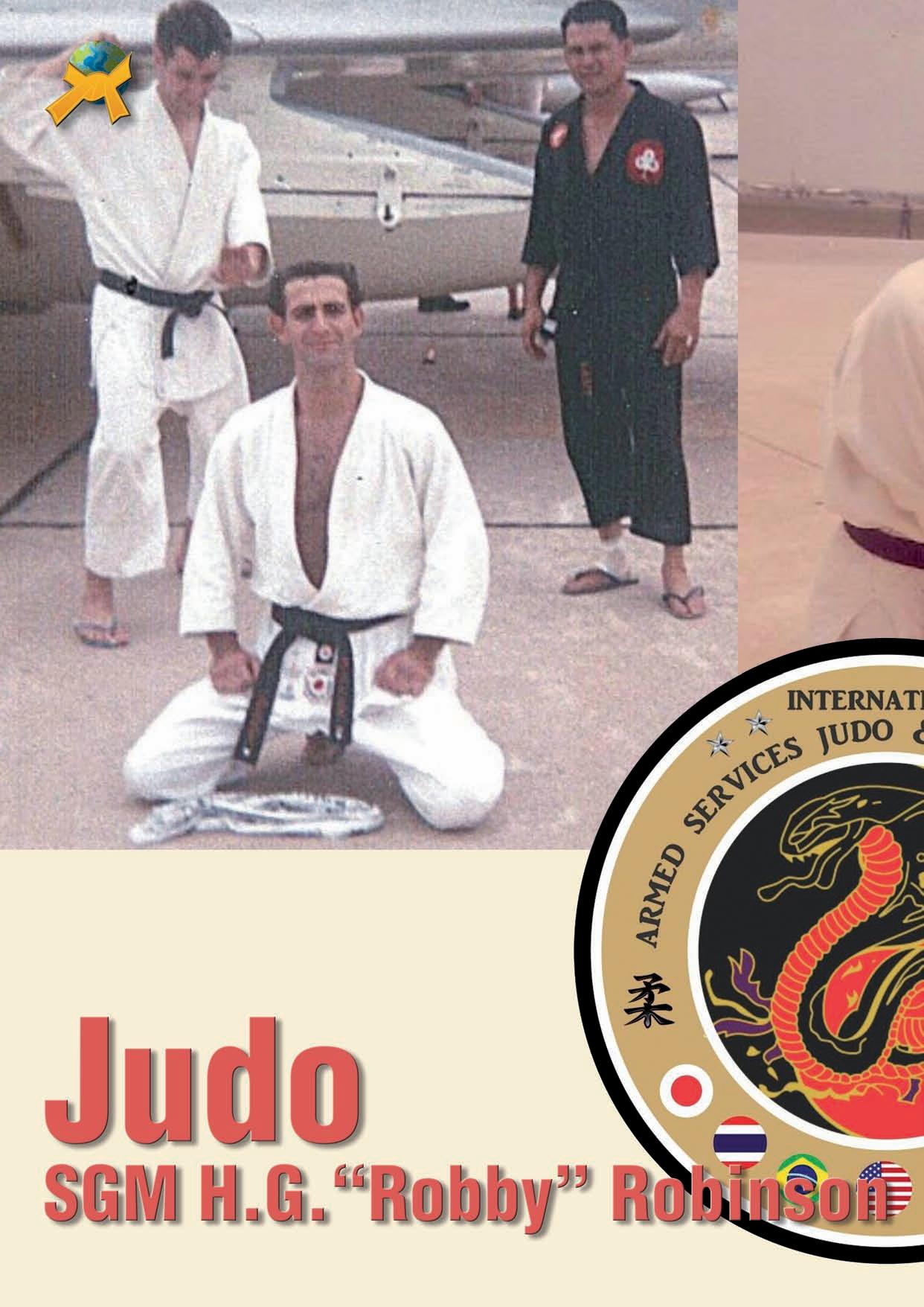
His passion for Japanese martial culture was all-encompassing. He immersed himself in the Japanese language and studied multiple disciplines— Judo, Shotokan Karate, Shorinji Kenpo, and Kendo. Robinson’s dedication earned him a place among the founding members of the Armed Forces Judo Association, the precursor to the United States Judo Association (USJA).
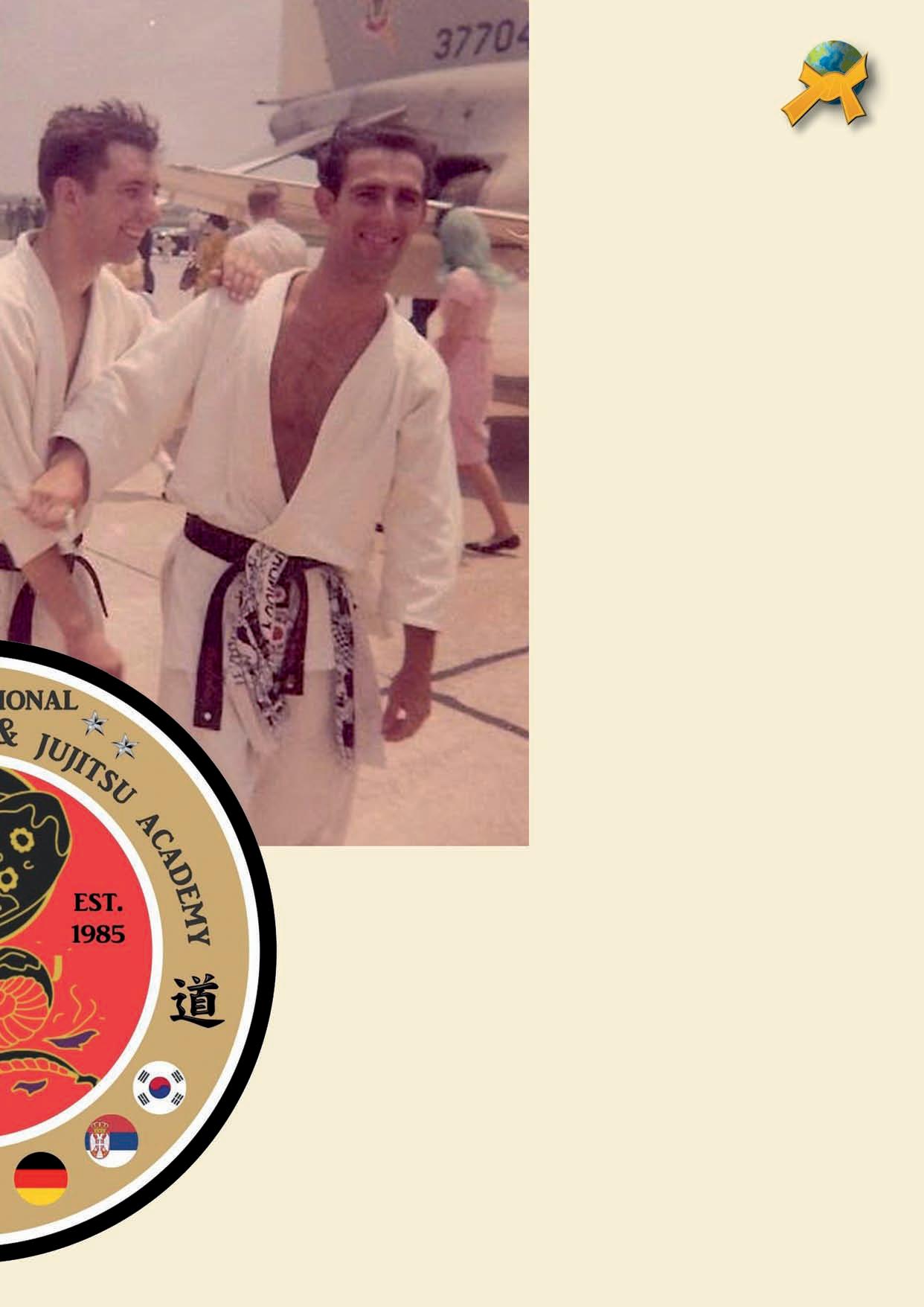
Throughout the 1950s and ’60s, Robinson not only trained elite aircrews and security teams in combatives, but also built martial arts clubs at military bases across the U.S. and abroad. His dojo at Bergstrom AFB became the largest military martial arts club in America at the time.
In 1964, he returned to Japan for advanced instructor training at the Kodokan, earning promotion to Nidan by Sumiyuki Kotani and receiving his certificate from Risei Kano, the son of Judo’s founder. By 1966, Robinson had achieved Sandan.
Back in the U.S., Robinson expanded his efforts into law enforcement, providing arrestcontrol instruction and even working undercover in the Vice and Narcotics Branch in Austin, Texas.
In April 1970, while stationed at Hakata Annex in Japan, Robinson performed a selfless act of heroism: rescuing two children from drowning during a violent storm. Despite shoulder injuries and dangerous conditions— including shark-infested waters—he launched a dinghy alone and saved both lives. He was nominated for the Airman’s Medal and decorated by the 5th Air Force.
For Robinson, this was more than just a rescue—it was an embodiment of Budo: martial skill expressed through compassion, courage, and service to others.
Southeast Asia and “G.I. Jai Boon”
Between 1968 and 1976, Robinson completed several tours in Southeast Asia, blending military operations with humanitarian outreach. At Takhli Royal Thai Air Force Base, he developed the first comprehensive handto-hand combat program for over 700 U.S. and Thai personnel. For this, he was awarded the Royal Thai Supreme Regiment Badge of Honor (1st and 2nd Class).
But his greatest impact may have come through humanitarian efforts. In Thailand, he was affectionately known as “G.I. Jai Boon”—G.I. with a Good Heart. Robinson led civic action projects that brought electricity, clean water, medical aid, and education to underserved villages. He funded surgeries for children with facial deformities and helped rebuild schools that would serve generations.
After retiring in 1976, Robinson continued serving with the Department of Defense and Navy MWR programs in Hawaii, Florida, Korea, and Germany. He founded over 28 military-affiliated martial arts clubs globally, including the Armed Services Judo & Jujitsu Academy in Pensacola, Florida.
His academic journey paralleled his martial one—graduating summa cum laude in Psychology and earning multiple advanced degrees. Robinson has received over 30 major martial arts awards and been inducted into more than 25 halls of fame.
His technical accomplishments include 10th Dan black belts in Judo, Ju-Jitsu, and Kempo. He is a co-founder of the U.S. Kajukenbo Association, and has personally trained thousands of students—military and civilian alike.
As he humbly puts it: “I remain a student in the shadows of great teachers.”
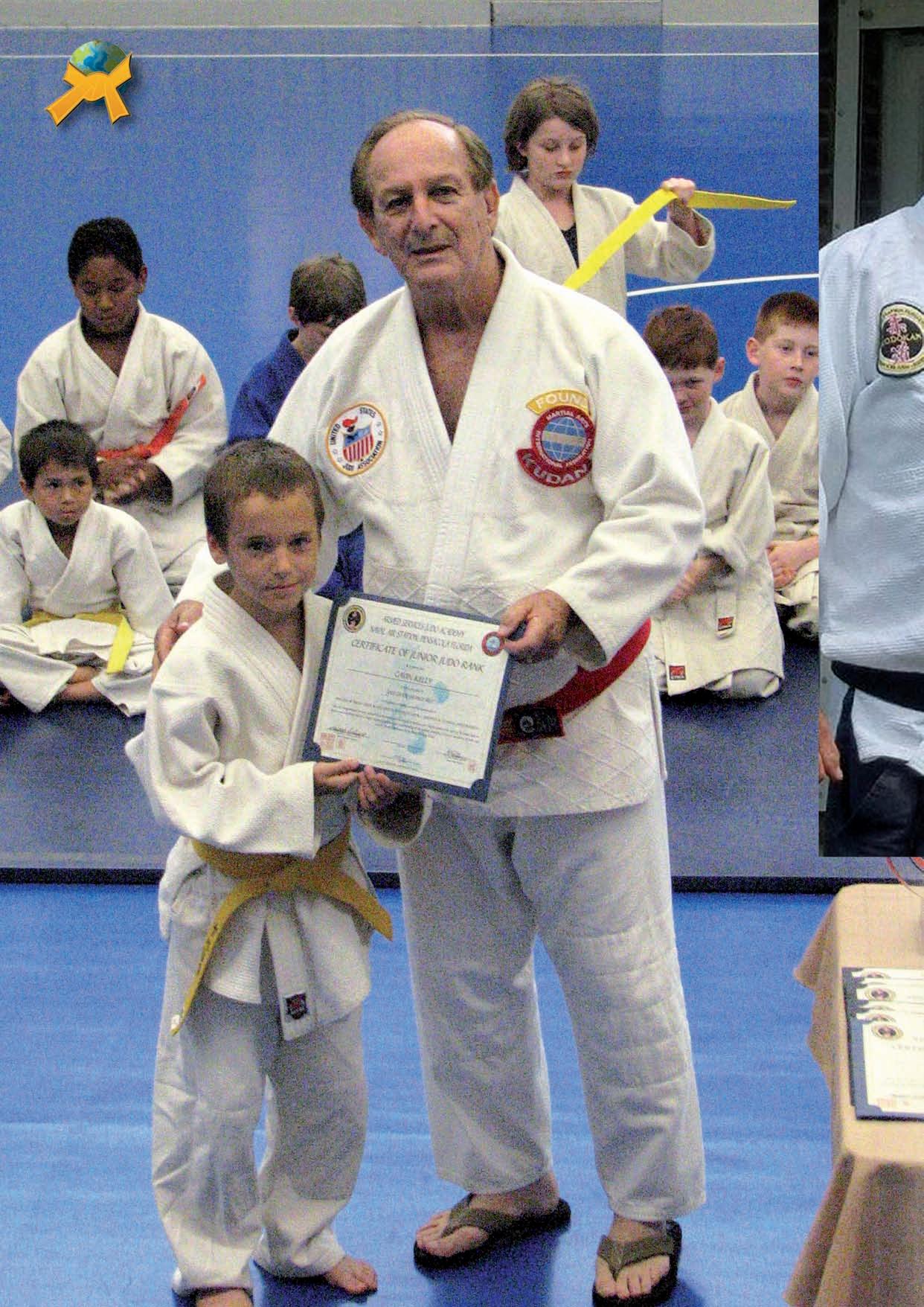
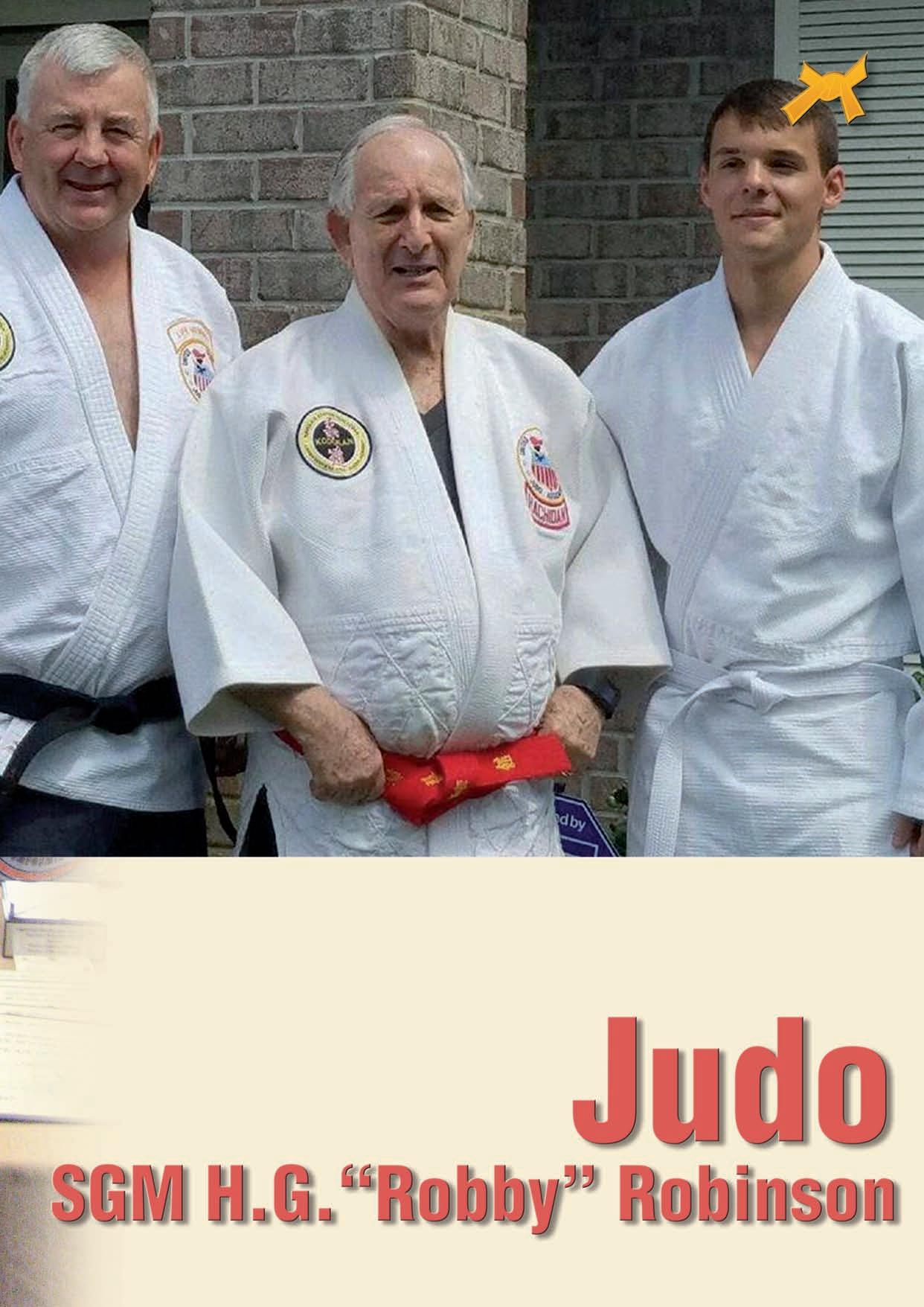
SGM H.G. Robinson’s life is a masterclass in the martial path lived fully—through hardship and heroism, scholarship and service. His legacy continues to shape the world of martial arts and the lives of those who carry his lessons forward.
As he often reminds his students: “Martial arts isn’t about belts—it’s about bettering lives.”
Editor’s Note:
Senior Grandmaster H.G. Robinson continues to mentor martial artists around the world through the Armed Services Judo & Jujitsu Academy. Now in his 90s, his influence lives on—not just in ranks or titles, but in every throw, every rescue, every lesson passed from teacher to student.
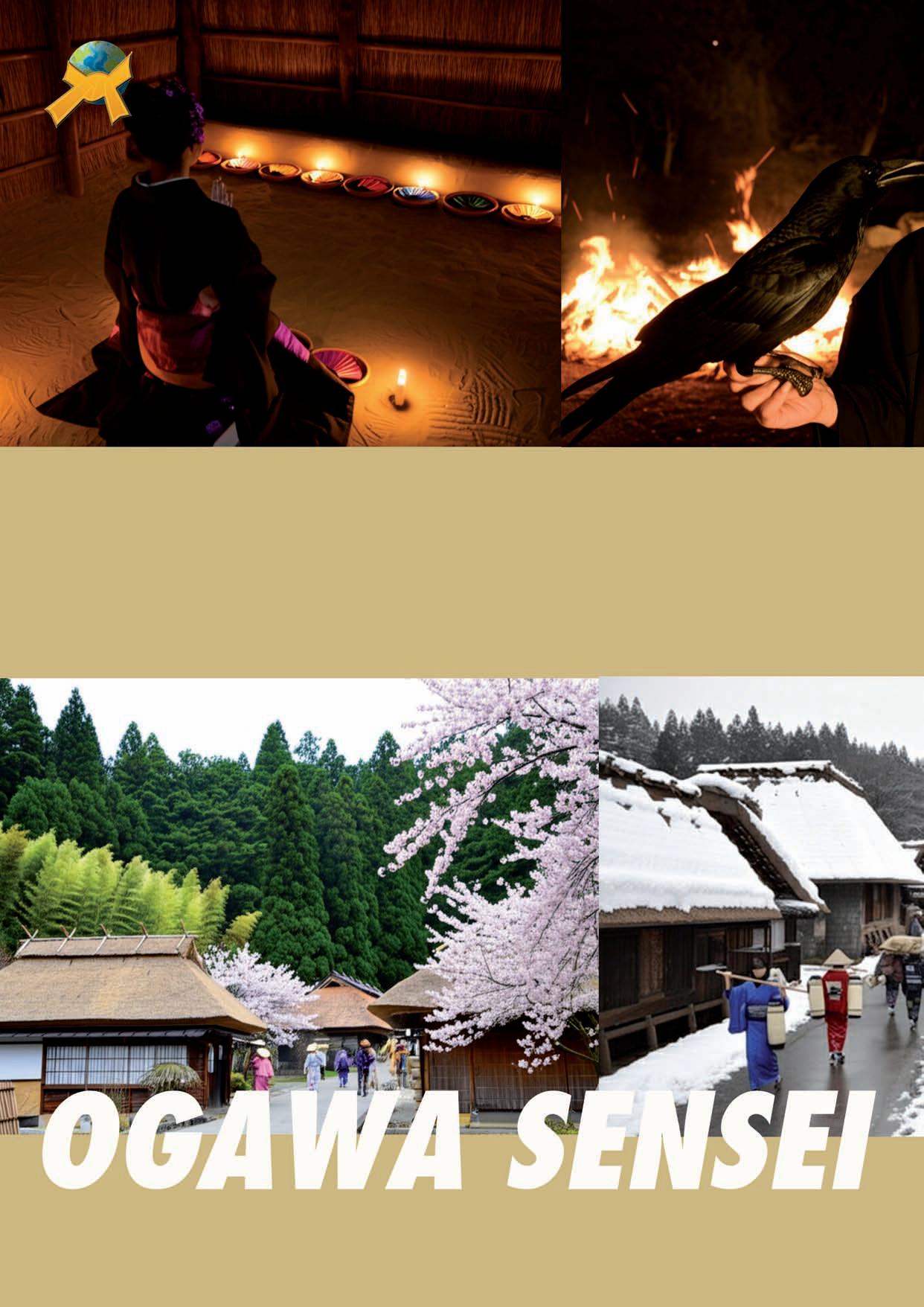
According to his older students, practitioners from the 1960s, 1970s, and 1980s... The art taught by OGAWA SENSEI originated with the inhabitants of the forests of Hokkaido, northern Japan (Kamakura period, 1192 AD1333 AD). At the time, this art was called Uchiu Shizen.
The origin of the HAGUMO or “Shizenjin,” as they were known by the Japanese, is linked to the Ainu (the true natives of Japan, more similar to Caucasians than to the Japanese) who, for centuries, had been expelled to
northern Japan. Records from 801 AD indicate that Ainu tribes were defeated in the north by Tamuramaro Sakanoue. The oppressed Ainu were joined by others dissatisfied with the feudal regime, such as various ronin, healers, and farmers, who took refuge in hidden villages in the forest. In direct contact with nature, these people developed their own culture and traditions. There were four villages that formed the Shizen people: Kawa, Yabu, Tayo, and Yama.
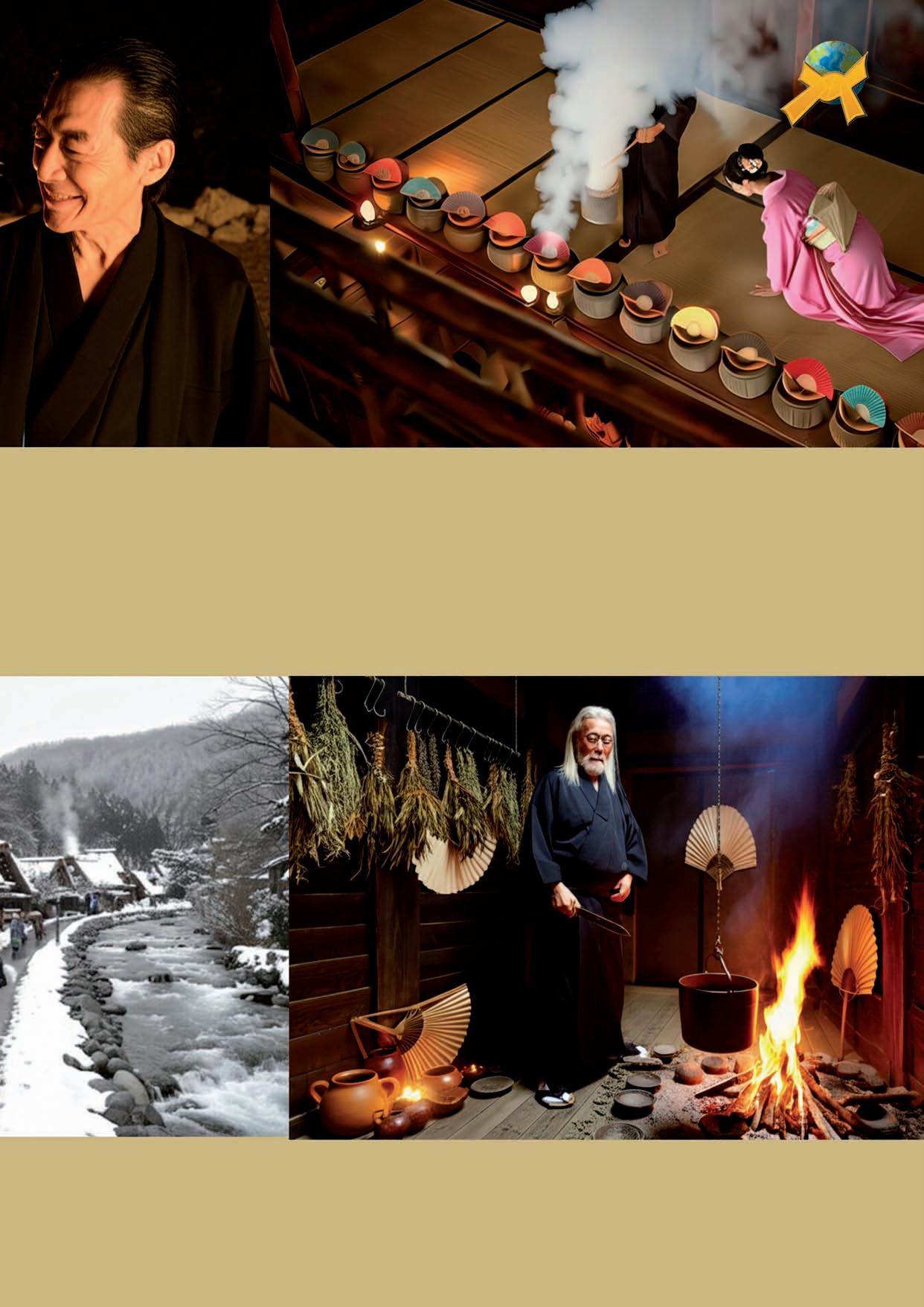
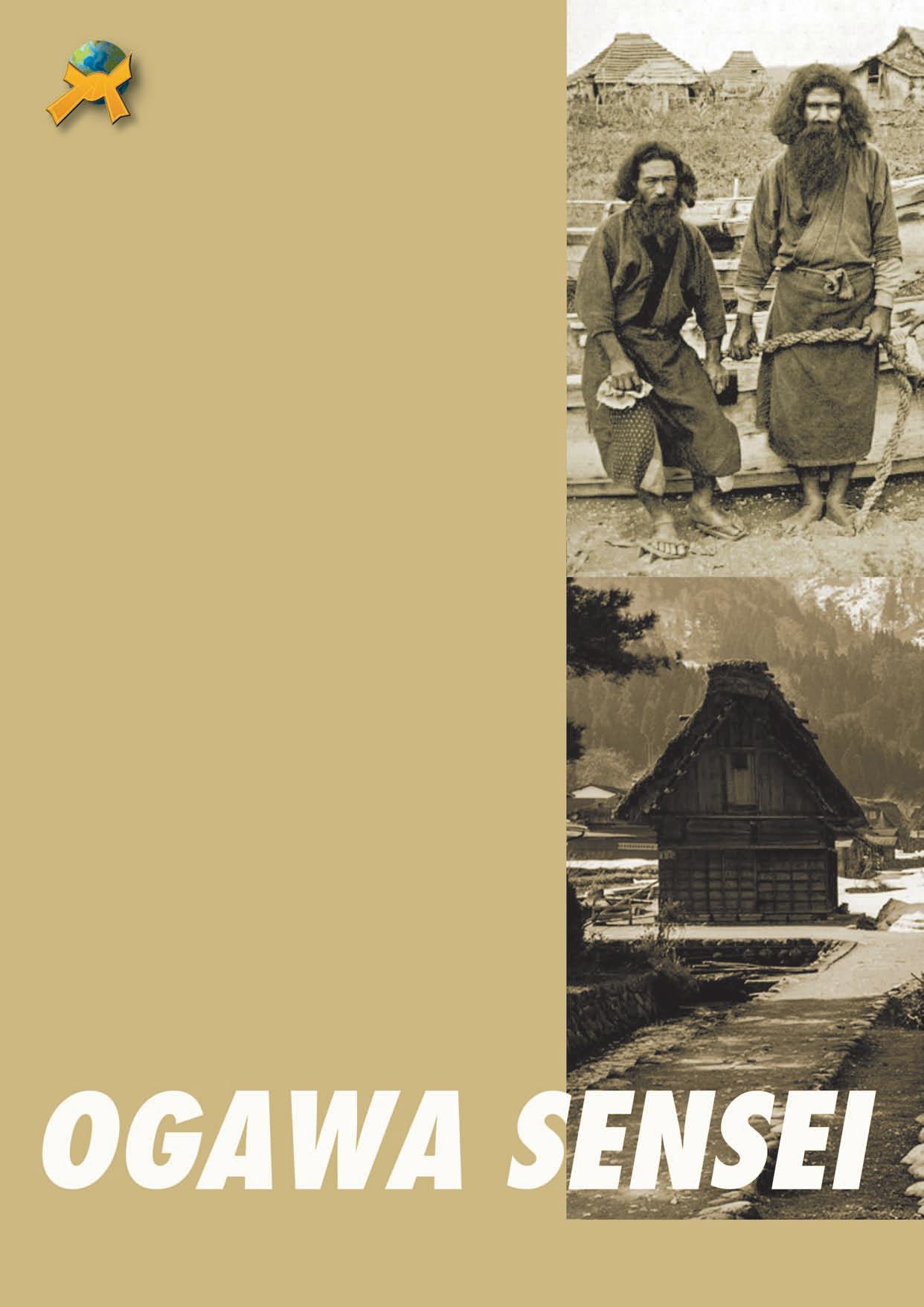
They developed their own language—RANGU-GO or shizen-go—and also a type of spirituality—EBUNTO— based on the worship of the energies of nature.
Kaze no Ryu Bugei came to Brazil brought by the Ogawa family, whose history can be verified further on. There are indications of the history regarding the development of many technical variables by Ogawa Hiroshi himself. Thus, it is said that until the 1970s in Brazil, this lineage was also called Ogawa Ryu, as it developed greatly in terms of efficiency due to this Soke.
It is therefore possible to see differences in terms of Kakuto no Bujutsu (real form of warfare) when comparing Kaze no Ryu in Brazil and other countries that we have had the opportunity to visit. However, something still remains unclear. Talking to former practitioners from the 1960s and 1970s, now older, we reached a consensus: as much as Ogawa sensei taught through Seiteigata, his true passion was restricted to the real form of warfare.
Many personal problems were highlighted in relation to Ogawa Sensei and his country of origin, which rejected him for 15 years and then recognized his competence and technical intelligence, overcoming the personal problems that had occurred. Soon, Japan proved humble in learning from Japanese immigrant practitioners. This was a golden age for Brazil, where immeasurable opportunities arose from meetings and festivities, which enabled an exchange of knowledge and, presumably, a restructuring of what we now call OGAWA RYU, a branch of Kaze no Ryu Bugei.
Perhaps it would be more correct to call it Kaze no Ryuha, although this is not considered by the elders.
Shidoshi Jordan was born in 1974, and together with the others in his class, they only had access to stories passed down by older practitioners, which for us and for him, as a scholar, does not attest to the veracity of the facts. Thus, in his school, he continues to teach the sequences taught by Ogawa Sensei belonging to the ancient Seiteigata.
Ogawa Sensei dreamed of building a kind of “university” that would teach all of traditional Japanese culture. Much has been invested over the years in courses and seminars, with teachers from the respective “fields” coming from Japan, so that the project would bear fruit. In short, we can say that, today, much has been lost, and of this project, actively (actually taught in classes), there are 30 subjects. The rest are seen as extra or separate subjects, which are eventually covered in more simplified or short courses. For this reason, Ogawa Sensei's school has this vast number of subjects covering physical (martial or otherwise) and mental or spiritual arts.
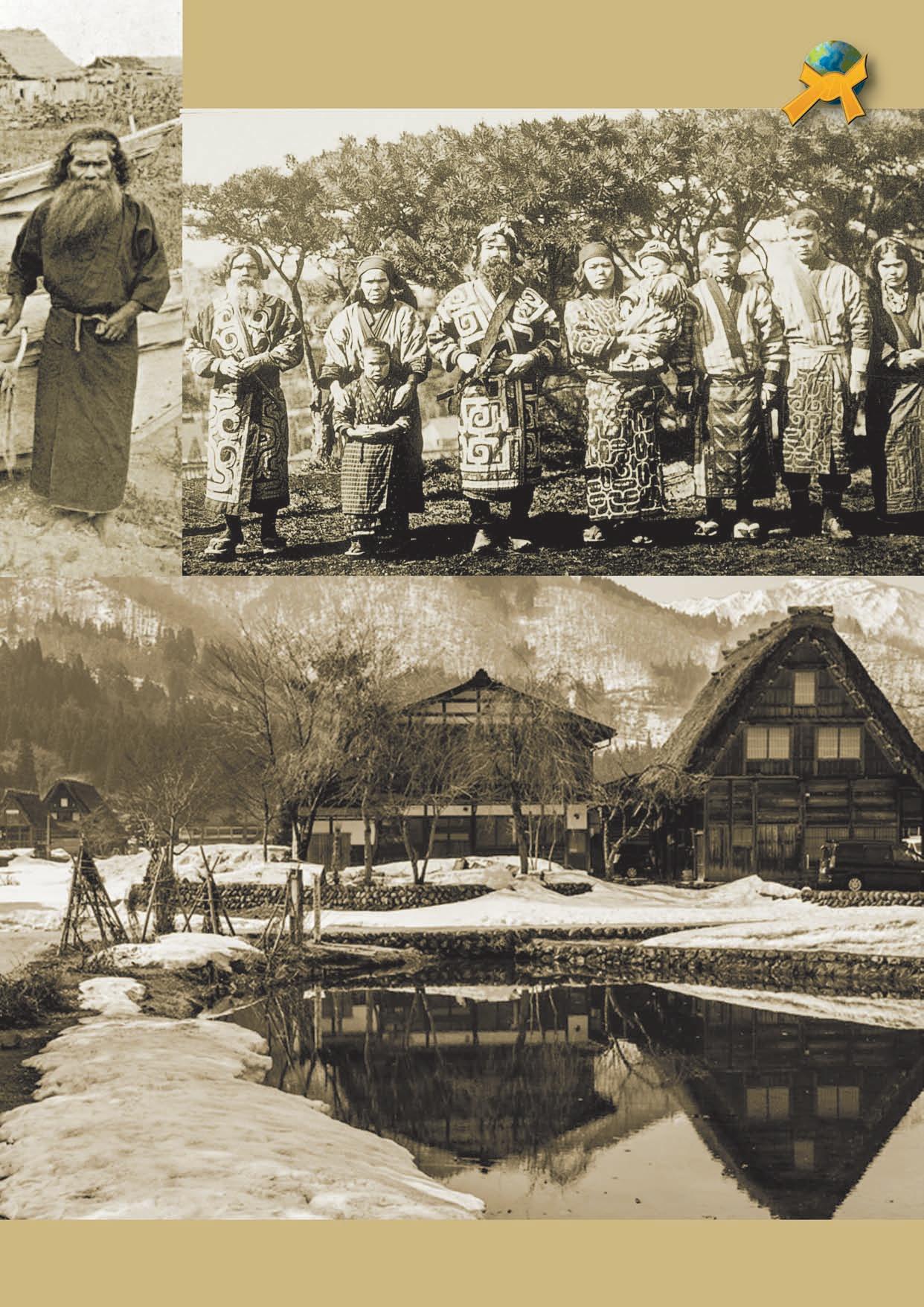
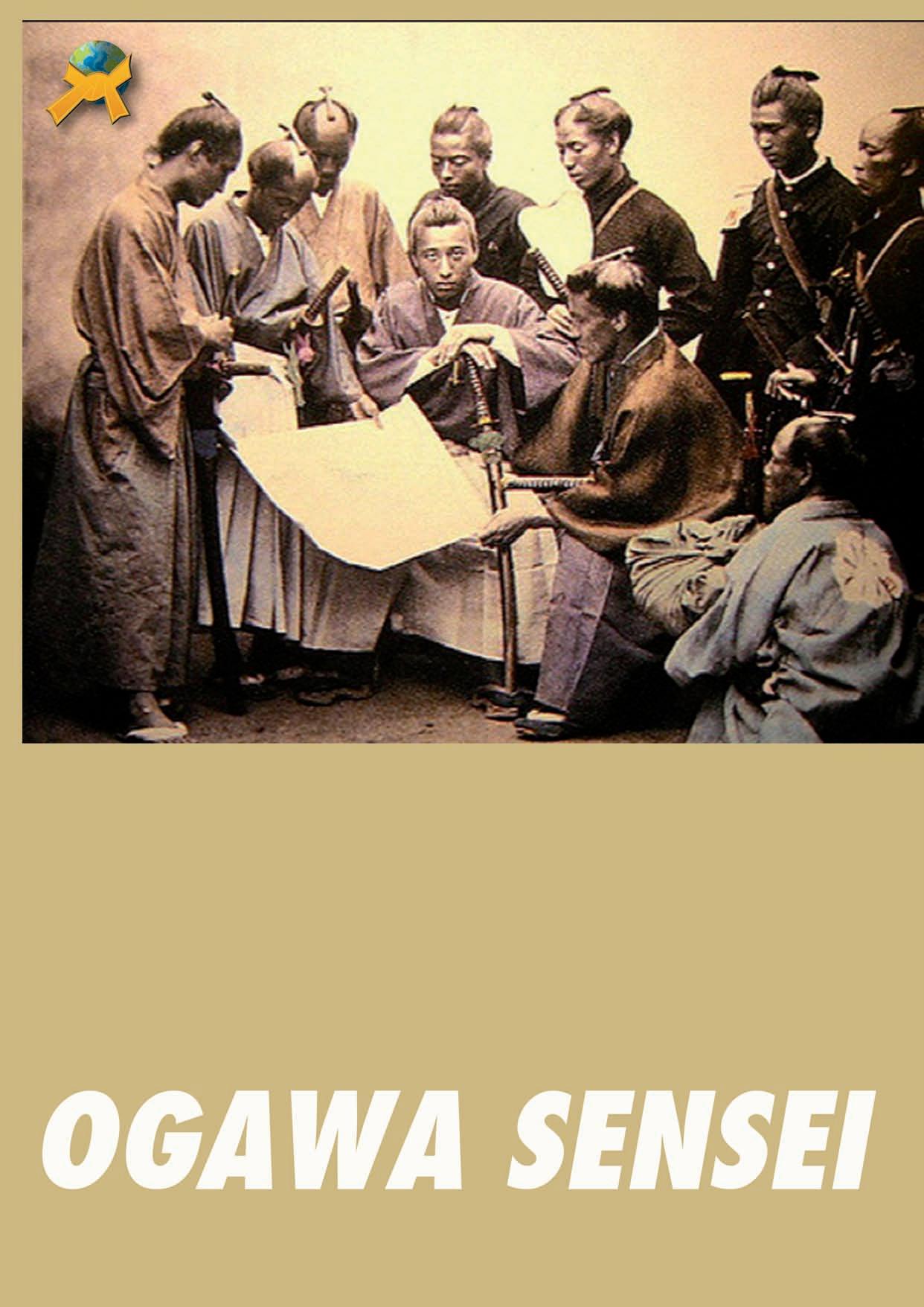
Since the Meiji period arrived in Japan, many of the traditional ways began to undergo changes. The old social classes were abolished and replaced by new ones; military service became mandatory; and land tax laws were modified. The government drafted a constitution, but it granted absolute power to the emperor. Economically, the government encouraged large-scale national industrialization, initiating the capitalist cycle.
Due to the need for raw materials and consumer markets, Japan went to war with its neighbors: China and Russia. The victories led to a period of prosperity accompanied by national capitalism. The cultural sector also prospered with population literacy, the publication of books, magazines, and newspapers, the study of religions, sciences, ideologies, and literature, as well as the progress of art.
Teeth dyeing was banned, and horse riding, previously allowed only to the privileged classes, was made freely available. The people were required to cut their hair and use a surname, previously allowed only to the samurai class. The use of swords was banned, and marriage between social classes, including with foreigners, was allowed. The buying and selling of human beings (servants) was prohibited, and the European Christian calendar was adopted. Japan devoted itself to the Westernization of its people. Roads and railways were opened, steamships were adopted, carriages were introduced, and kerosene lamps were used. Red brick houses were built, and Western thought and ideologies fostered an explosion of foreign studies. It was an eagerness for modernization.
Democratic movements demanded politics based on public opinion, and the government was forced to enact the first constitution. However, this gave almost absolute power to the emperor on January 11, 1889.
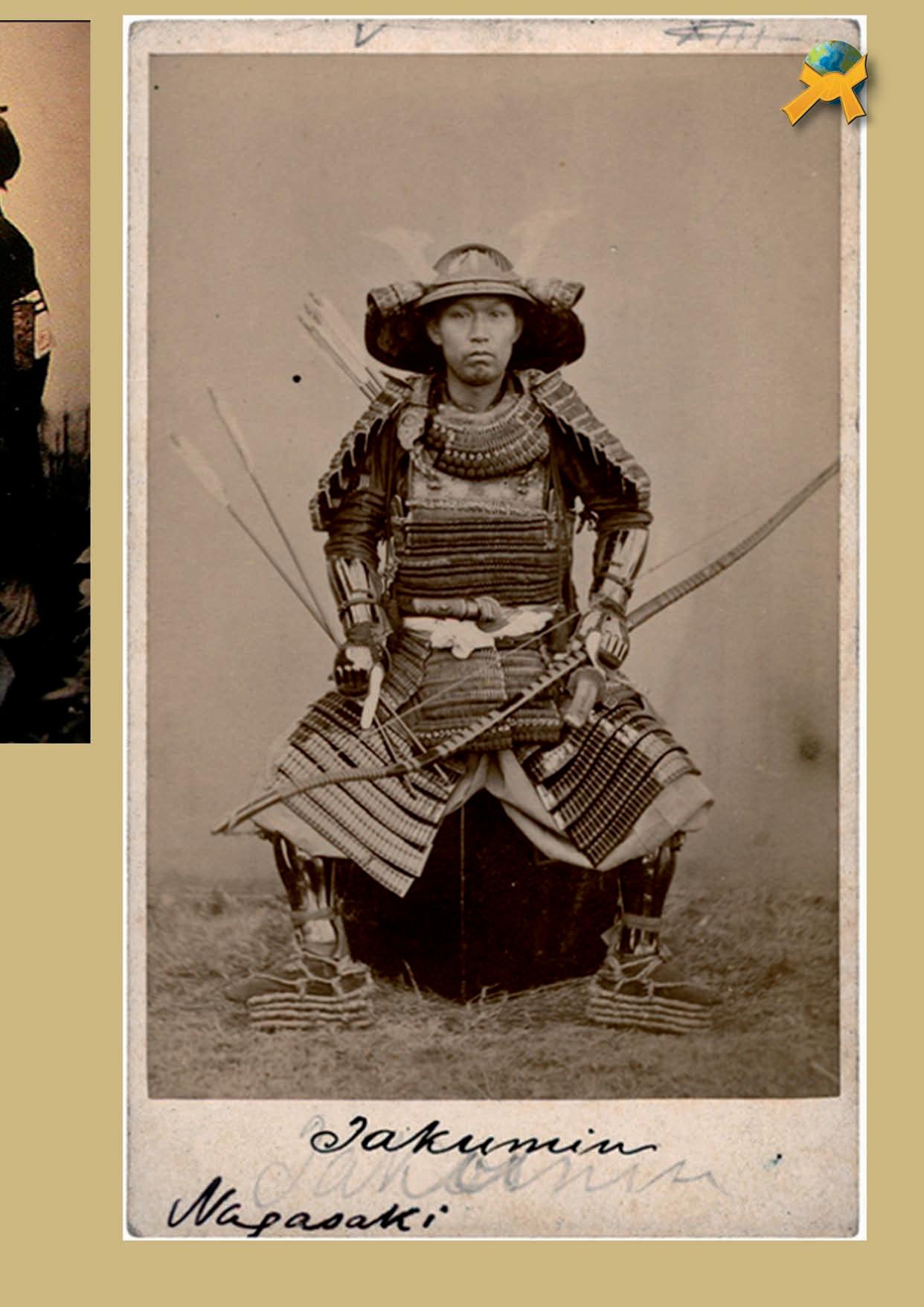
Japanese emigration officially began in 1868, in the first year of the Meiji period. The first waves headed to Hawaii, Australia, and the New Caledonia region. By 1897, emigration cooperatives had been formed in eighteen provinces of Japan. In 1898, the Hawaiian Islands became U.S. territories and immigrants were prohibited from entering that archipelago. The waves were then directed to the U.S., Canada, and Australia, but at the beginning of the 20th century, Australia closed its doors to Japanese immigrants due to racial issues.
Soon, other nations also placed barriers on the entry of Japanese immigrants. The fact that the Japanese accepted any job in order to save money to send back to their homeland, in addition to customs that were completely different from those of Westerners, led to discrimination by Americans and Europeans.
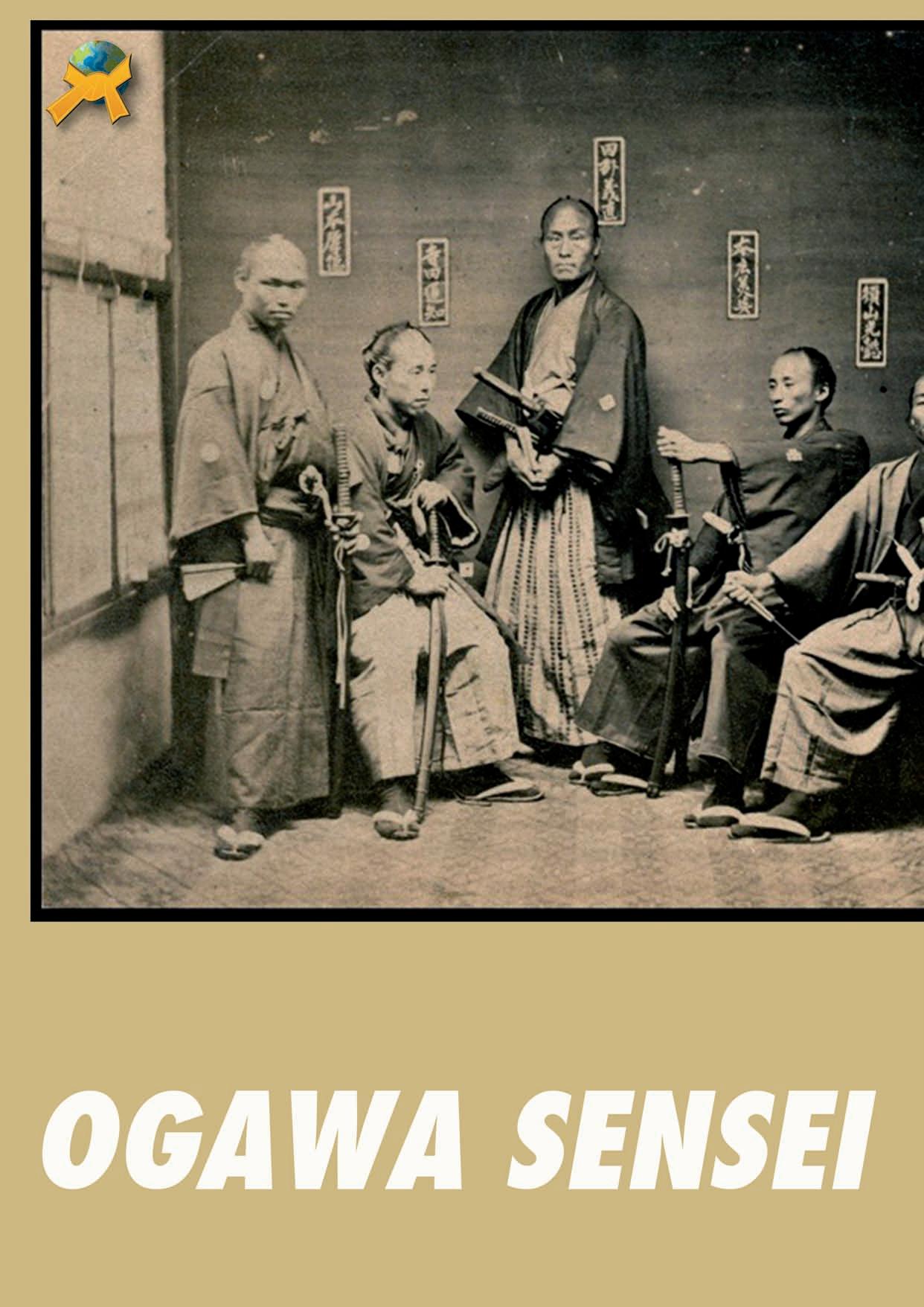
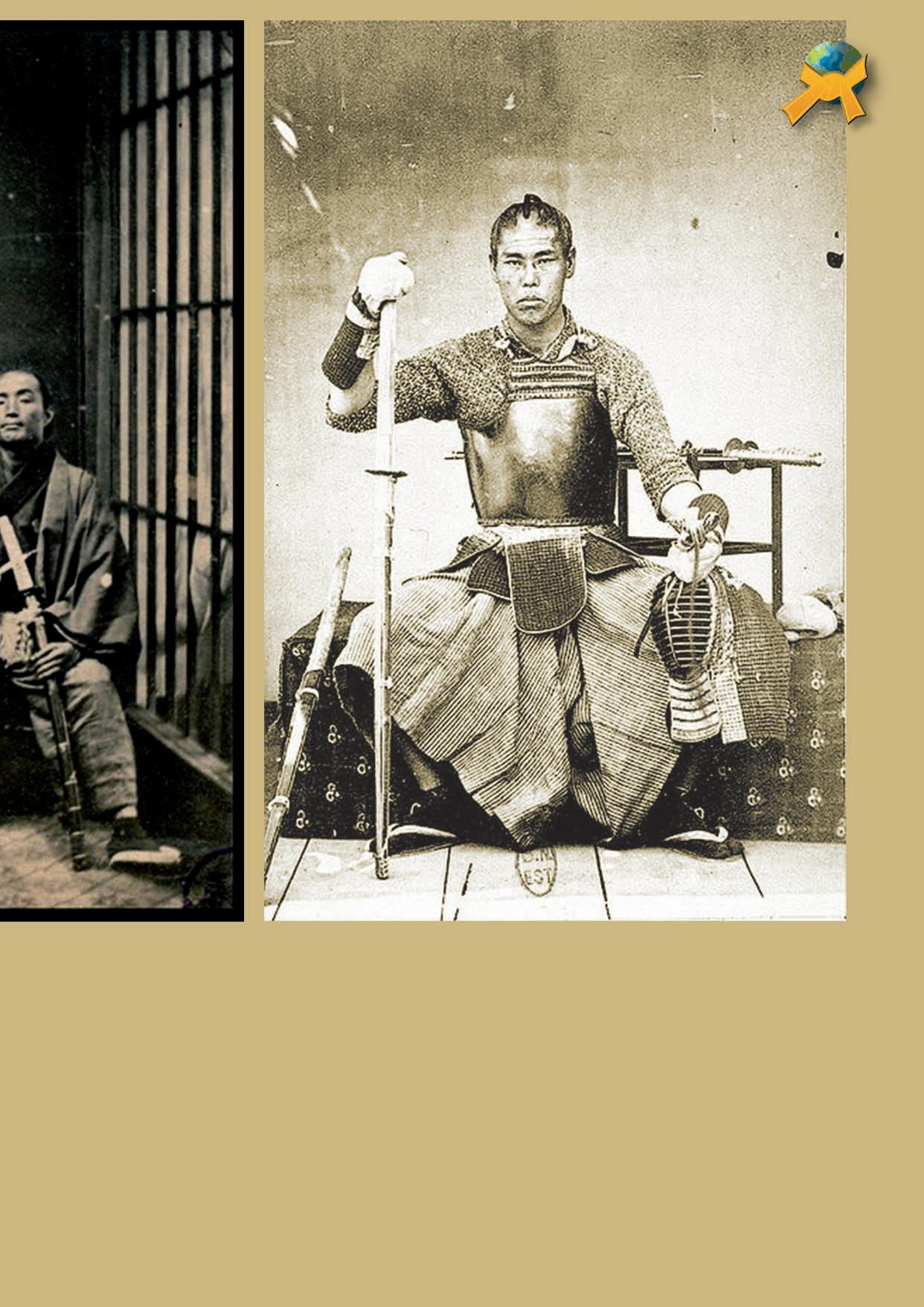
With the success against Russia in the war, many crossed the Pacific and entered American territory, forming a large concentration in California. The first case that gave rise to anti-Japanese movements occurred in San Francisco, where disagreements between American and Japanese children studying at the same school led to interference from parents, which led to the construction of schools exclusively for children of Asian descent. Japan saw this as racial discrimination.
As Japan was facing problems related to overpopulation, when the countries that had received Japanese immigrants began to limit their entry, the Japanese political migration phase turned to South America.
In 1894, during the administration of Dr. Prudente de Morais, Representative Enomoto Tadashi, sent by the Japanese Ministry of Foreign Affairs, came to Brazil and traveled through the states of Pernambuco, Bahia, Minas Gerais, and São Paulo, concluding that our country would be ideal for Japanese immigrants. The first plan for emigration to Brazil, however, was postponed due to the fall in coffee prices and the Canudos War in Bahia. At that time, the first Japanese immigrants arrived in Peru. However, many were enthusiastic about the report by Consul Suguiura, who was in Brazil at the time, and its publication in Japanese newspapers created an atmosphere conducive to the implementation of the plan.
Mizuno Ryu founded the Kōkoku Emigration Company. On April 28, 1908, the ship Kasato Maru departed from Kobe, carrying 792 pioneers of Japanese immigration to Brazil.
The ship crossed the Indian Ocean, reached the southern tip of Africa, and from there, crossing the vast Atlantic Ocean, docked at the port of Santos on June 18. At that time, Afonso Pena was president of Brazil.
According to research and interviews with the oldest generation of Japanese who practiced Bugei in Brazil, Nakamini
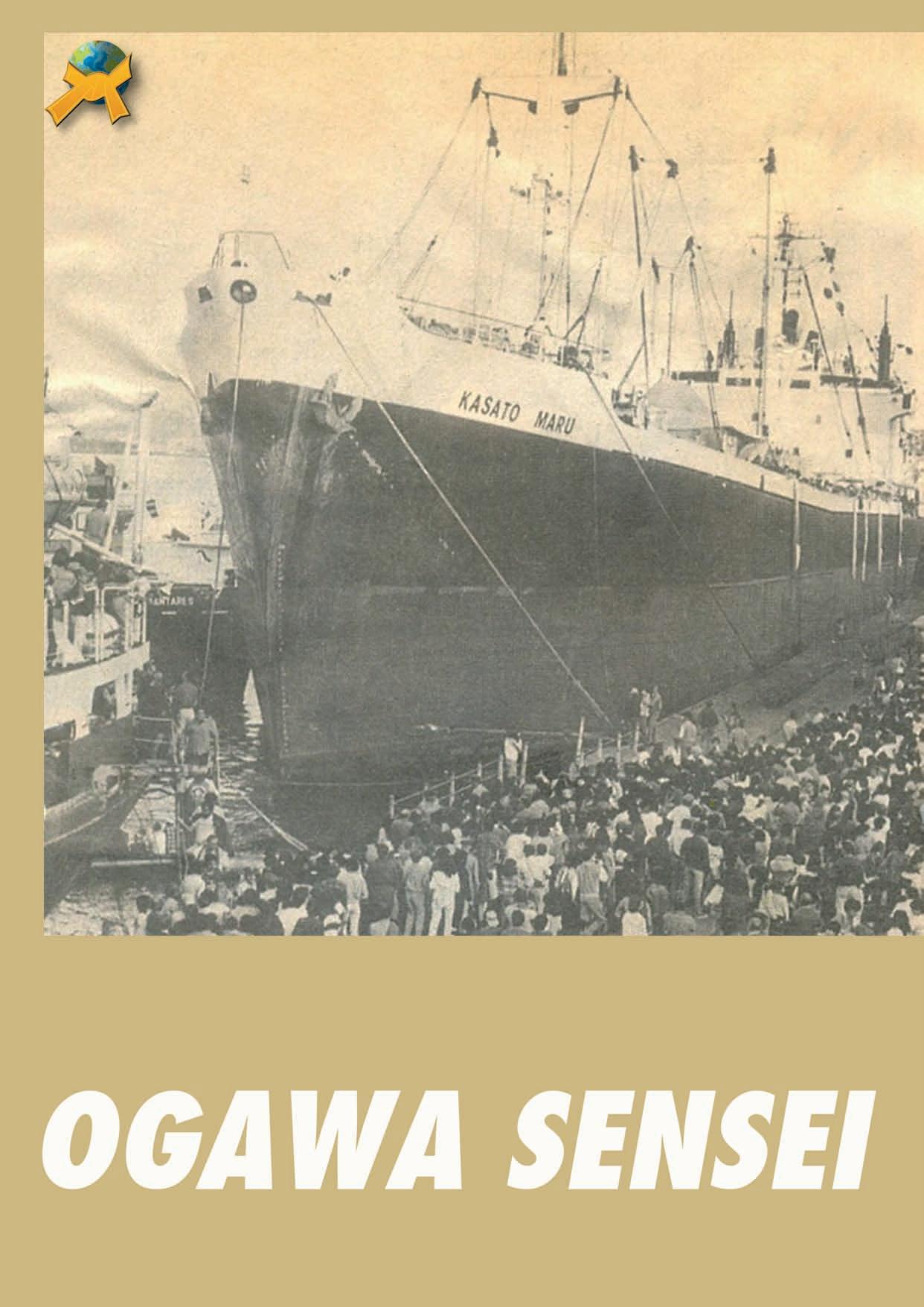
Eichi, who belonged to the Yabuzuki lineage, disembarked in Santos with the Kasato Maru, using this surname in certain meetings in the Japanese colony. Many knew him as Yabuzuki Eichi.
Of the descendants of the Bugei lineage brought to Brazil, only four are recognized: Yabuzuki, Kawazuki, Tayozuki, and Yamazuki. To clarify this issue of Japanese names, it is worth noting that in Japan there is a saying that “the name reflects the personality.” By looking at the name, one can learn not only about the person, but also about the ancestor who gave rise to that surname. Until 1867 (Meiji Revolution), only samurai and men who had some noble profession could have a surname. After the Meiji Revolution, which ended class differences, all Japanese were allowed to have surnames. It is said that there are 270,000 surnames in Japan.
Surnames that are composed of characters (Kanji) such as: Ta, Da (rice field); Kawa (river), No (field); Tani, Ya (valley); Saka (slope), originate from the regions where they lived. For example, the surname Tanaka means “inside the rice field,” that is, the ancestor lived in a house inside the rice field, hence the surname.
As the Tanaka families grew, this became the name of the region. Therefore, from the surname we can deduce its origin and even its location. We can understand that the surname Tanaka is related to rice cultivation, and we can see that in the Kansai region there are many Tanakas, so there were rice paddies in abundance. We cannot choose our surname, but our parents can decide our first name. The name is directly linked to the era. During World War II, the most commonly used kanji were Katsu (win) and You (ocean).
After the war, when peace reigned, the kanji Wa (harmony) was in vogue. During the period of economic growth, more thought was given to the meaning. That is why the following characters were used for boys: Akira, - being Aki (clear), Sei, Kiyo (clean), Makoto (sincerity, honesty). For girls: Megumi, Kei (blessed), Sachi, Yuki (happiness), Setu (melody), and the Kanji character Ko, meaning son or daughter.
In recent years, preference has shifted towards the image and sound of the pronunciation rather than the meaning of the Kanji. The most popular name particles for boys are: Daí, Yo, Ki, and for girls: Ai, Sai, Na.
The origin of the name remaining from the Bugei segments that arrived in Brazil is due to the fact that it was organized and developed its idea in four villages. Yama, Tayo, Kawa, and Yabu. For these peoples, the moon has always had a strong representation in their mystical beliefs, which led to the union of these two names. The initial name of the village in its location. Yamamountain, Kawa - river, Tayo - sun and Yabu - forest, together with Getsu - moon, which is read as Tsuki, formed the combination Yamazuki, Kawazuki, Tayozuki and Yabuzuki.
Nakamini Eichi was the first to speak in this form practiced by Bugei in Brazil. History shows that Bugei was brought by the famous Ogawa family, in the persons of Hiroshi Ogawa, Kazuo Ogawa, Nobuaki Ogawa, and Kibashi Rirayama.
Nakamini Eichi impressed the settlers with his wise advice and knowledge of the occult sciences, which greatly helped the sick and provided guidance in moments of despair for the immigrants. Nakamini Eichi lived in Brazil until the 1940s, later returning to Japan.
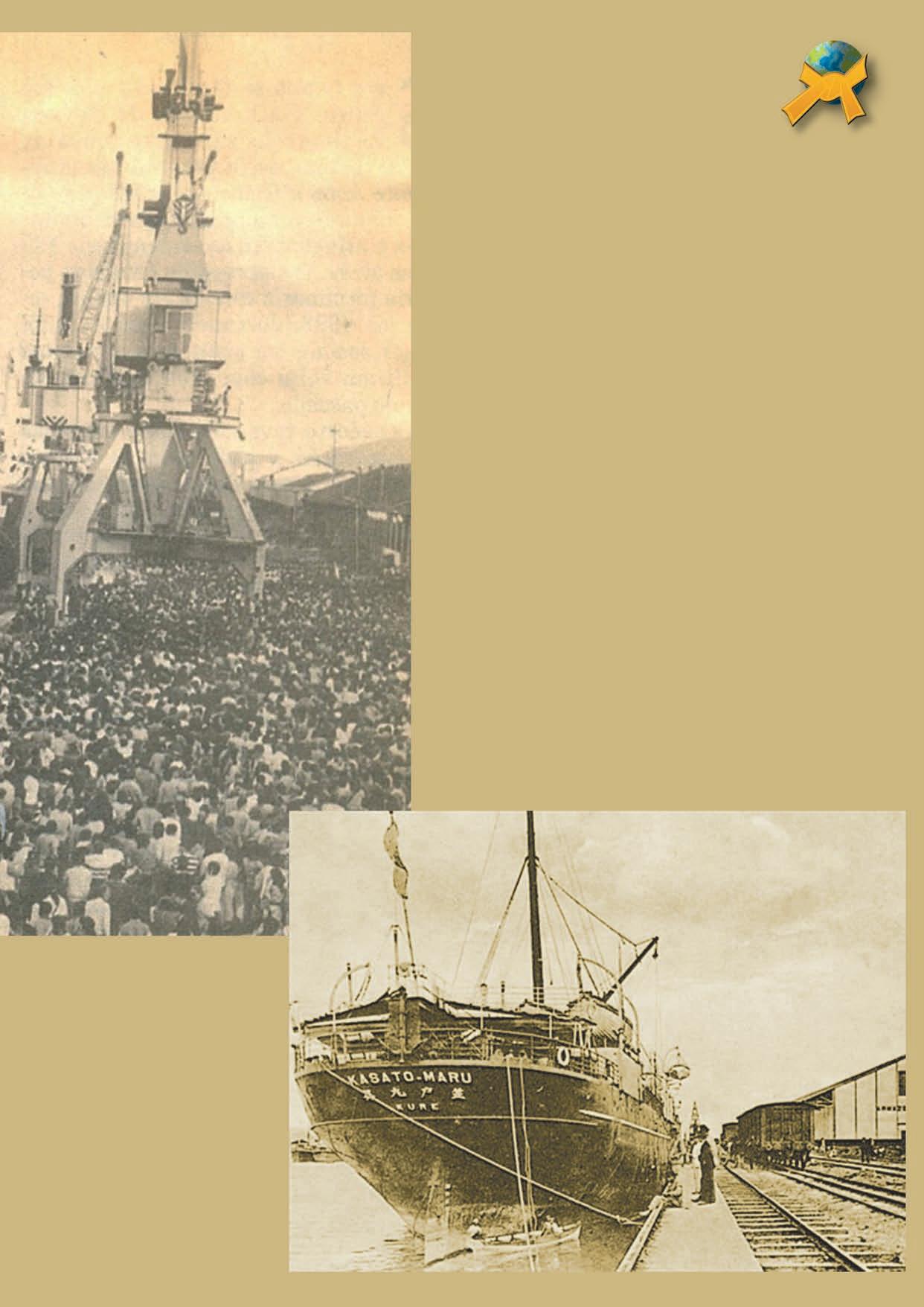
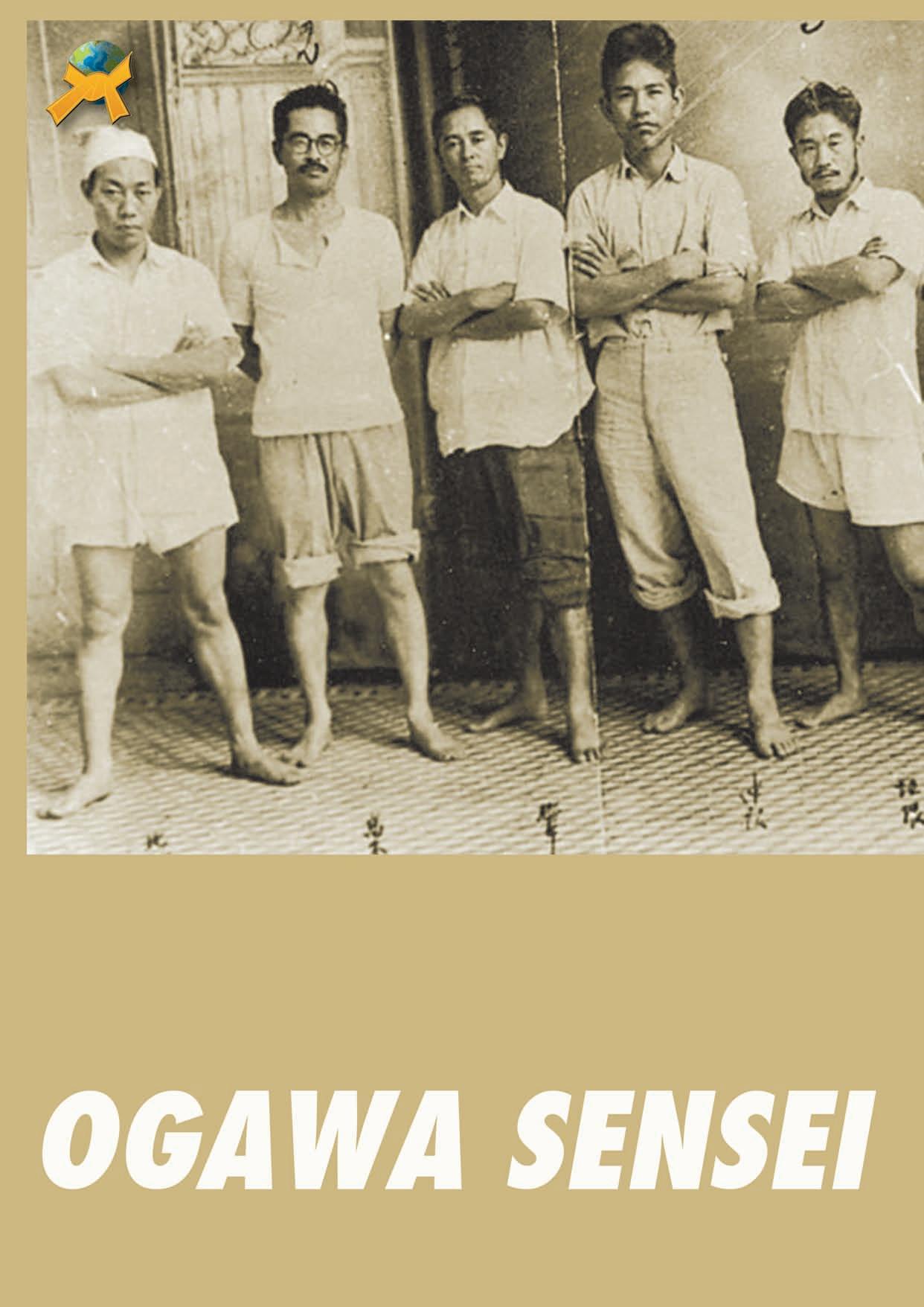
While he was in Brazil, other settlers followed Nakamini's example and continued to plant herbs and apply the knowledge he had taught them.
According to the sixty-year-old generation, many remember the stories of Nakamini's magnificent deeds. It is said that once, one of the daughters of the Mizushima family, in a mental breakdown, armed herself with a knife and threatened to kill everyone. Nakamini, with a powerful prayer in a strange language that was not Japanese, calmed the spirit that they believed possessed her. He asked them not to talk about it, as conflicts between the Japanese and the police in Brazil had already begun.
Kaze no Ryu Bugei arrived in Brazil through the Ogawa family, who landed at the Port of Santos in 1935. Descendants of the village of Kawa, formerly located on the island of Hokkaido in northern Japan, settled in Paraná, where they began their activities as farmers. Due to the circumstances of the time, they continued, with members of the colony, initially practicing Kenjutsu.
With Japan devastated by bombing, Emperor Hirohito and his subjects had to accept the military occupation of their territory. Not everyone. On the other side of the world, in São Paulo, the majority of the Japanese colony in the state refu-
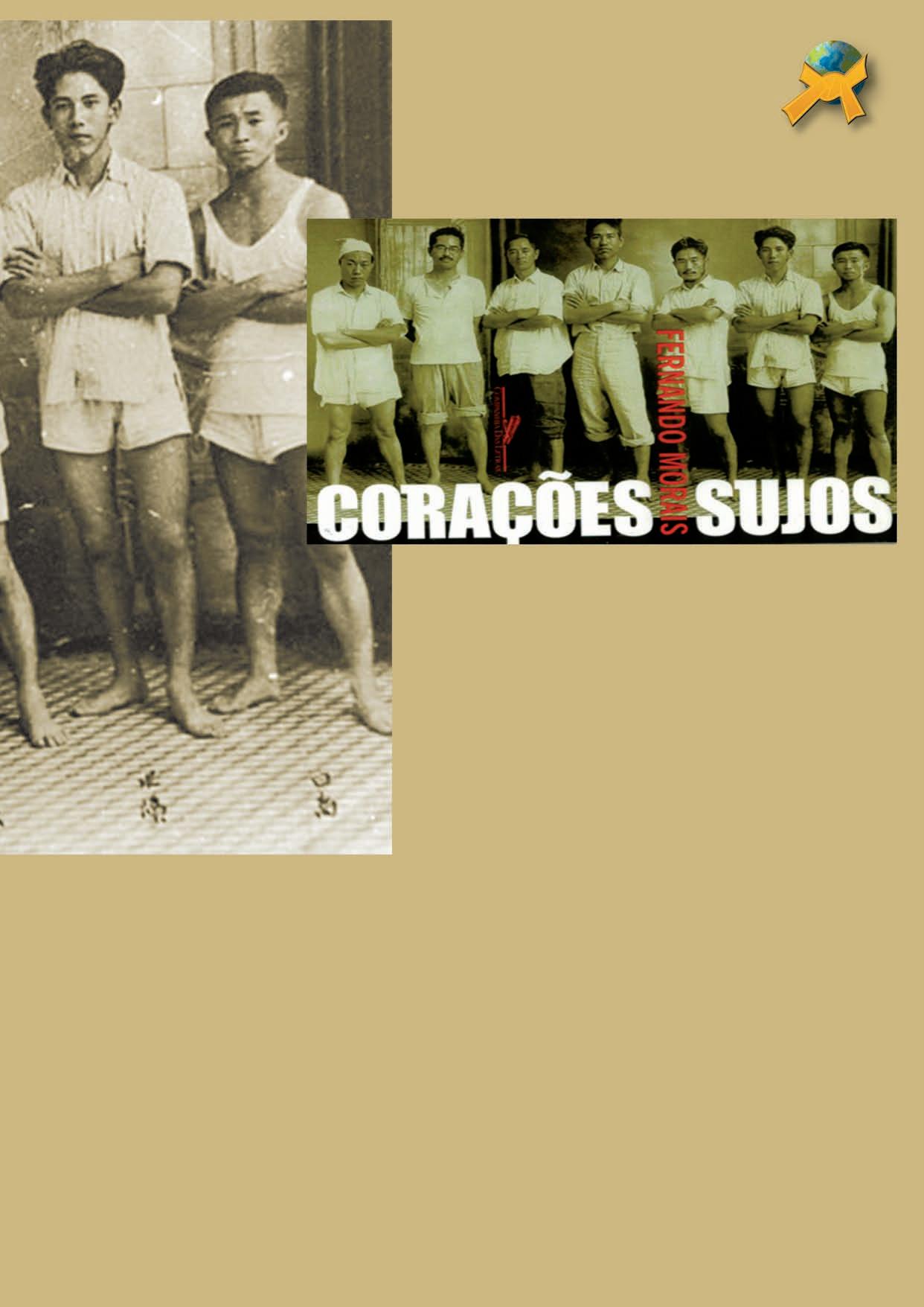
sed to accept this fact. And they declared, in a frenzied outburst of patriotism, that Japan had actually emerged victorious from the conflict. An organization of fanatics, the Shindo Renmei, then decided to “purify” the colony, murdering all its members who dared to believe in Japan's defeat for “treason against the homeland.”
On the other hand, according to Celso Fonseca in Isto é magazine, shortly after World War II, 80% of the 200,000 Japanese residents in the state of São Paulo believed that Japan had won the conflict. As delusional as it may seem, this belief was based on a Japanese certainty that attested to the invincibility of the Imperial Army throughout its 2,600-year history. For them, the news of the surrender was nothing more than false propaganda spread with the help of Japanese people who were called defeatists and considered traitors to the homeland. As an act of punishment, fanatical leaders of the colony founded the ultra-nationalist sect Shindo Renmei — something like the League of the Way of the Subjects — responsible for the deaths of 23 compatriots over 13 months, whose sin was to believe in the unquestionable supremacy of the Allies. The saga of Shindo Renmei and its tokkotai, warriors charged with the killings, is told in the book Corações Sujos (Dirty Hearts), by Minas Gerais writer and journalist Fernando Morais (Companhia das Letras, 344 pages, R$ 31.50).
Colonel Kikawa, a 60-year-old man, 1.51 meters tall, with a very ordinary appearance, who had become the owner of a dry cleaner's in São Paulo, was arrested for making threats to his fellow citizens, but even when he was released by the Brazilian authorities, he did not give up his coercion and intimidation. While he was in prison, no one could convince him that Japan's surrender, followed by the Imperial Rescript, had actually taken place. For him, it was nothing more than American propaganda, a smokescreen to deceive Japanese emigrants. As a result, not only did he devote himself to forging countless daily bulletins and directing the falsification of photographs to prove just the opposite—that it was the United States that had surrendered to Japan—but he also considered any Japanese who spread the truth to be a traitor to the homeland. He reserved a special fate for them: they would be eliminated by the tokkotai—special attack units called Divine Wind Battalions, reminiscent of Mussolini's fascio di combattimento, but with a touch of cangaço.
The Shindo Renmei prepared lists of makegumi to be killed and distributed the task of liquidating them to various tokkotai groups scattered throughout the interior of São Paulo and the capital. An impressive series of attacks then ensued, in which the “defeatists” were sometimes executed in front of their families. The casualties caused by the emperor's fanatics exceeded 170 victims (23 dead and 147 wounded). The Japanese community was in an uproar, and the Brazilian authorities rushed to take the necessary measures: 31,380 Japanese considered to be Shindo Renmei sympathizers were detained and identified.
Upon learning that the reason for these crimes was the refusal of a large part of the Japanese community to accept the defeat of 1945, the governor of the state of São Paulo, José Carlos Macedo Soares, scheduled a meeting with the most representative leaders of the community for June 19, 1946 (almost ten months after Japan's surrender). He wanted to use the authority of the Brazilian government to neutralize the principle of loyalty to the emperor, an antidote to the intrigues and absurdities spread by Shindo Renmei. He thought that if they heard an official statement from him that the “Greater East Asia Co-Prosperity Sphere,” Japan's imperialist project, had succumbed and that Hirohito had in fact surrendered, they would accept his word.
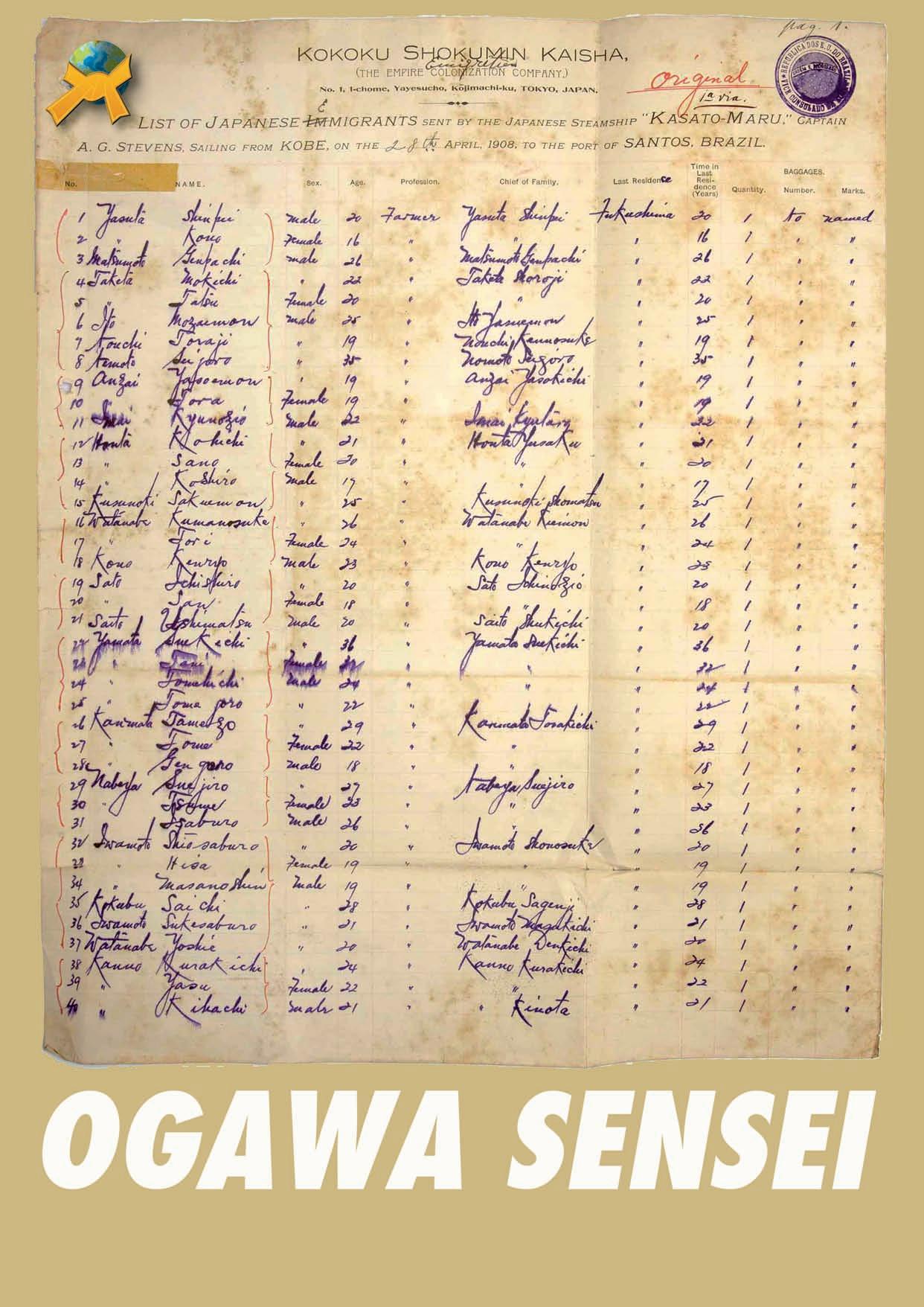
Among the more than 500 Japanese present, none accepted the truth. Not only that, they demanded that the São Paulo government somehow prevent the news from making any mention of the Japanese defeat, which caused natural national indignation at such petulance. In any case, the immense police networks supported by actual military operations carried out by the Brazilian army in the cities of Osvaldo Cruz, Tupi, Bical, and Marília managed to paralyze the Tokkotai terrorists, who, together with their leaders, were arrested and identified. In a short time, Shindo Renmei ceased to exist, retreating into a long oblivion of almost half a century, from which it only emerged through Fernando de Morais' exemplary book-report.
After Shindo's crimes, part of the Brazilian population reacted passionately and ended up lynching many innocent Japanese. Cities such as Tupã, in the interior of São Paulo, for example, were transformed into war zones. Morais heard about the organization when interviewing a Nisei woman in Osasco, in Greater São Paulo, who had been the girlfriend of communications entrepreneur Assis Chateaubriand, the central character in his previous book, Chatô, o rei do Brasil (Chatô, the King of Brazil). But he reveals that he only decided to write about everything he discovered after being “well documented.” After all, according to him, some passages “seemed like magical realism” because they were so surprising. One of them did not fit in the book.
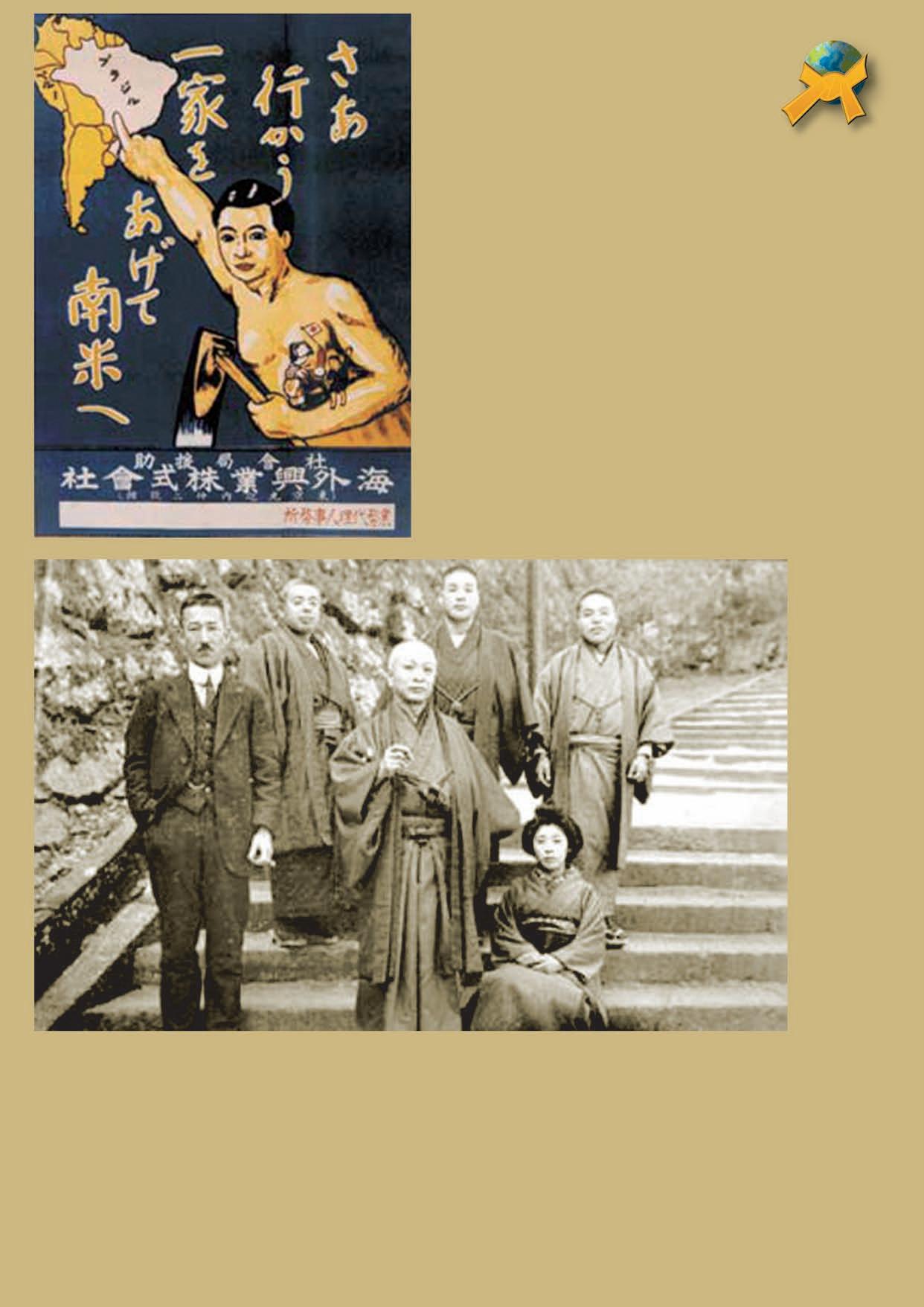
“According to research and interviews with the oldest class of Japanese who were Bugei practitioners in Brazil, Nakamini Eichi, who belonged to the Yabuzuki lineage, disembarked in Santos with Kasato Maru, using this surname in certain meetings in the Japanese colony. Many knew him as Yabuzuki Eichi.”
In May 2000, after finishing writing Corações Sujos, Fernando Morais had the opportunity to come face to face with a murderer: Tokuiti Hidaka, the last on the right in the war photograph of the “Seven of Tupã.” He had waited two years for the interview and then spent three days on duty at the old man's door. When he finally let him in, the journalist jumped out of his car and rushed into the killer's house. He interviewed him for hours, recording images with a camera and taking notes on a laptop. At the end, already satisfied, he asked in a concluding manner: “Do you still believe that Japan won the war?” At the age of 80, Hidaka put on an indecipherable look, twisted his neck, and pointed to the camera and laptop of Ogawa Sensei
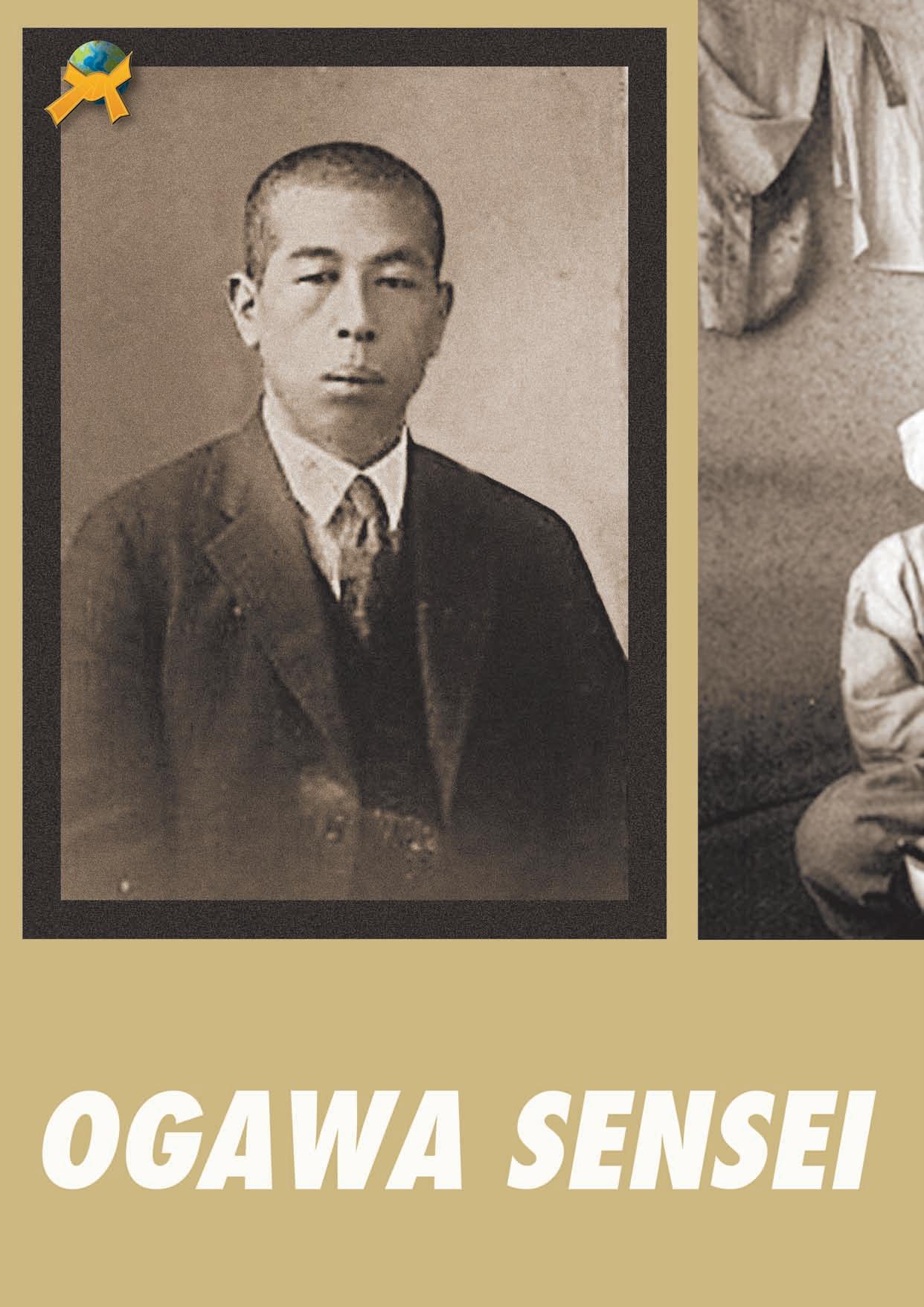
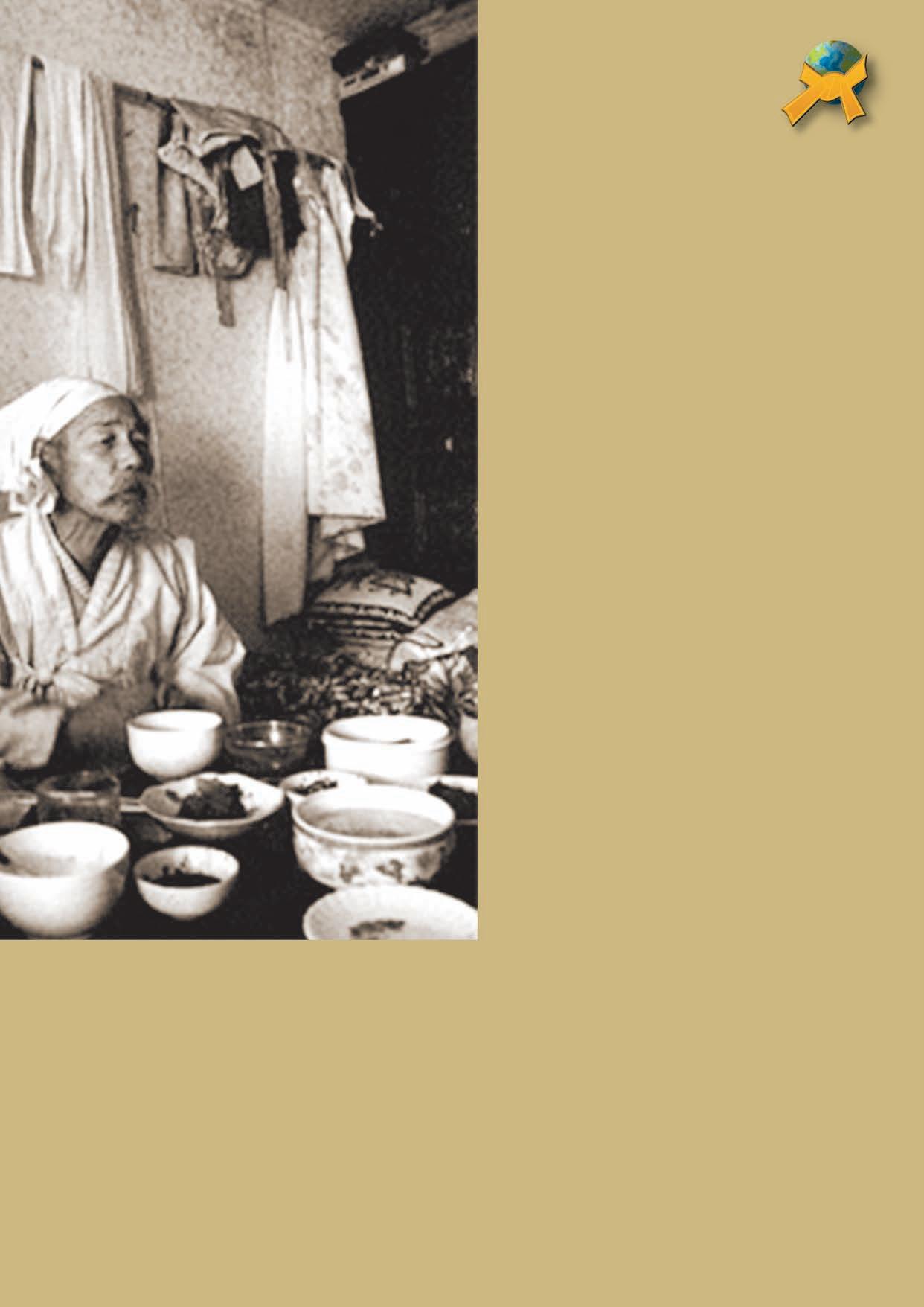
his interlocutor, a Nikon with all the extras and a latest model Sony. “But do you think that if Japan had lost the war, it could have built such sophisticated things?!” he reacted.
Shindo Renmei was born in an adverse context for Japanese immigrants in Brazil, with the closure of 200 Japanese schools, a ban on the use of their native language, and a prohibition on association and the possession of radio sets. At the end of the war, Junji Kikawa, a former officer in the Imperial Japanese Army, emphasized fundamentalist rhetoric among immigrants, recalling that in 2,600 successive wars, the Empire had never been defeated. The community in the state of São Paulo was then divided between “kachigumi” (“victorists”) and ‘makegumi’ (“defeatists”). The former gave rise to the “tokkotai” (killers). The declaration of war was the attempted beheading, carried out by seven assassins on January 2, 1946, of Edmundo Vieira Sá, corporal of the Public Force of the city of Tupã. The sect was based in São Paulo, but operated mainly in the interior of the state.
Over the course of a year, hundreds of attacks were carried out, of which only 23 resulted in deaths—the army of killers was trained in samurai methods and showed little skill with firearms. But it went down in history as one of the most daring acts of counter-propaganda in Brazilian history, with the forgery of stamps, banknotes, and newspapers from various countries, alluding to Japan's victory in the war. Above all, it remains in the memory as the most fantastic moment of collective naivety in 20th-century Brazil. The thesis was that Japan had emerged victorious and built an empire stretching from Australia to Vietnam—it was even possible to buy plots of land in these regions.
With the intervention of Shindo Renmei, Hiroshi Ogawa guided immigrants who were being persecuted in practical and quick ways of self-defense. This encouraged the settlers to study the self-defense that the Ogawa brothers knew.
Thus, the first seed of Bugei was planted on Brazilian soil. Many events marked the trajectory of the Ogawa family in Brazil. Only in 1952 did Hiroshi Ogawa accept a small group to study his family's tradition, among whom were Roberto Kunio Araki, Massao Mizunaga, Abe Hideichi, Paulo Yoriki Hideoshi, Minoru Nagatame, Toshimitsu Muramoto, Kenichi Izawa, Isao Horibi, Miyoshi Massuda, and Sadao Ebihara.
This marked the beginning of Bugei in Brazil. Ogawa Kazuo and Hiroshi broke off relations and became arch-enemies in 1954.
Ogawa Hiroshi settled with his family on a farm near Jacareí in the state of São Paulo. Many stories are told from this period. As this account is based on conversations with immigrants and former practitioners of Bugei, we cannot say for sure whether these stories are true or the fruit of someone's imagination as a way to gain ground in Brazil. Kunishi Tomio visits Brazil and hears about a Japanese man capable of incredible feats. Intrigued by the stories, he decides to visit the farm where Ogawa Hiroshi lived. The reason is unclear, but Kunishi accused Ogawa Hiroshi of charlatanism and deception. Hiroshi then falls into disrepute and ostracism among the Japanese community. He moved to Maringá with his wife and young son, who would die of starvation and pneumonia a few months later. Days later, Hiroshi was abandoned by his wife, who, with the help of the local colony, returned to Japan. It didn't take long for slander and defamation to reach the colony. Hiroshi found himself devastated. He joins forces with local farmers, offering his services as protection and manual labor. Gifted with skills, Ogawa Hiroshi grew tired of demonstrating martial arts tricks at parties and gatherings that dazzled the local people.
1957 - Ogawa Hiroshi has a falling out with one of the farmers and moves to Belém, in Pará, hoping to start a new life. He changes his name to Hiroshi Nakamura, in honor of his maternal grandfather. In 1961, he returns to Jacareí and receives threats from former members of Shindo Renmei. In response, Ogawa Hiroshi says that they must be confusing him with someone else.
In 1962, he returns to the state of Paraná and soon establishes an important connection with a local military colonel through his war practices. Ogawa then grows stronger and soon buys a piece of land near the Curitiba region. He establishes himself under another name to avoid retaliation from the Shindo Renmei, but sends a warning that for every one
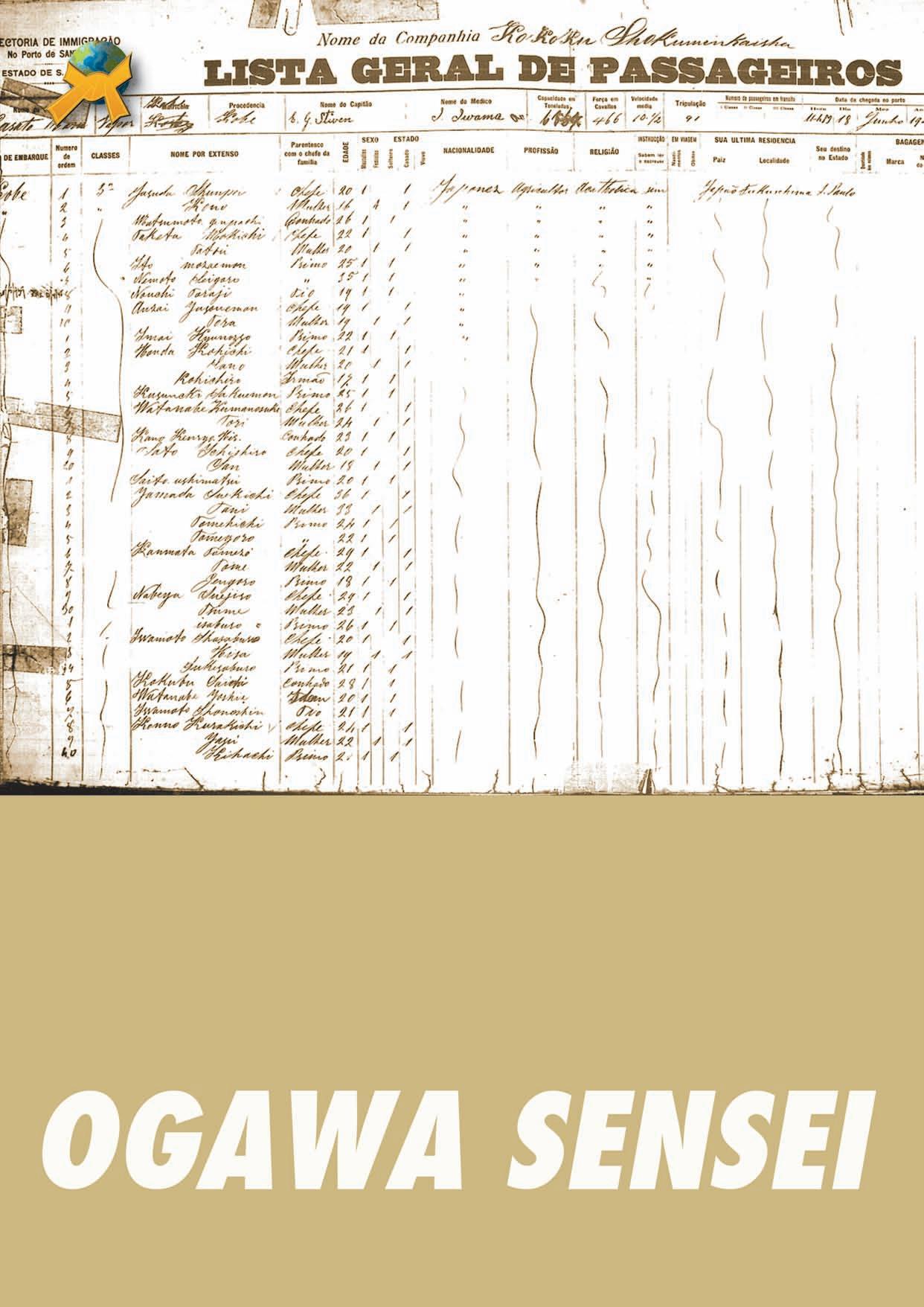
killed on his land, nine will be killed from the Shindo Renmei. At this time, he went by the name Kenichi Usuda and redirected his focus to business and survival.
In 1963, he reestablished a group of practitioners on his farm and was reported by Yoshinaga, leading to him being accused of gang formation by the Brazilian police. Once the misunderstanding was cleared up, Ogawa went to Japan and came into conflict with family members, resulting in a permanent break with his Japanese relatives.
In 1964, he decided that he needed spiritual protection and sent a letter to Motoshima Sussumo, his only remaining friend. Motoshima, who was organized and already successful, sent Tazuke Shiniyuki to Brazil as a form of payment for an old debt. Shiniyuki then organizes rituals and initiates Ogawa Hiroshi into “E-bunto,” an ancient belief from Hokkaido, currently known as “EBUNTO.” They began to meet on Tuesdays to learn what the spirits said about the coming winds. Ogawa Hiroshi grows and organizes a new history in Brazil with people he trusts.
A former resident of Santos, São Paulo, Kazuo received threats from Shindo Renmei, which, years later, still expressed its fragments through small threats as a result of revenge. Kazuo Ogawa, son of Saburo Ogawa, knew that revenge could go ahead. He chose Goiás because of the large area of land and opportunities that were being given to immigrants from other states. He arrived in Goiânia in May 1975, settling in Campinas, at the time a small satellite town. He soon met other farmers who lived in Nerópolis and thus extended his friendship.
Kazuo was the most educated of the brothers who arrived in Brazil; it didn't take long for him to become an advisor to several people who sought him out. He knew that Shindo Renmei would not leave him alone. It is believed that Kazuo was
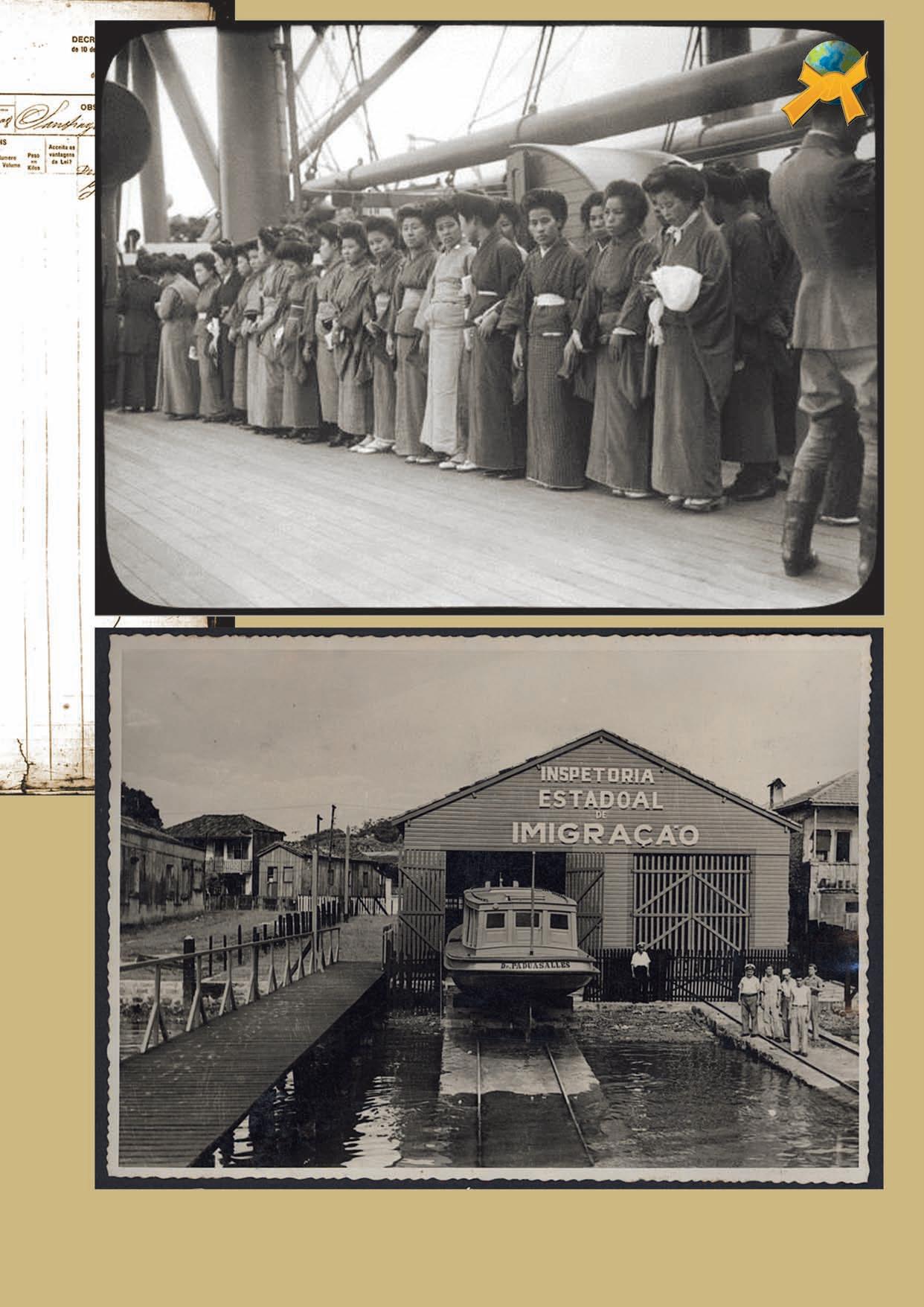
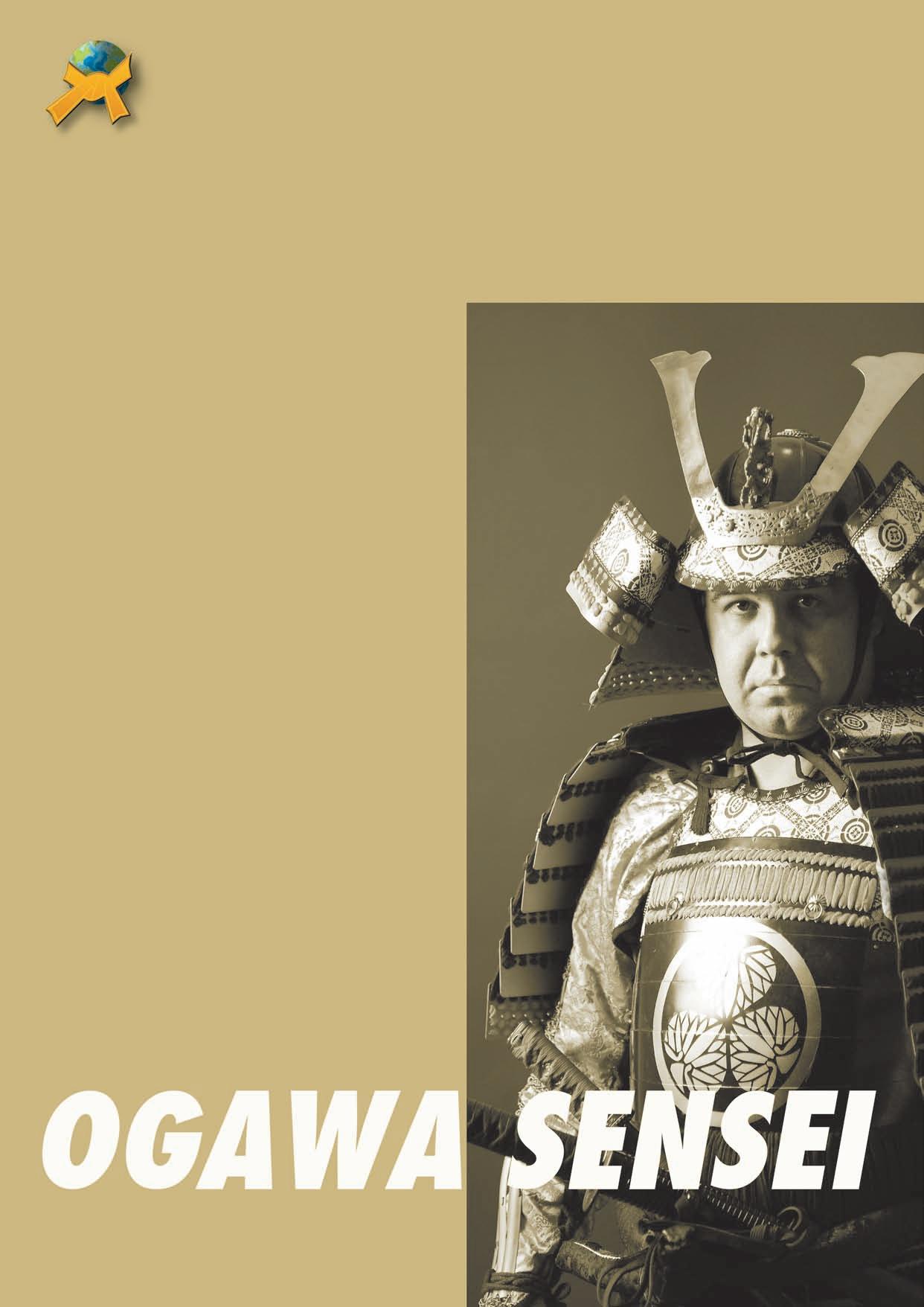
known by more than one name, changing his appearance every two months. Encouraged by friends who practiced judo, especially Guntaro Kuramoto and Kishio Sanga, he started the first group of friends who would learn the art of self-defense with Ogawa Kazuo, who at that time did not accept the request to teach kenjutsu, Kishio Sanga being his only student in this area.
In 1977, suffering from intestinal volvulus, he was admitted to Santa Casa de Misericórdia hospital on Rua 04 in downtown Goiânia, where he died a few days later of pneumonia. Many events marked the course of his death, which would start a war that is still reflected today in those who continued the art.
Kibashi Hirayama then arrived in Goiás at the request of Kishio Sanga, Akira Sanga's father, to continue the activities. His stay in the city was financed by Sanga. In 1988, Kibashi Hirayama left Goiânia and returned to Paraná, leaving behind 11 students who had graduated with the rank of Sensei, including Takeshi Hasegawa, Hideo Okaza, Akira Sanga, Jordan Augusto, Takeshi Sato, Tami Sato, among others.
Of the many practitioners from whom I obtained reports on Bugei practice, I gathered: Roberto Kunio Araki, Massao Mizunaga, Abe Hideichi, Paulo Yoriki Hideoshi, Minoru Nagatame, Toshimitsu Muramoto, Kenichi Izawa, Isao Horibi, Miyoshi Massuda, Sadao Ebihara, Ryoichi Fujisaka, Mauro Kogaki, Luiz Higashi, Paulo Yamamoto, Sérgio Okiyama, Takeshi Hinomori, Takeshi Hasegawa, Hideo Okaza, Akira Sanga, Jordan Augusto, Takeshi Sato, Tami Sato, Toshio Matsumoto, Yasue Sugimoto, Misae Hatsumi, Luis Kitahira, Susumo Maeda, Jorge Saito, Meitoku Sugino, Moichi Iwata, Kishio Sanga, Kuramoto Hatsue, Akiko Oseki, Murata Miguel, Sugiro Umeno, and others...
2004 – Ogawa Hiroshi passes away in São Paulo. Always hoping for a new life. Today we know that Ogawa Hiroshi used more than ten different names during his lifetime.
Even today, the history of the Ainu is shrouded in mystery. Many scholars claim that the Ainu inhabited Japan long before the arrival of Japanese Asian ancestors, but their origin remains unknown. Their characteristic features, relatively round eyes with curly eyelashes, thick and curly hair, seem to indicate that they are descended from a Caucasian people who migrated to the East thousands of years ago. Some archaeological evidence suggests their presence in Japan in 5000 BC.
Whatever their origin, it is important to note that the Ainu were already being pushed north from Honshu by the much more numerous Japanese in the 8th century.
The Ainu then began to inhabit the island of Hokkaido, the main island in the north, and made it their last refuge against this Japanese invasion.
Over time, the island of Hokkaido underwent significant development, becoming Japan's largest producer of milk and dairy products. However, there were those who suffered from all this growth—the Ainu—who saw their space increasingly reduced, feeling the prejudice and domination of another culture.
For many years, the Japanese forced these people to adopt Japanese names and learn the Japanese language at school, which resulted in the rapid and intense disappearance of the ancient Ainu language from their rich culture.
Many mysteries still surround these ancient ancestors of EBUNTO, which explains some characteristics of the art, such as the fog of secrets that surrounds it, giving access to so many secret studies only at certain levels. It is believed that it was the Ainu who inhabited the forest villages and had the first contacts with RANGU (Japanese deity), practicing EBUNTO, which means “great strength,” and sowing the teachings that would generate years later a rich and mysterious spiritual path, now spread across several countries, but retaining its secret character.
Today, the Ainu liberation movement, recently founded in Japan, strives to recover the cultural heritage of this ancient people, seeking to record in writing a long folk epic called yukar, which was transmitted orally from generation to generation.
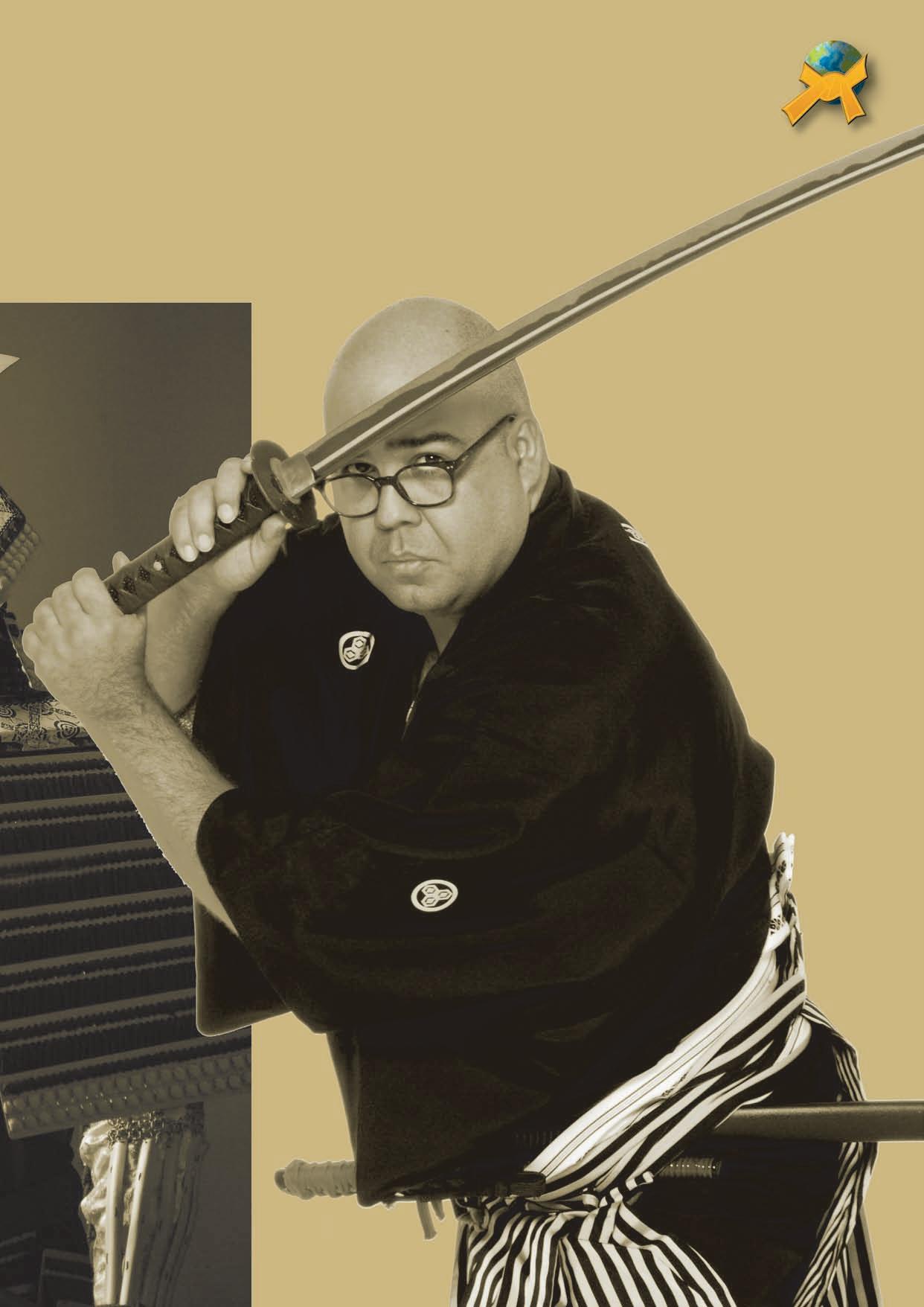
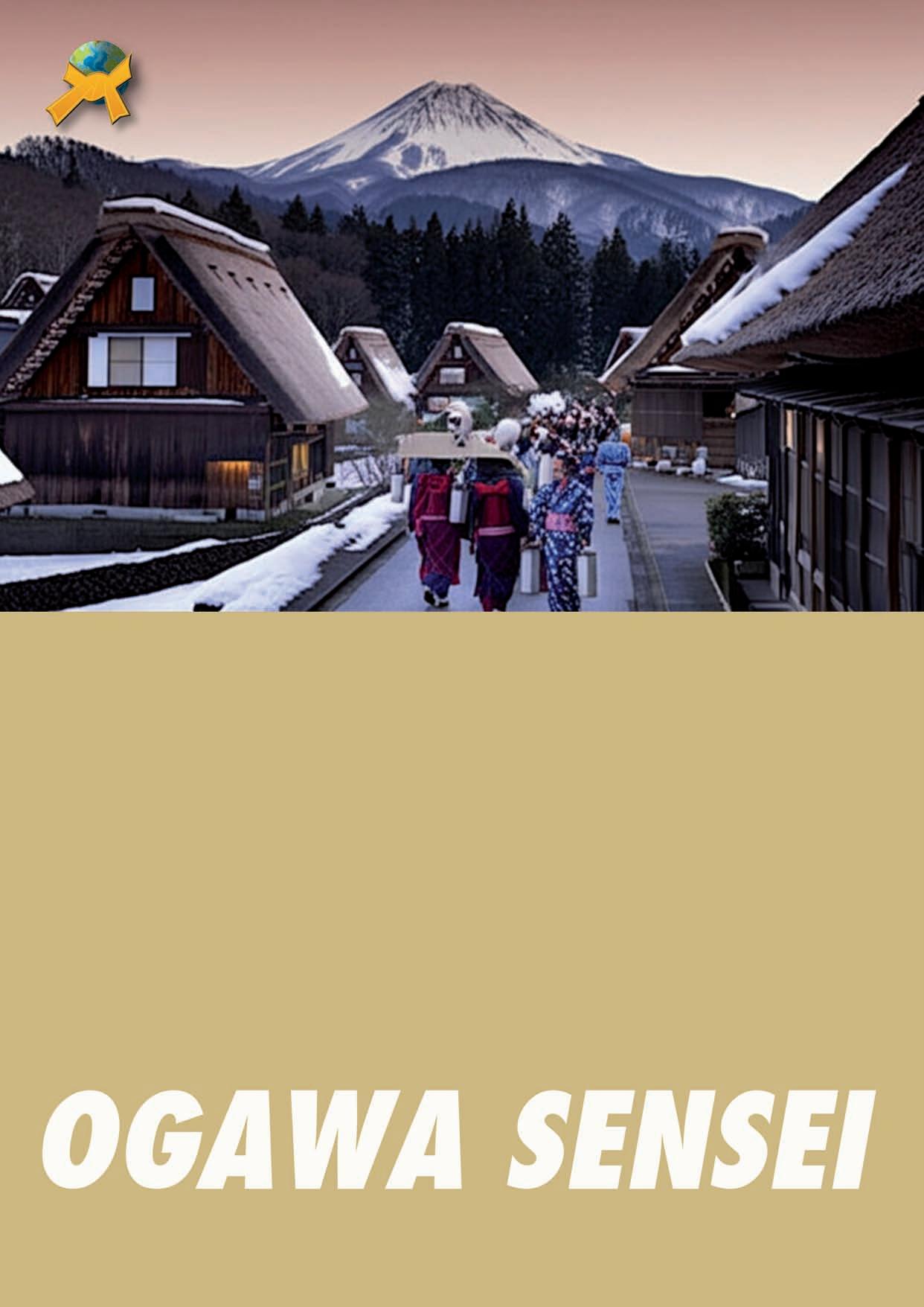
Japanese culture, throughout its history, has been influenced in many ways by Chinese culture. This process was no different with regard to the dialects spoken in Japan. Although many have been lost and are now considered dead languages, and Japanese is the official language, others survive through local cultures in the preservation of peoples older than the Japanese, such as the indigenous Ainu culture itself.
From the Jomon era to the present day, it can be said that speculation about events that changed and marked the history of Japan is still poorly understood.
Since the Kamakura period (1188-1333), Japan has fought for military hegemony, establishing its classes and territories. Thus, various languages were formed through wars and battles in order to hinder and create strategies against the enemy.
However, some dialects existed as their own culture, such as in Hokkaido, by the Ainu, in Okinawa, by the Okinawajin, and by the rebels in the forests whose dialect is RANGU-GO (believed to be a language descended from the Ainu dialect, mixed with other Chinese dialects).
Several scholars have stated that Chinese and Mongolian influence potentially contributed to the creation of new dialects, and this can be proven in the creation of kanji (Japanese writing).
The preservation of RANGU-GO as a language and cultural tradition came about through the strong influence of EBUNTO, which maintained its prayers, mythologies, and teachings in the original dialect.
RANGU-GO is so important to this religion that followers and priests study it deeply, believing that the deities are happy to receive the sutras and mantras in the original dialect.
In addition to being an enlightening attribute for priests, the original language is a strong attribute in the preservation of internal secrets.
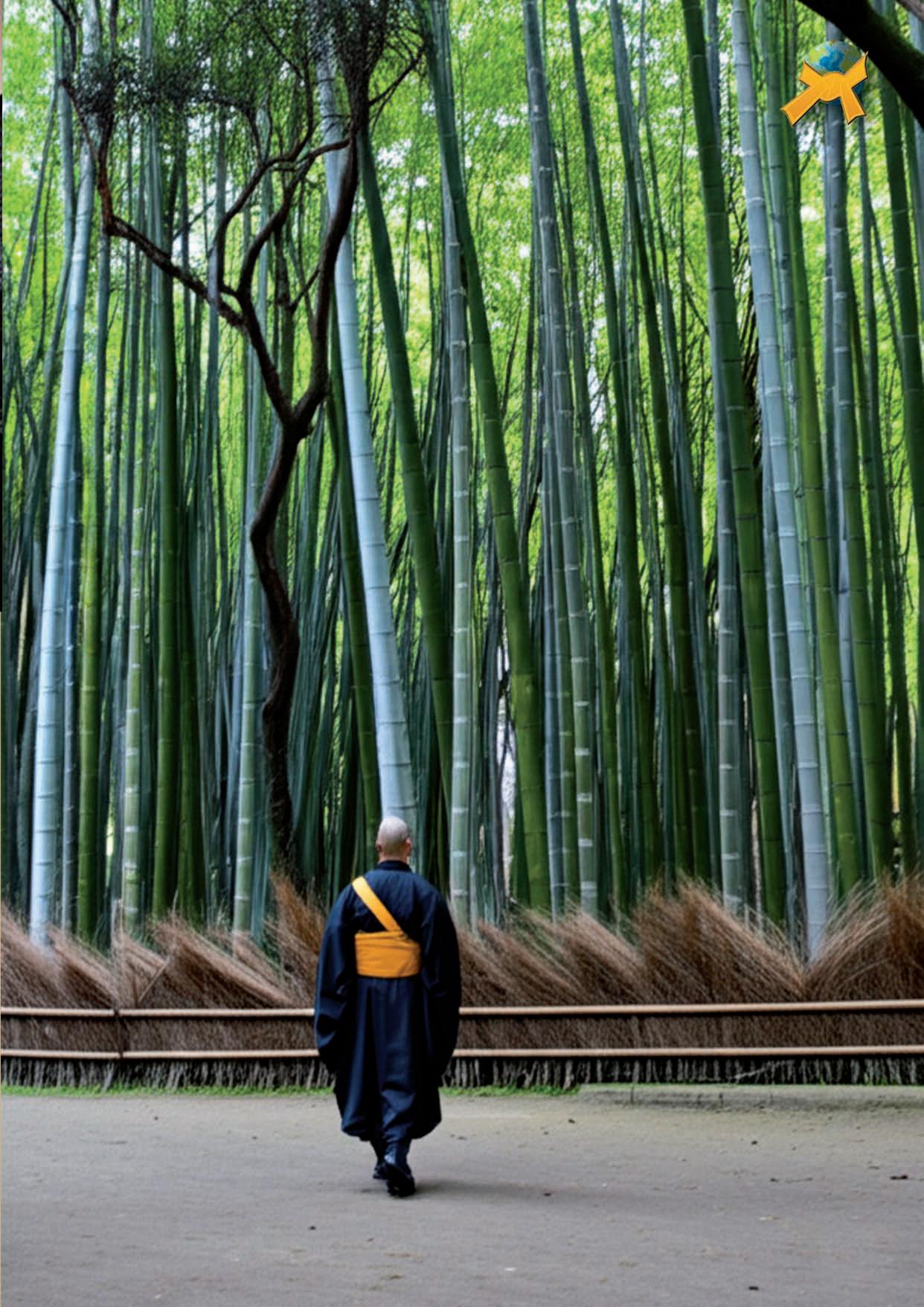

EBUNTO is an ancient spiritual path, basically ritualistic and ethical. According to documents, its origin predates the Kamakura Era (1188 to 1333), which is perhaps why it became an important sacred alternative for different social segments living in a society like ours, where ethics, moral codes, and strict behavioral norms may be of little value or carry very different values.
In mystical and magical practices, on the contrary, there is no idea of salvation, of the necessary search for another world in which corruption is overcome, but rather the search for interference in this present world through the use of sacred forces that do come from the other world.
However, their “gods” are not really gods, but energies of nature that, through inertia, have attained power and eternity and become deities.
Since the beginning of time, humanity has circulated within an imaginary world that consists of the alteration of reasons seen from the visible and invisible prism. It can be said that such worlds exist and coexist thanks to the energetic circulation of the universe at the level of understanding energy seen as such. Within the reasons we study, we have the conception that such energy, called kinetic in the West, has its variations and forms of existence. This energy found in all animate and inanimate beings is called ki.
The masters of EBUNTO refer to ki as the force of vitality, also known as inner strength or intrinsic energy.
The thesis of the alchemy cauldron, which was defended by Paulo Hideyoshi, demonstrates that it condenses bodily energy together with energy from the sky and the earth, producing pure, centralized energy that unites the three energies and purifies bodily circulation, influencing the power of the experienced magician and making their rituals more powerful. The universal law of physics states that energy cannot be created or destroyed, but only transformed.
All energy is invisible and manifests itself in different ways. Solar energy is perceived through the light and heat it emanates; biological energy is perceived as life, from which we see its consequences, not the energy itself.
The history of EBUNTO has been lost over time, leaving us with accounts that have been passed down by the oldest masters. These accounts differ from one another, but there are some similarities. Of all the studies conducted, the one that comes closest is that defended by Master Hideo Sasaki.
Even though he was semi-illiterate, Ogawa Sensei trained 64 people with the JOHO degree, which would be the same as Shidoshi - a Japanese name suggested by MICHIO SUZUKI as a way of referring to a person who studied more than a Sensei and which means “knight who shows the way.”

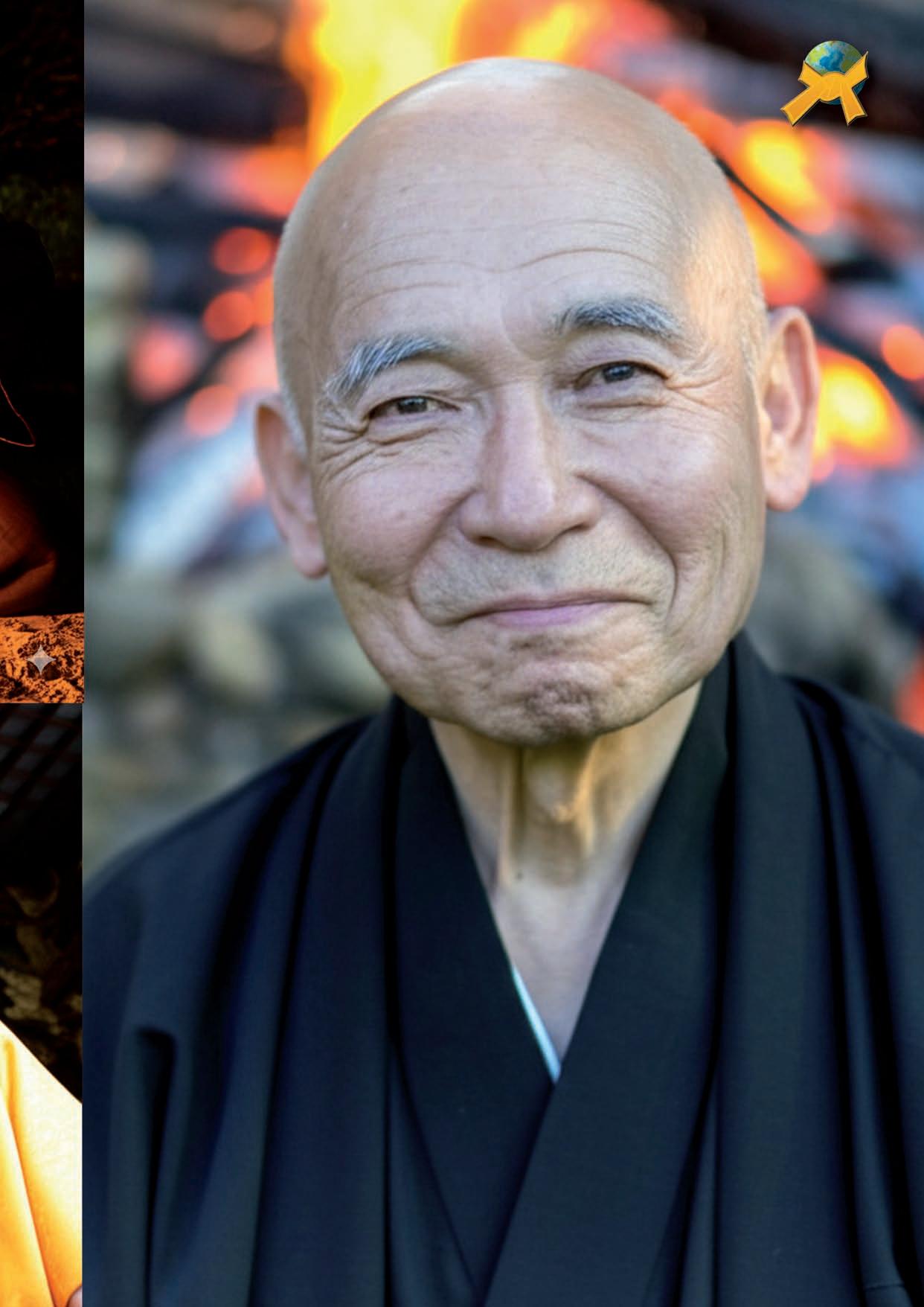

On the other hand, Ogawa Sensei's art remains discreet today. Even though it is present in several countries, its practitioners seek to preserve the master's teachings and continue the art of EBUNTO - the legacy of Shiniyuki Sensei - the latter being the most relevant among practitioners. For years, Spain has been the leading country in relation to EBUNTO, welcoming practitioners from all over the world throughout the year.
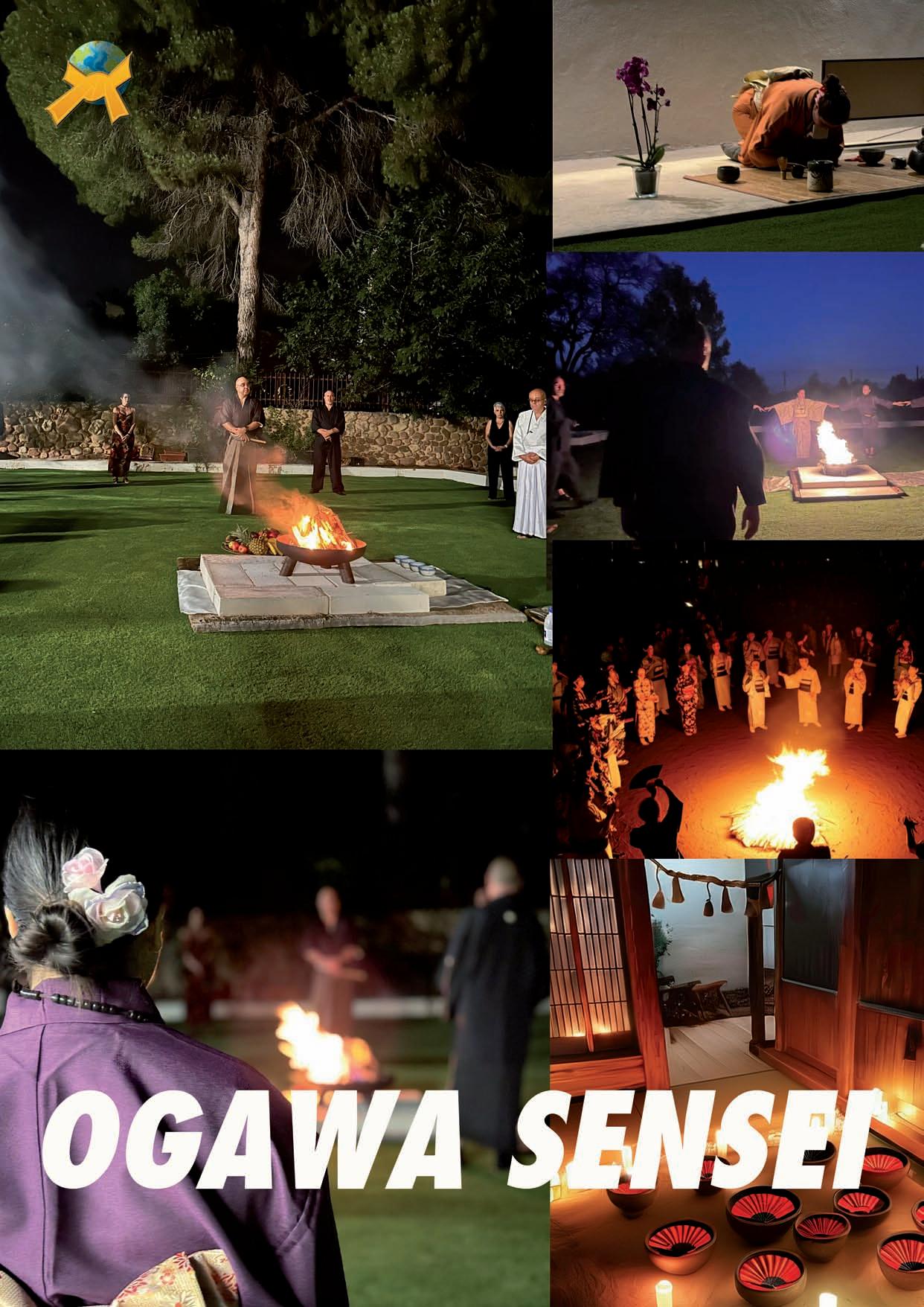
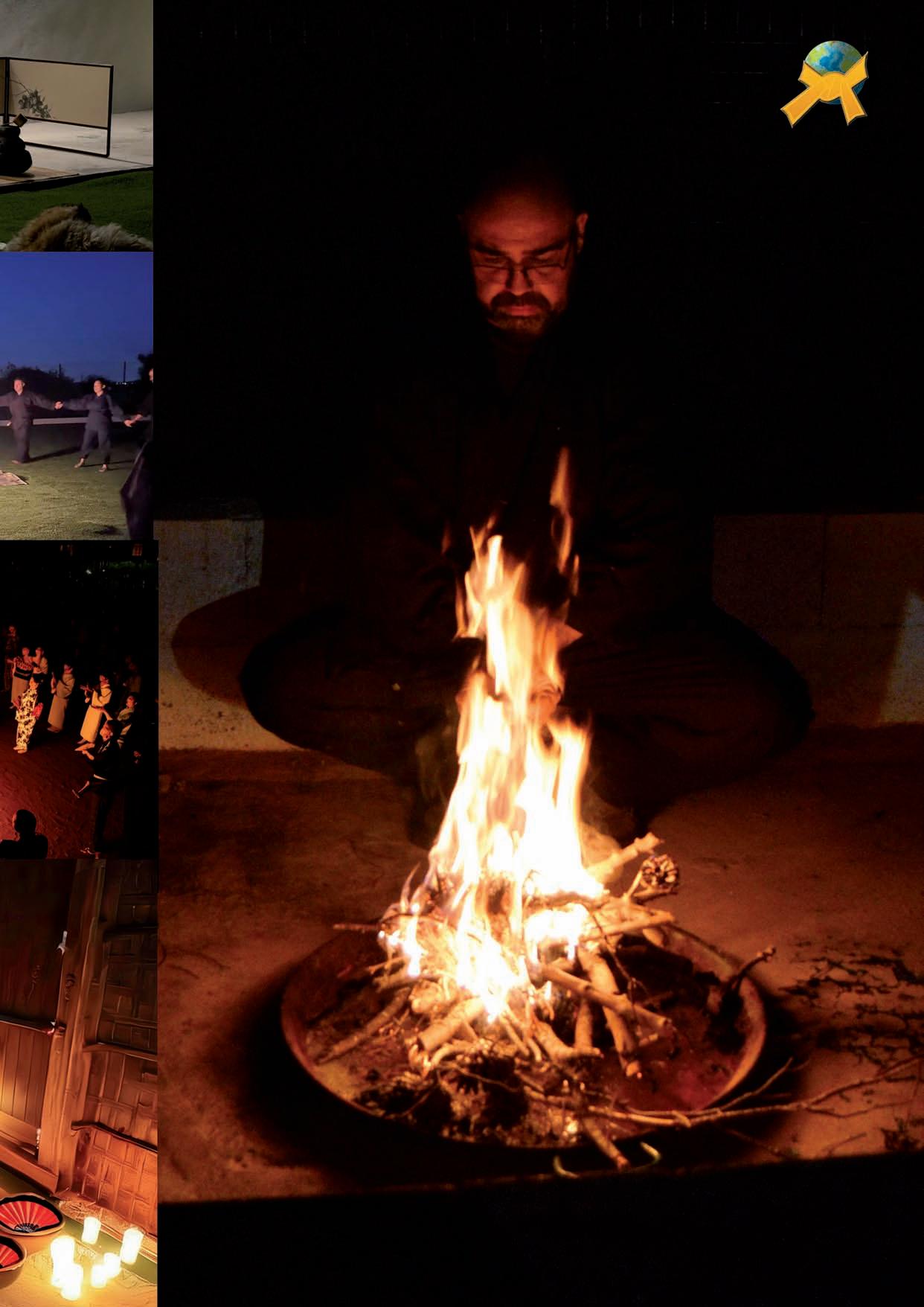
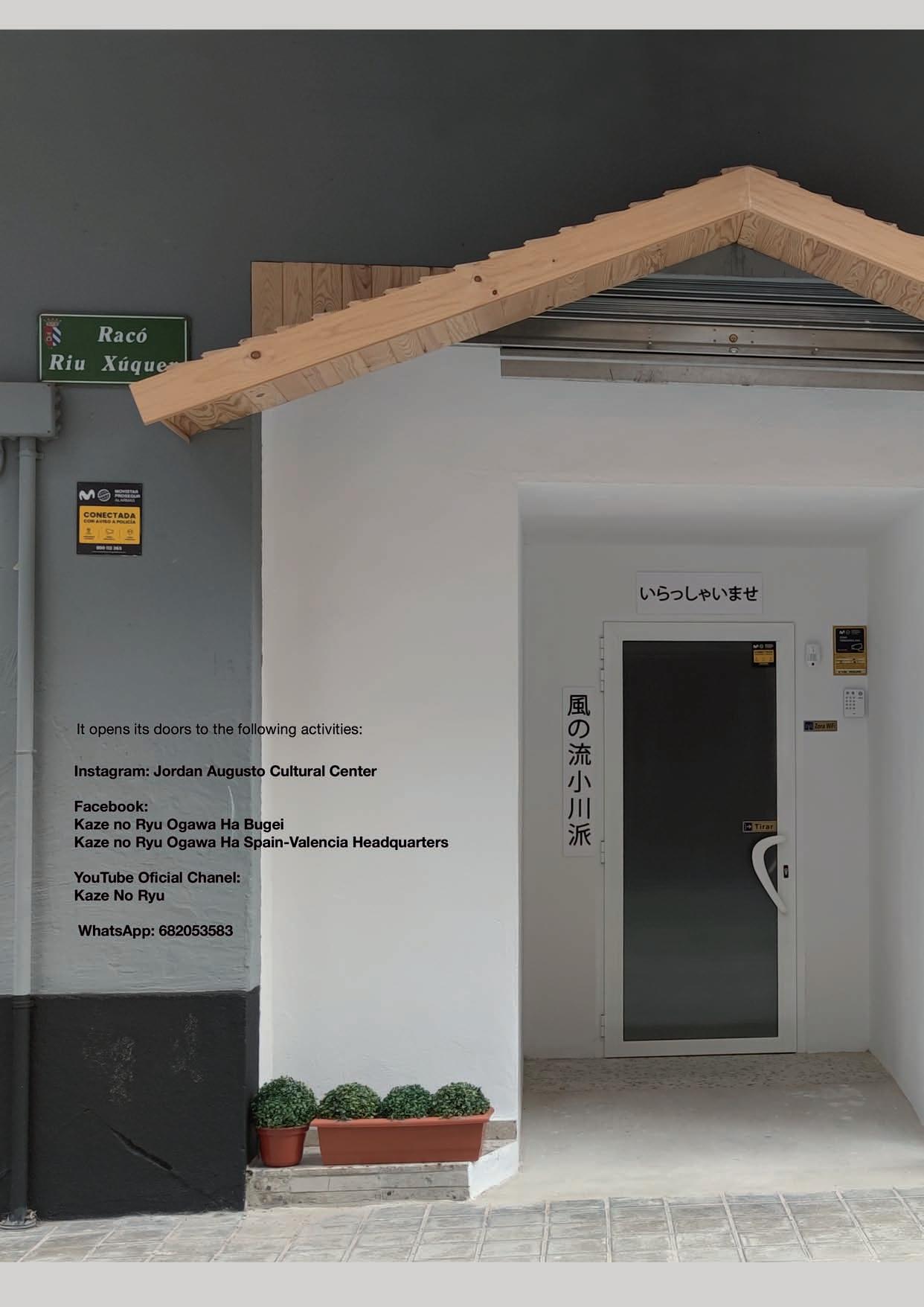
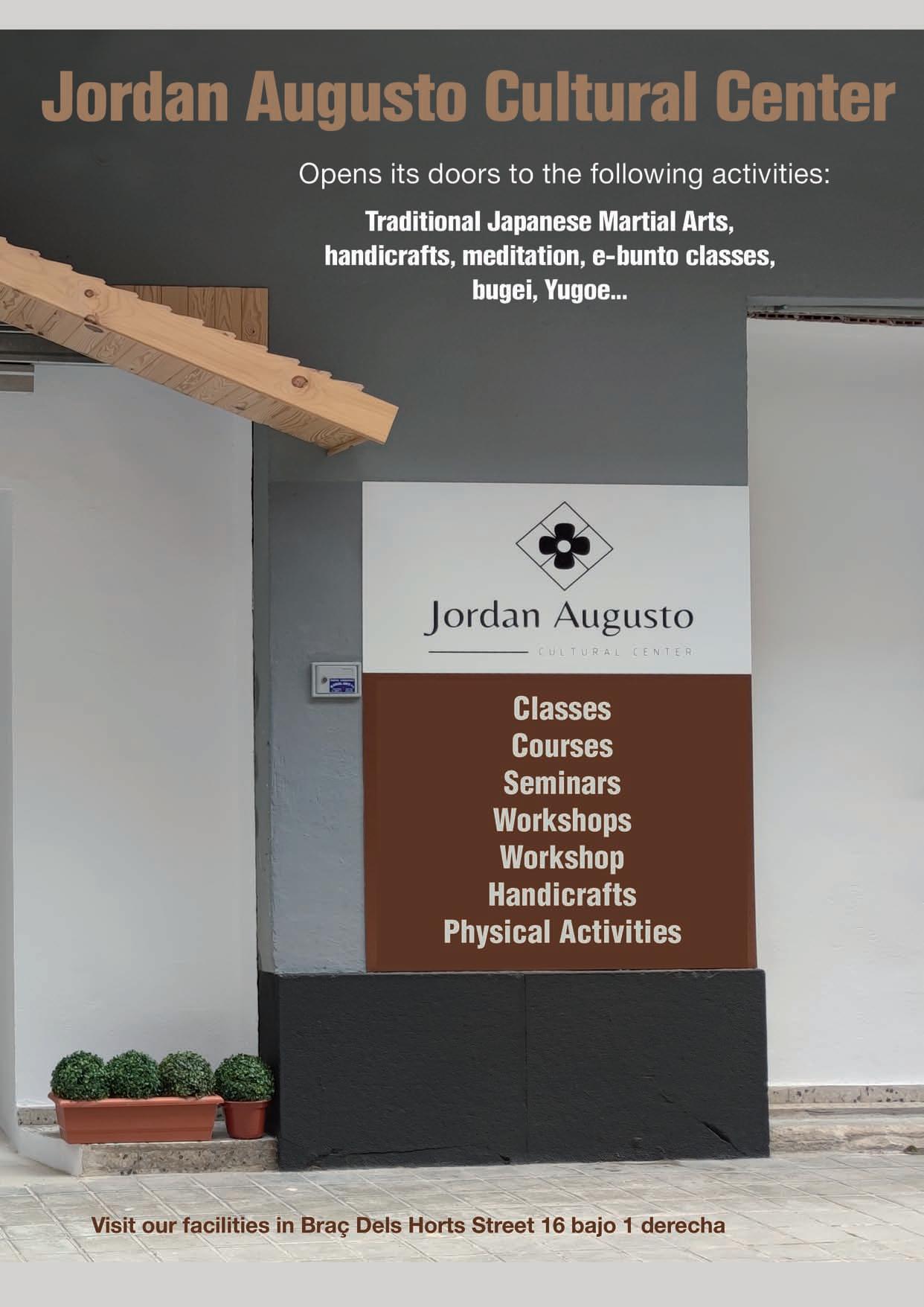
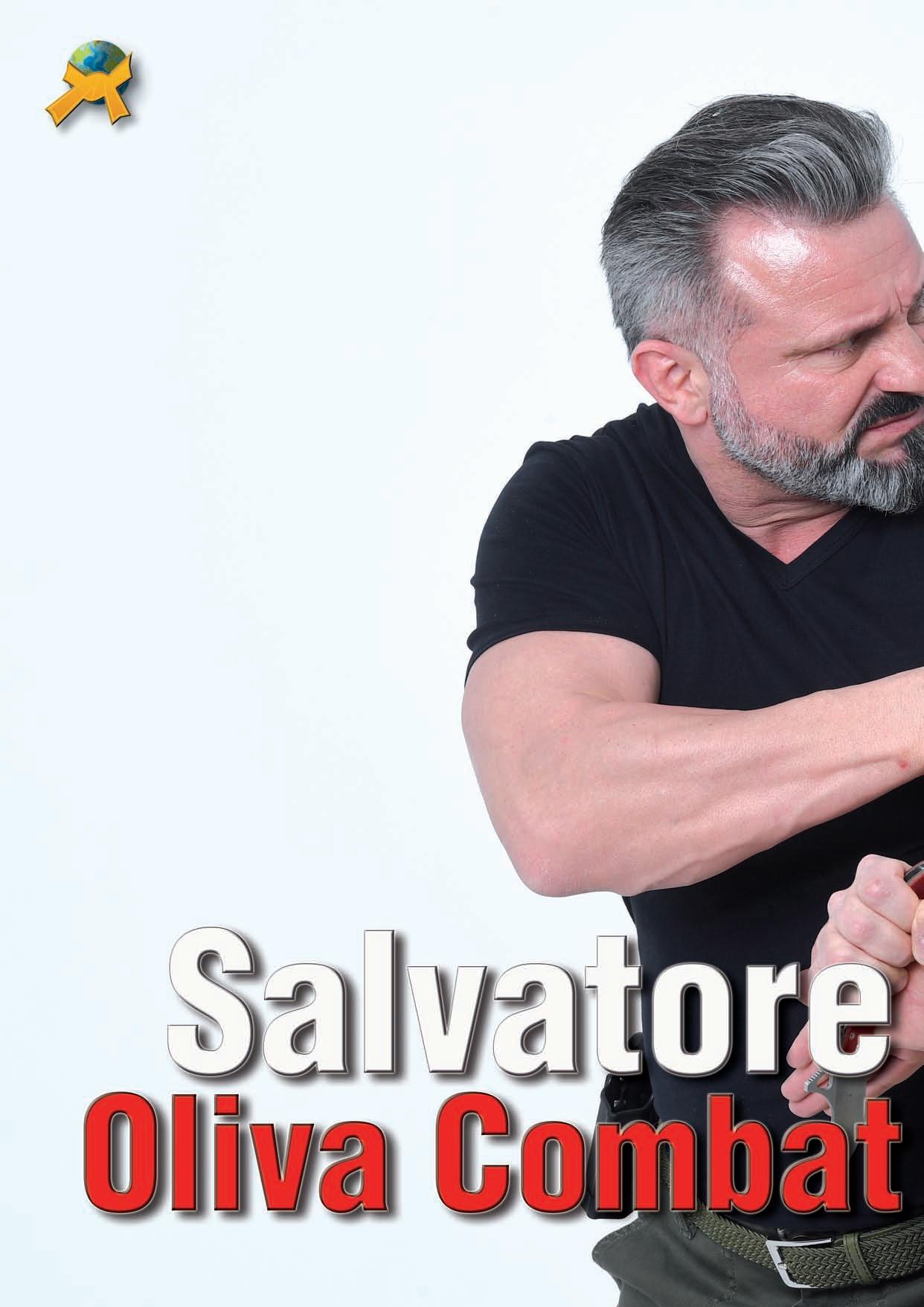
The ability to understand the concept of flow mentally, physically, and technically is crucial for law enforcement officers to prepare for and survive physical confrontations. In tactical communication in particular, two key elements are perception and assessment, which encompass various aspects.
Street fights and confrontations can transition from standing to the ground and end there, or even return to standing and possibly involve the use of weapons such as knives. It is possible for the fight to start directly in a standing position with a knife and go to the ground, and so on. The situations, fighting styles, and fighting distances are constantly changing, and there is an incredible combination of variations. Therefore, it is very important to have the ability to flow mentally and physically by applying specific 360° training methods. Only in this way can we be highly prepared for all fighting distances or situations and avoid unexpected surprises.
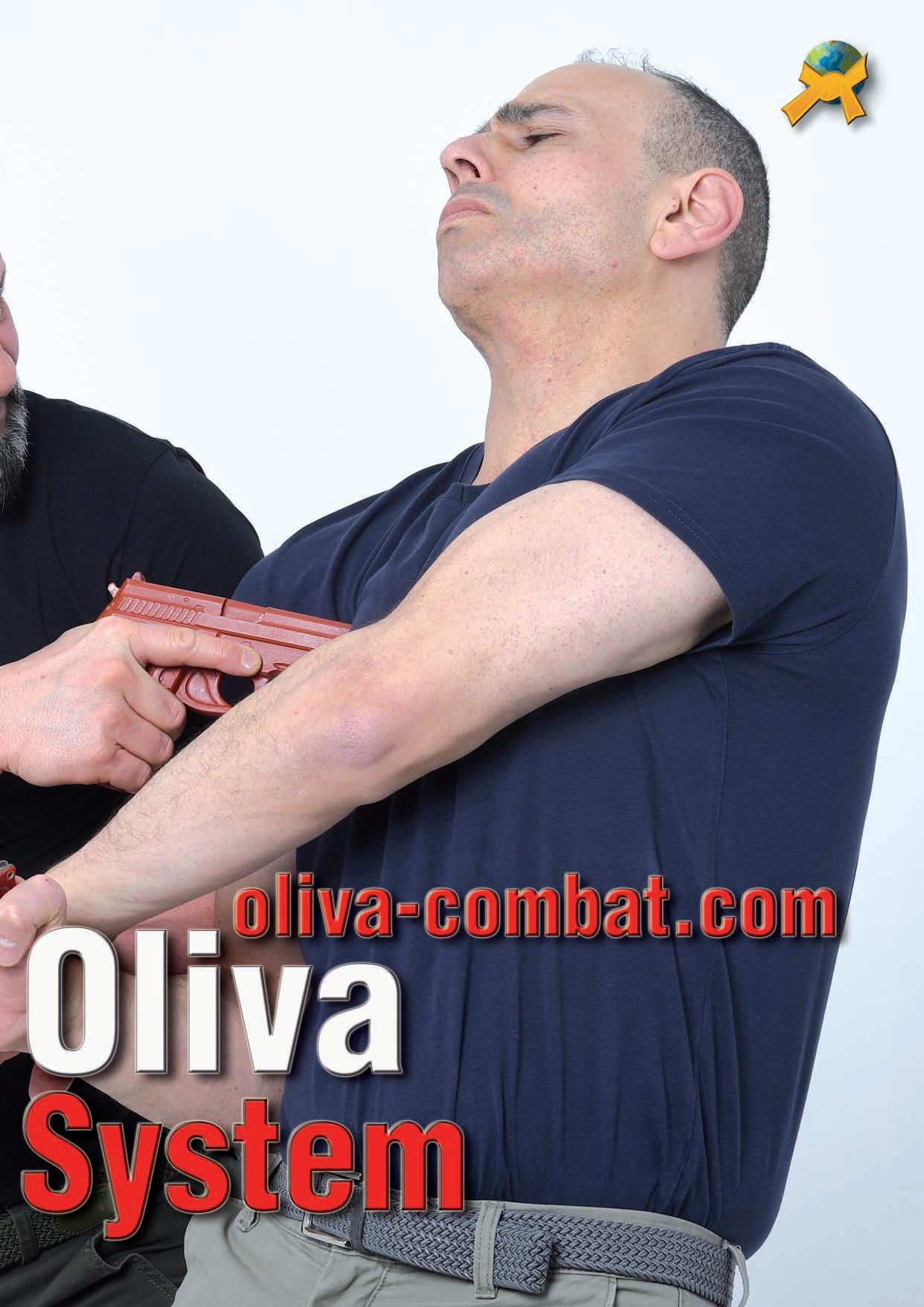
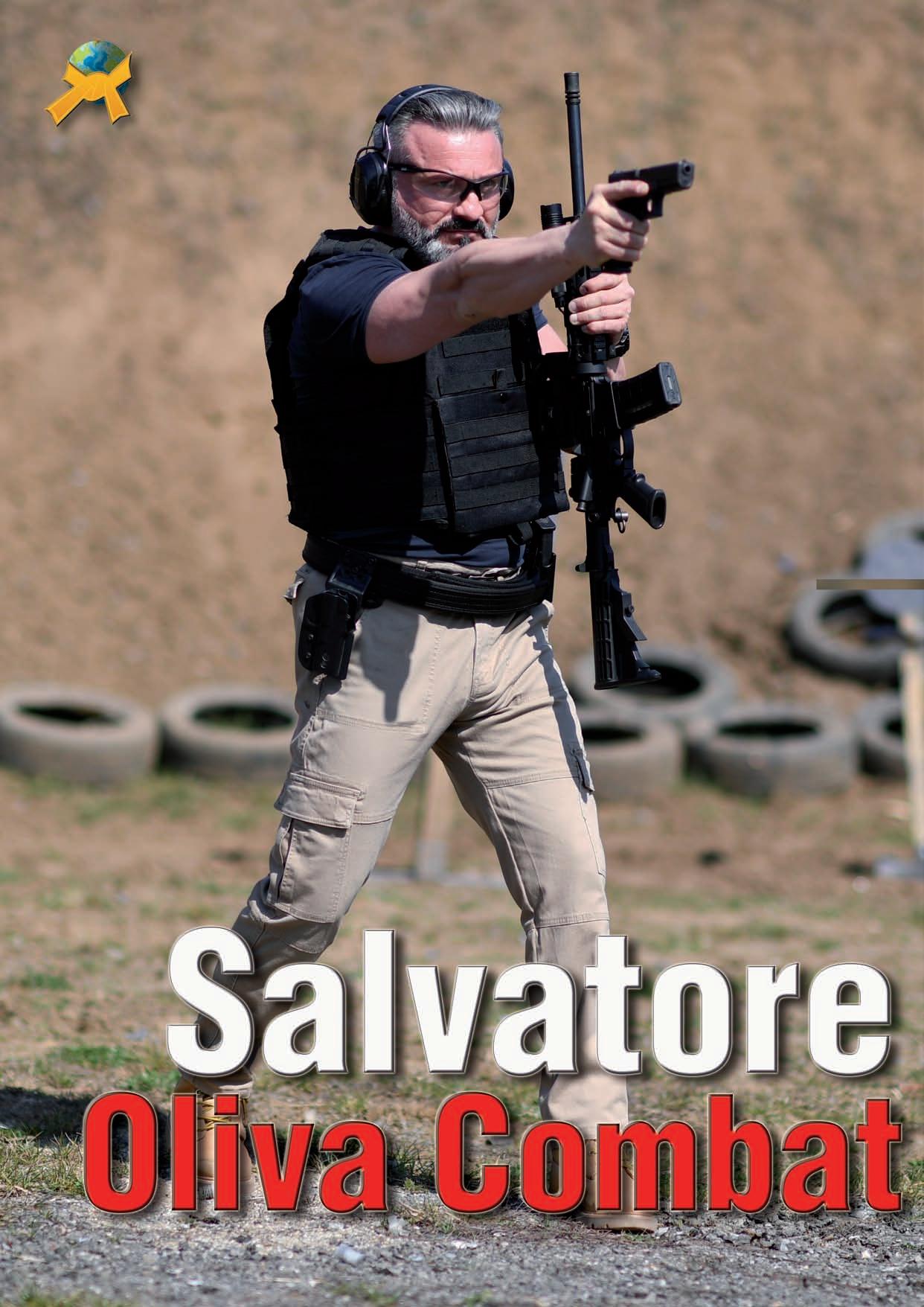
For law enforcement officers, suspect engagements do not take place in a neutral and controlled setting such as a dojo, ring, or mat. There are hardly any rules, especially for criminals or in the 21st century. Without proper and professional training, officers or officials can quickly lose their preferred fighting style, plan, or element, which can lead to panic, poor concentration, and a tendency to use limited defense techniques or tactics. Under extreme stress, panic, and decreased concentration, the field of vision narrows more and more, which can lead to mistakes, injuries, or even loss of life.
The demands of their work force security officers and police officers to respond to violent situations where their training, or lack thereof, can mean the difference between life and death. Officers must intervene in dangerous and unpredictable situations where the suspect may intend to resist, attack, or kill the officer.

A multidisciplinary approach such as P.L.E.T. (Professional Law Enforcement Tactics) and an emphasis on personal development ensure that functional application techniques and tactics can be applied from training to operational deployment. It is not surprising that law enforcement agencies benefit from the concept of realitybased defense tactics and the philosophy of P.L.E.T.
Focusing on what works and what doesn't in real street fights is crucial. Observation, orientation, concentration, decision-making, simplicity, and action is an approach I use for law enforcement officers. The focus on the three cornerstones (effectiveness, reality, and functionality) as well as the characteristics of simplicity, reliability, and consistency is impressive. The combat methods are in line with the goals of the current tactical ideology of the various law enforcement agencies.
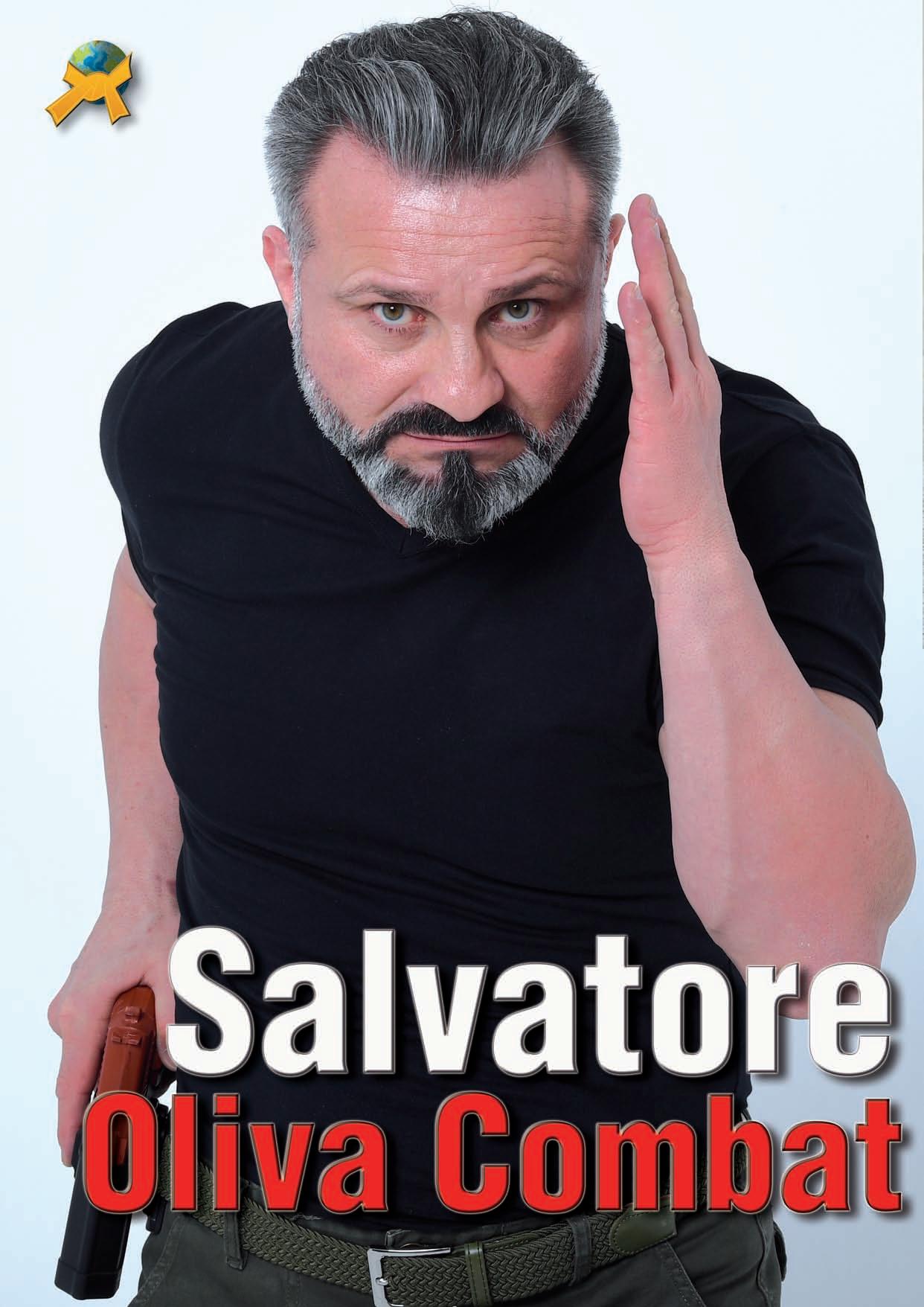
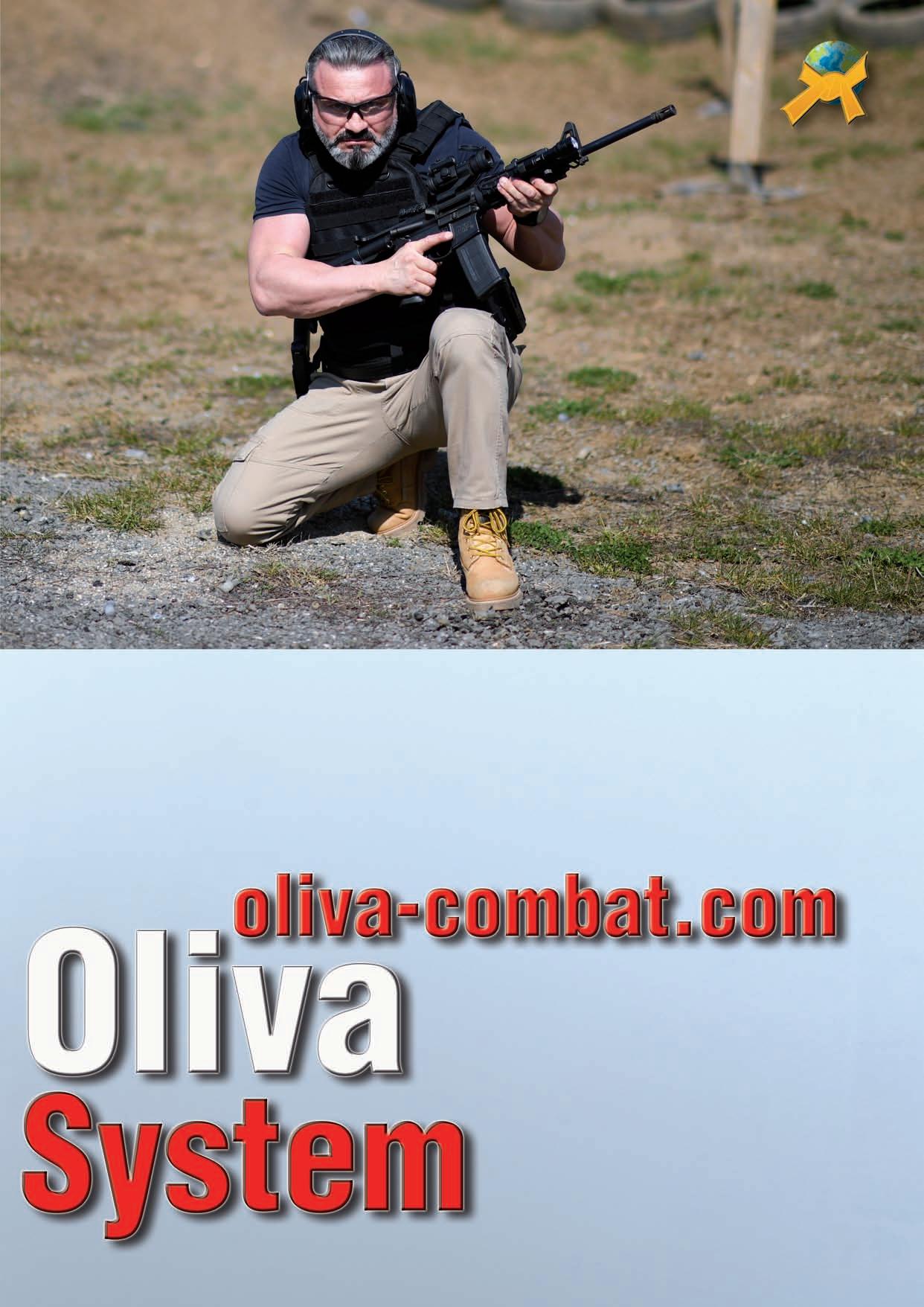
“The street is not a tournament and does not allow for compromise.”
The true reality
must
be understood. Preparing officers for physically and psychologically dangerous close encounters increases their chances of survival.
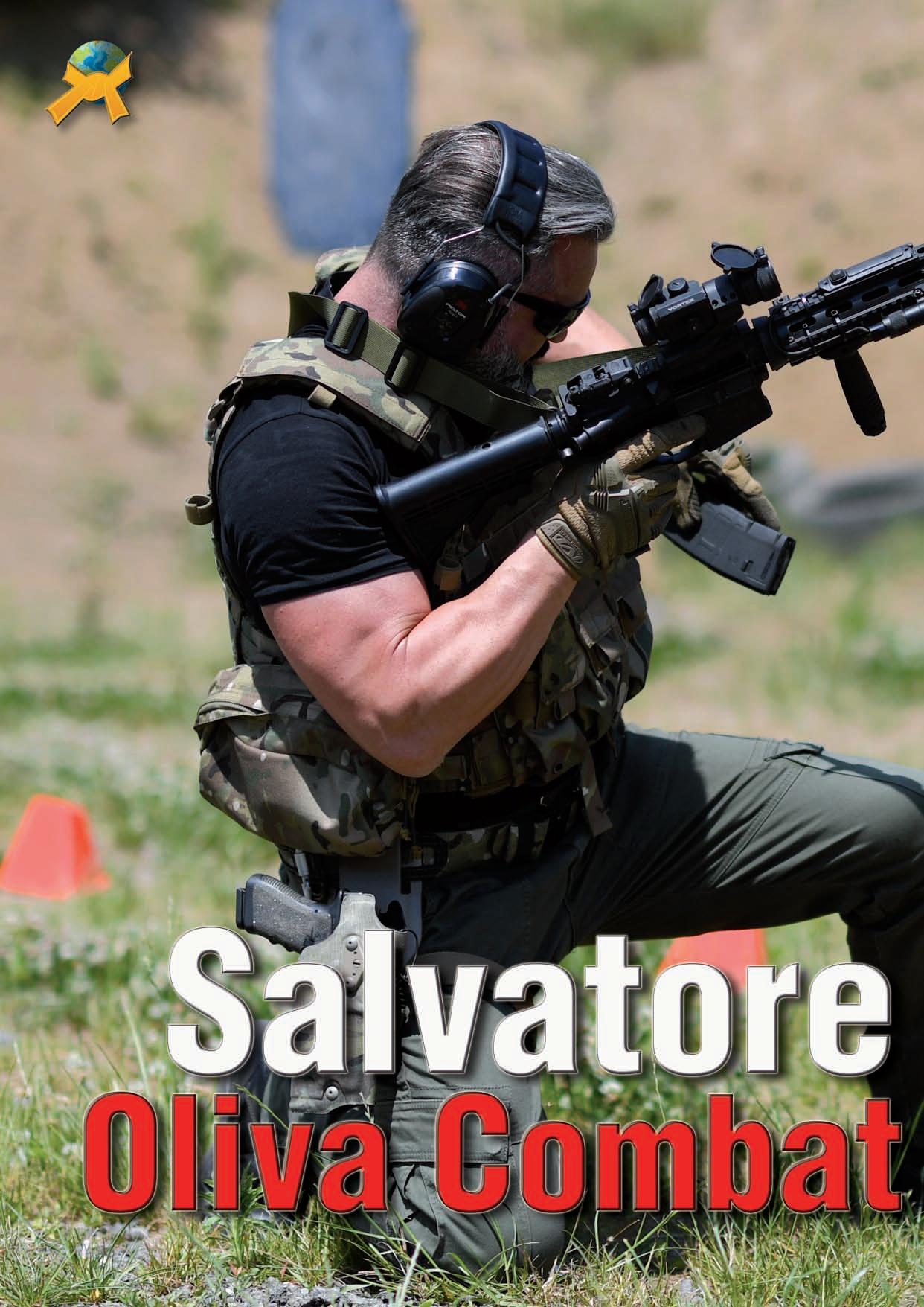
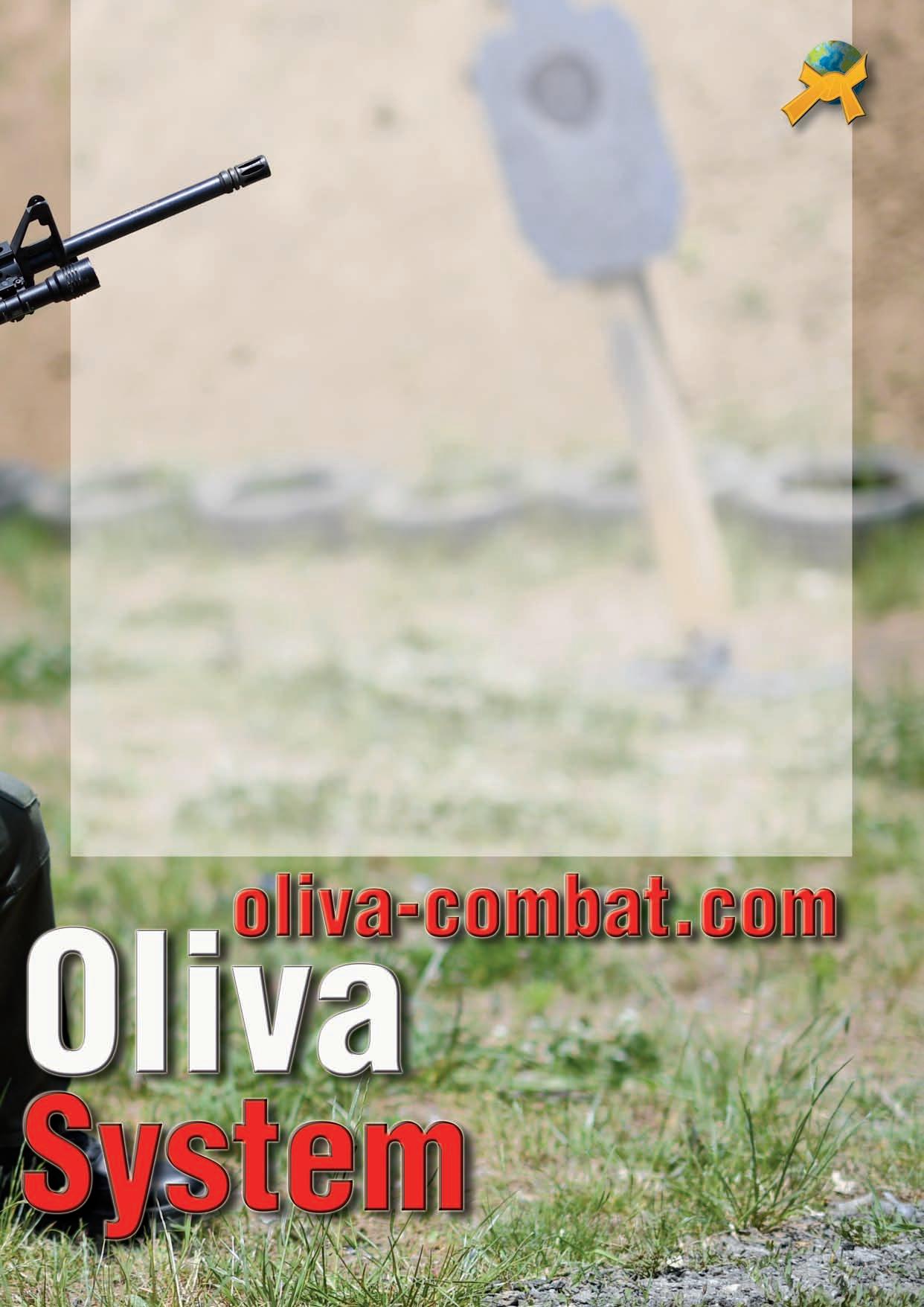
In today's world, law enforcement agencies, judicial officers, and security personnel face a variety of daily threats. It is crucial that they are able to protect themselves and others effectively. Our “Close Combat for Law Enforcement” training is based on a modular system and focuses on security personnel, law enforcement, and the judiciary. The Professional Law Enforcement Tactics (PLET) training program teaches how to fight at close range, alone or in a team, especially in confined spaces.
An officer at close combat range is faced with a complex situation, as he must pay attention to victims, suspects, witnesses, and radio communications at the same time. He has little time to respond to personal threats such as punches, knife attacks, or other objects. It is important not only to know a safe and correct procedure, but also to act appropriately when a close combat situation arises.
Our close combat defensive tactics are tailored to the needs of law enforcement officers and differ from rigid systems or traditional fighting styles. The central concept of defensive training is to gain control over the attacker and/or the situation, whether alone or as part of a team. Before close combat distance is reached, tactical communication is of great importance. It is about perception, assessment, and four important components:
• Safety
• Facts
• Stability
• Protection
By applying these components correctly, personal aids can help an officer recognize a threat before it gets out of control.
In extreme cases, when an officer unexpectedly finds themselves in close combat distance, PLET training enables them to achieve the correct distance and defend themselves appropriately in order to survive the situation. The goal is always to achieve minimal resistance and maximum effectiveness. In summary, knowledge of statistics and the application of enforcement guidelines can be lifesaving and help avoid prison time.
If you are afraid of fighting with or without weapons, closing the combat distance, or fighting in confined spaces, it is probably because you are not sufficiently prepared or have no experience at this distance. The solution is to train at this close combat distance and practice with different partners of varying sizes and strengths. Simulate angles of attack and counterattacks, and take the time to understand why certain reactions are important. A realistic and effective training program can minimize fears and boost self-confidence.
In training, it is important to simulate real encounters as accurately as possible. This includes sparring under various conditions, full-contact training, and emotional training with partners. Only through such training can you overcome fears that hinder you in combat. With this training program, you can adapt to any situation, appear confident, and have technical know-how.
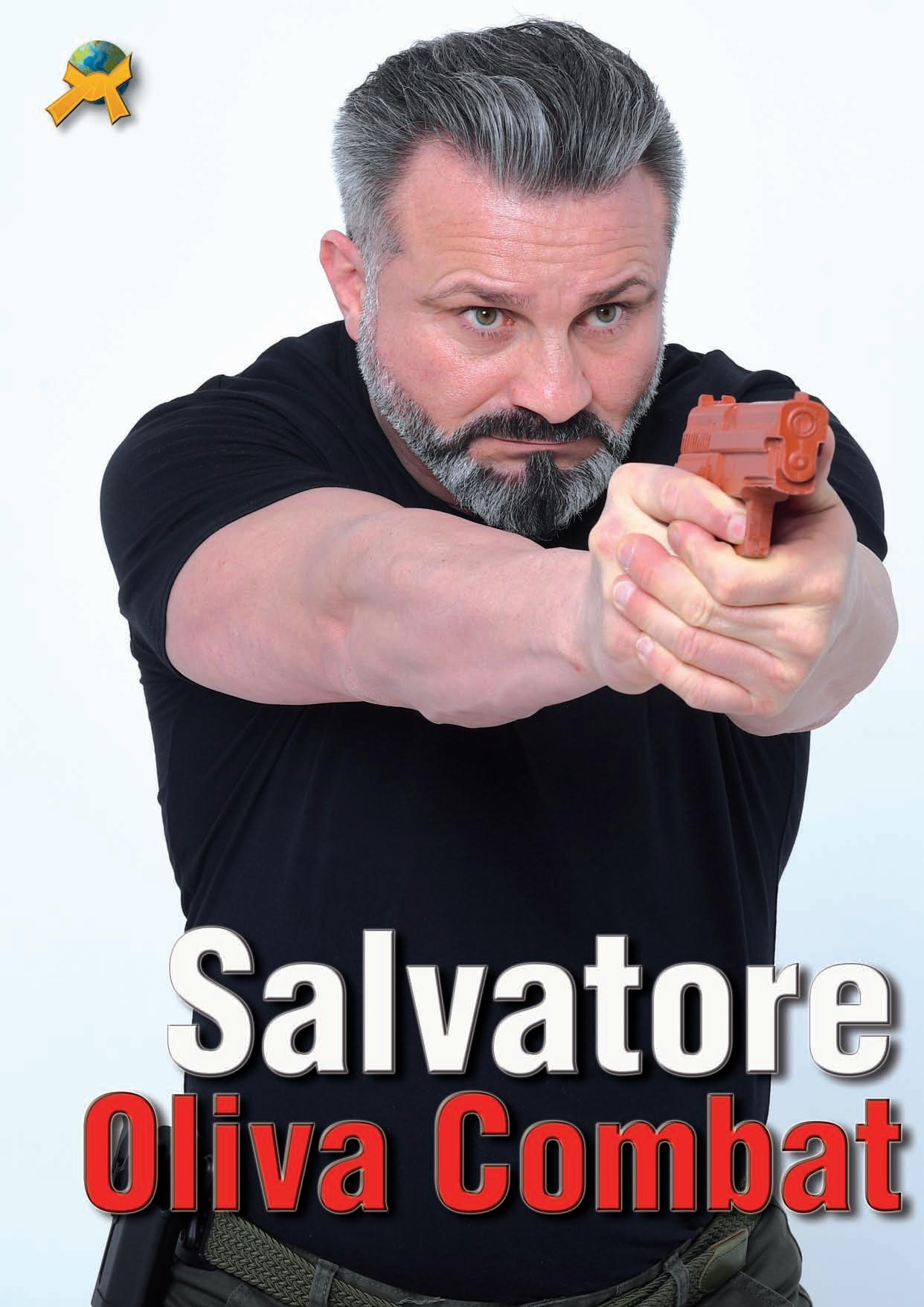

“Develop your imagination into a powerful tool.”
The majority of self-defense consists of teaching someone emotional skills, about 80% to 90% of the total training. Once a person gains confidence that their skills work, the likelihood of successful application increases exponentially. Any teacher or expert in martial arts can strongly support this belief. The crucial question is how to quickly and effectively instill confidence in students, especially in terms of emotional control and the ability to distance themselves from their emotions and control them.
“The emotional dimension.” Before analyzing the various aspects of emotional control, it is important to understand the basic concept of emotions. No one in the world can completely hide their feelings. An example of this is the loss of a loved one due to a serious illness or accident. Is it possible not to be sad or psychologically affected in such a situation? No, it is not possible.
In the field of martial arts, this is one of the biggest misconceptions of many martial artists. The emotional component plays a crucial role in a confrontation because it is closely linked to fears and other emotions. Control over one's own feelings distinguishes a warrior from an average martial artist.
Controlling one's emotions suppresses fear and insecurity, preventing confusion and panic. When we feel fearful or panic, our physiological stability is thrown off balance. Our heart rate increases, we hyperventilate or hold our breath. This wastes a lot of energy and impairs not only our strength but also our mobility and agility. The consequences can be fatal.
The ability to distinguish and control emotions, as well as the distinction between emotion control and emotion regulation, are crucial. The way we react on an emotional level determines whether we prove ourselves to be warriors. According to the principle of biofeedback, control follows awareness. The more aware we are of our feelings in confrontations and disputes, the better we can control our reactions and act appropriately. By being aware of fear and panic, we can better control our reactions and respond appropriately.
“Controlling our reactions to our feelings is the ultimate goal!”
